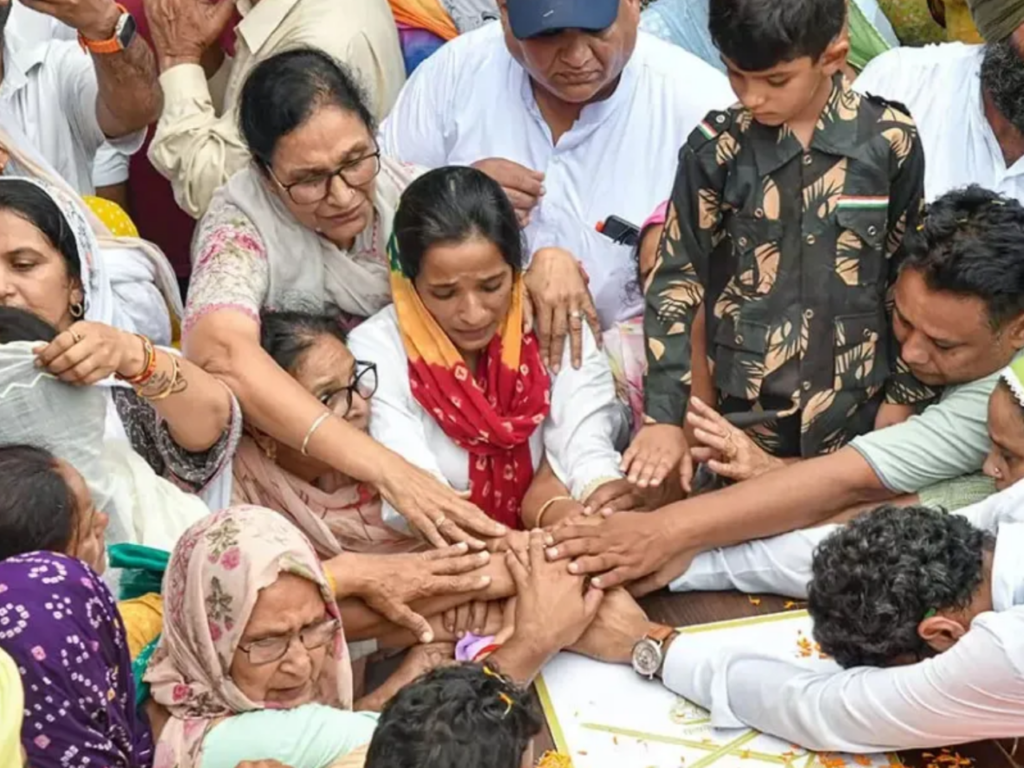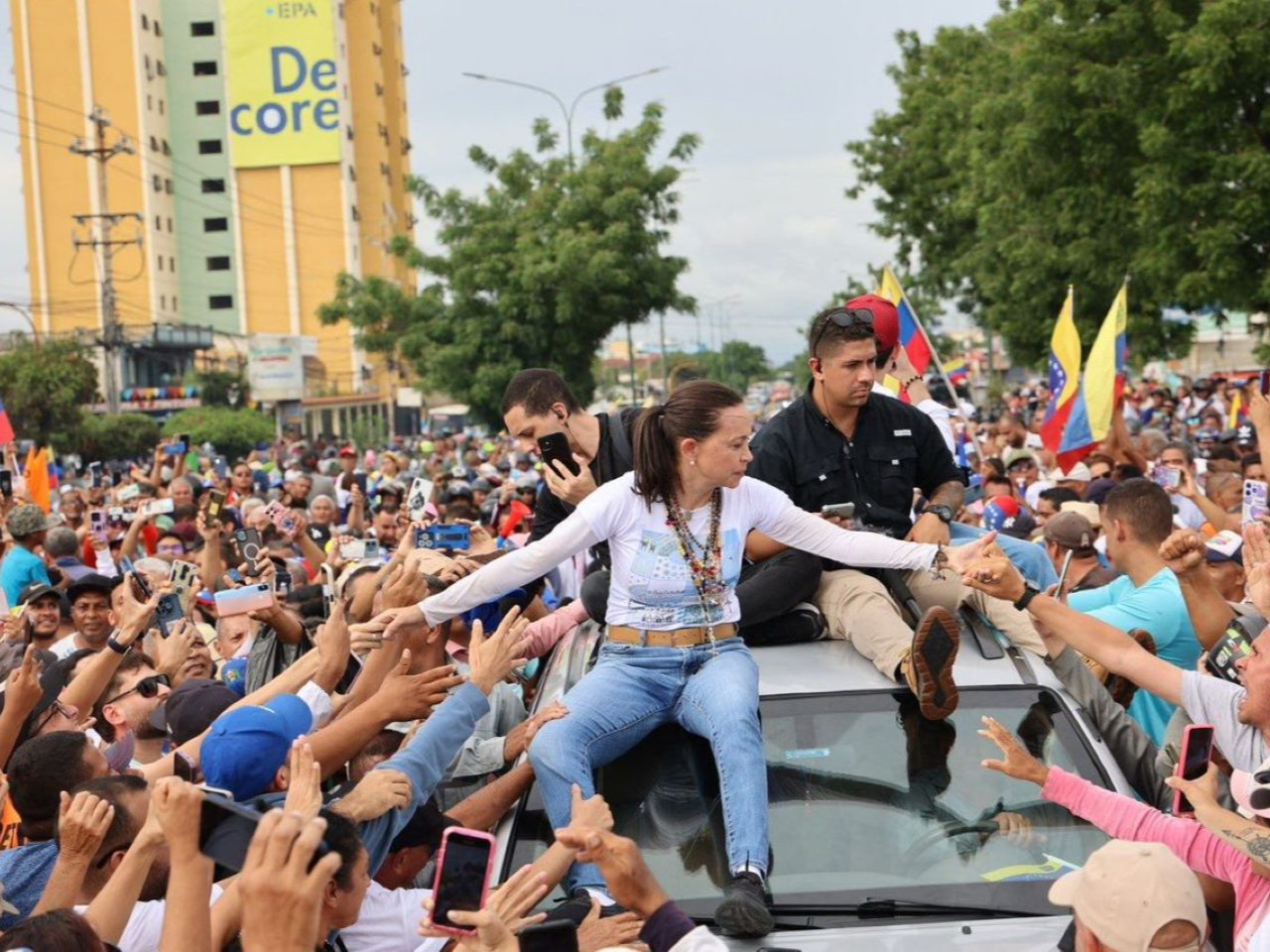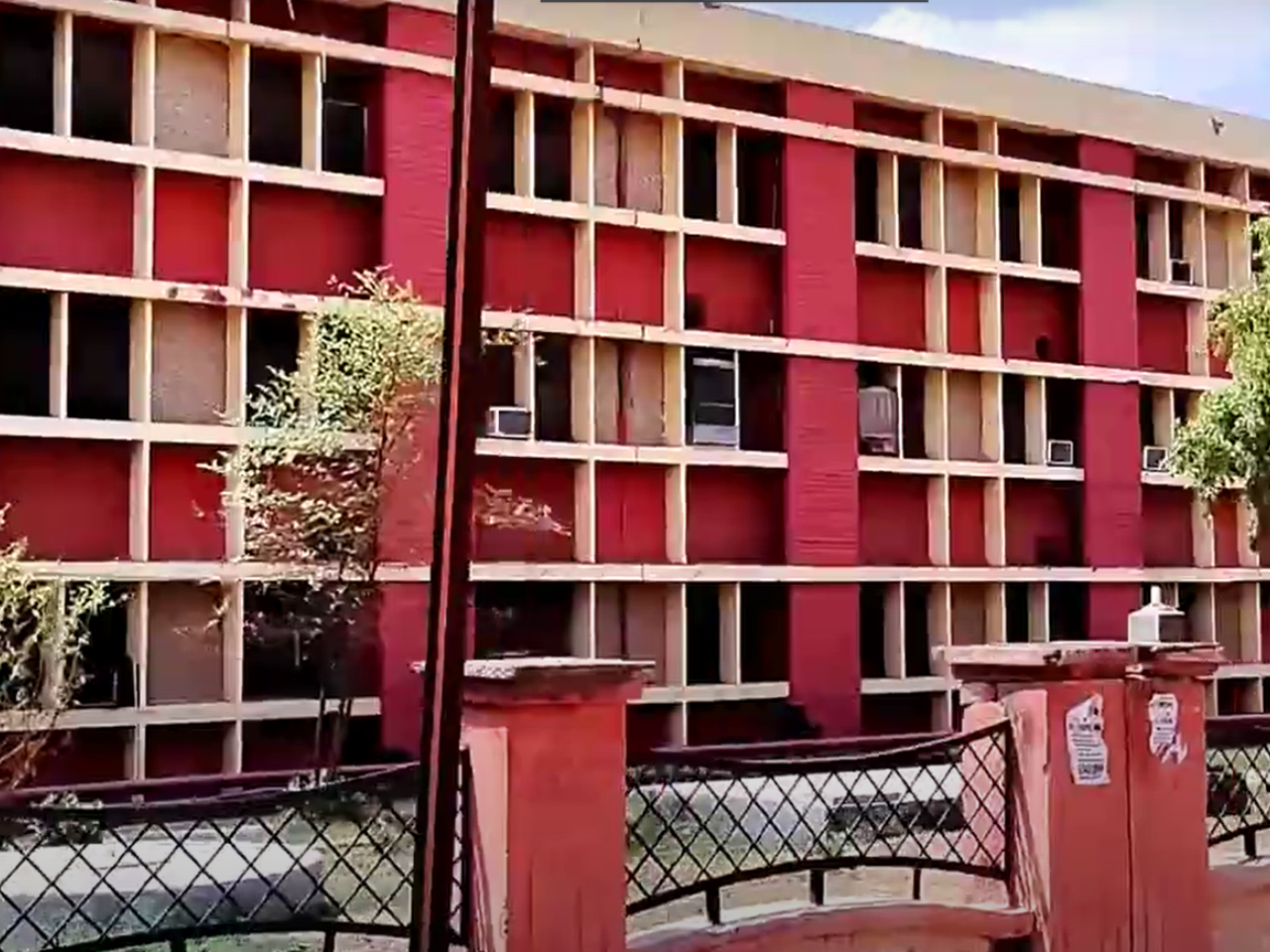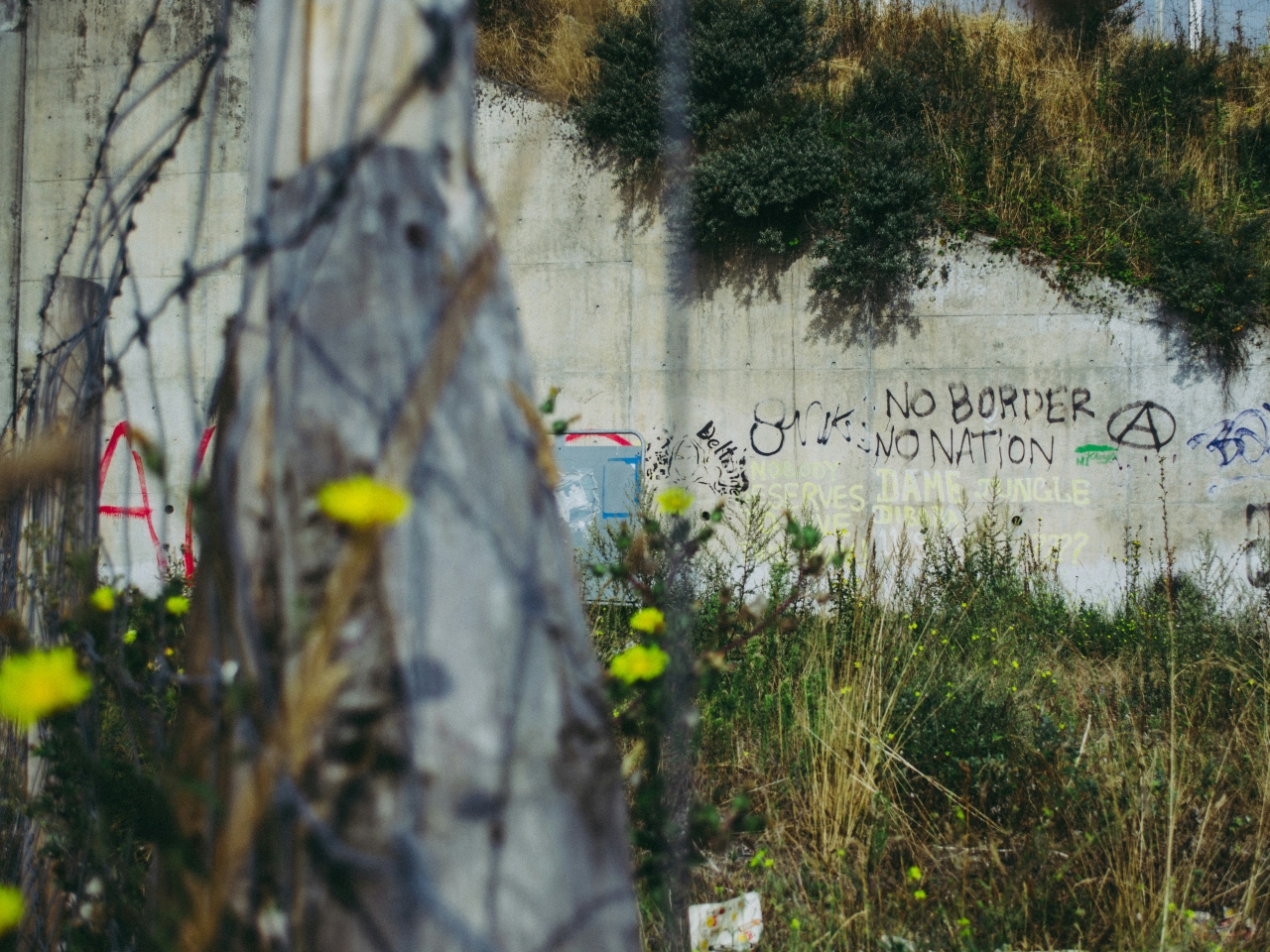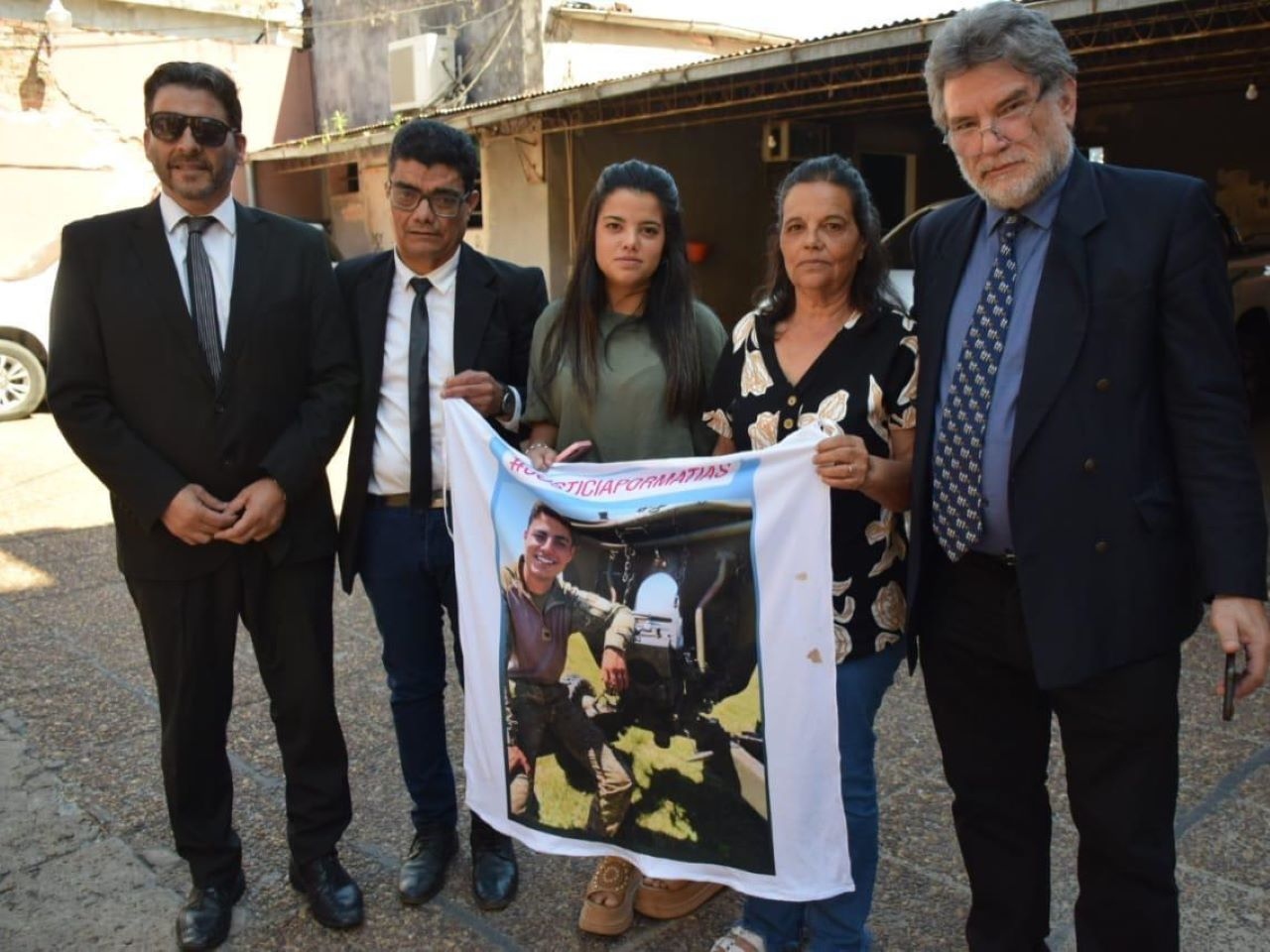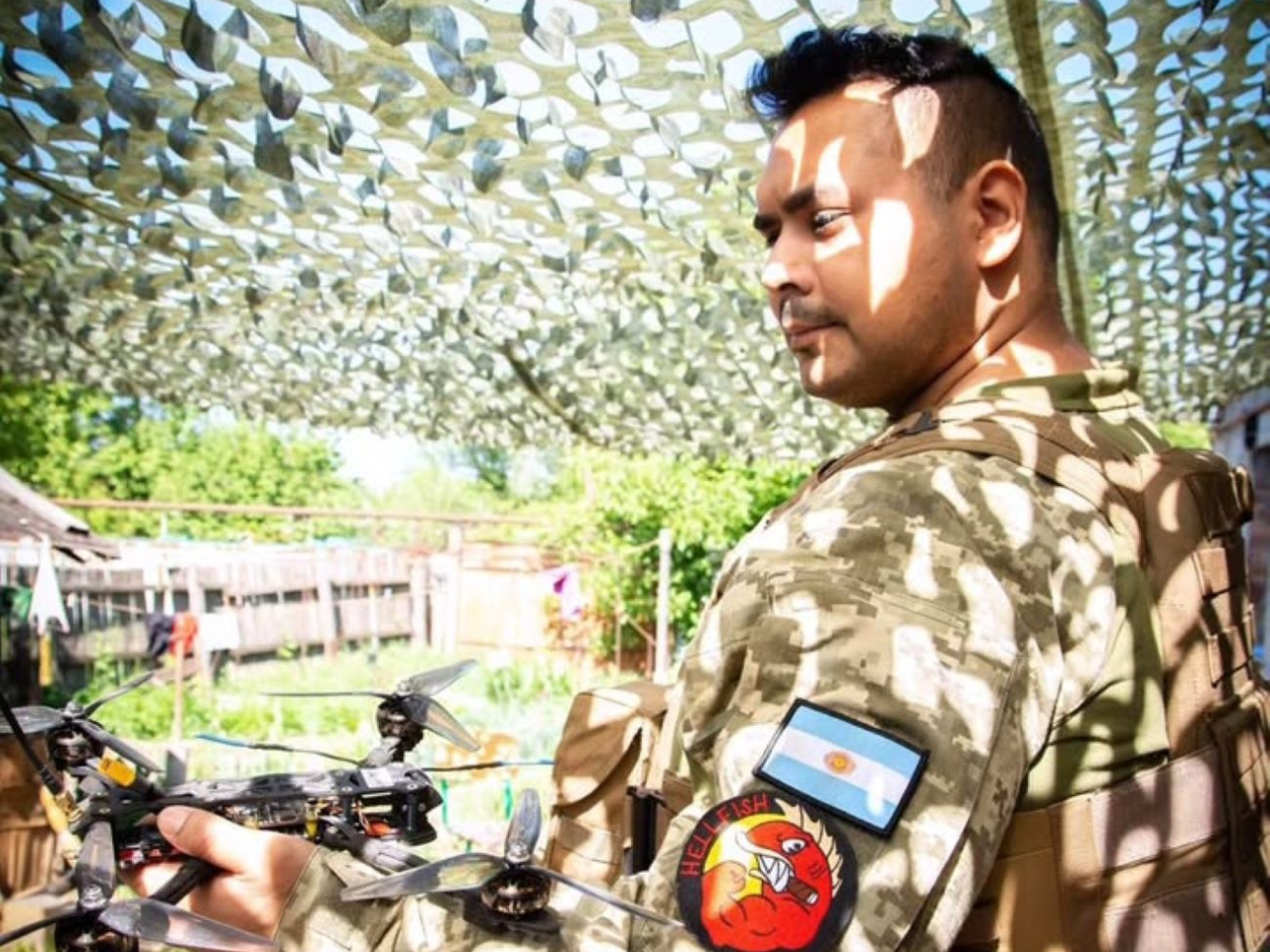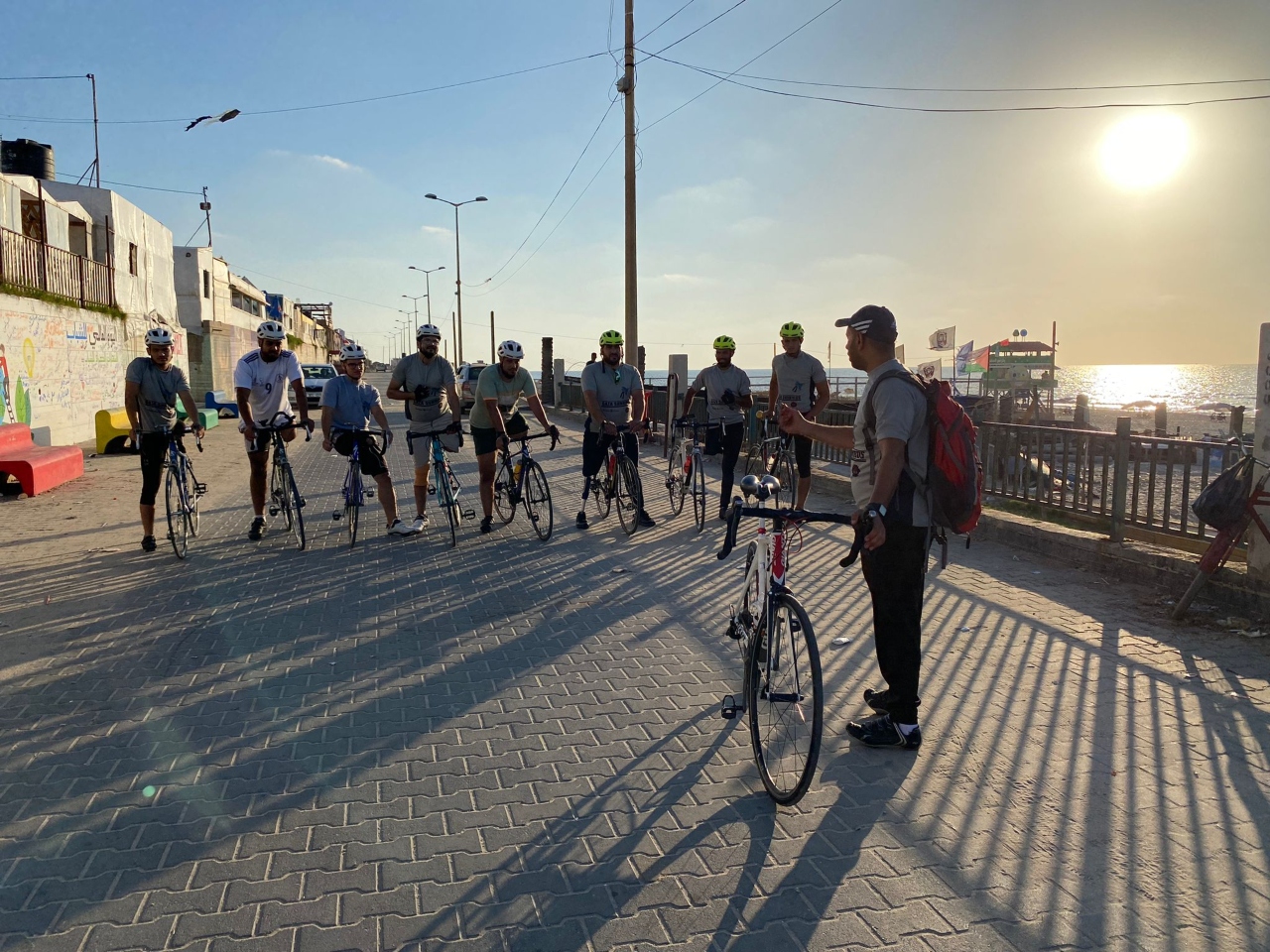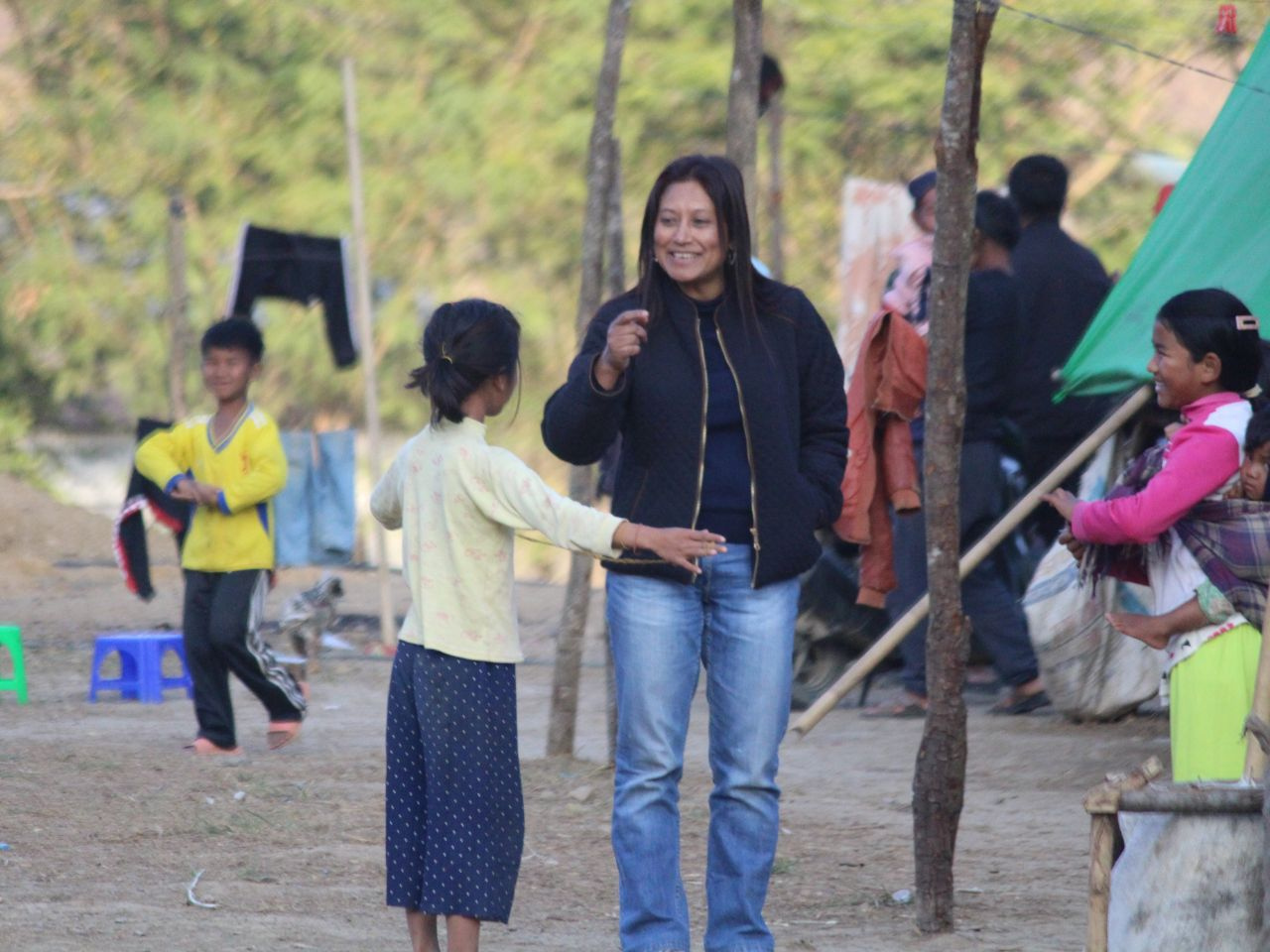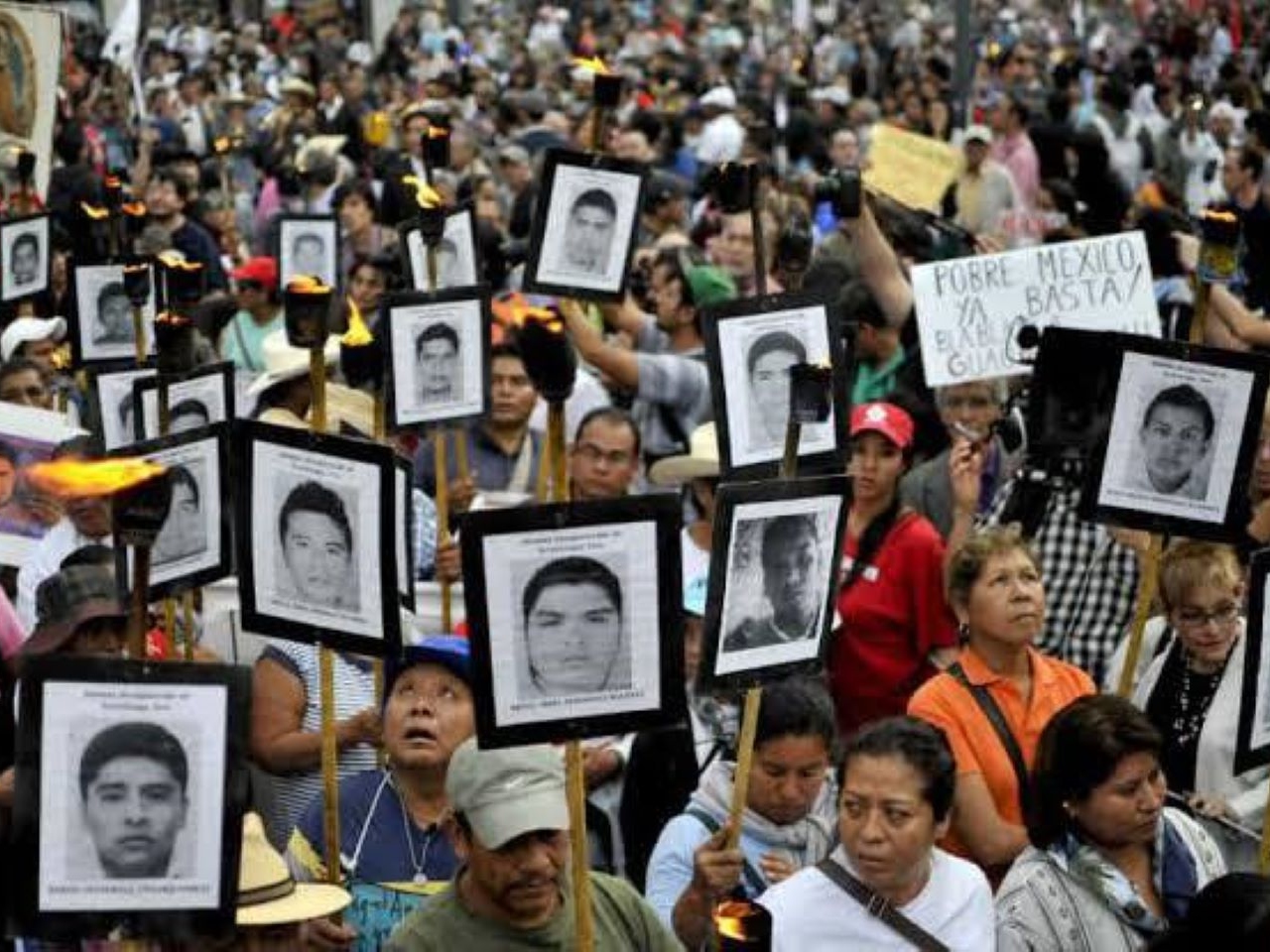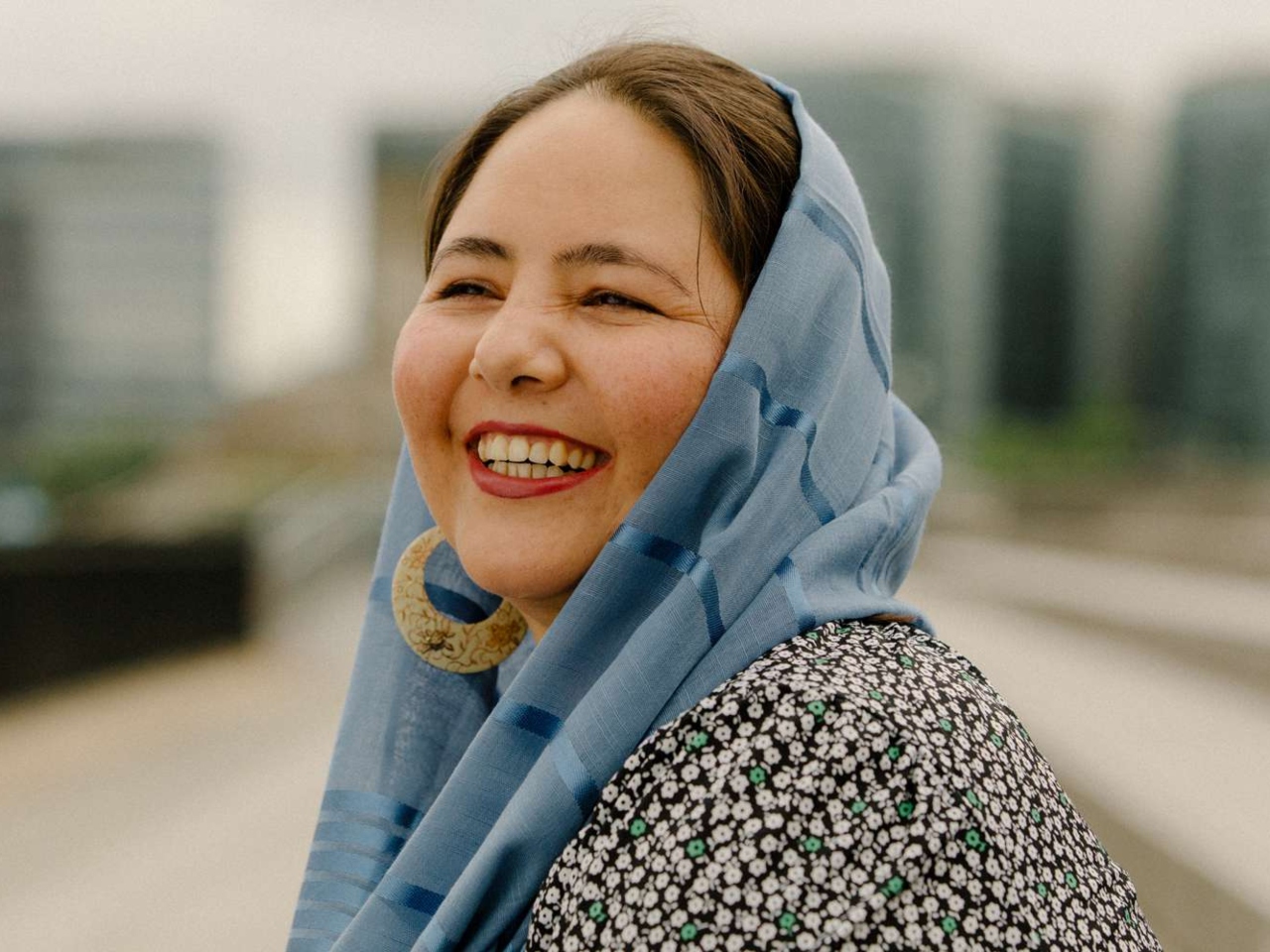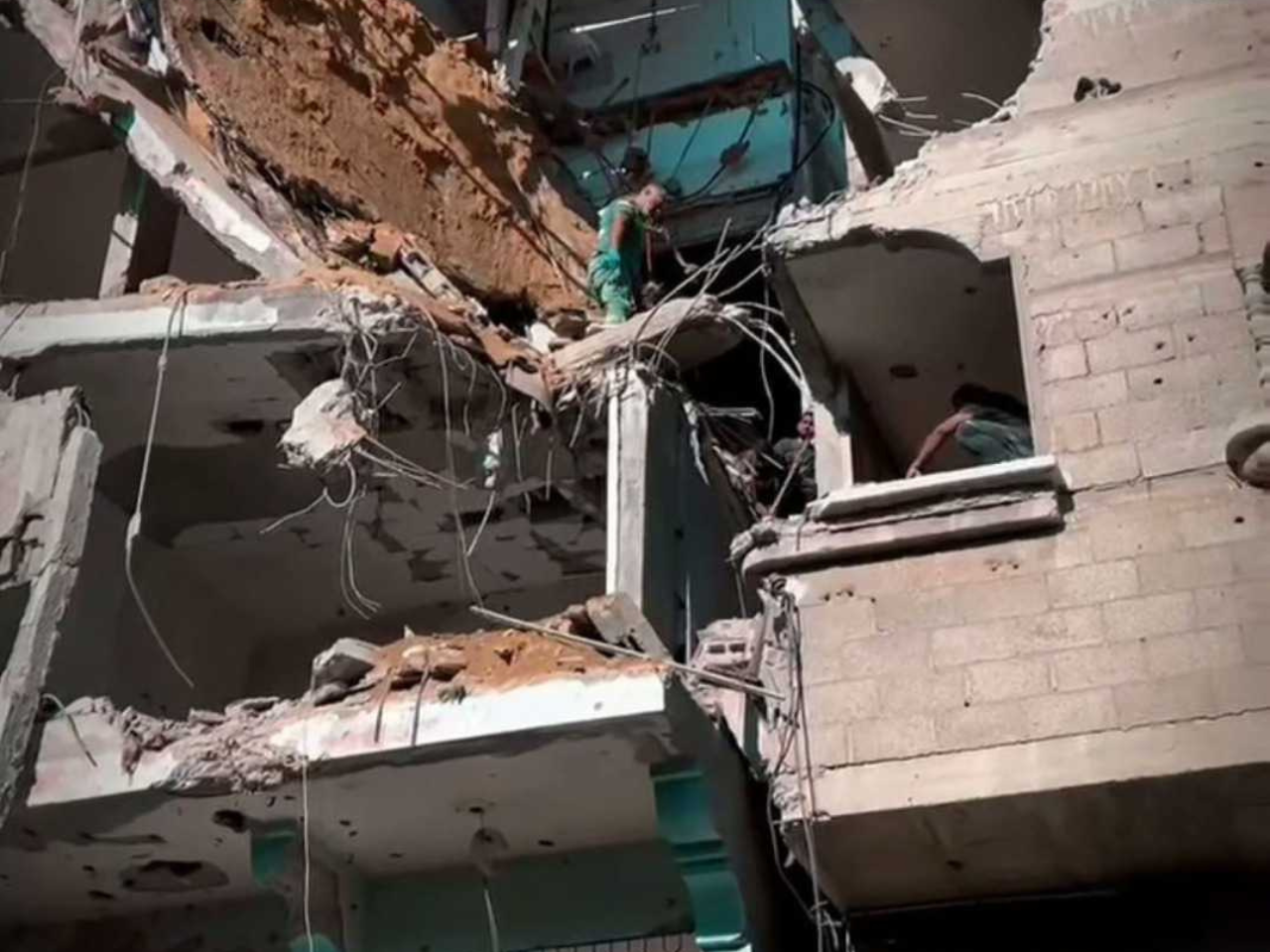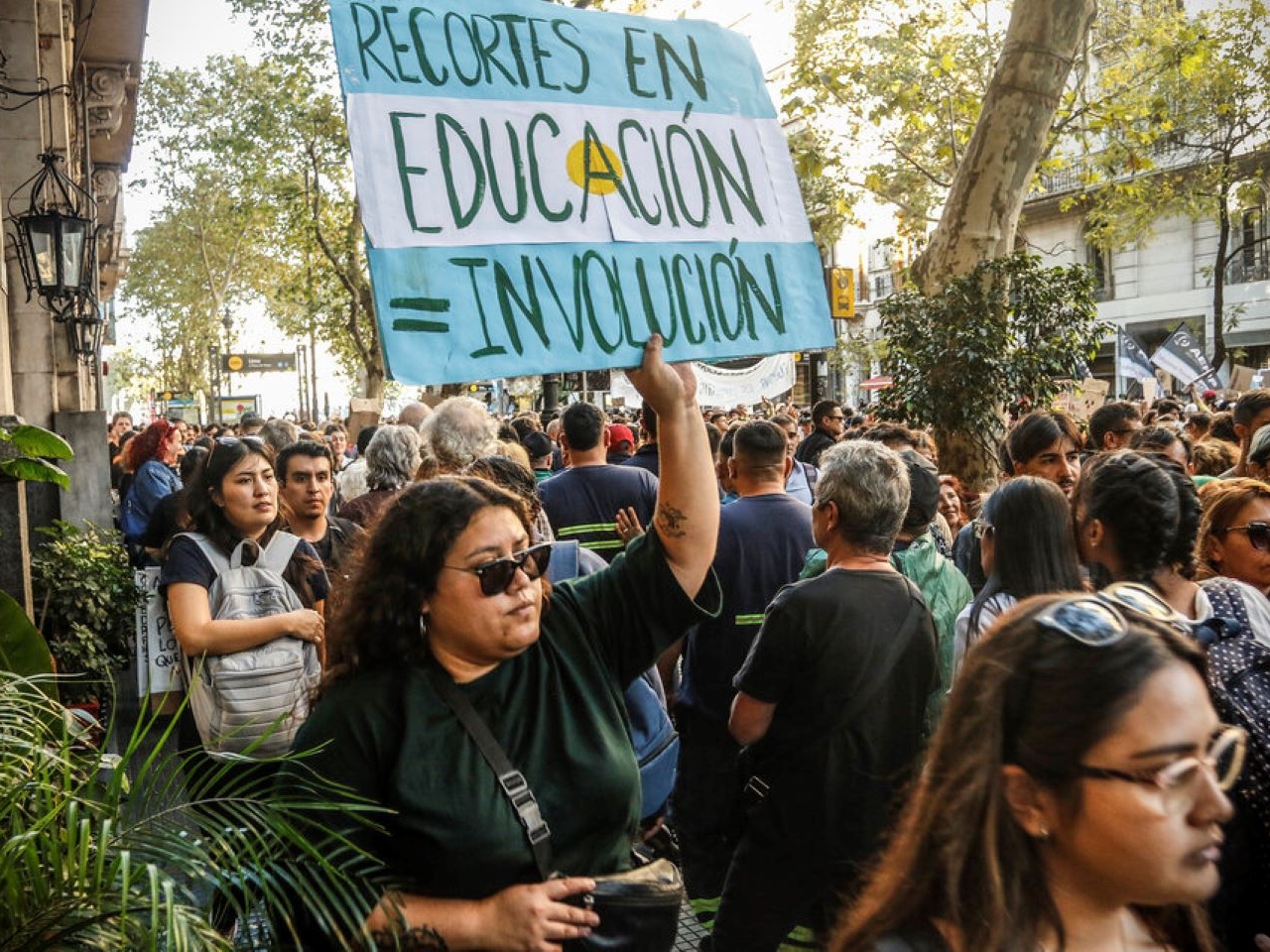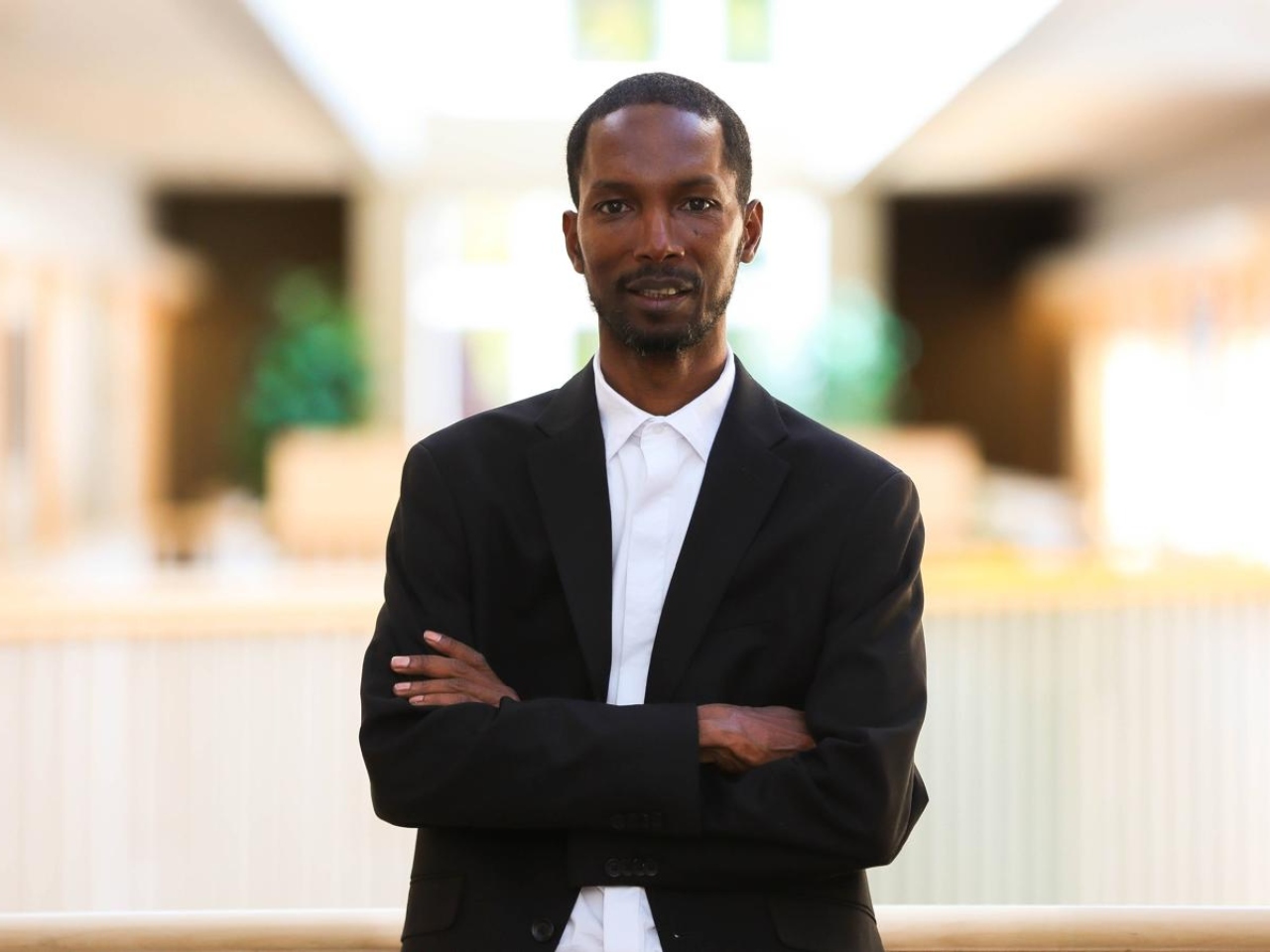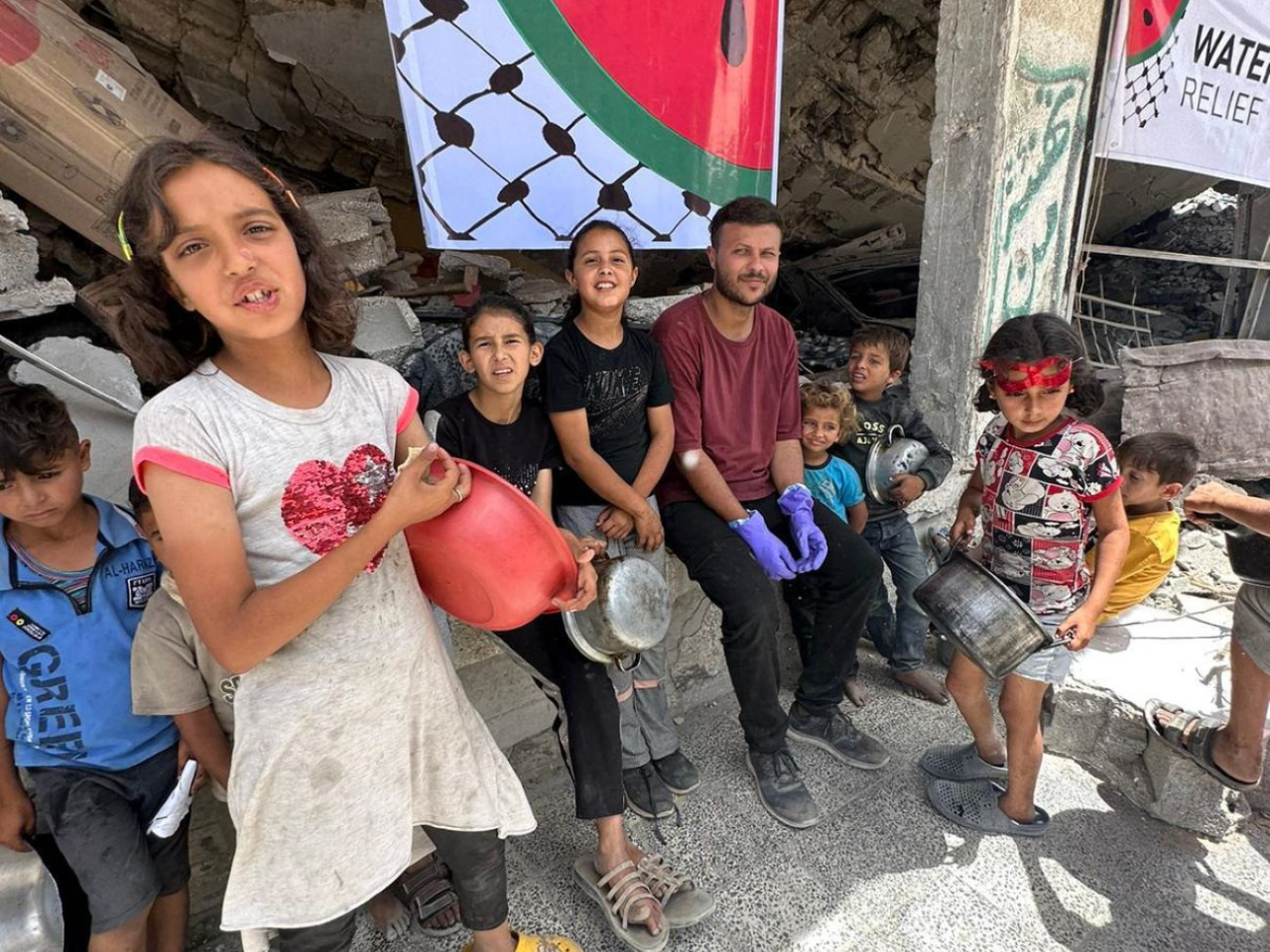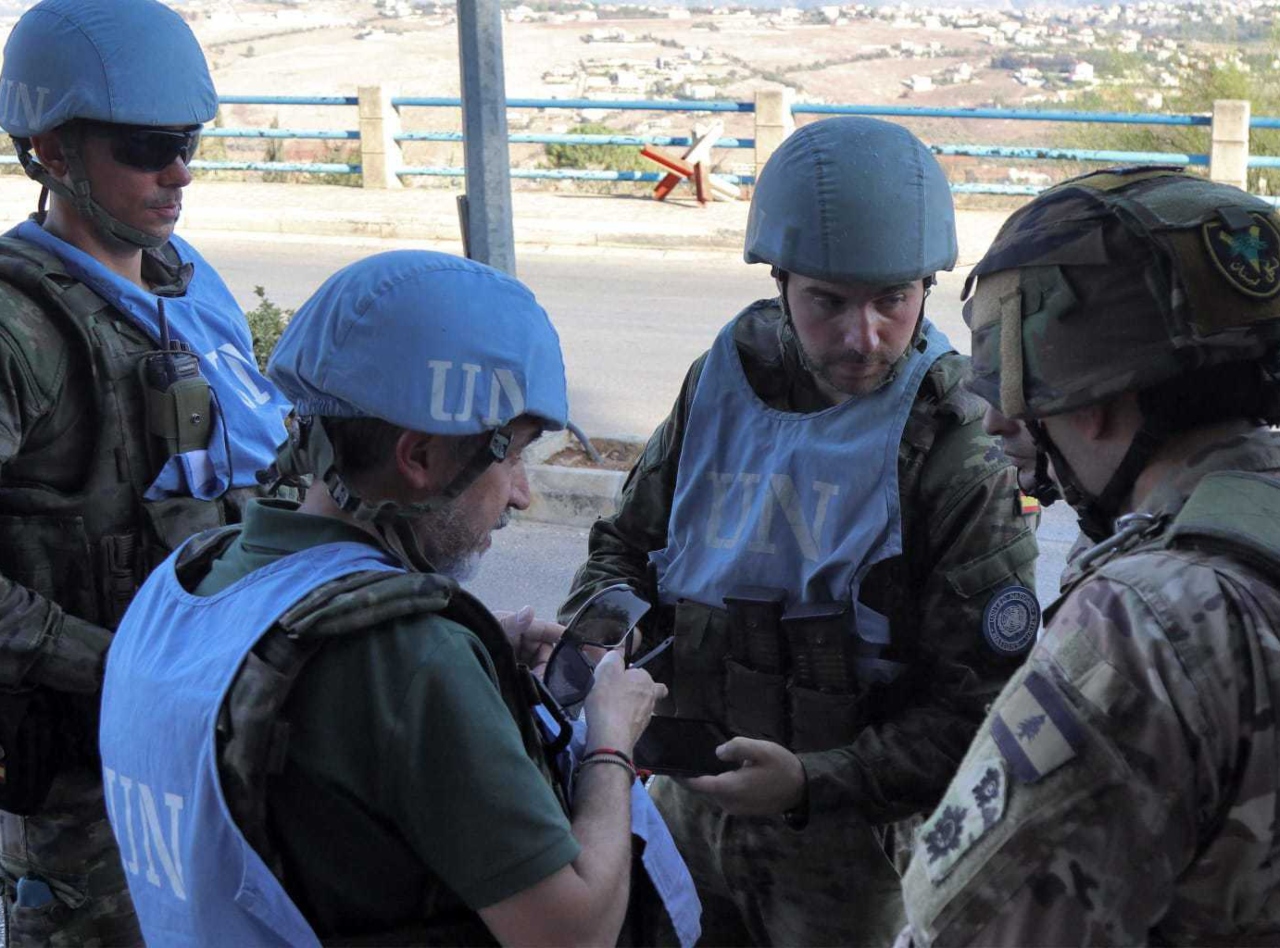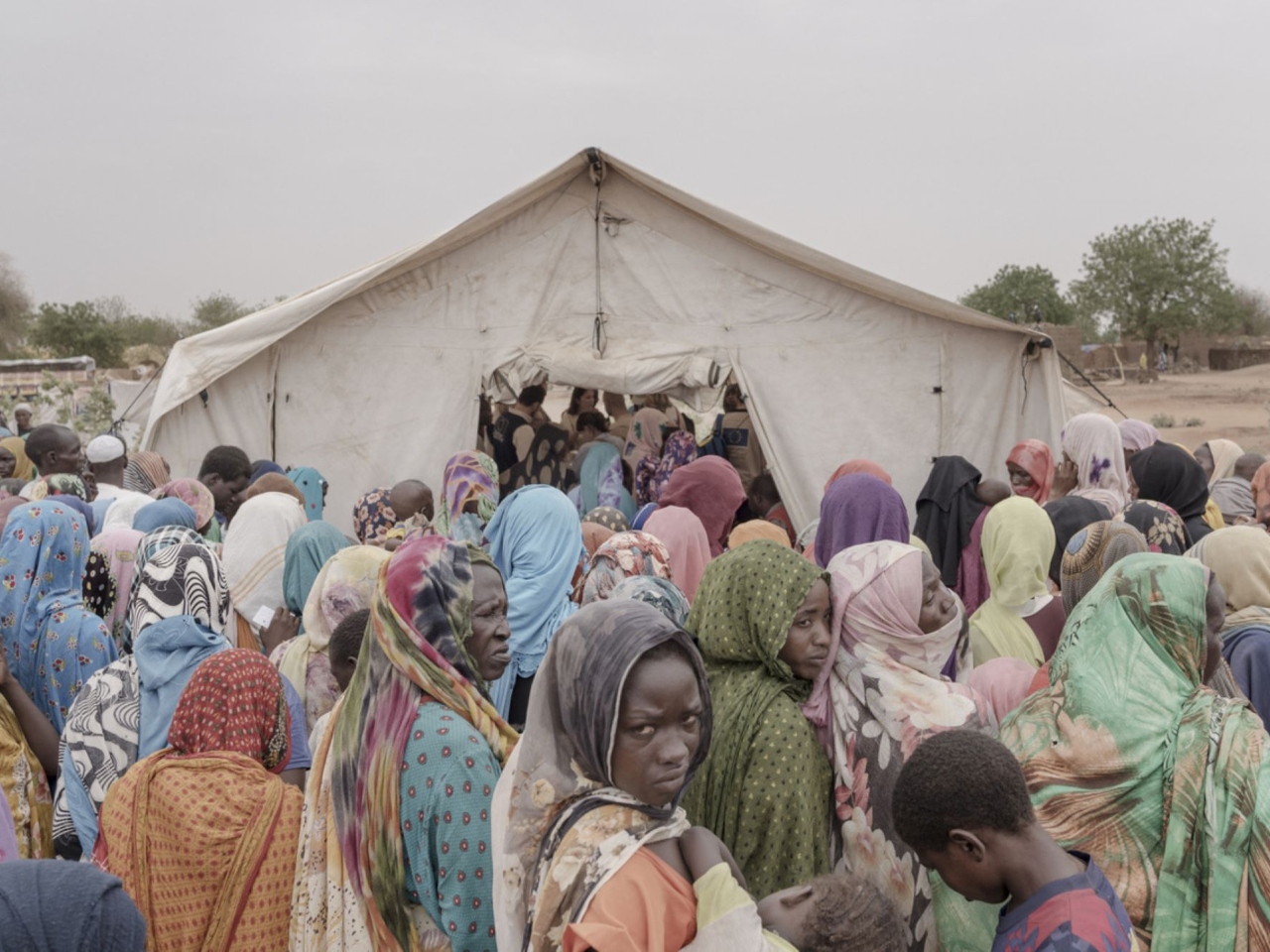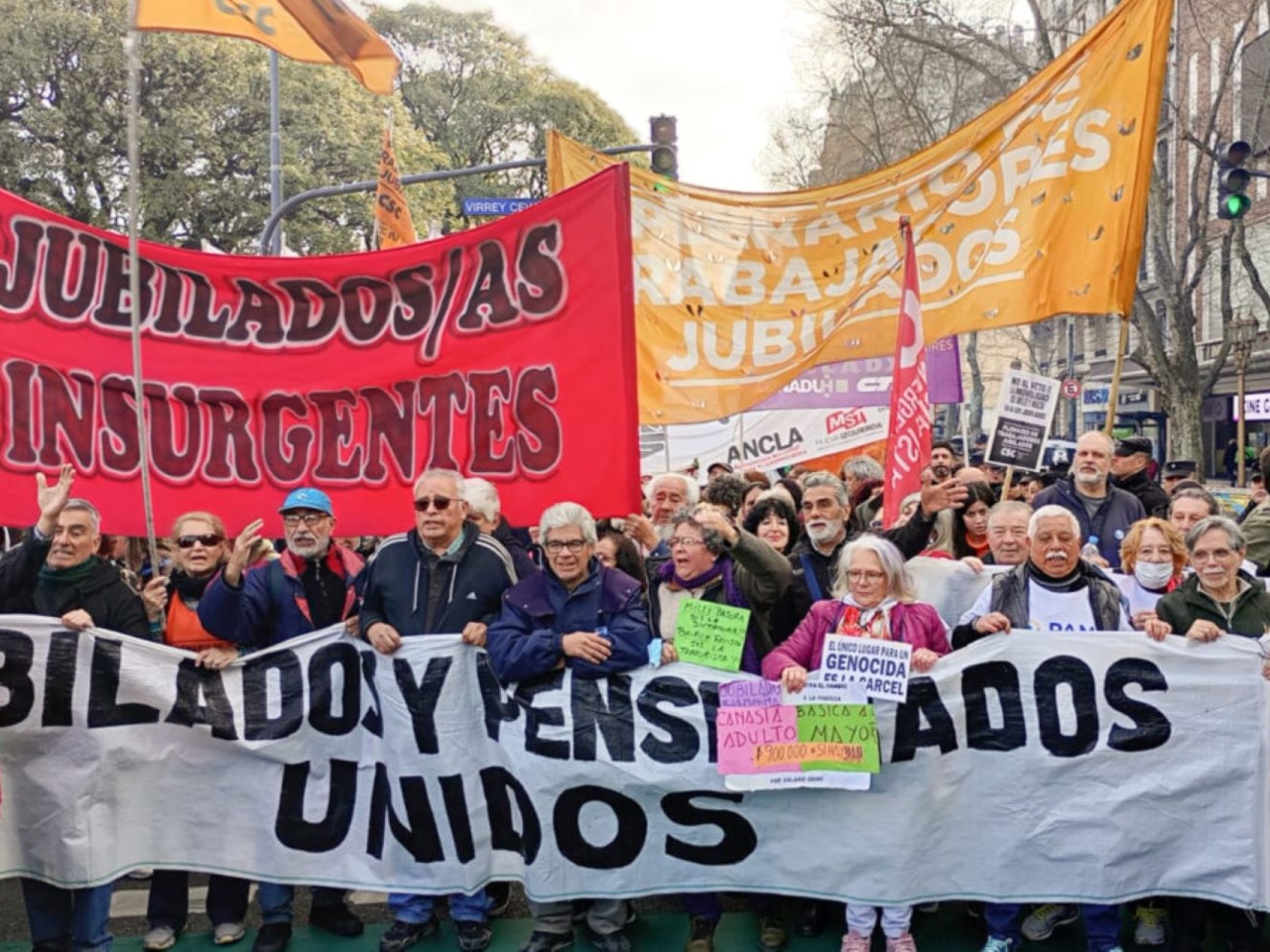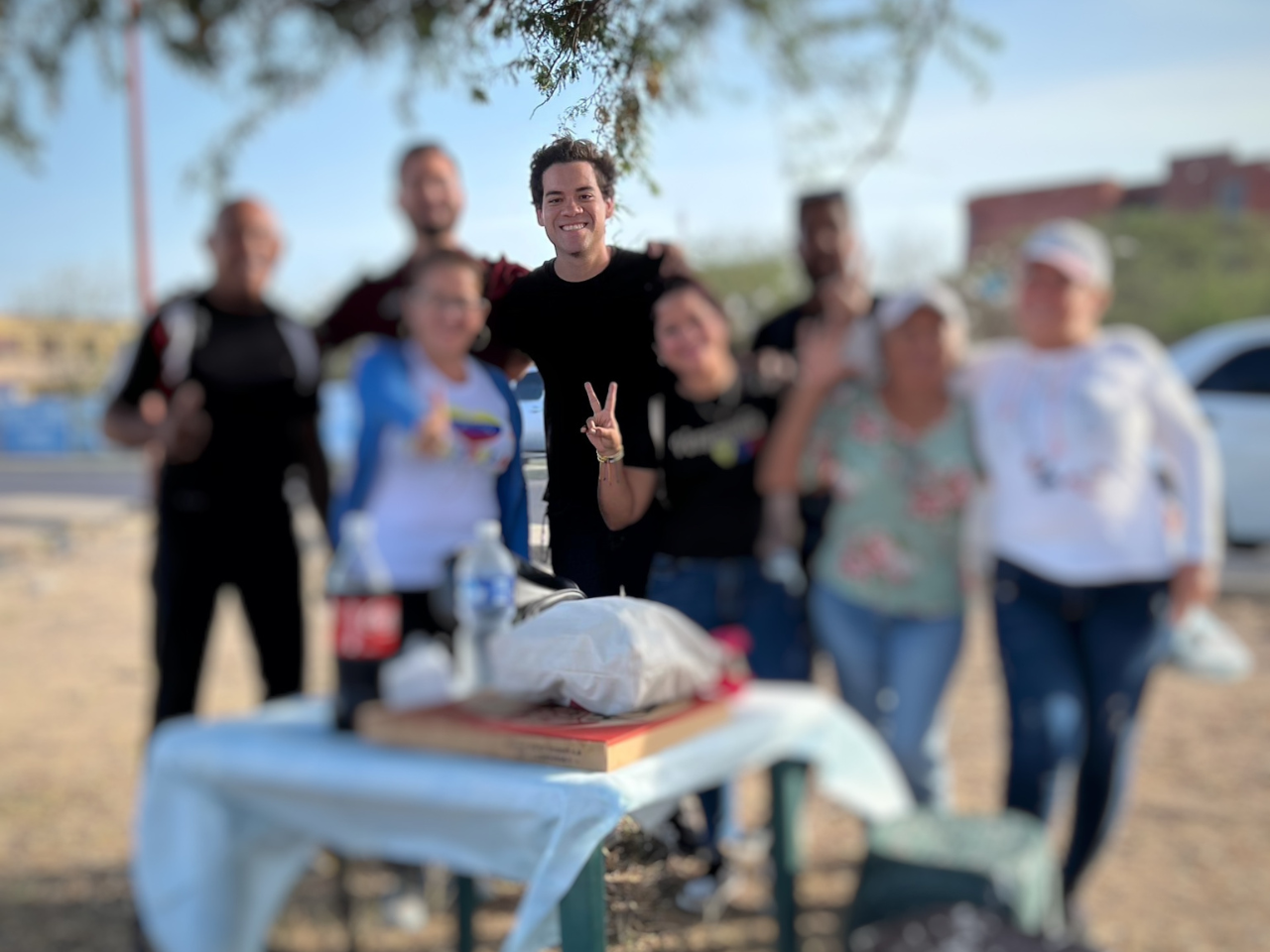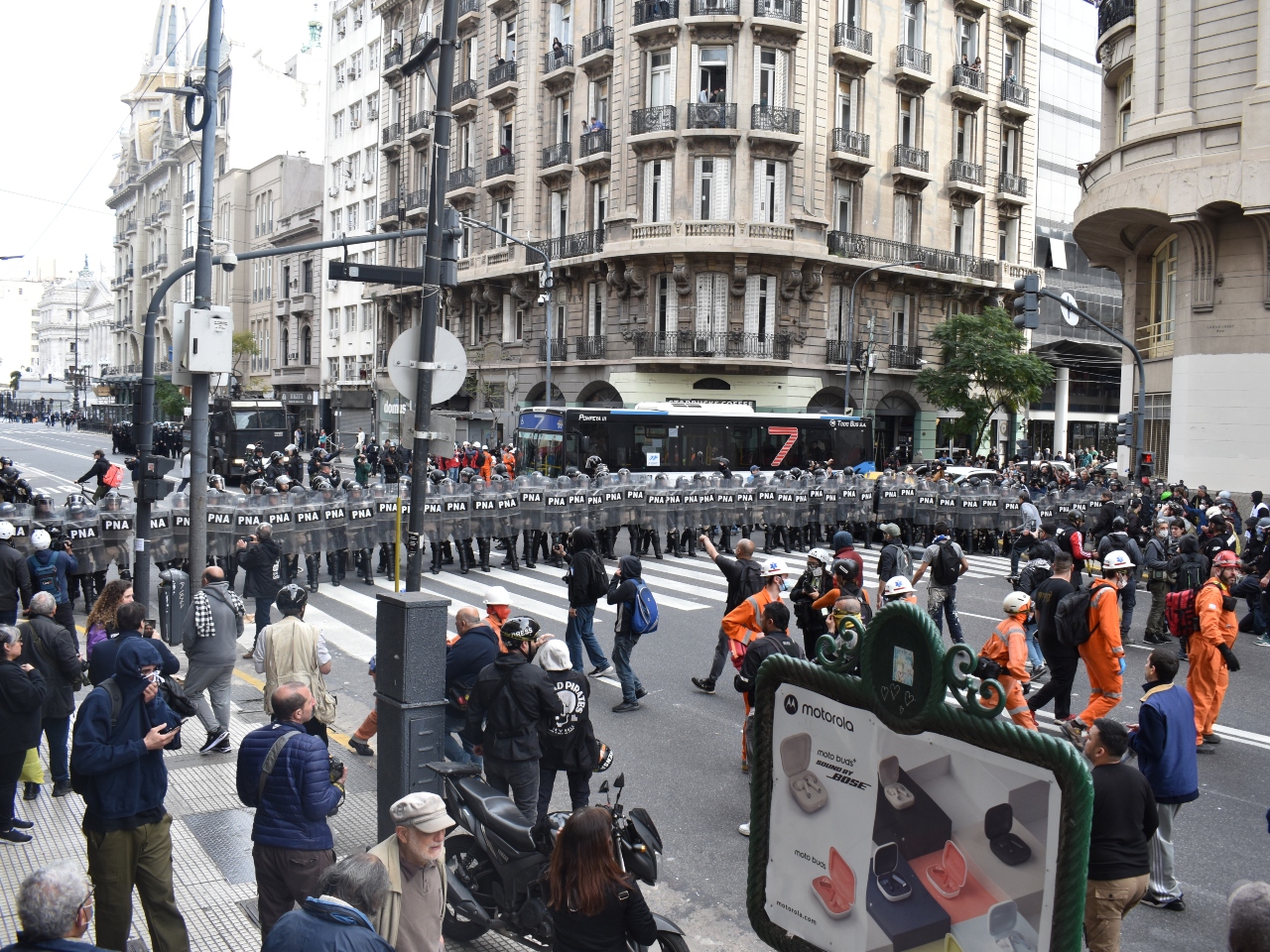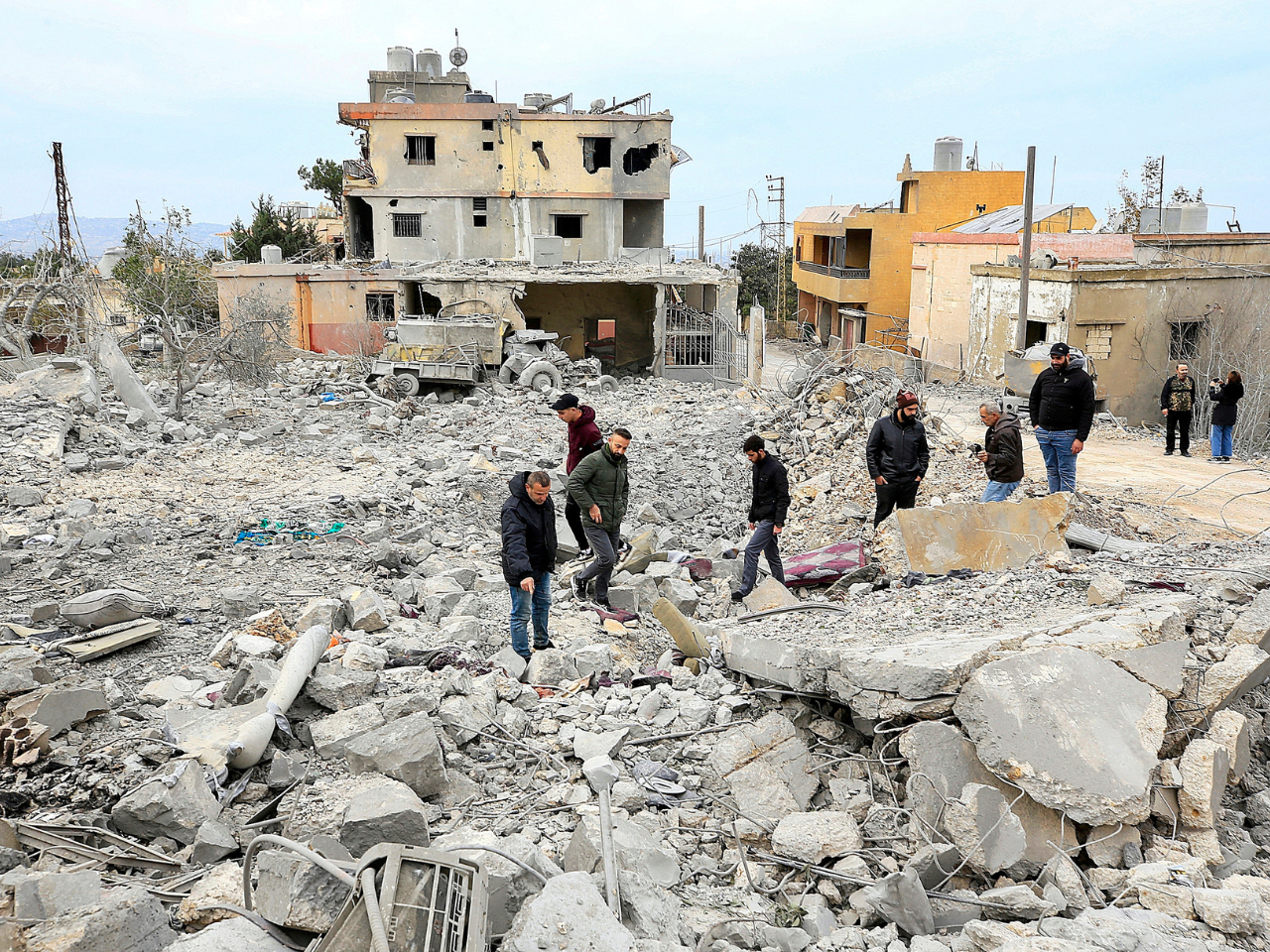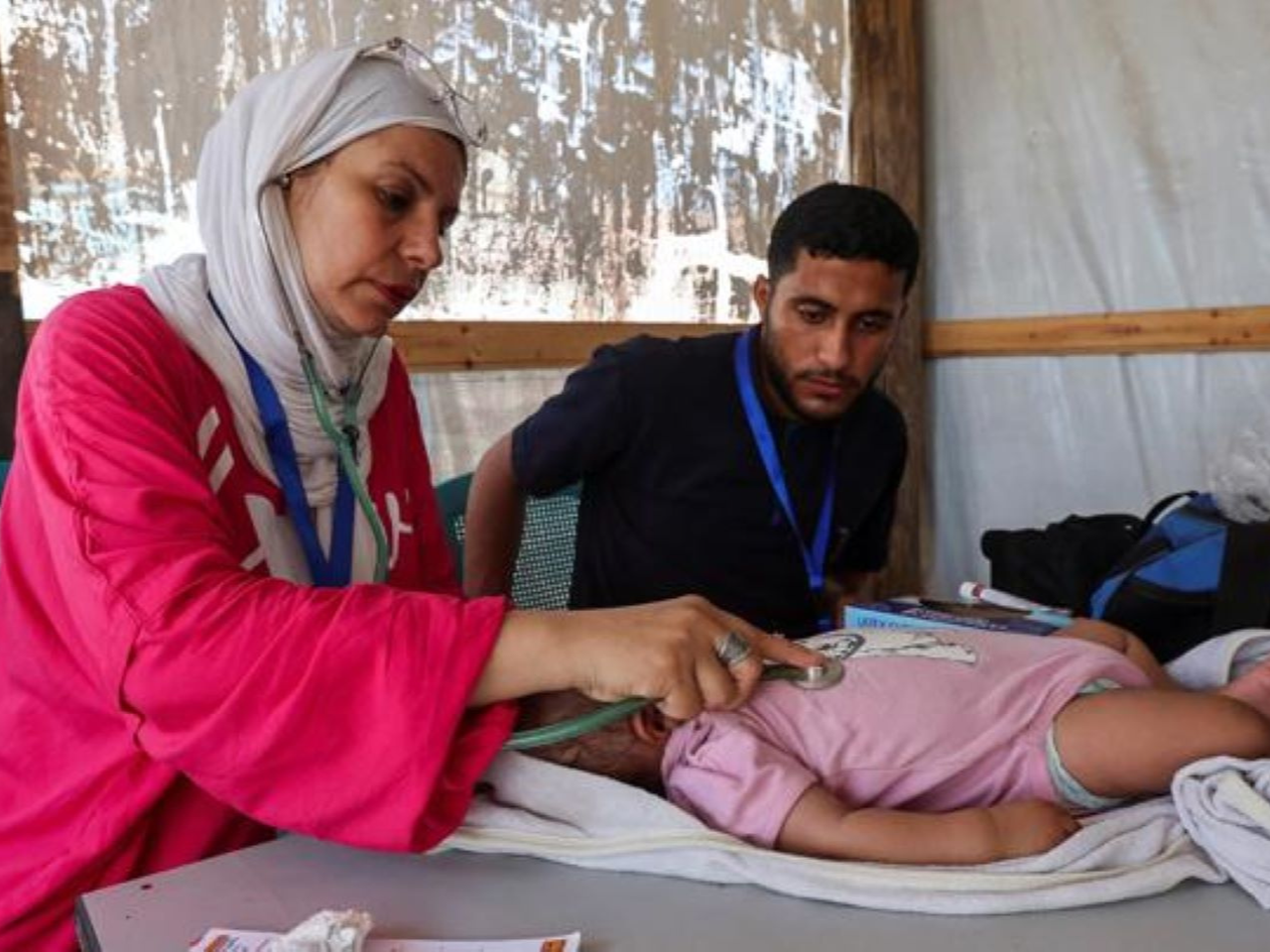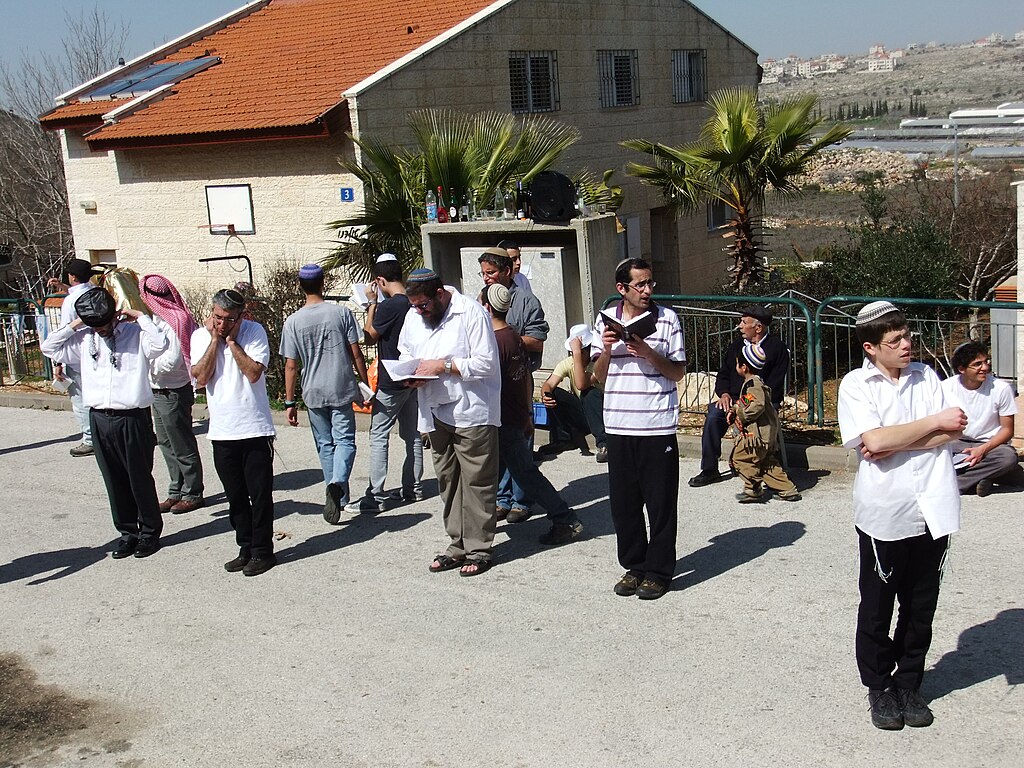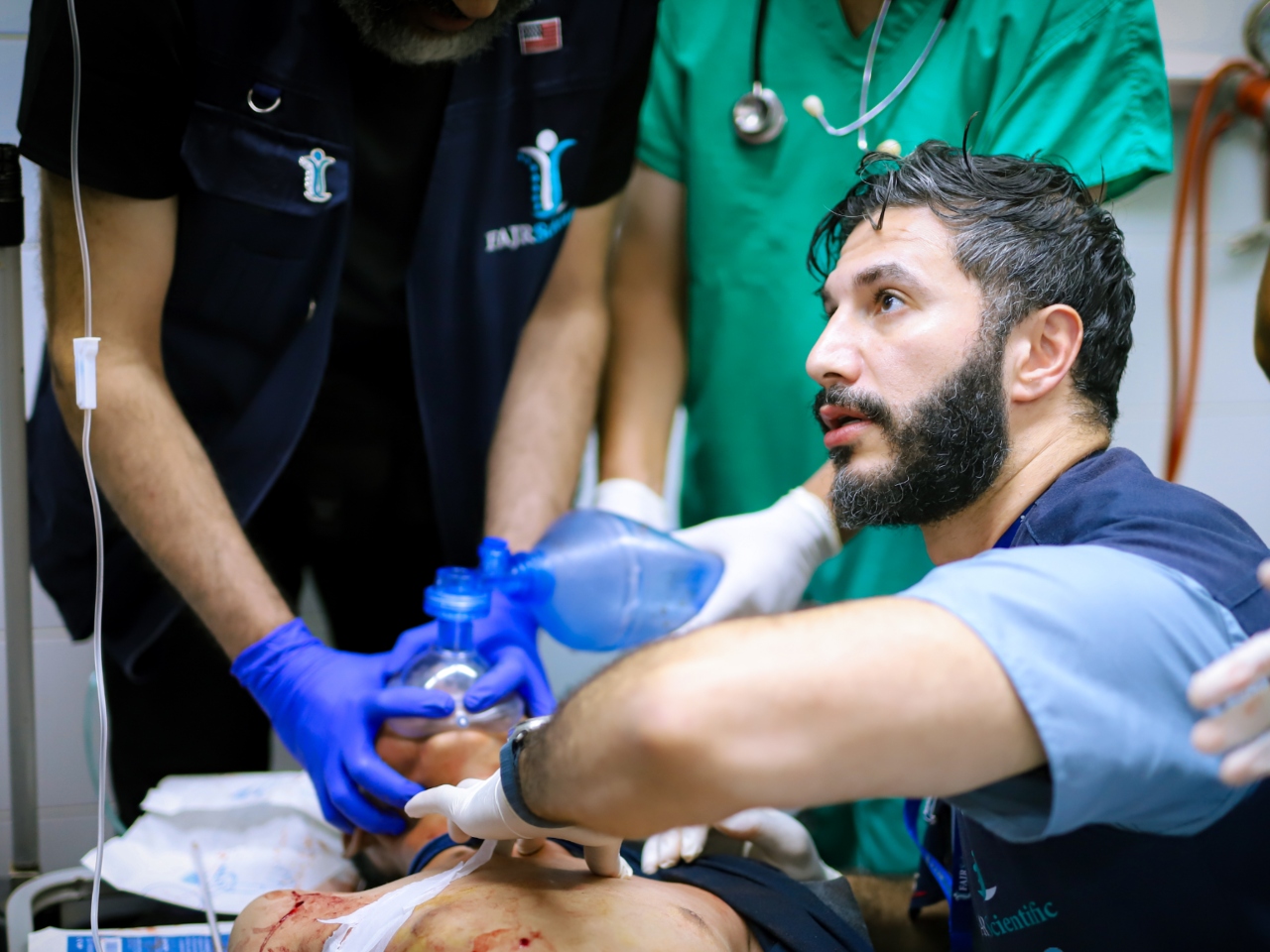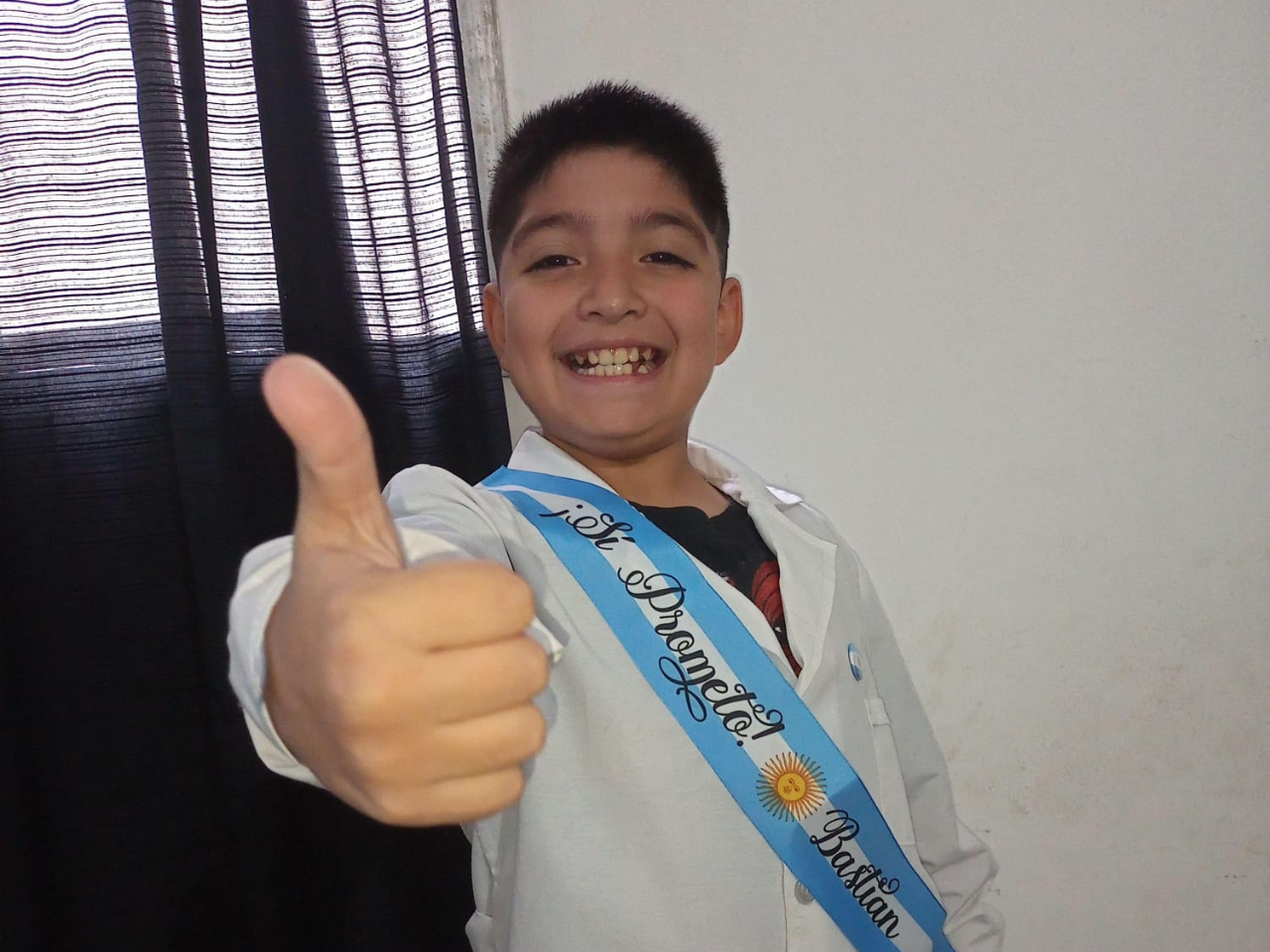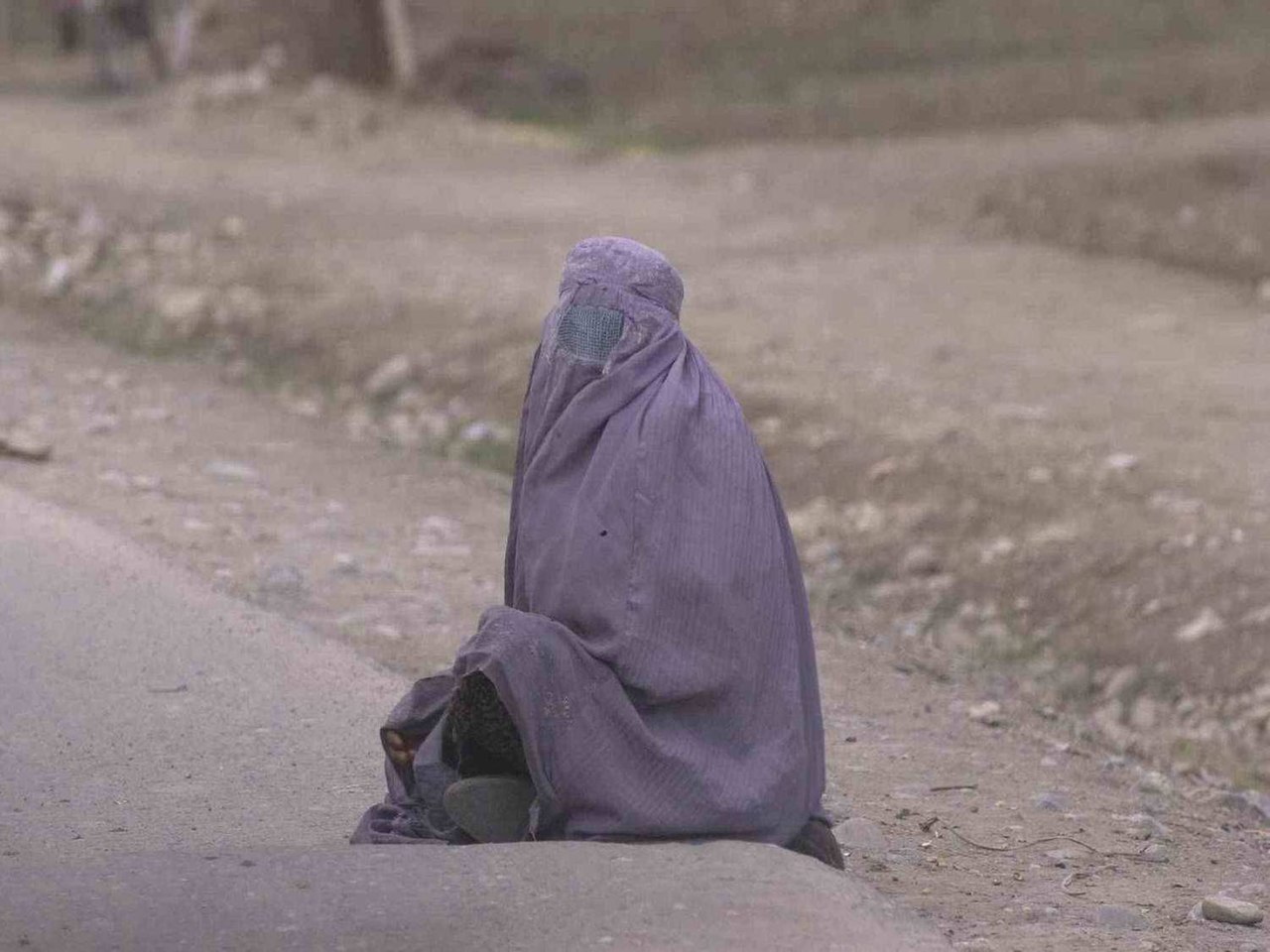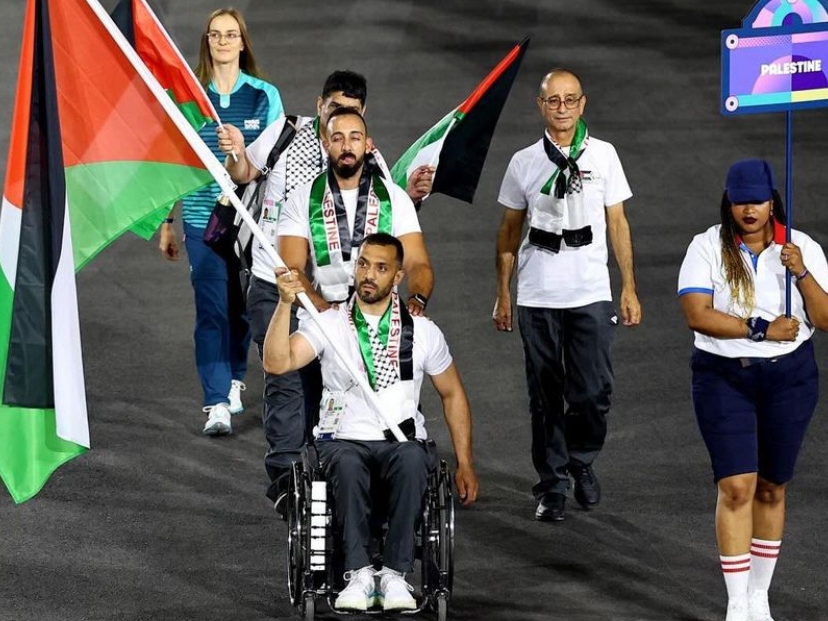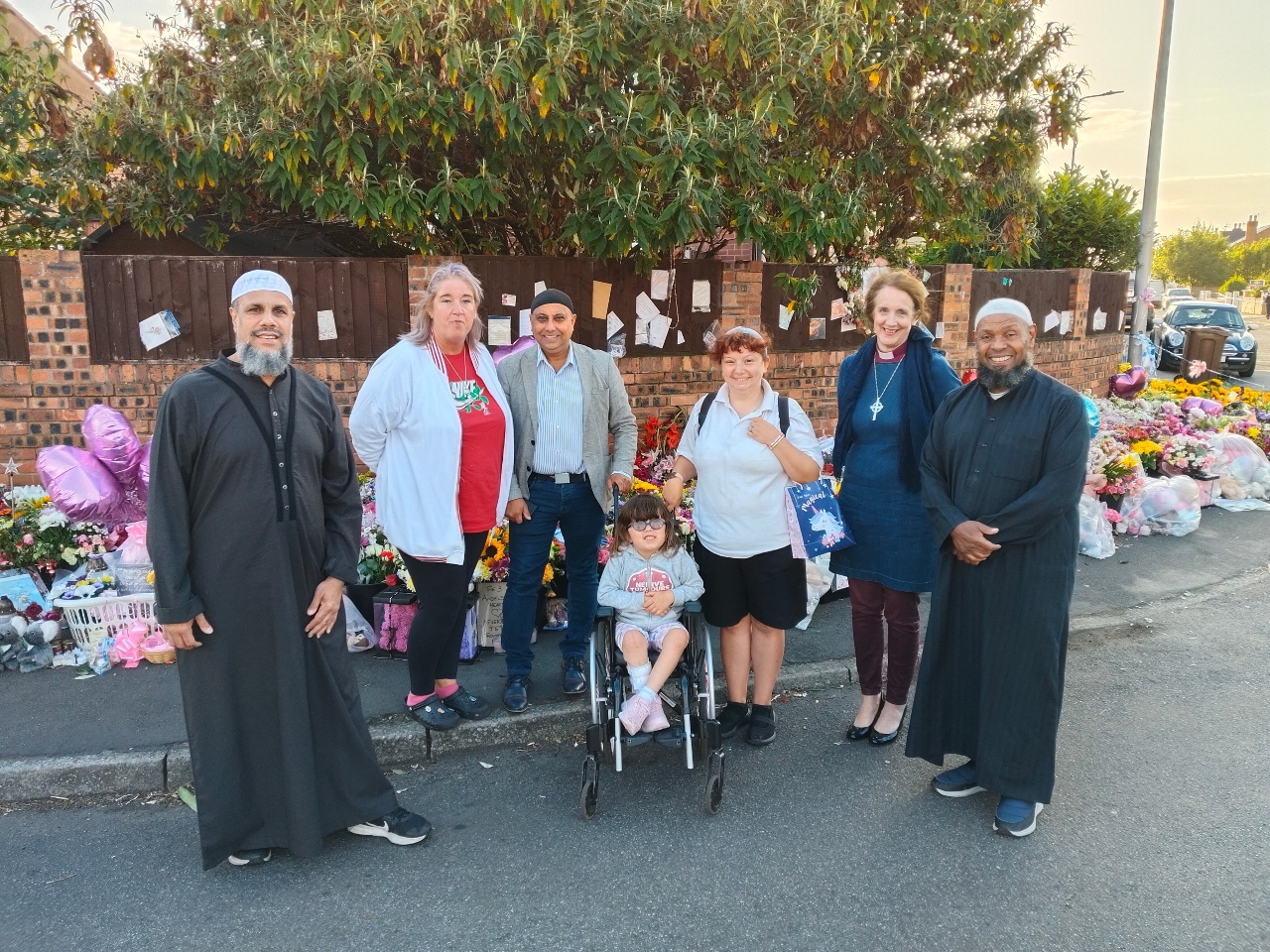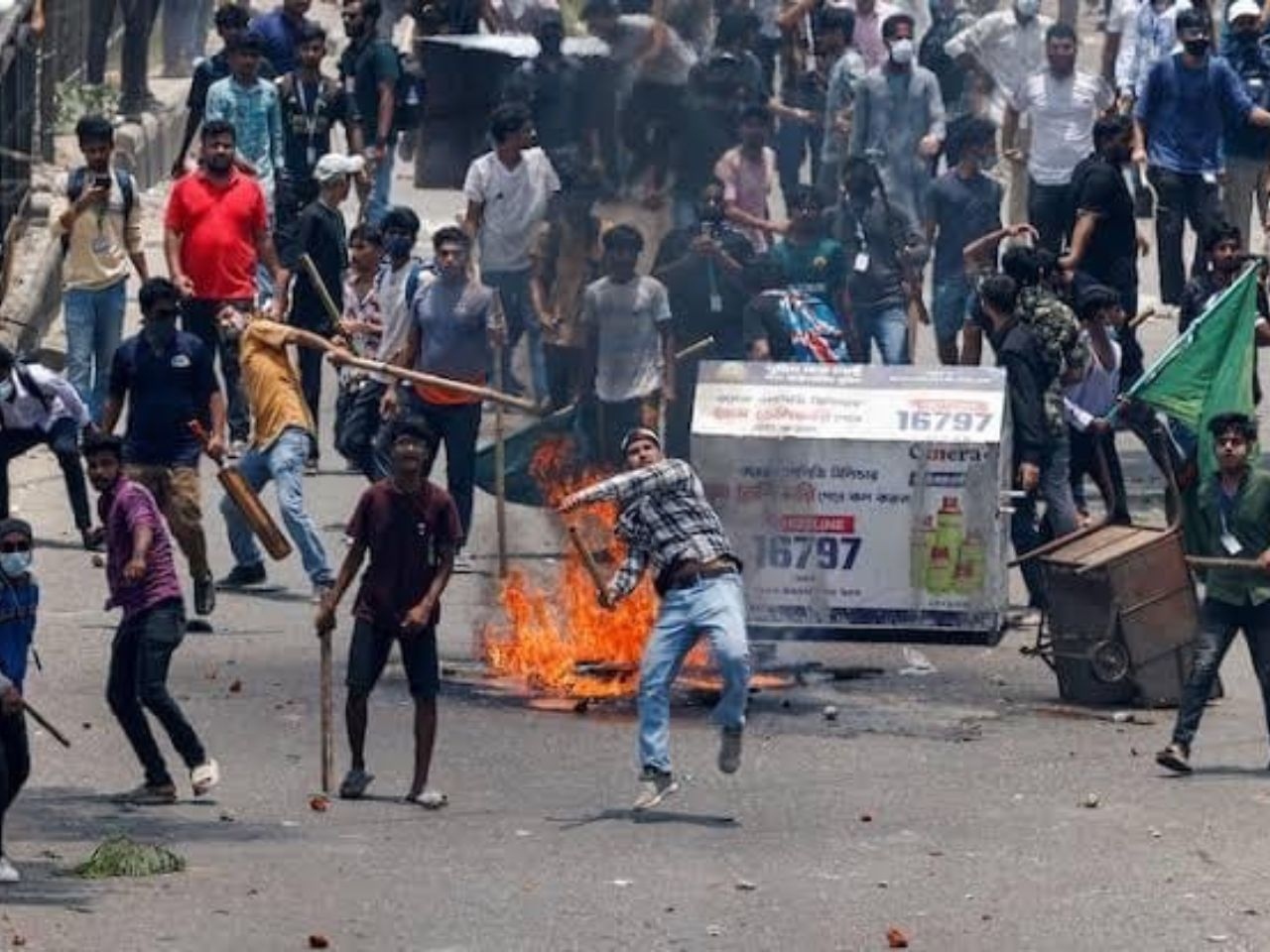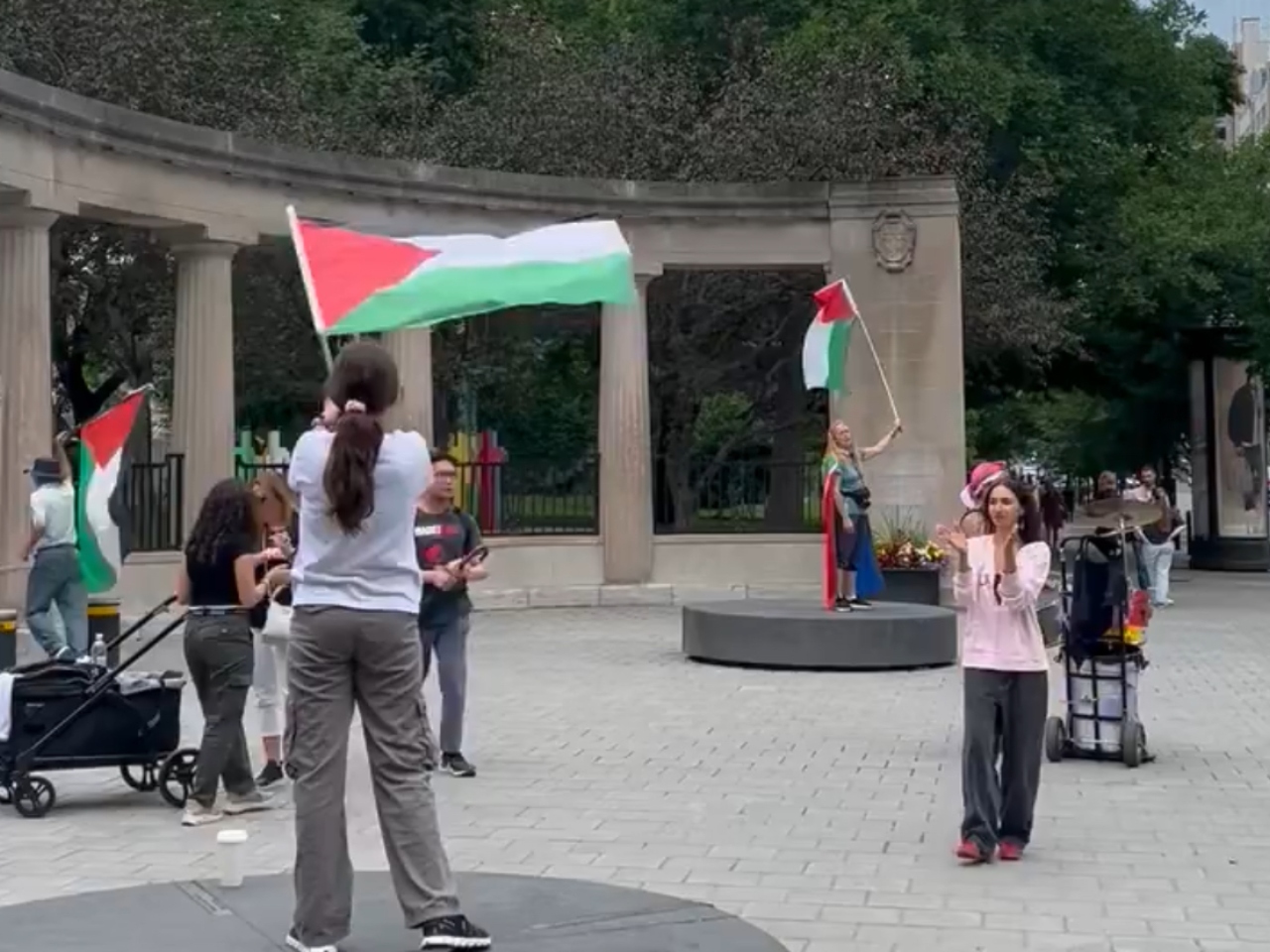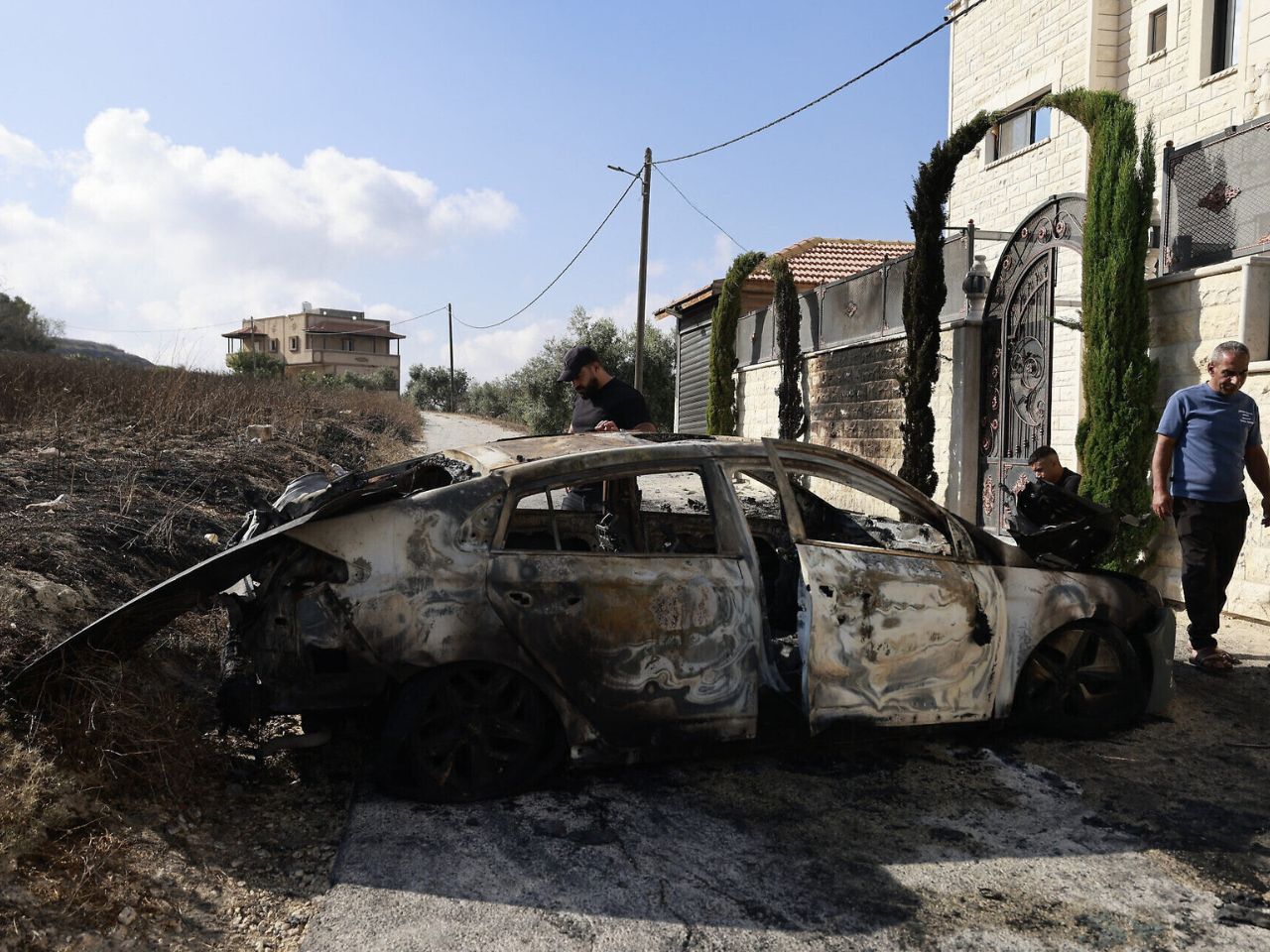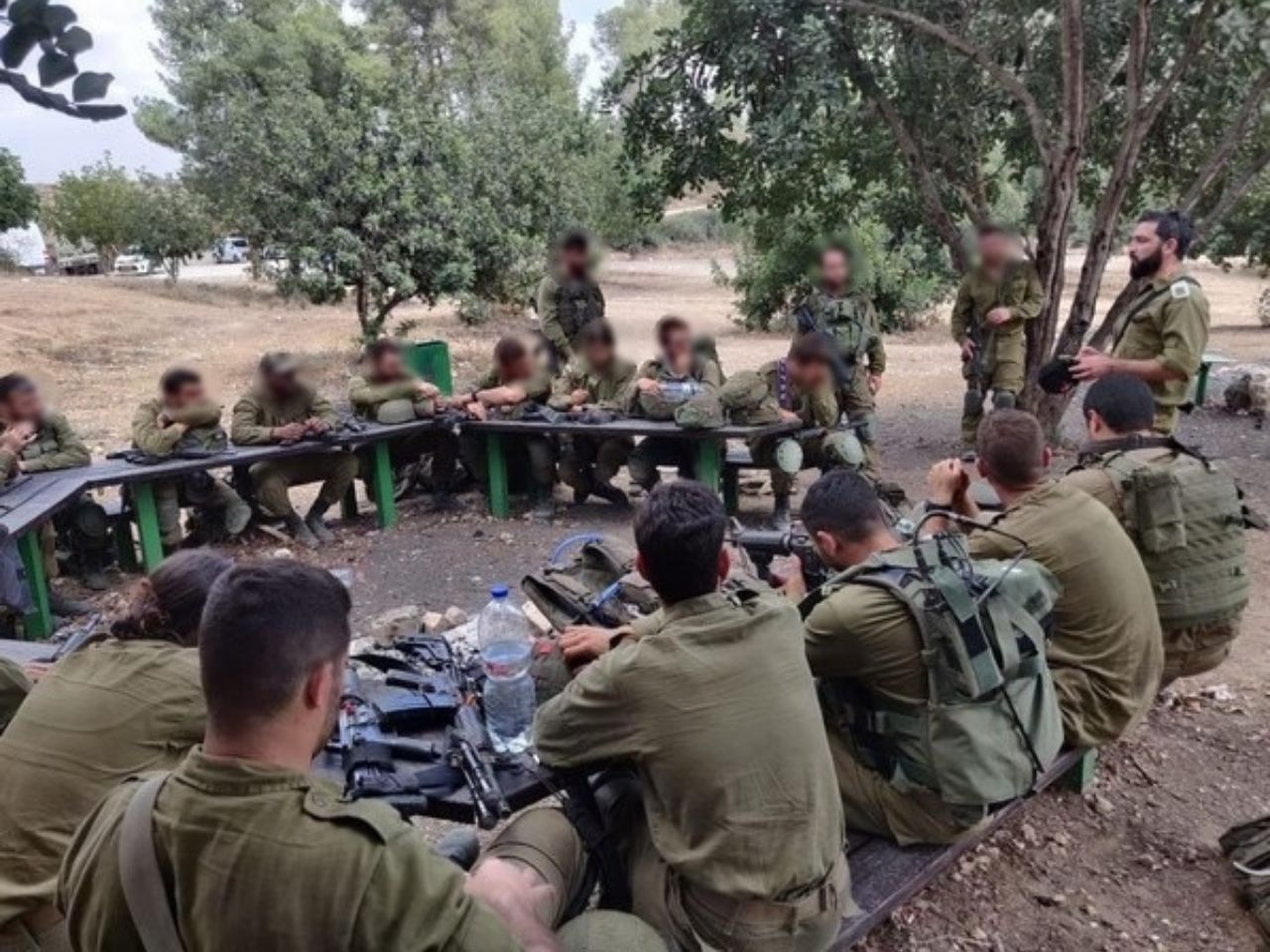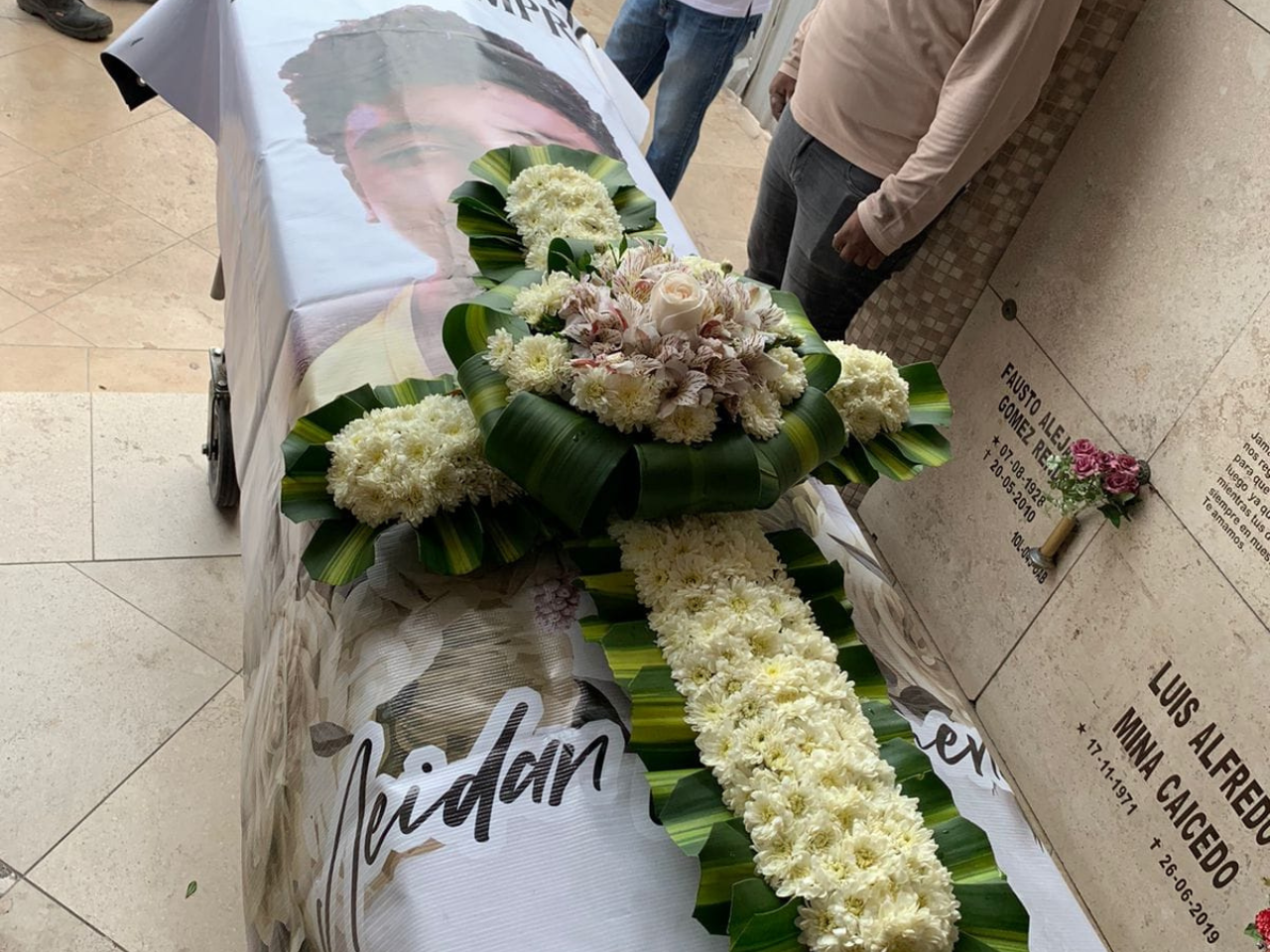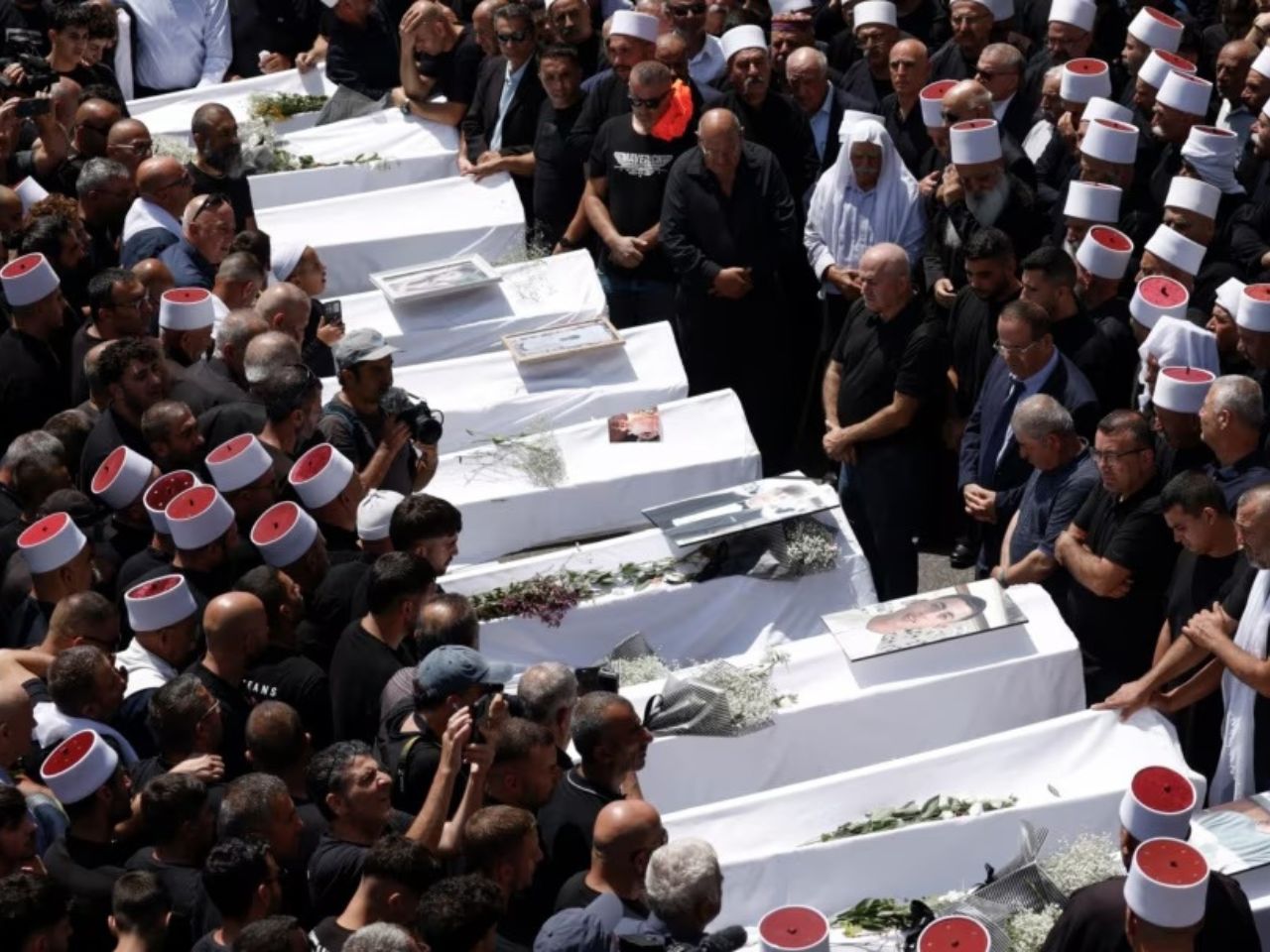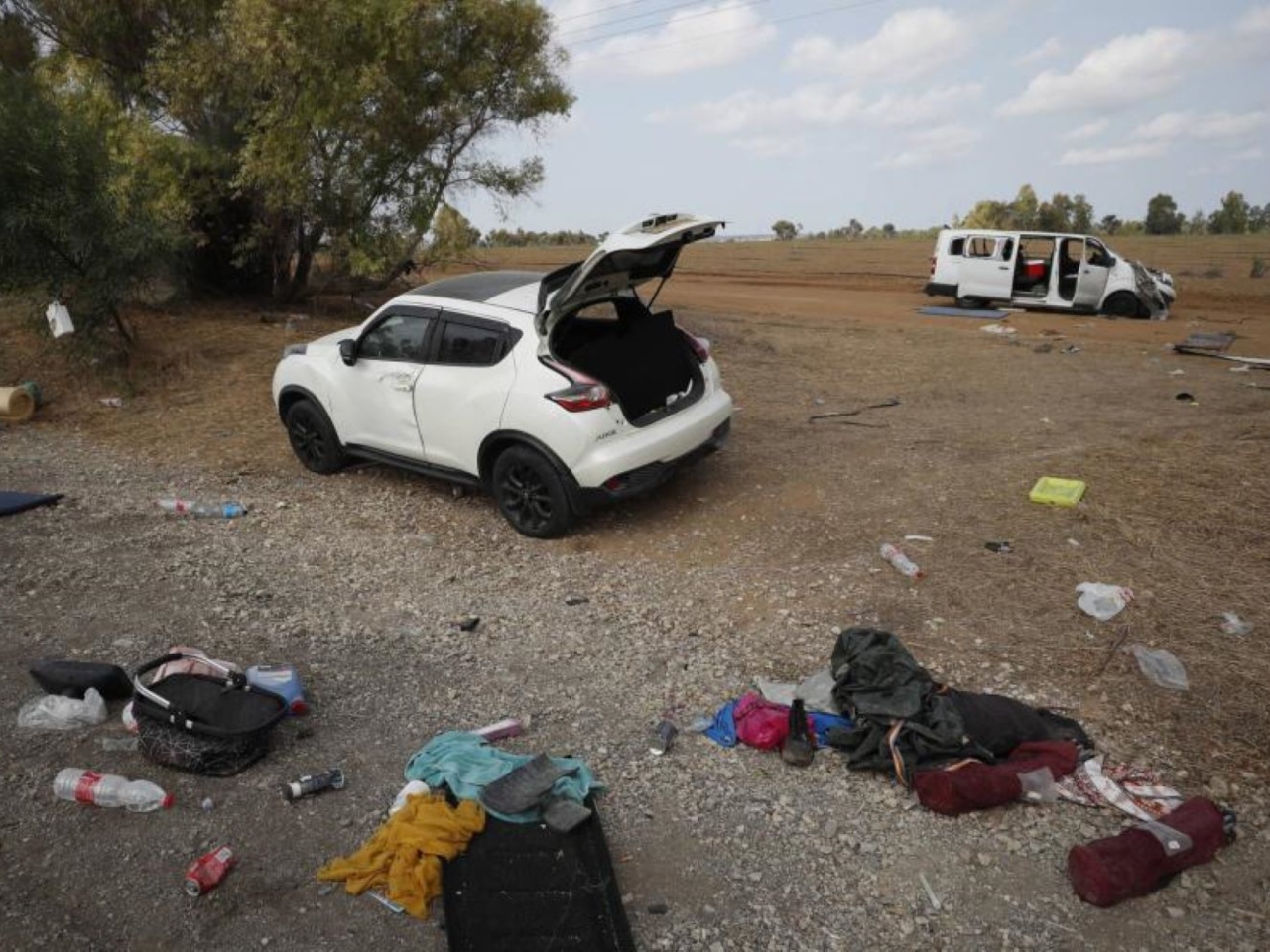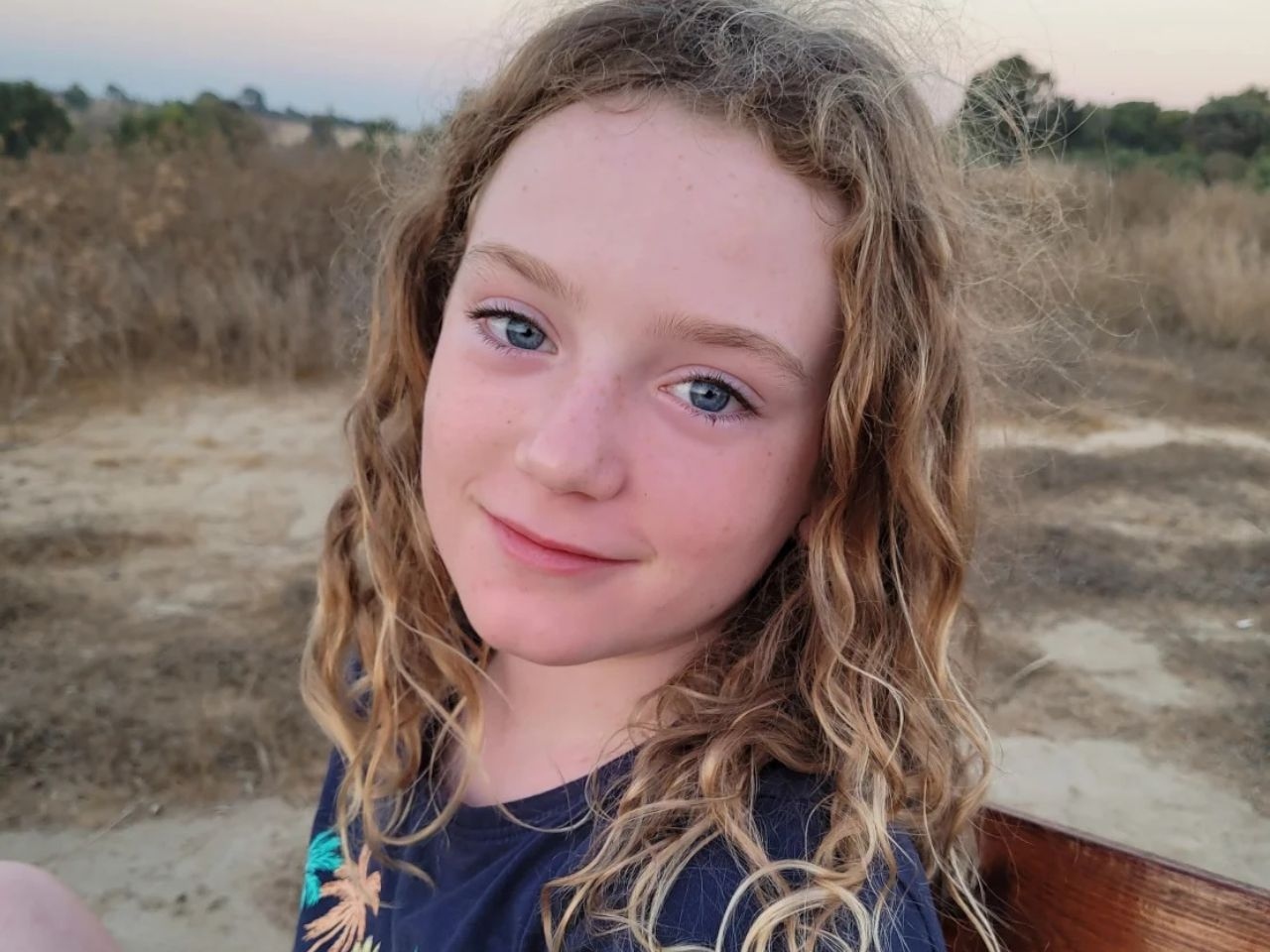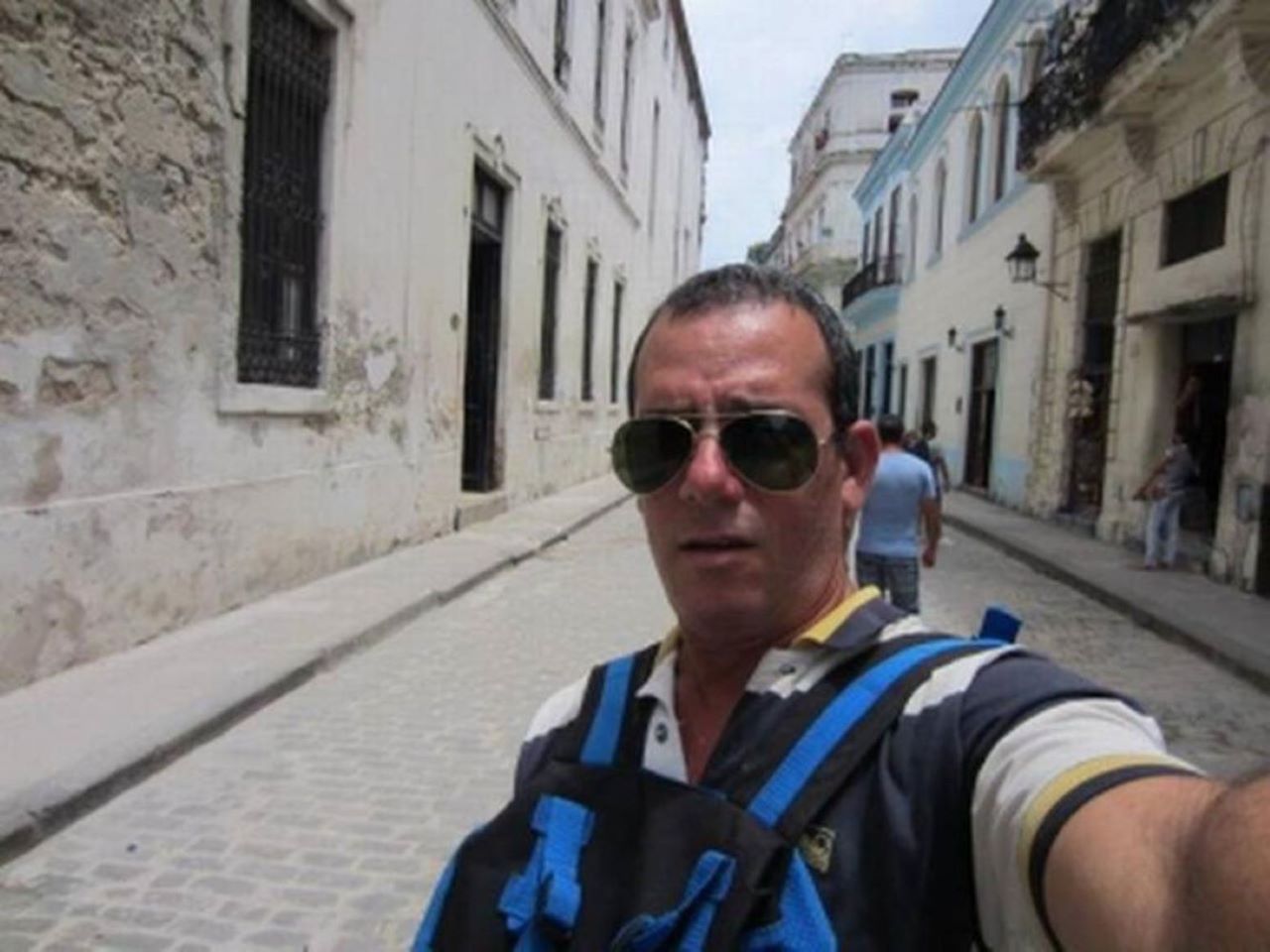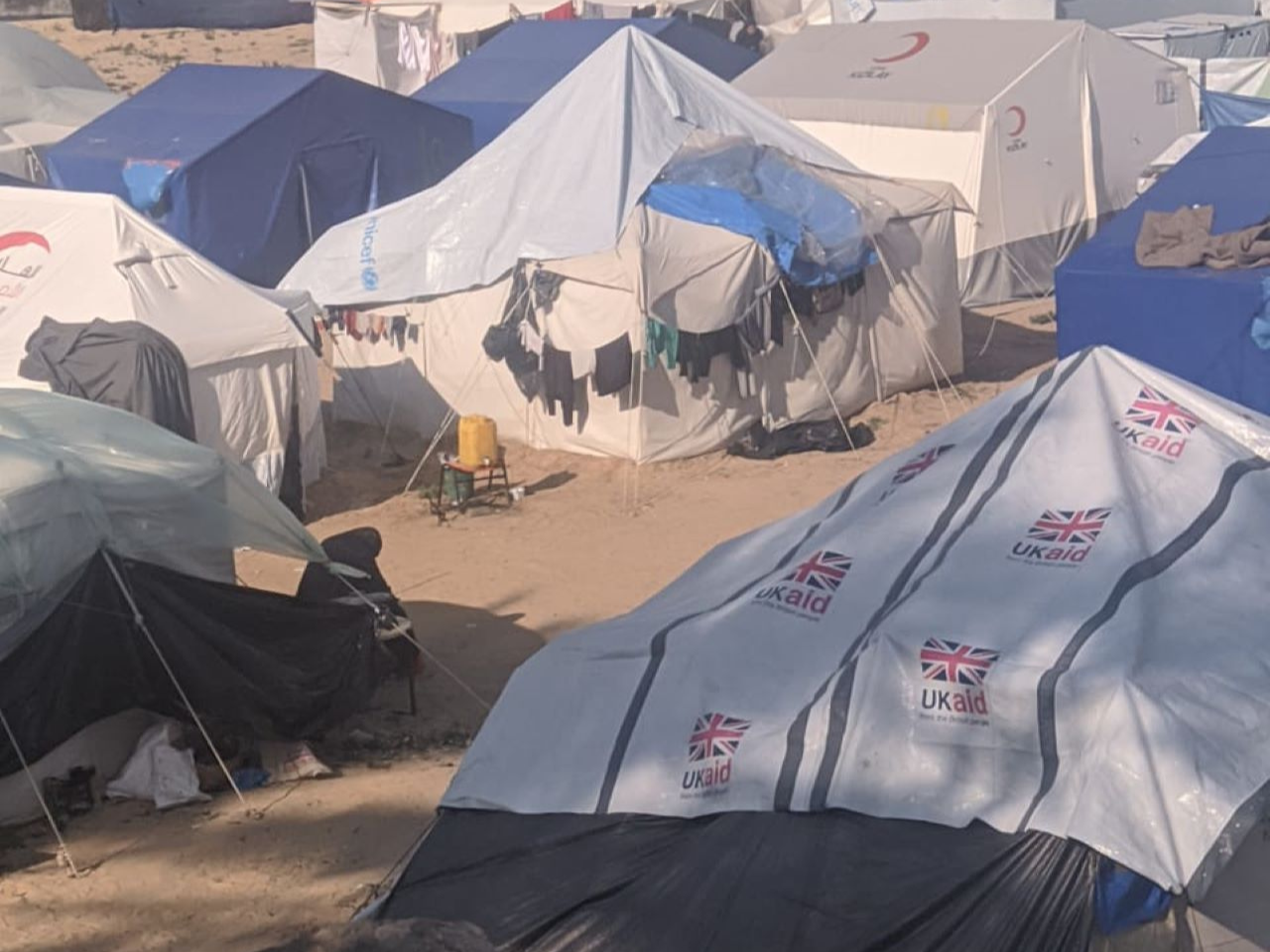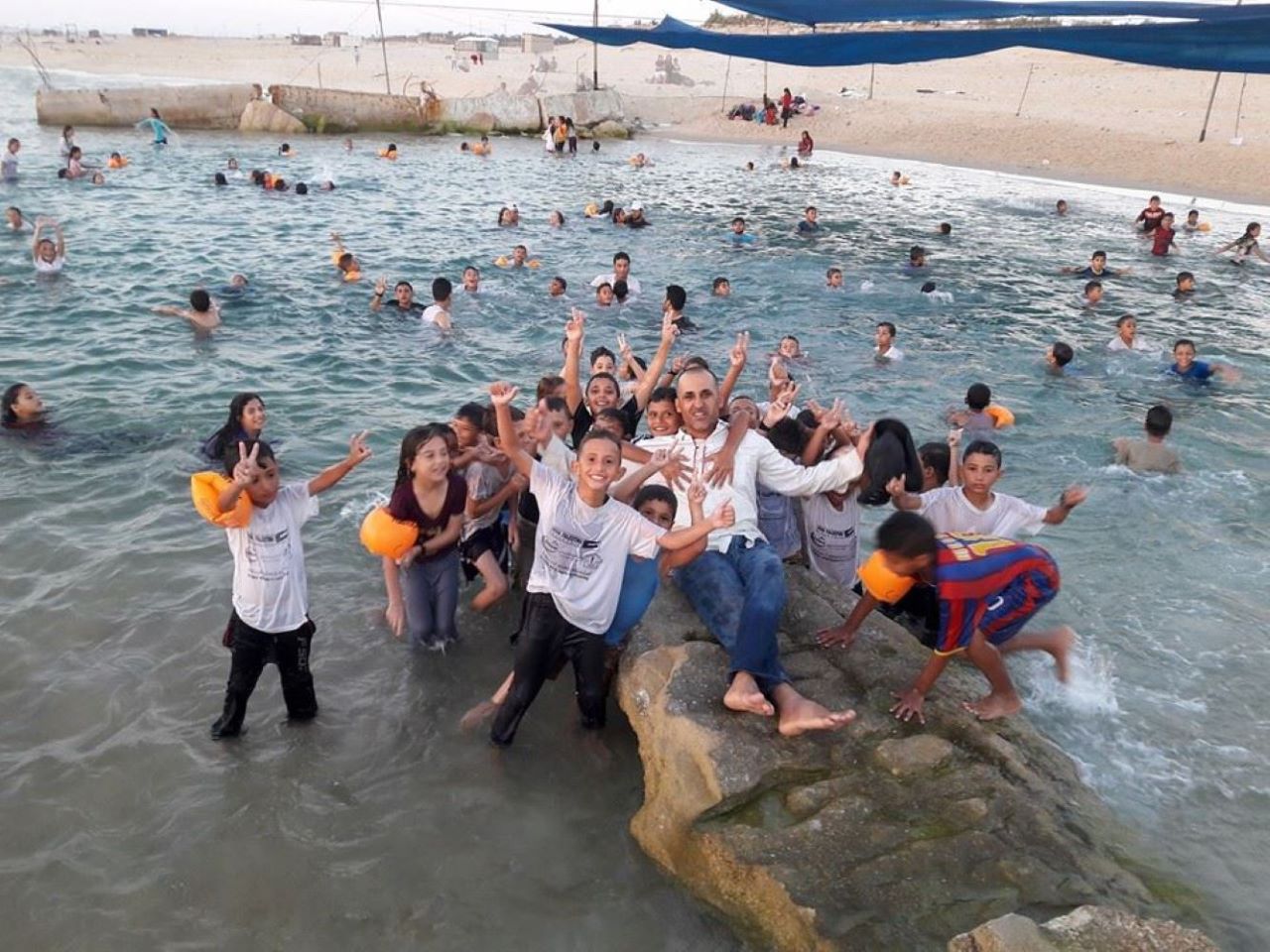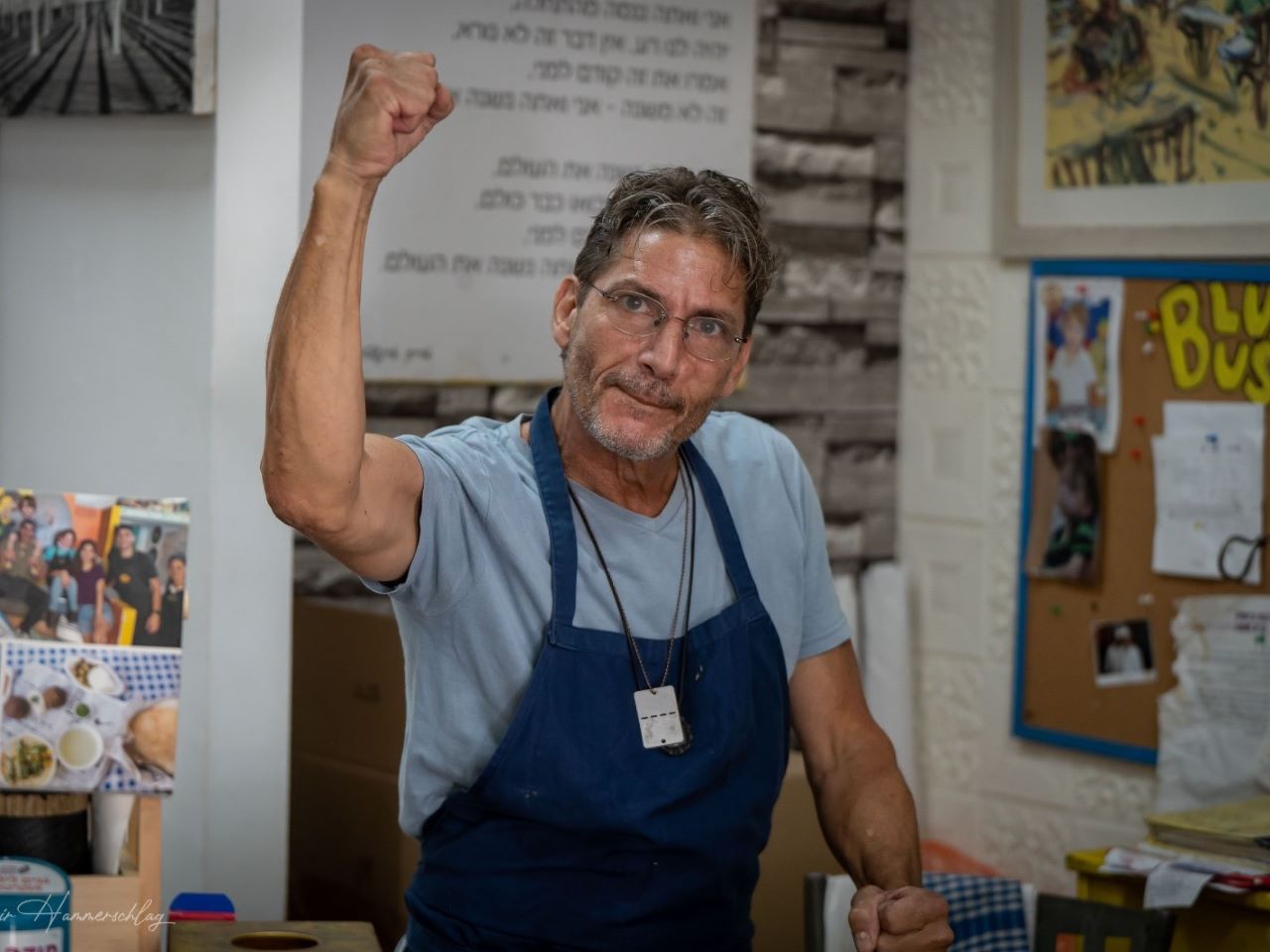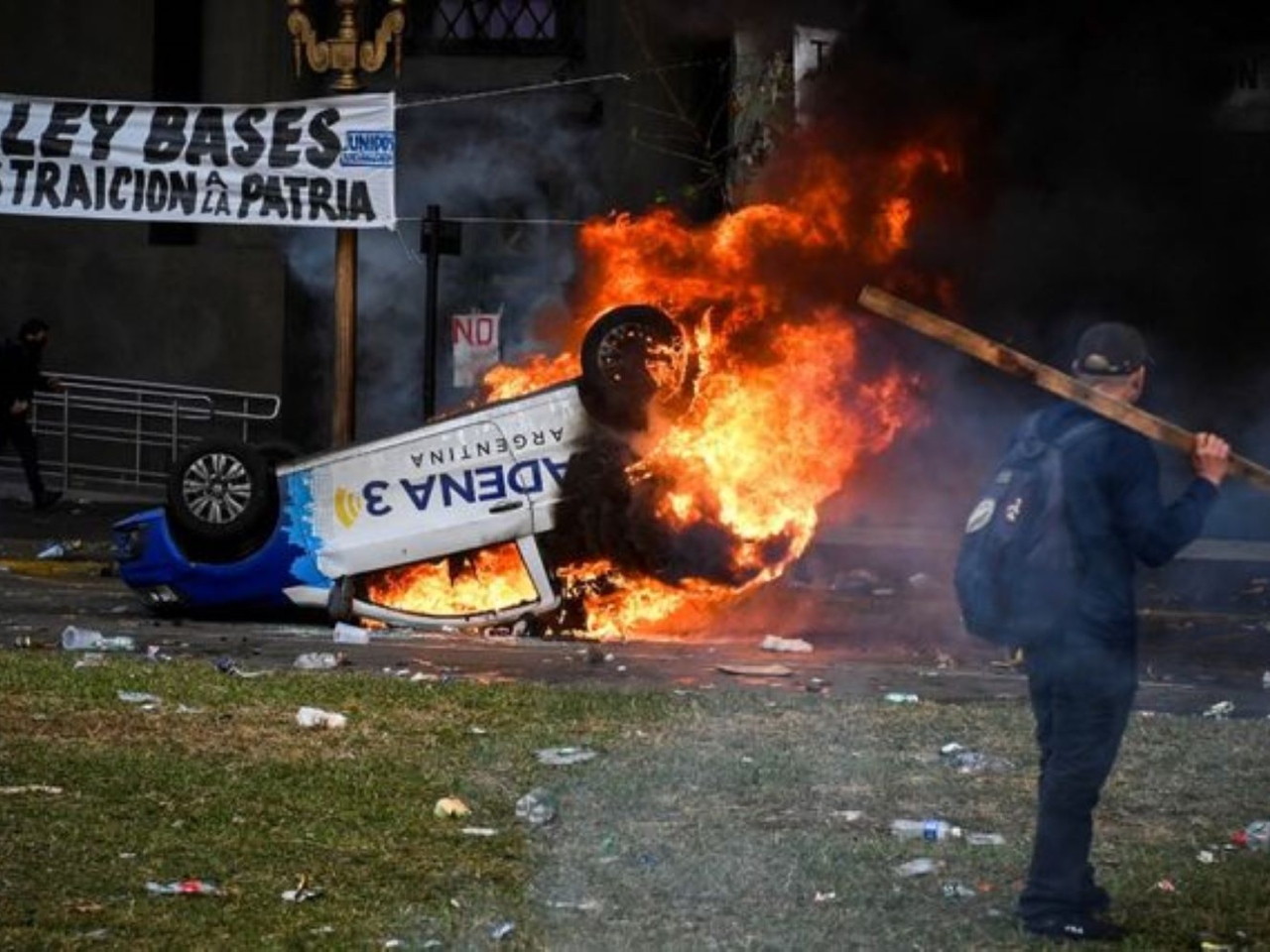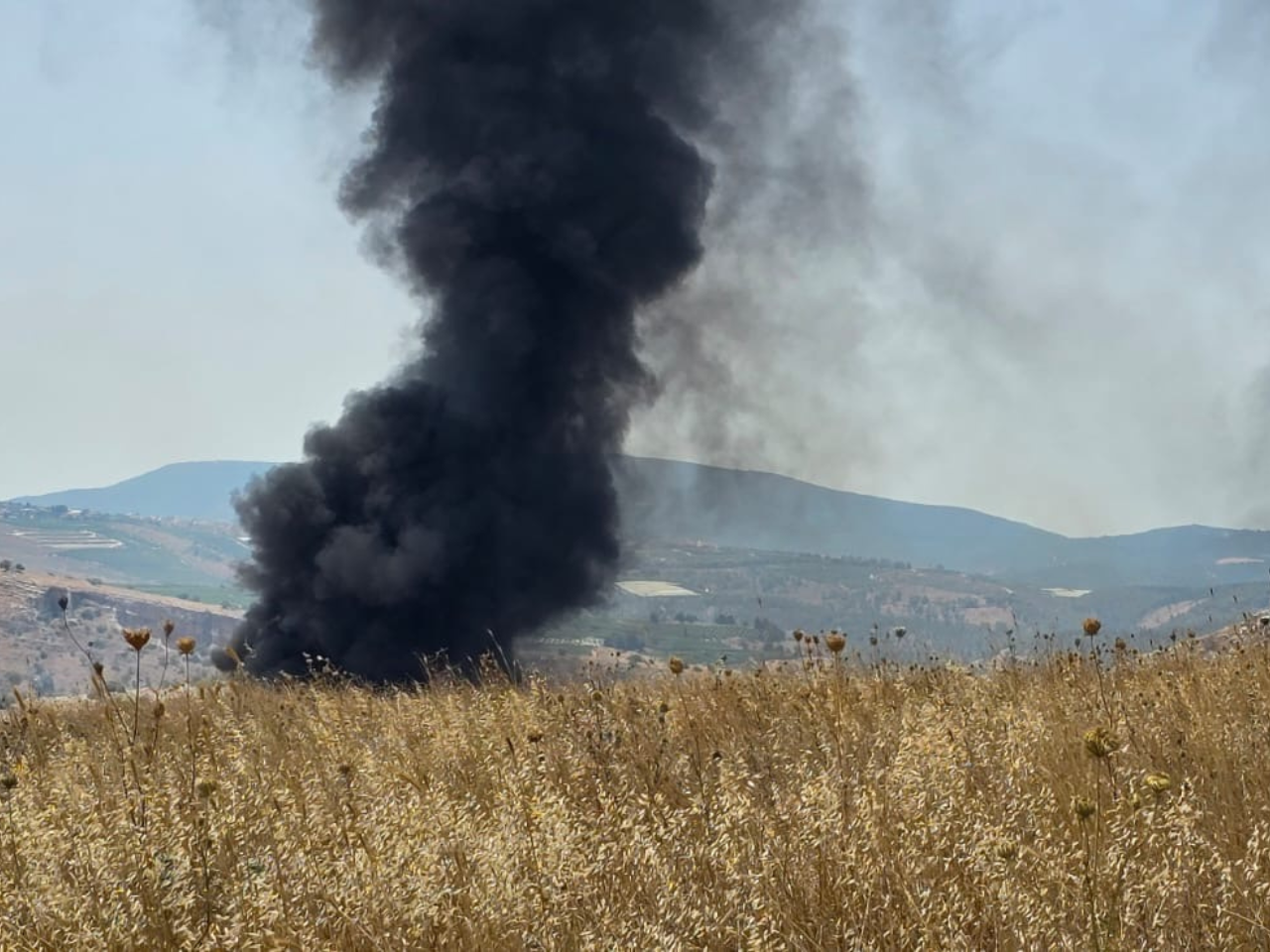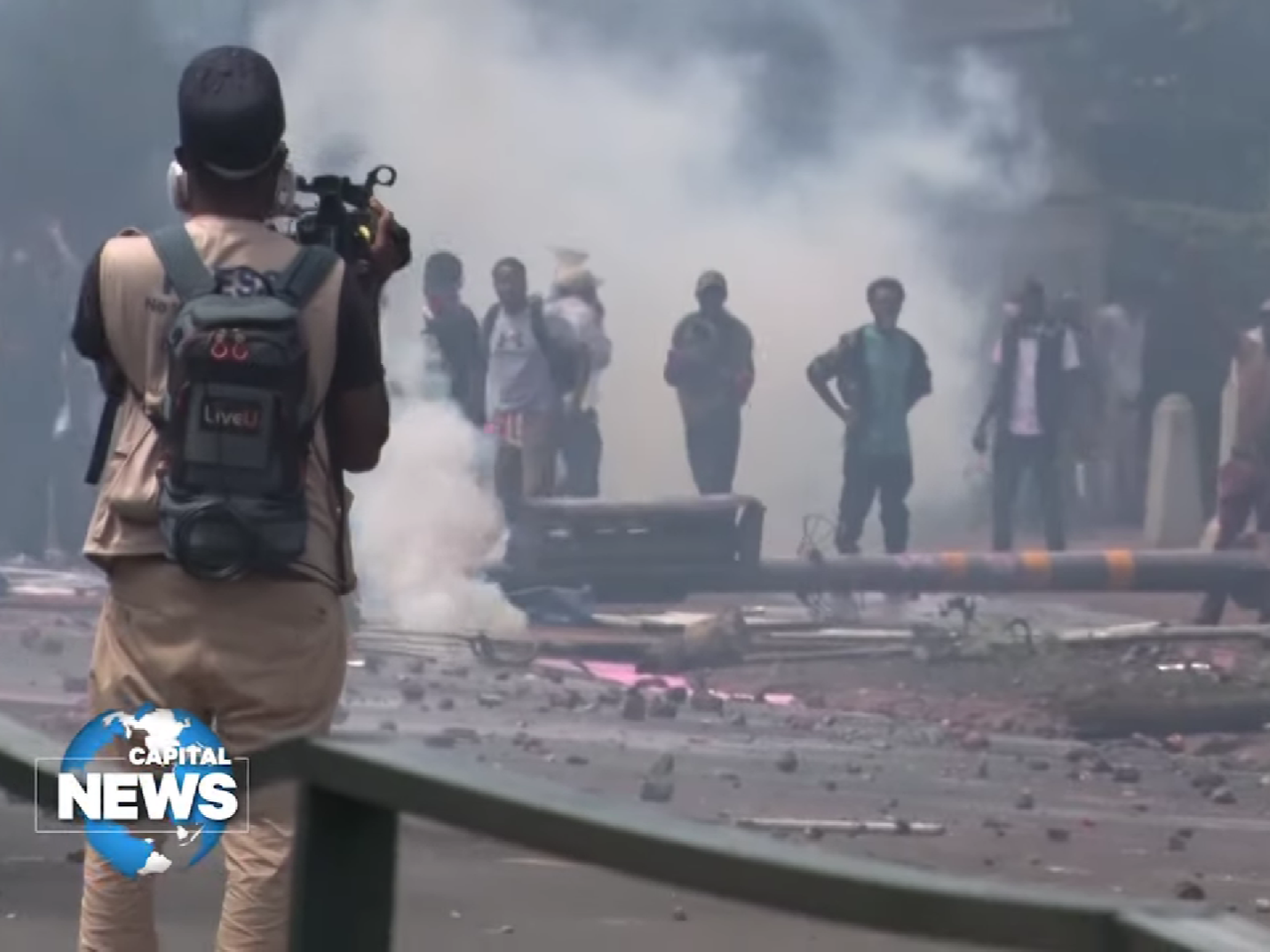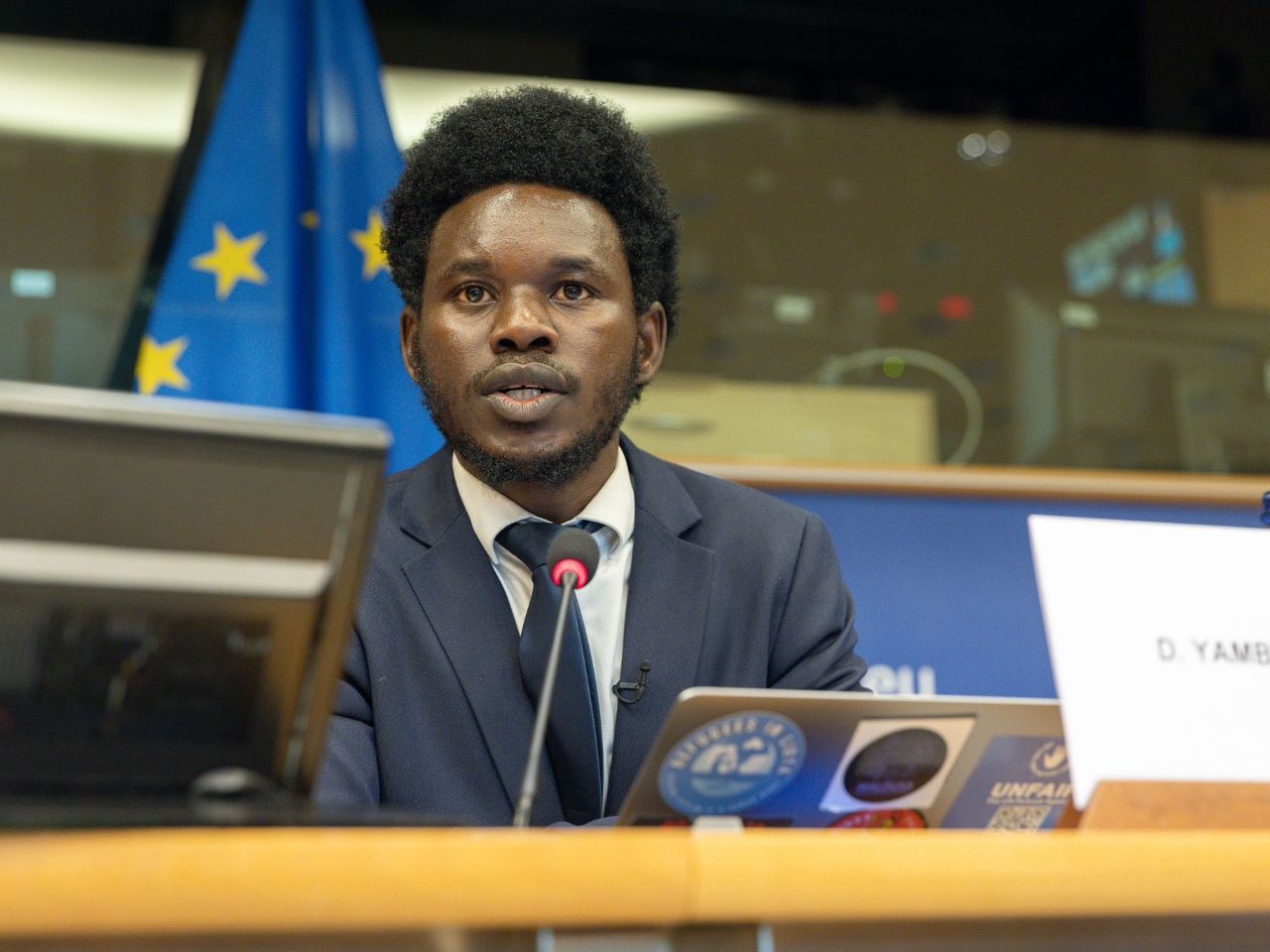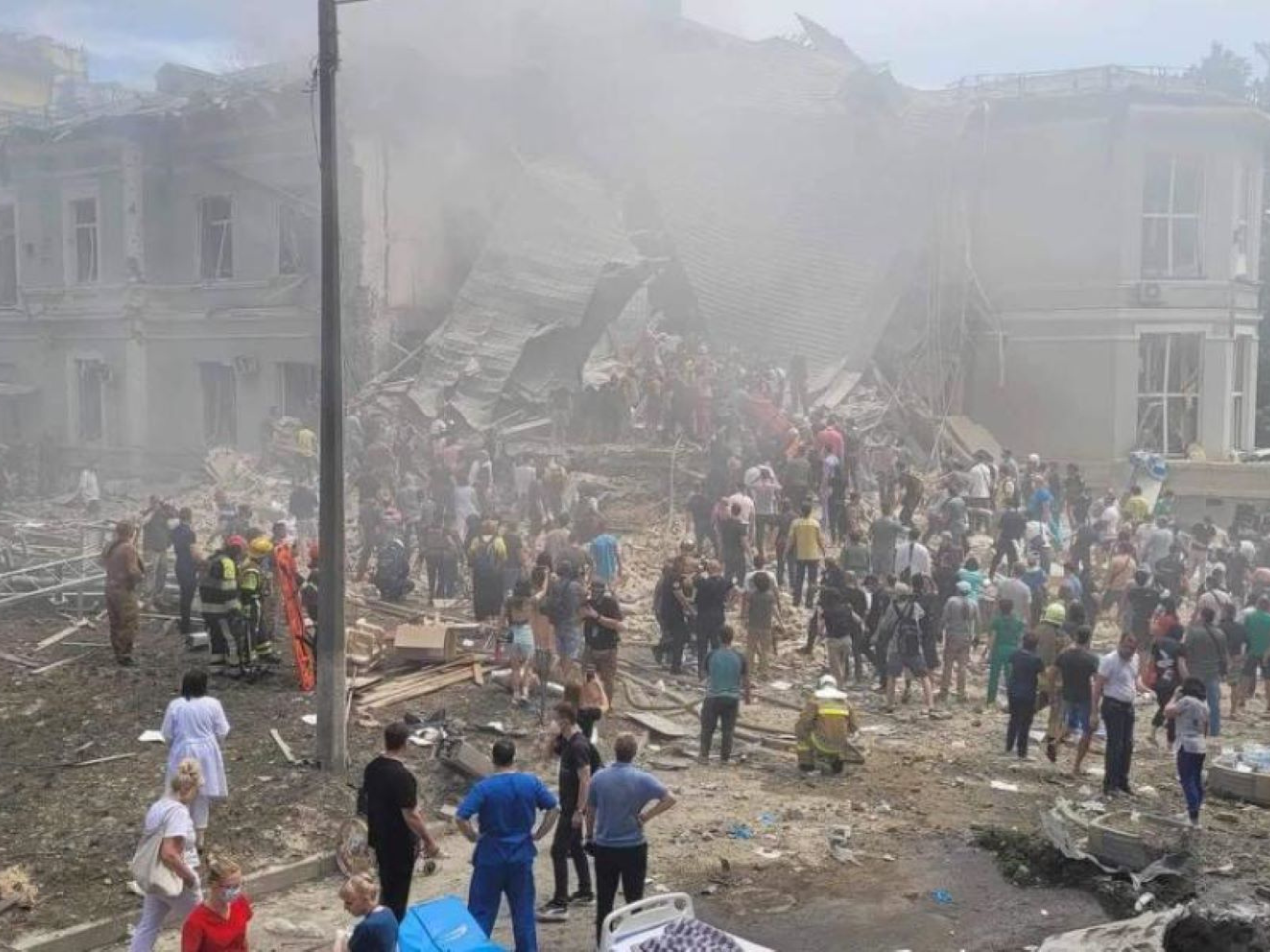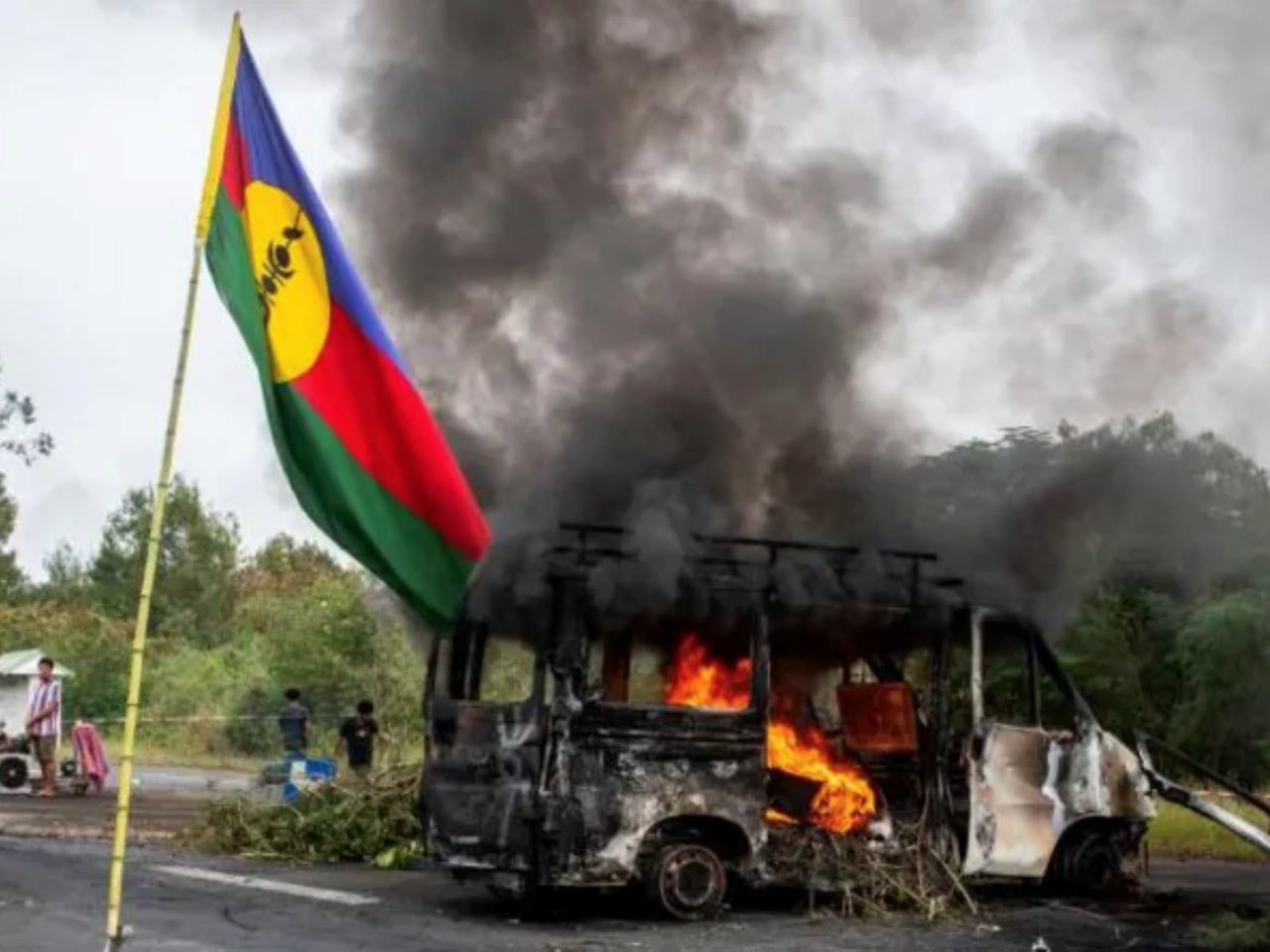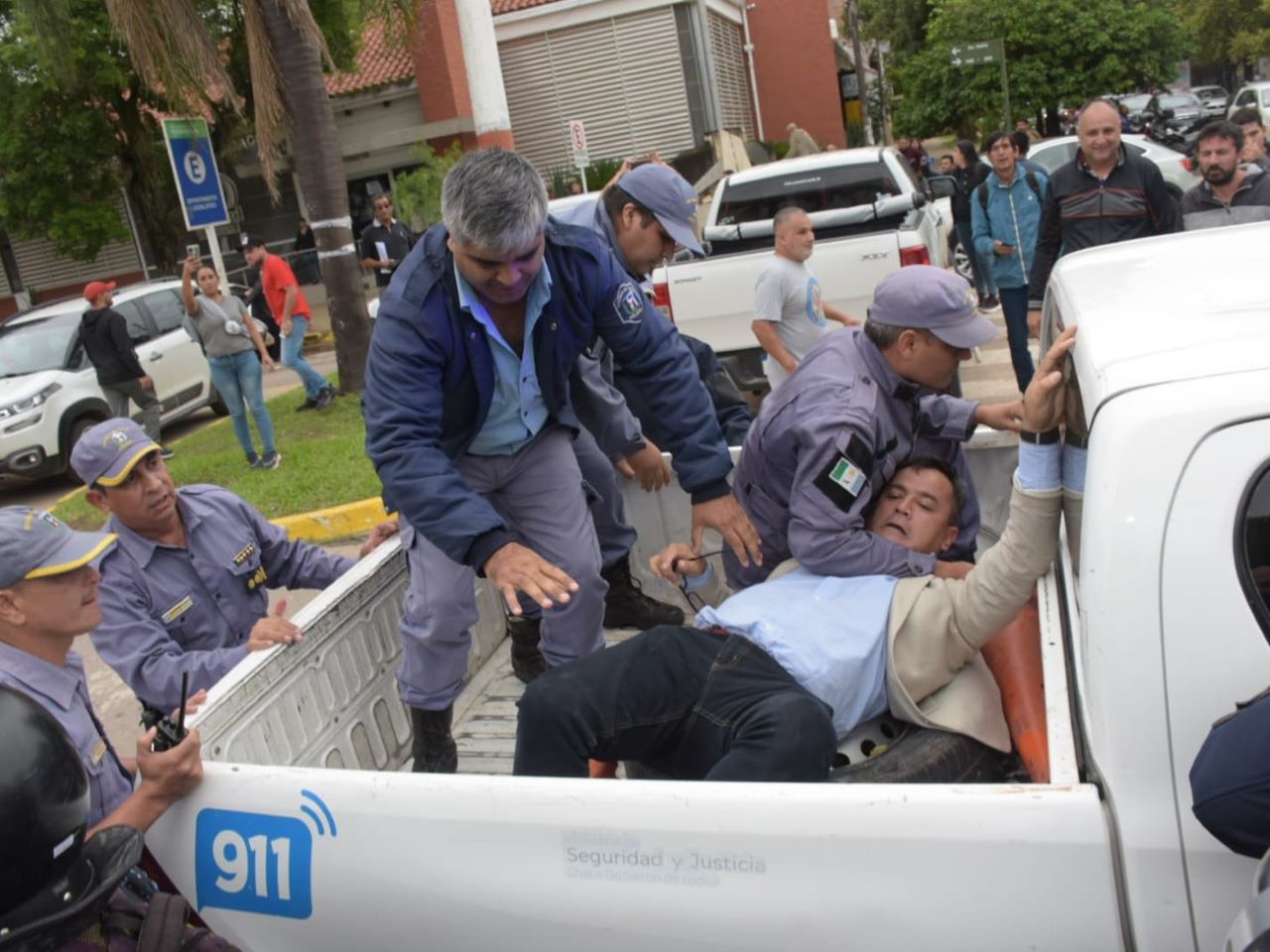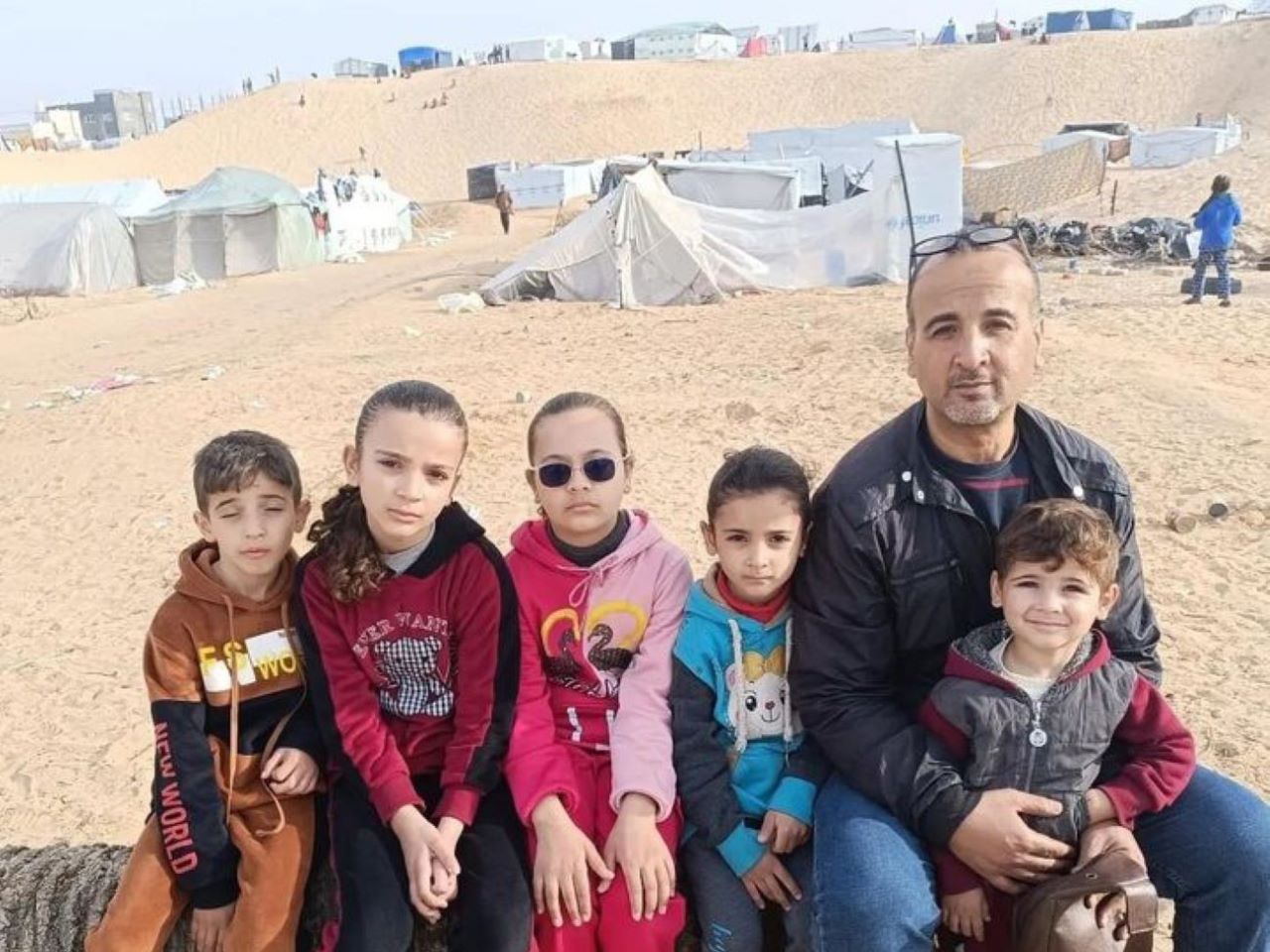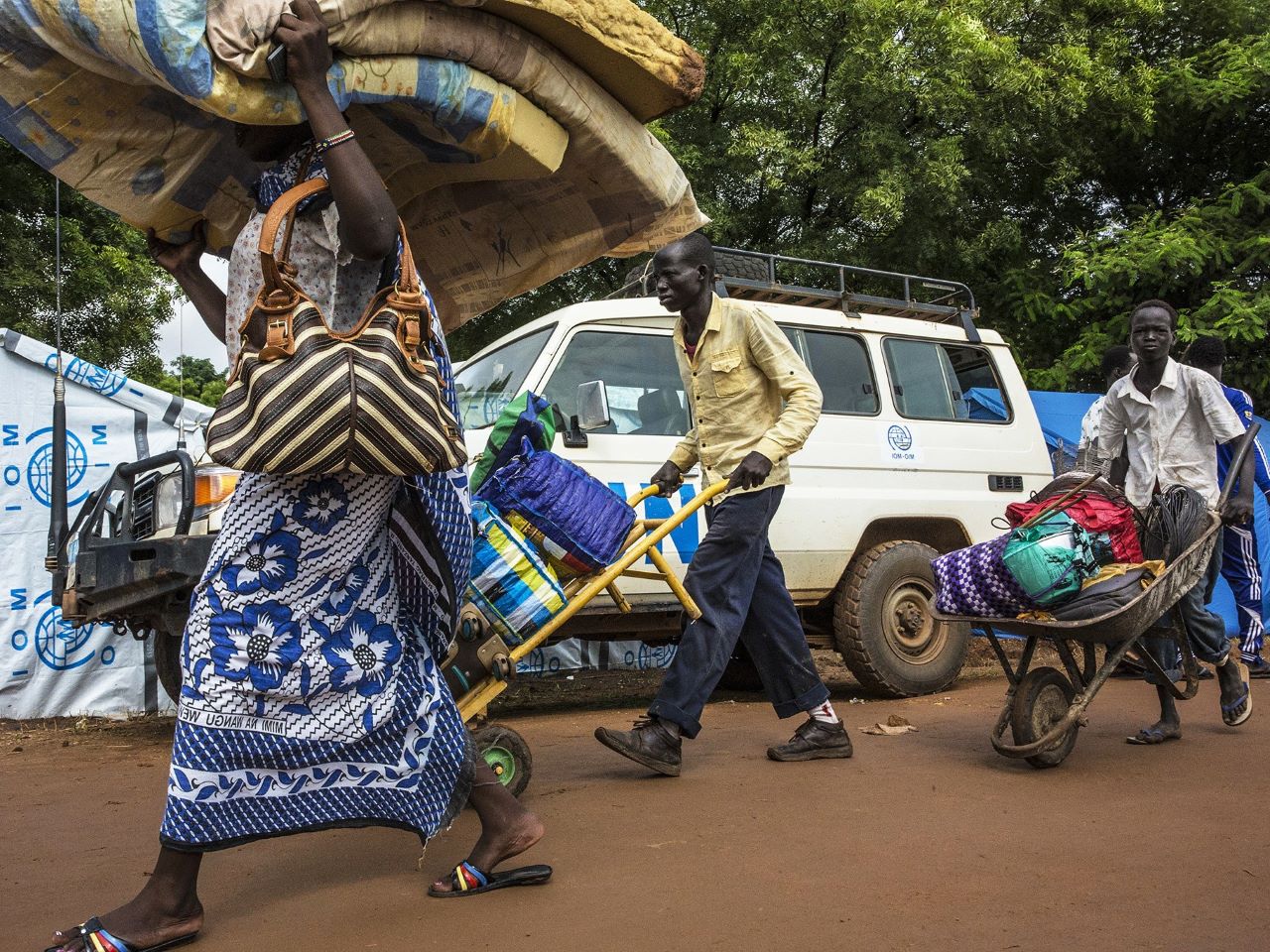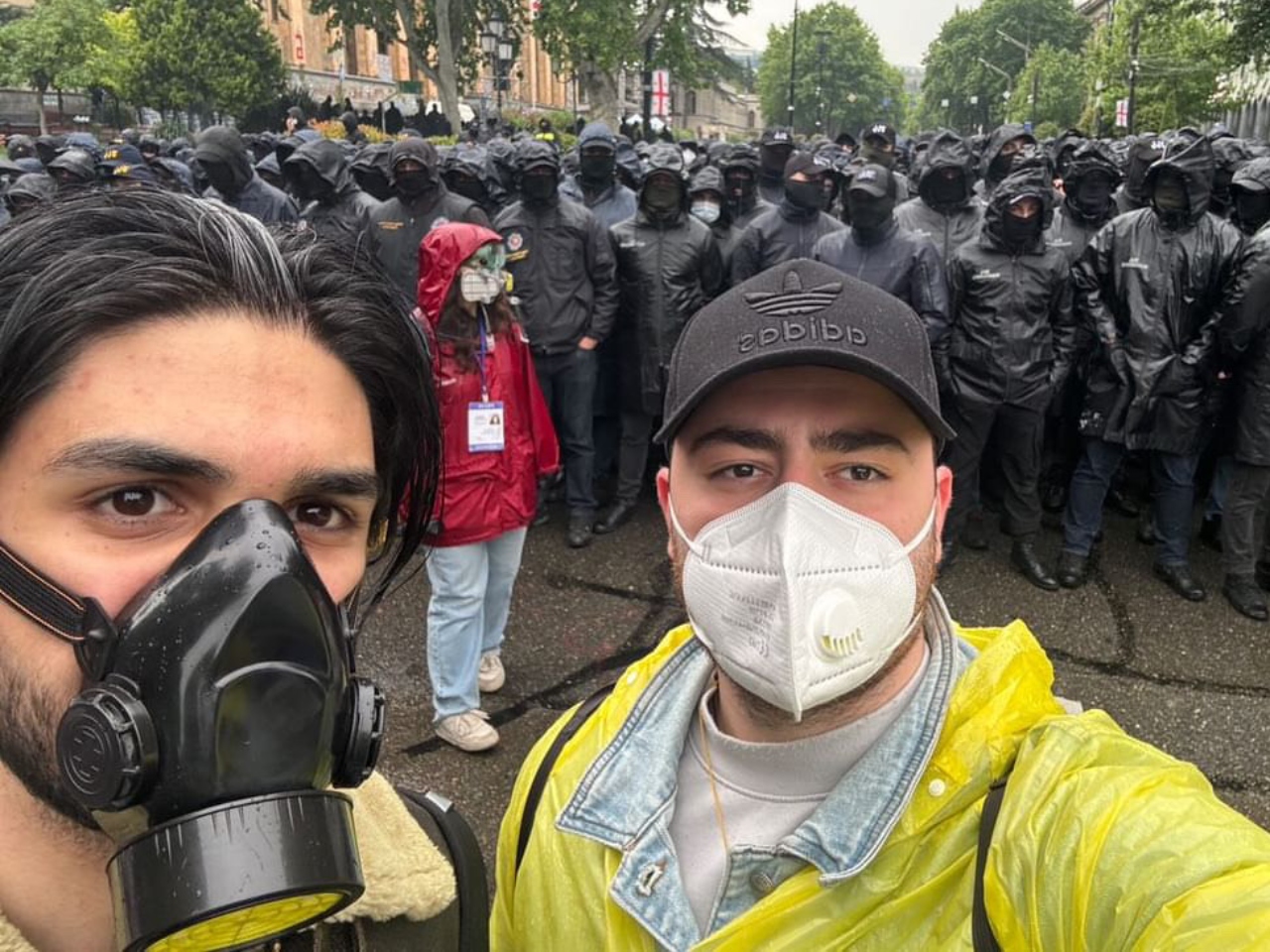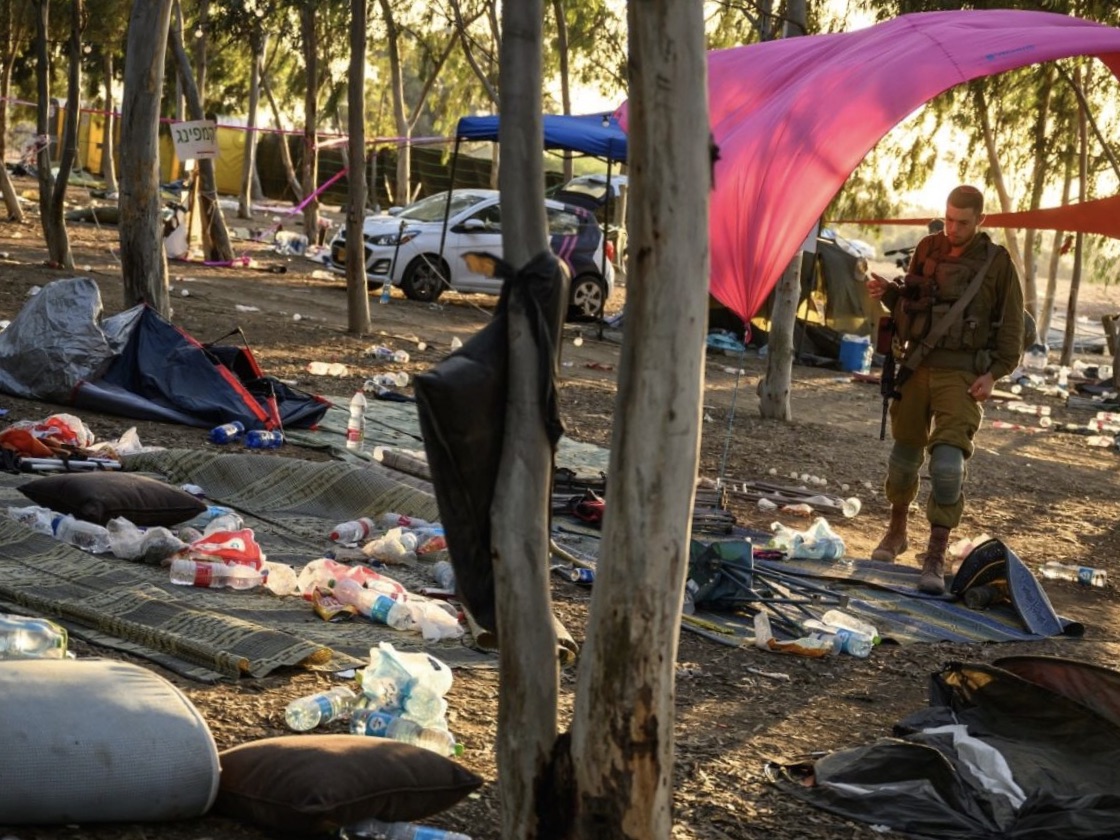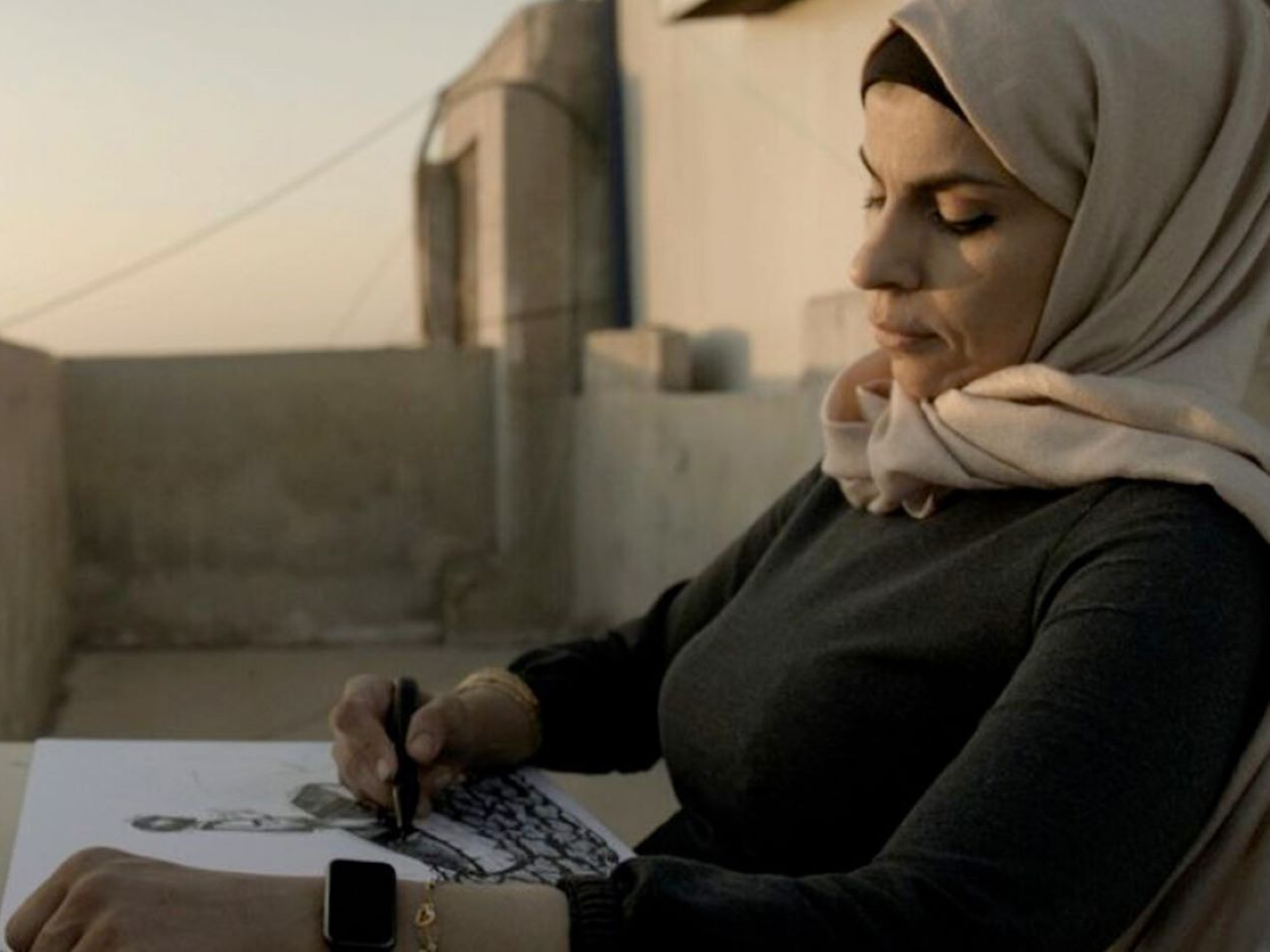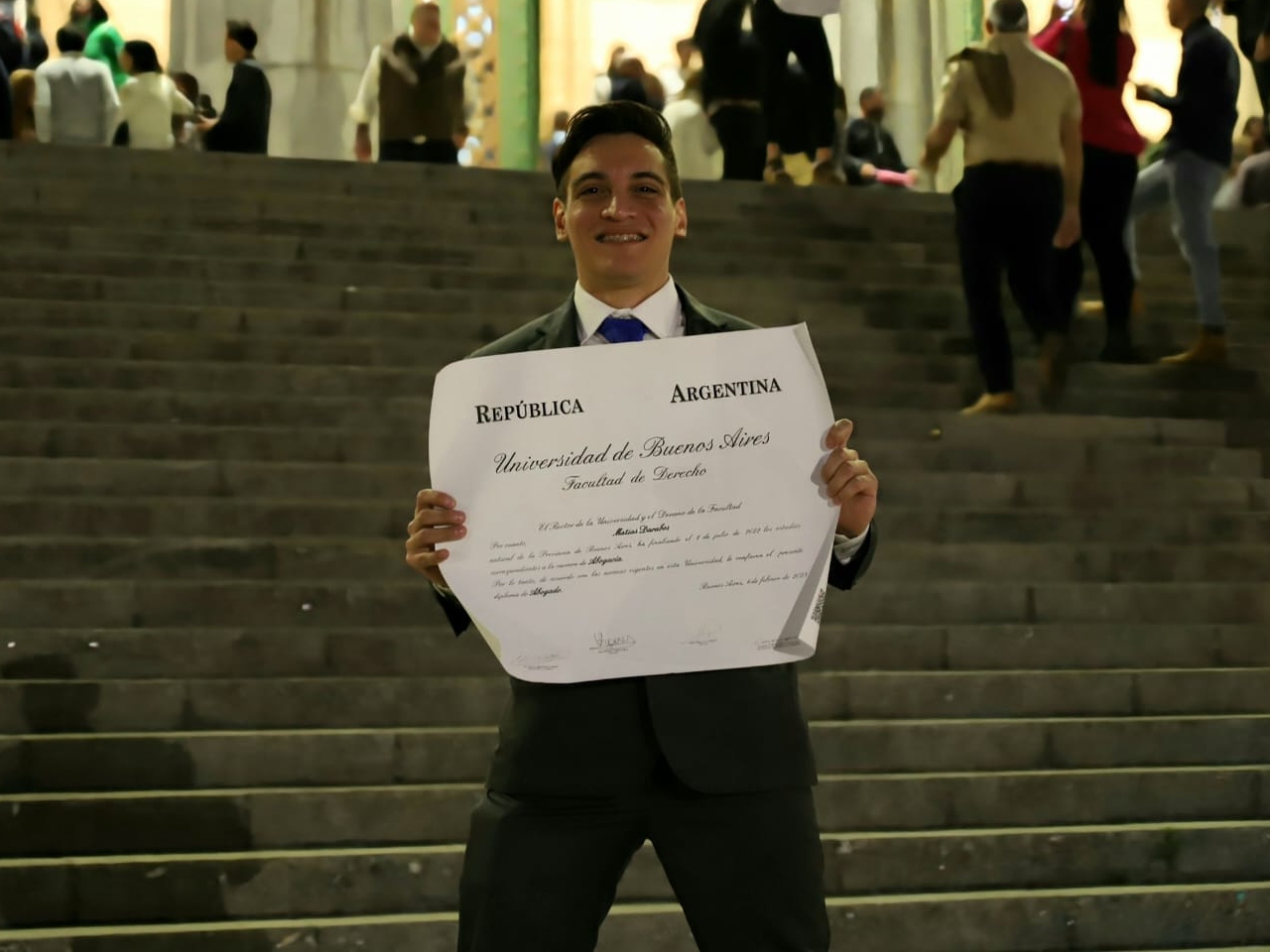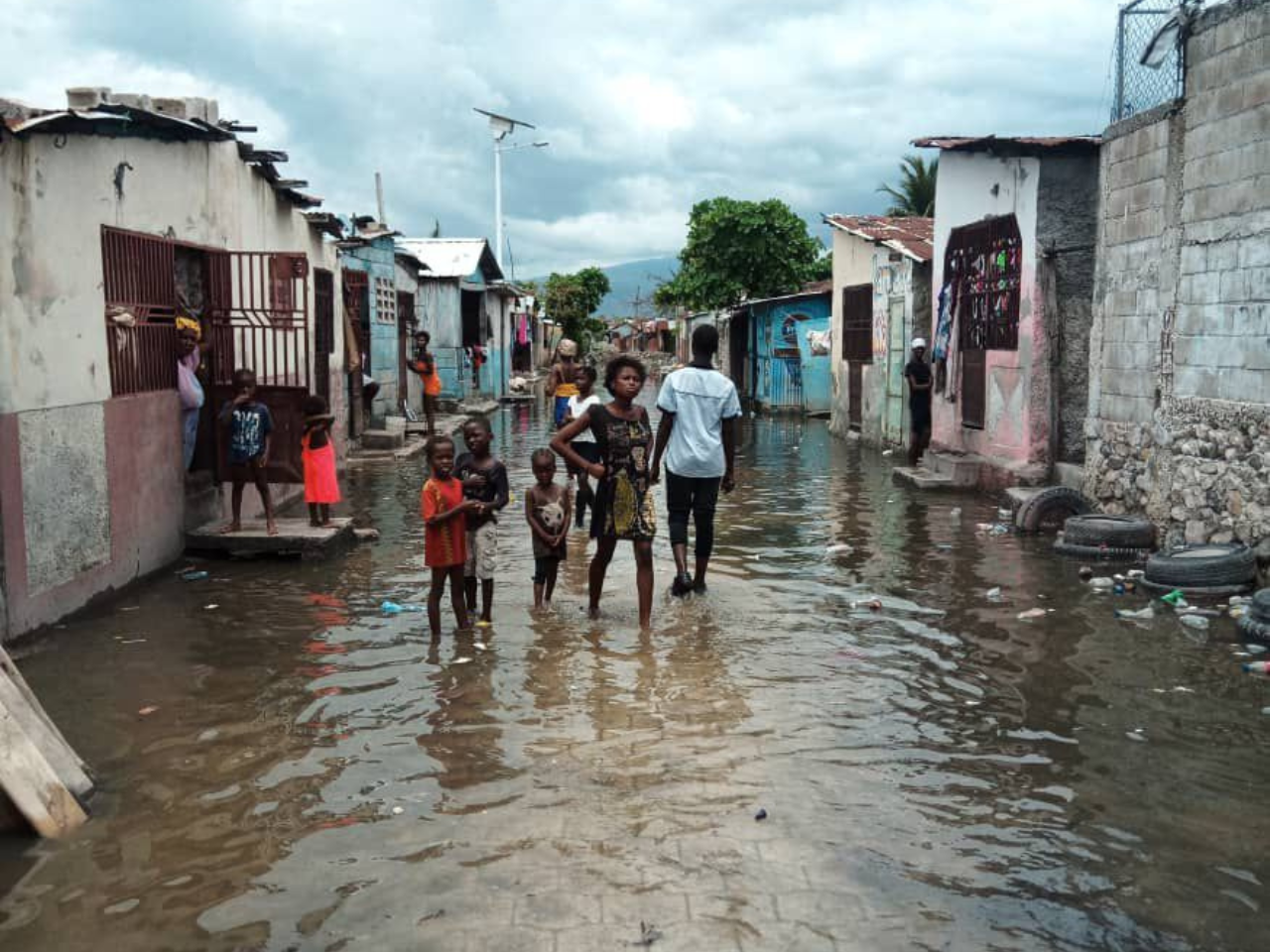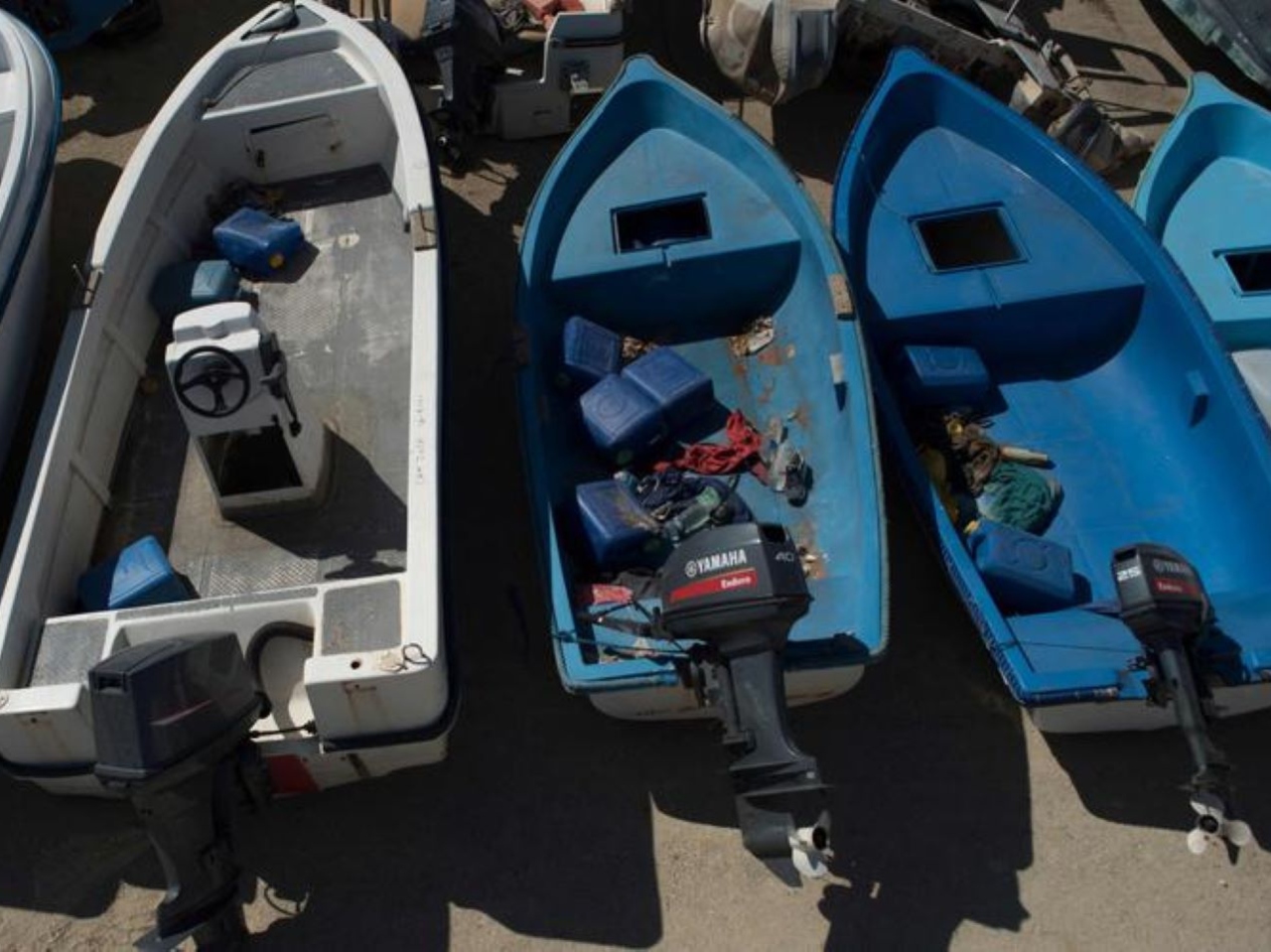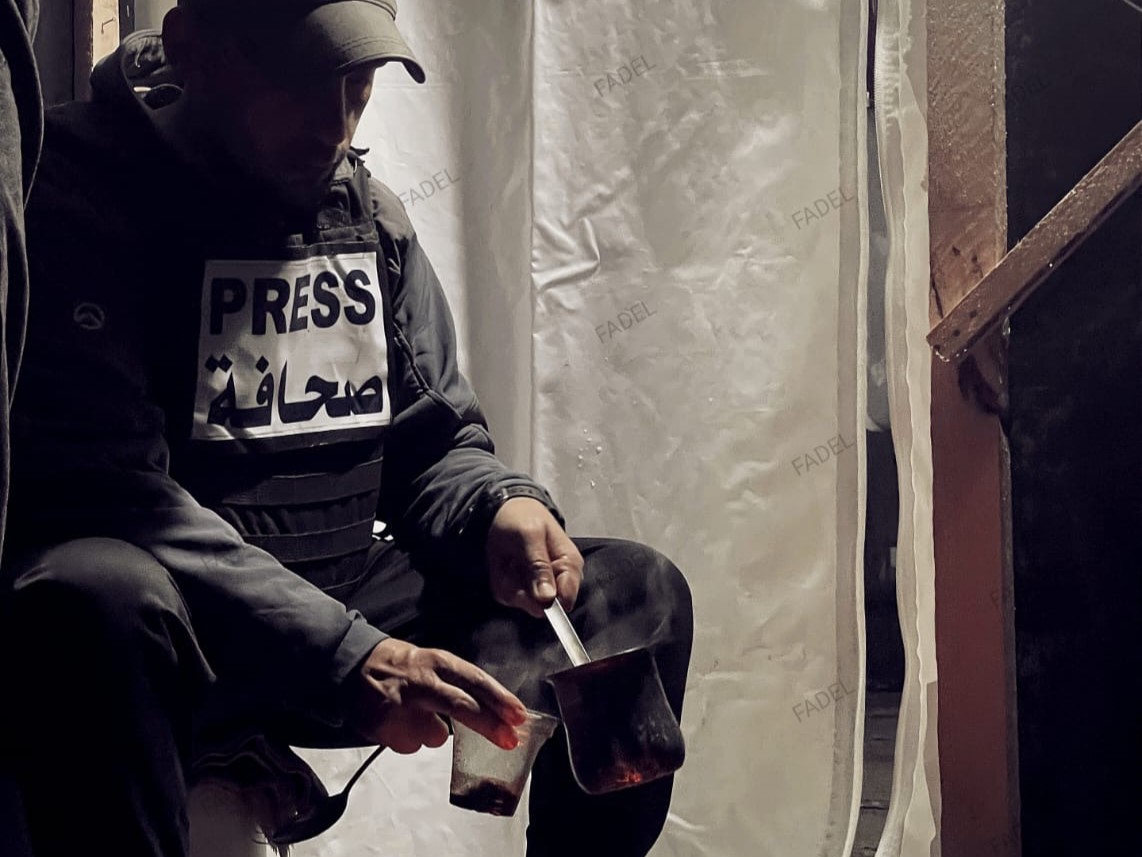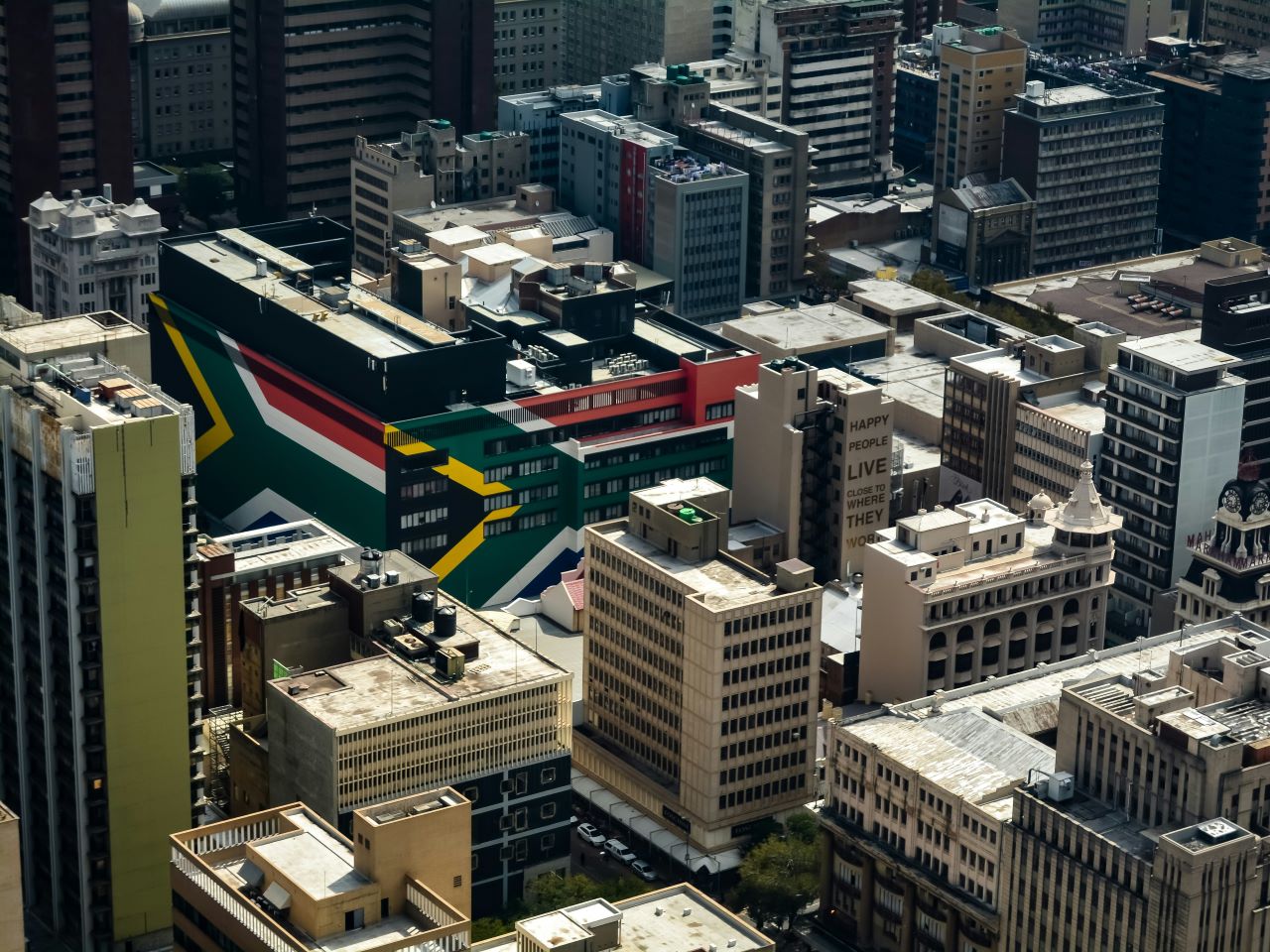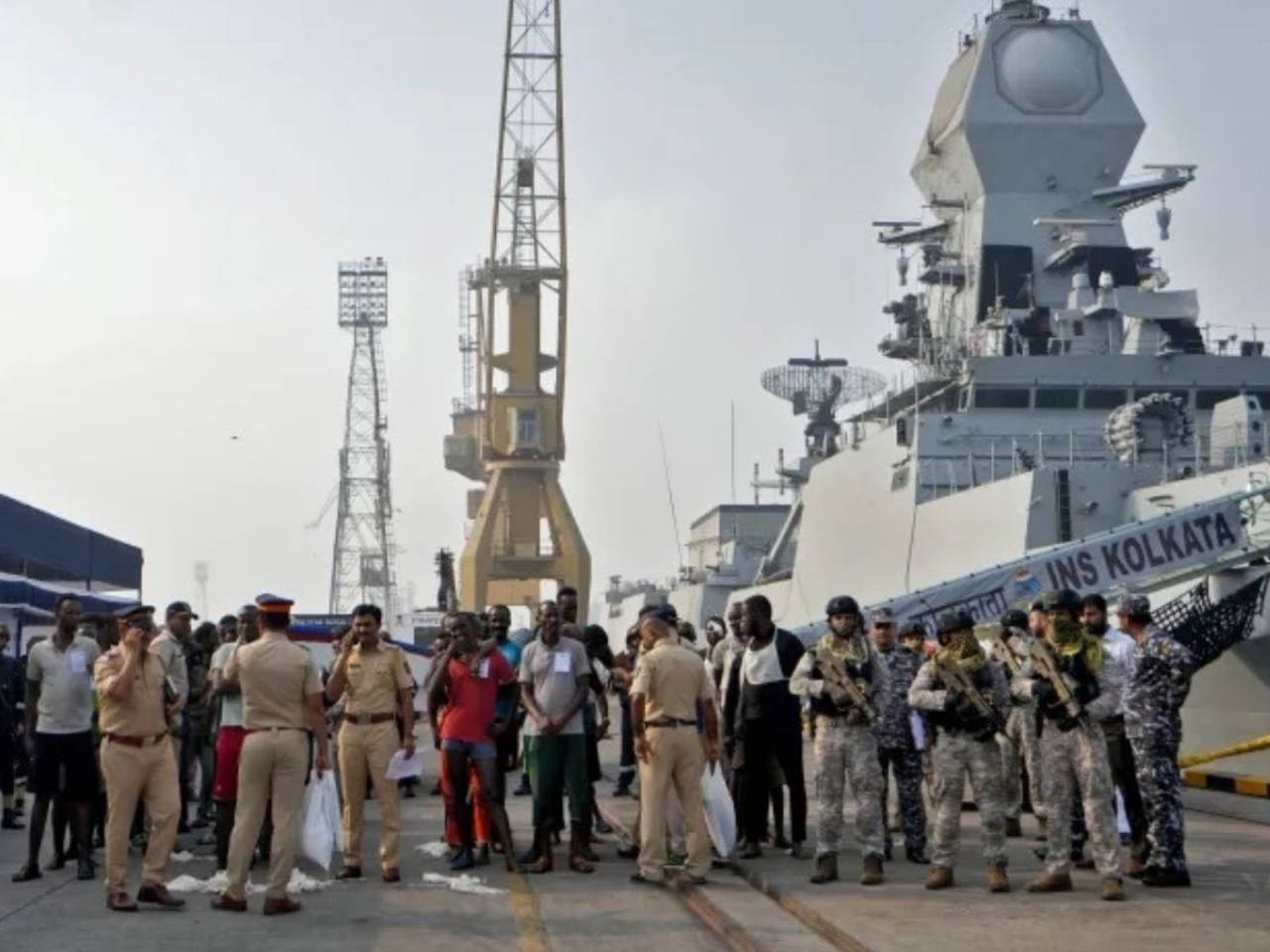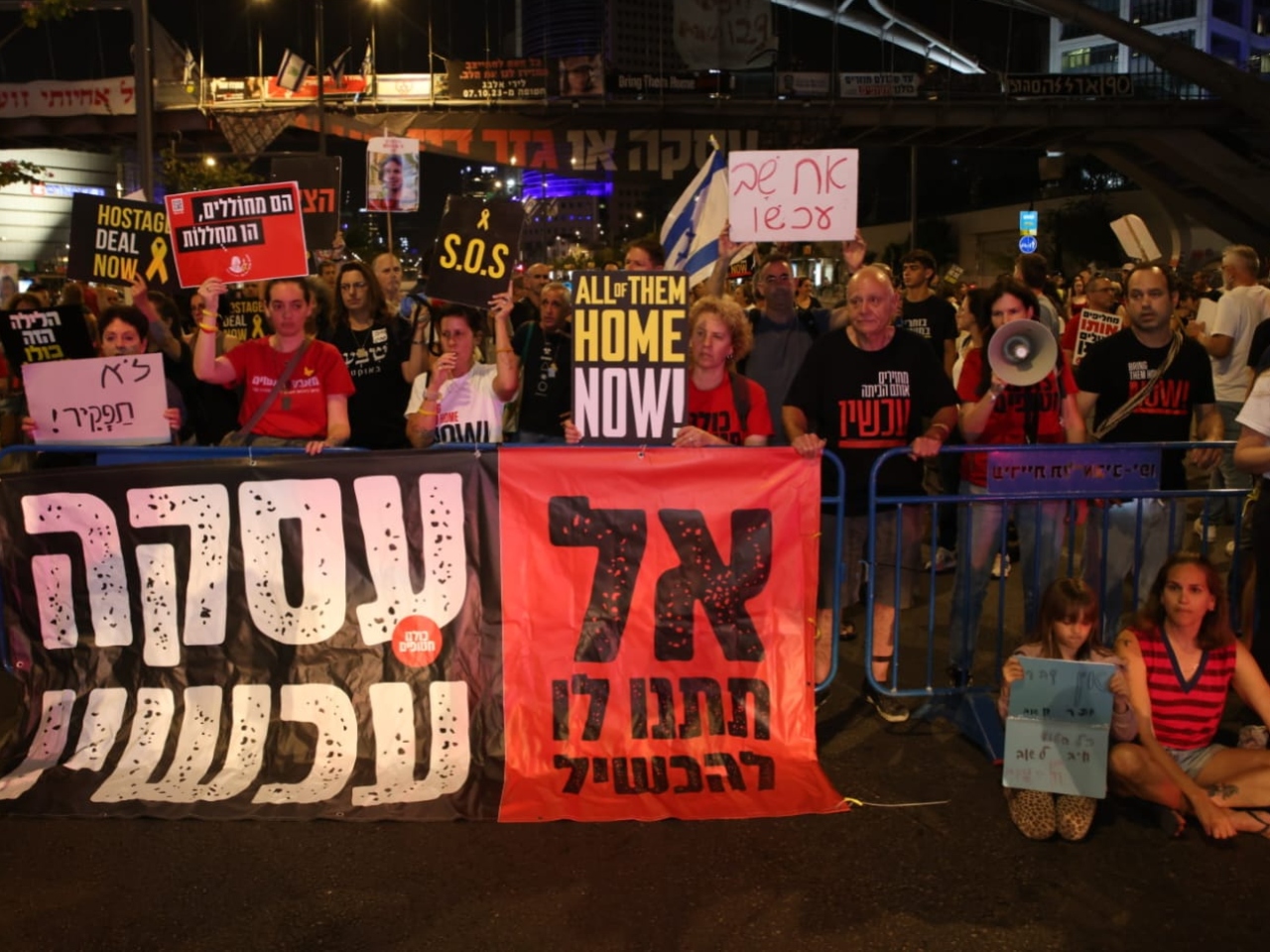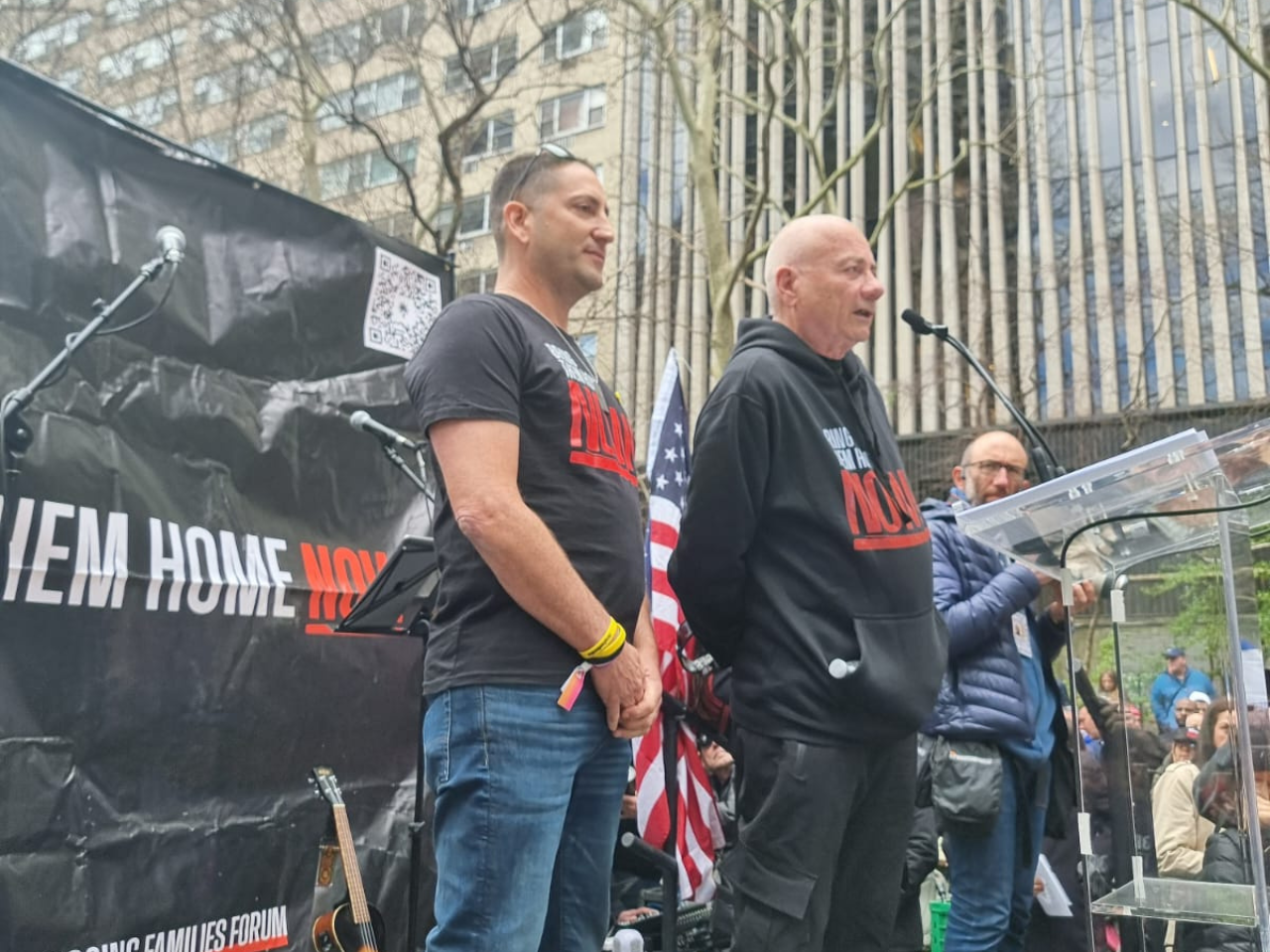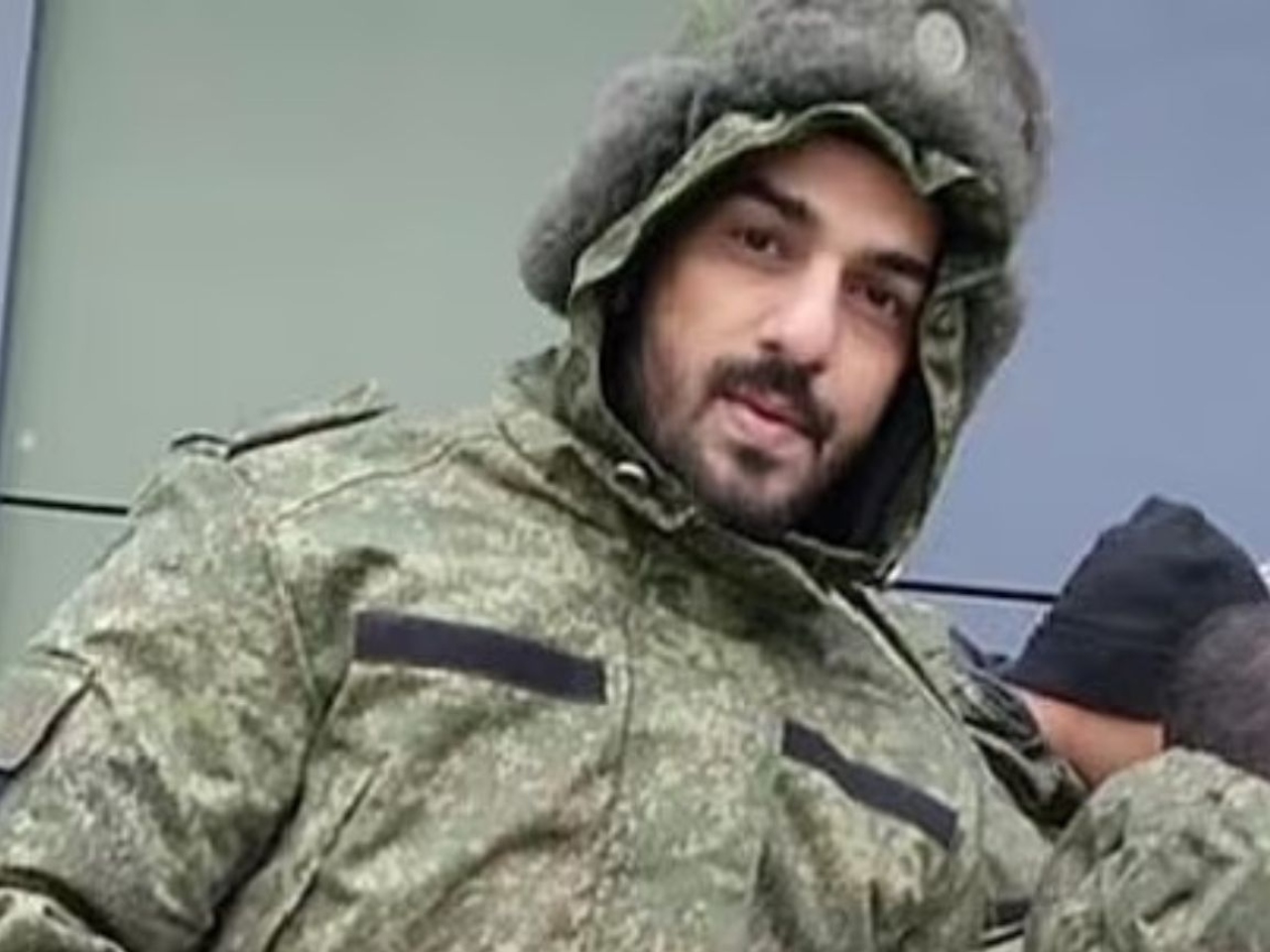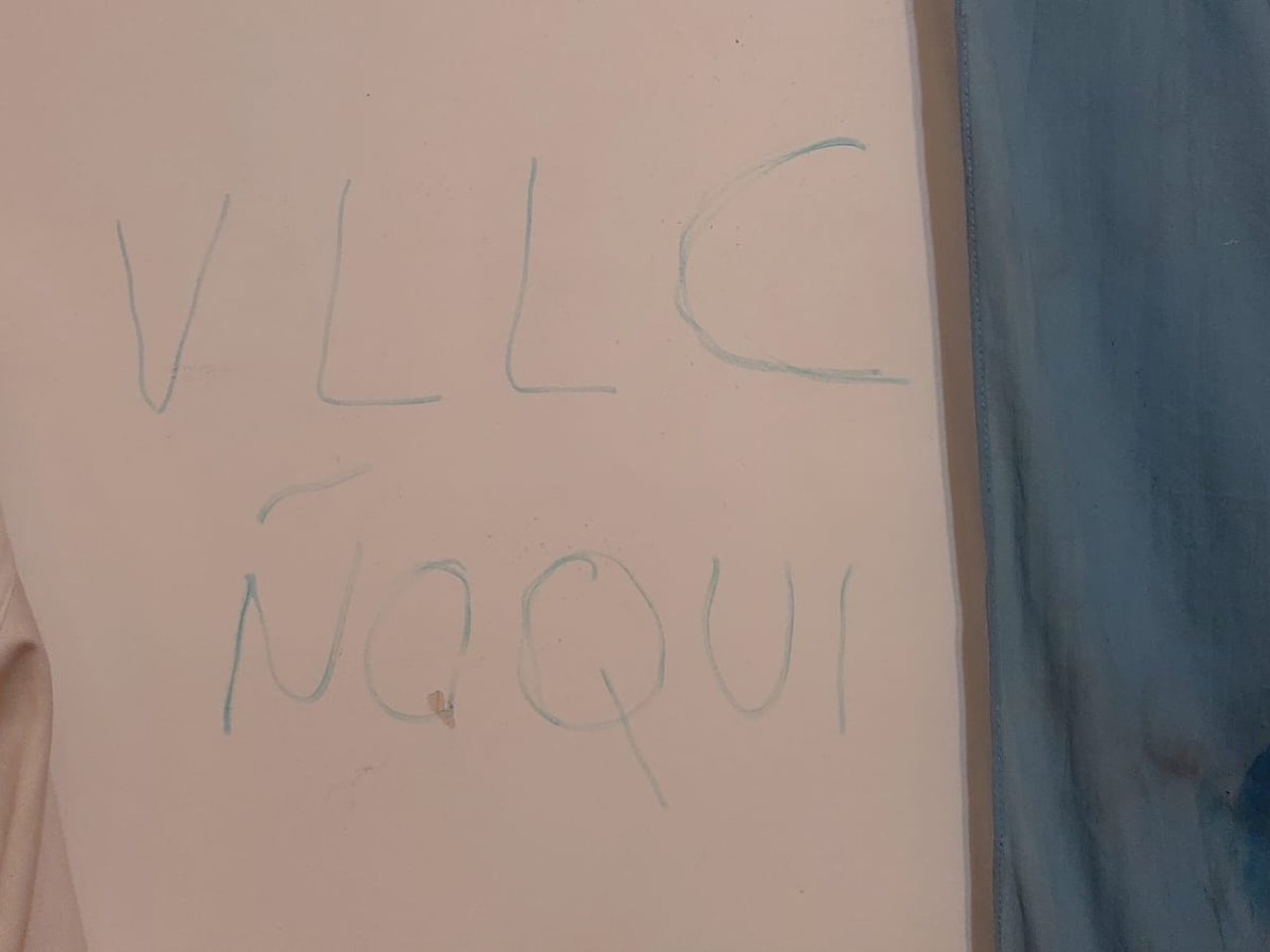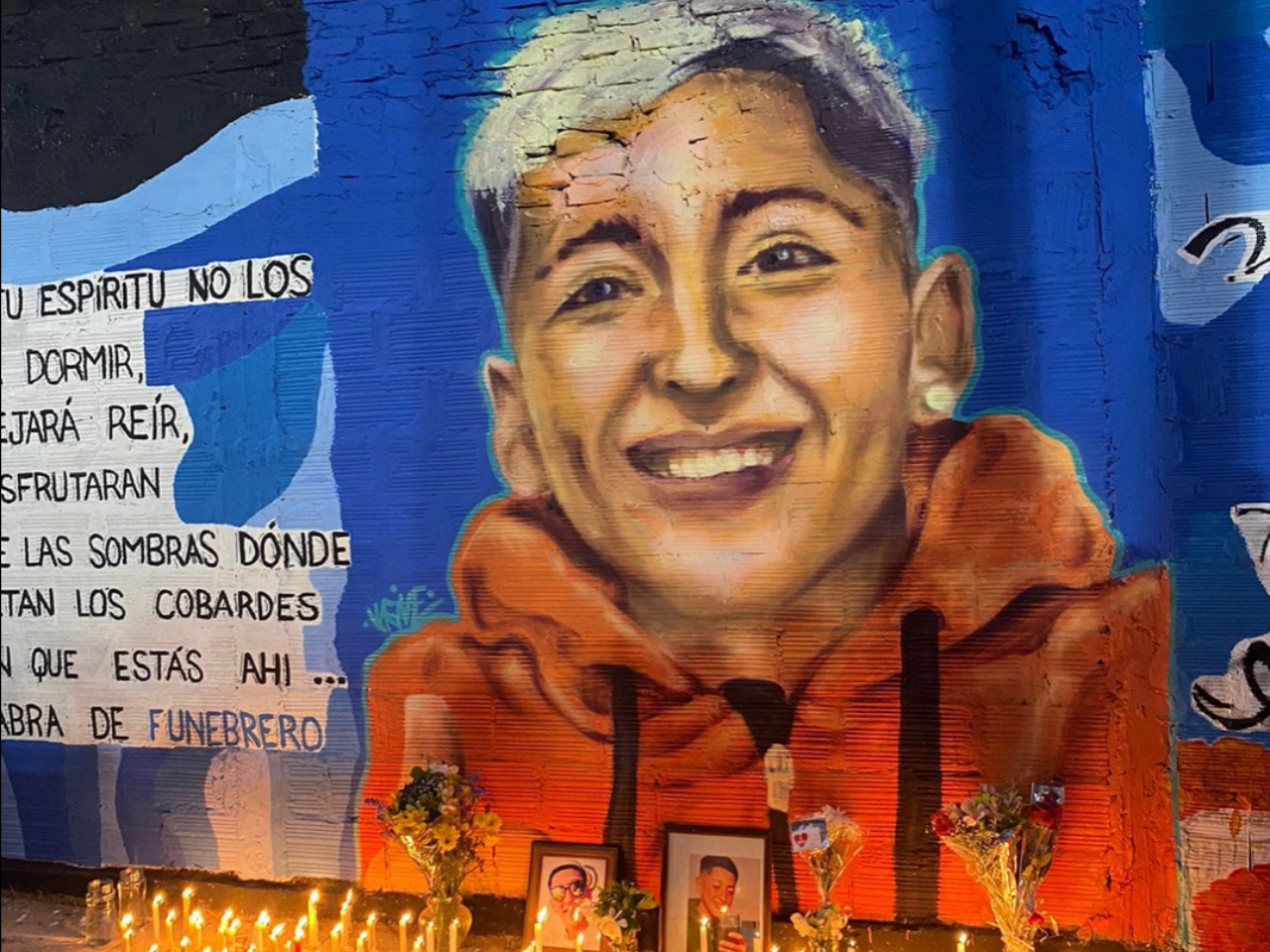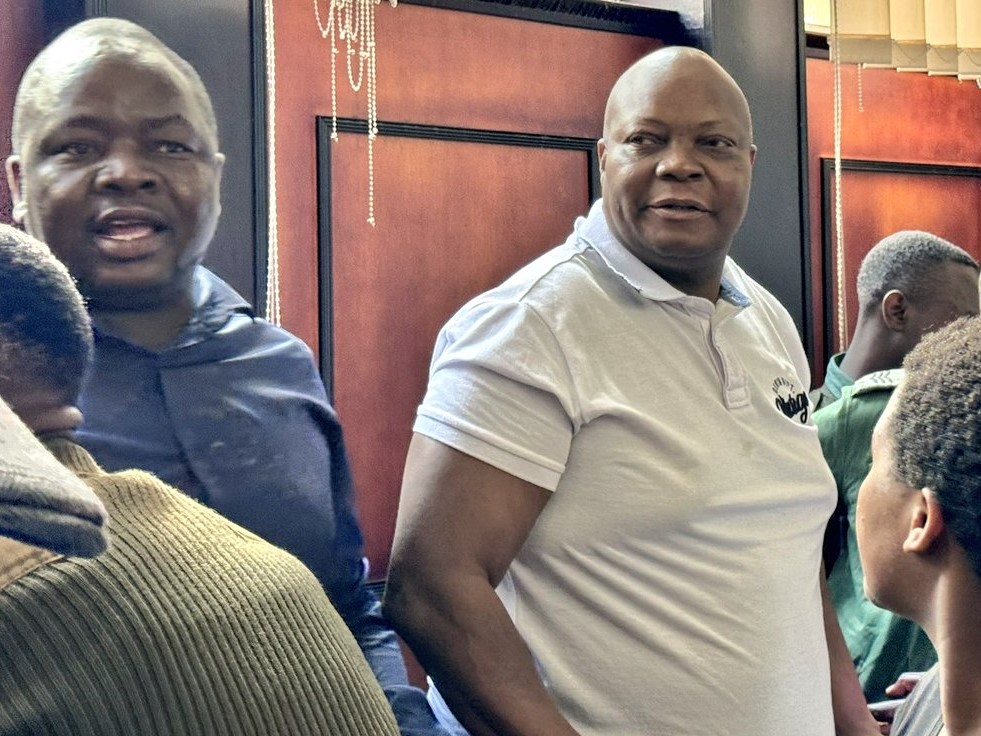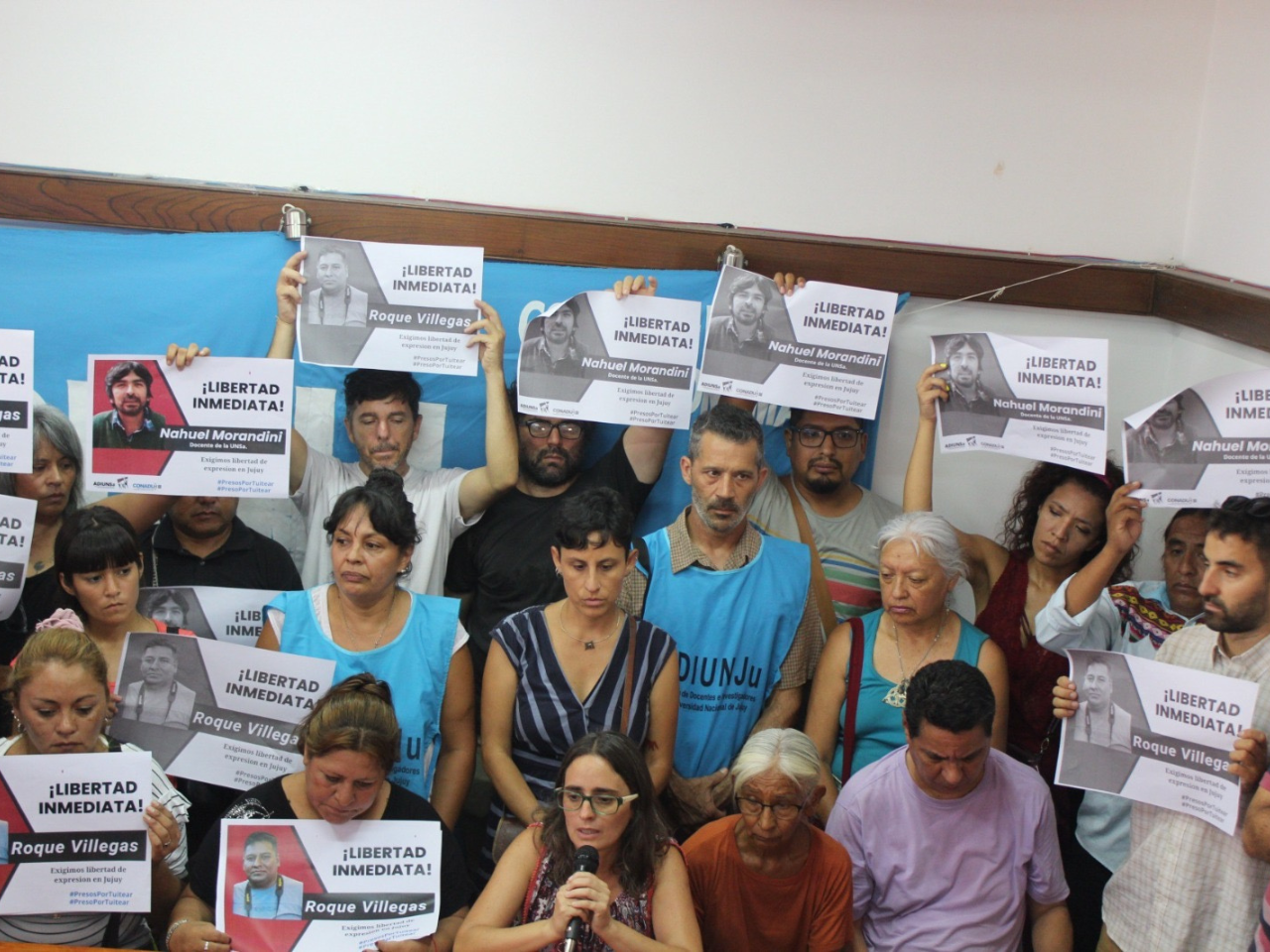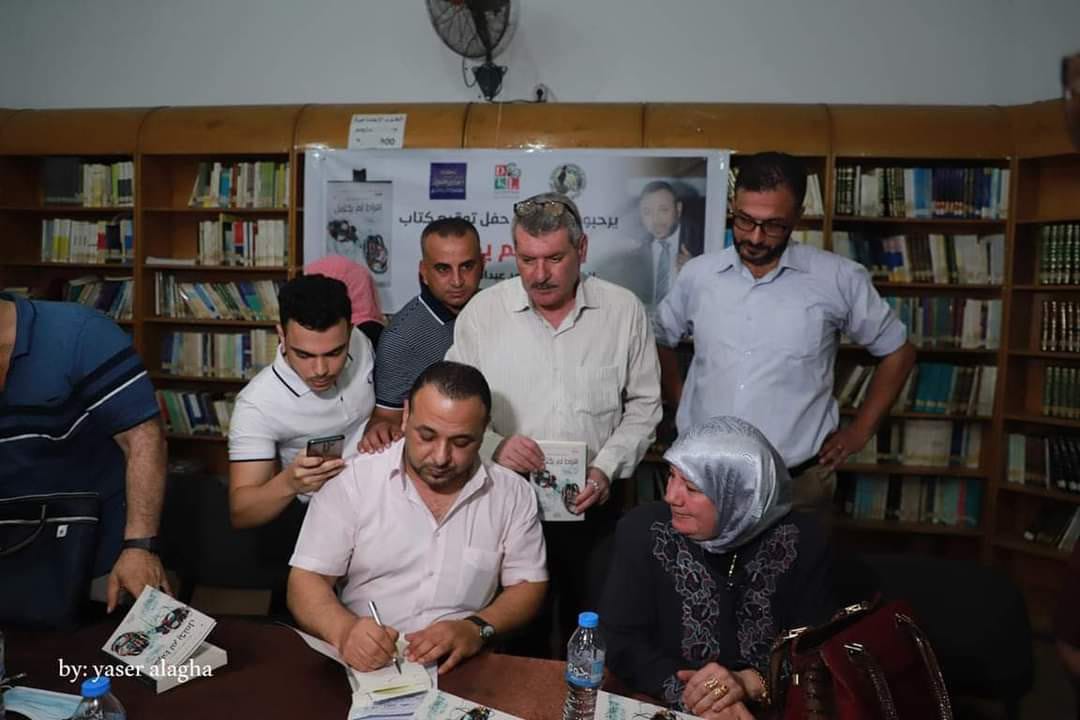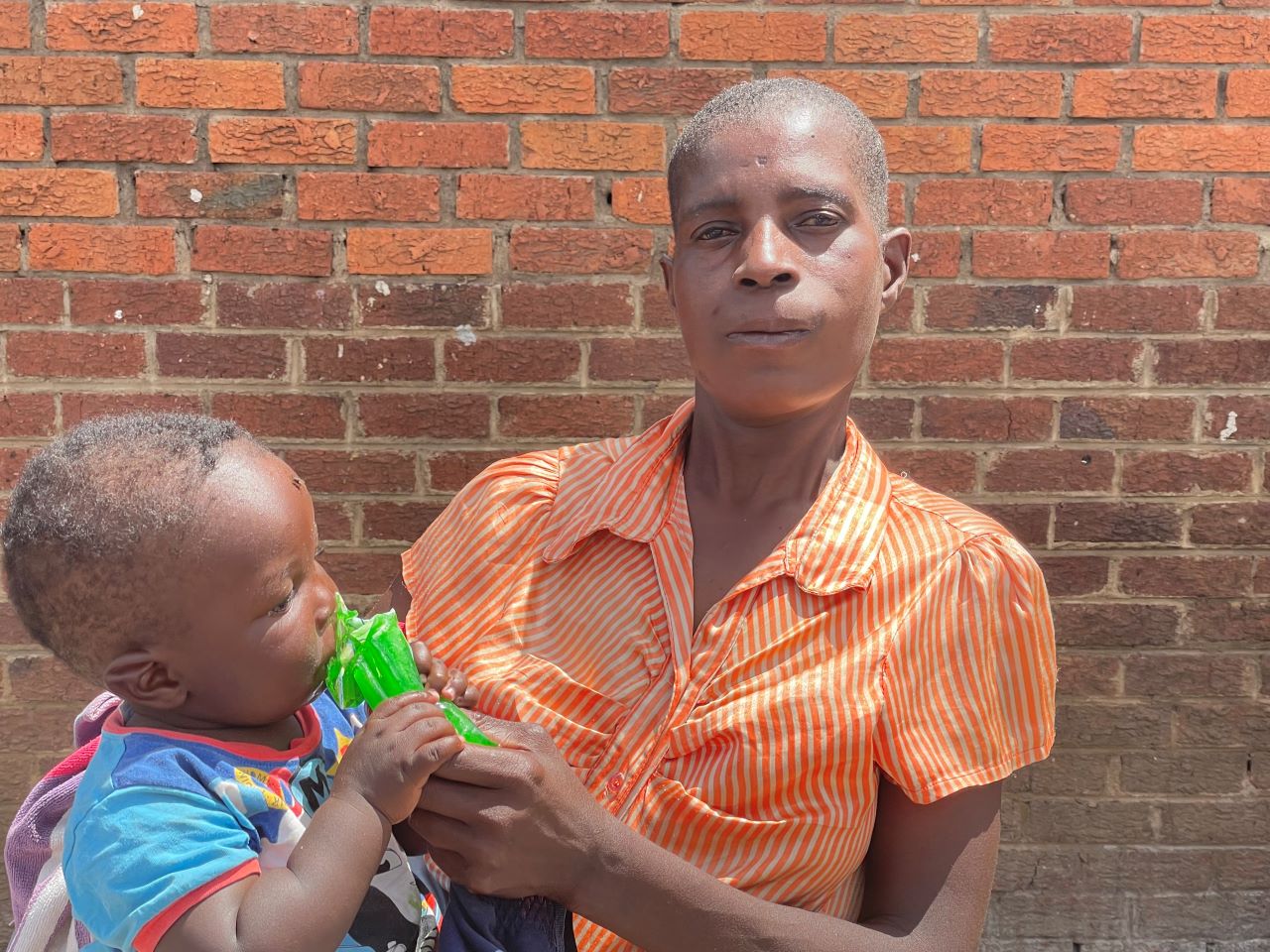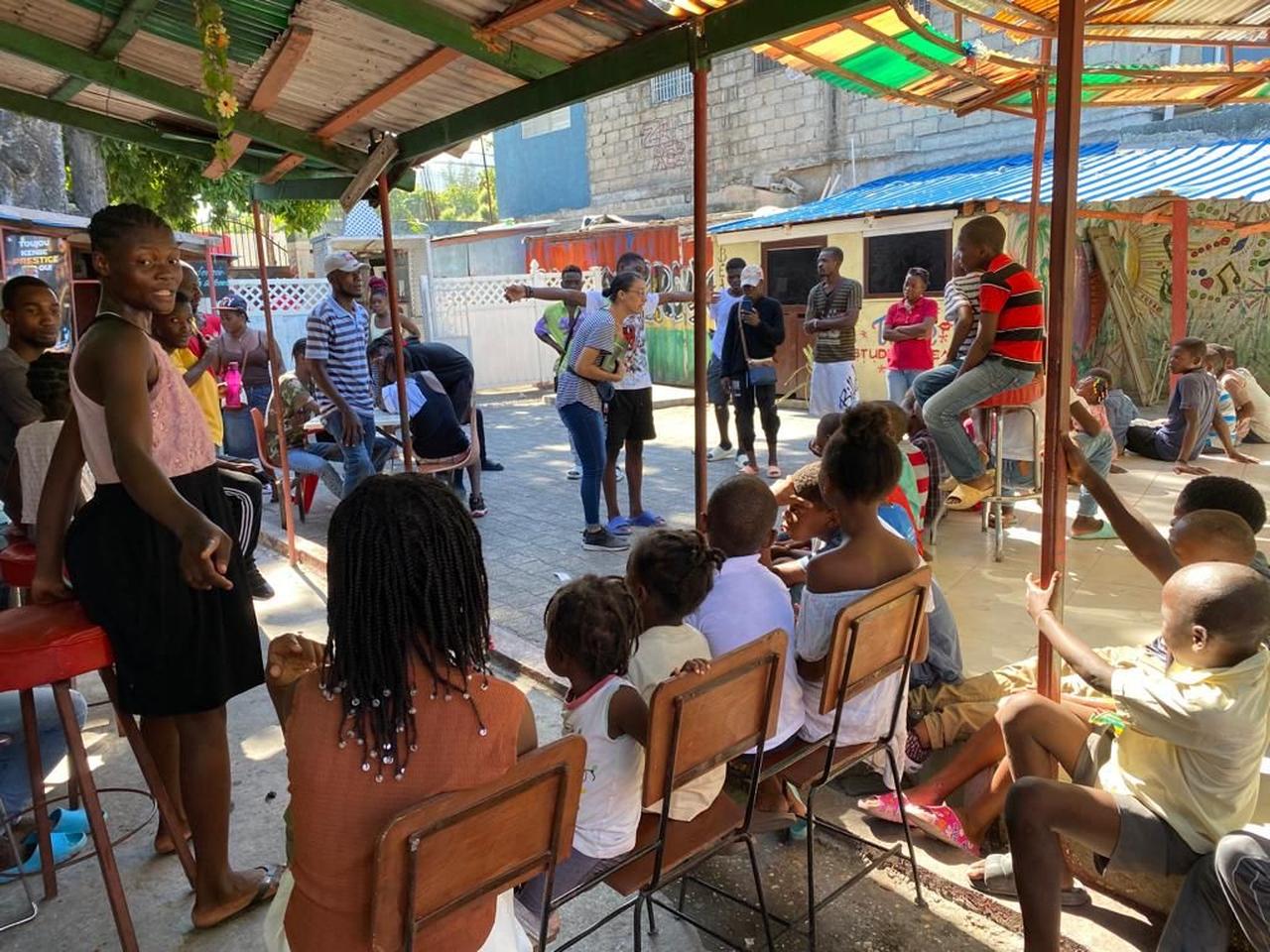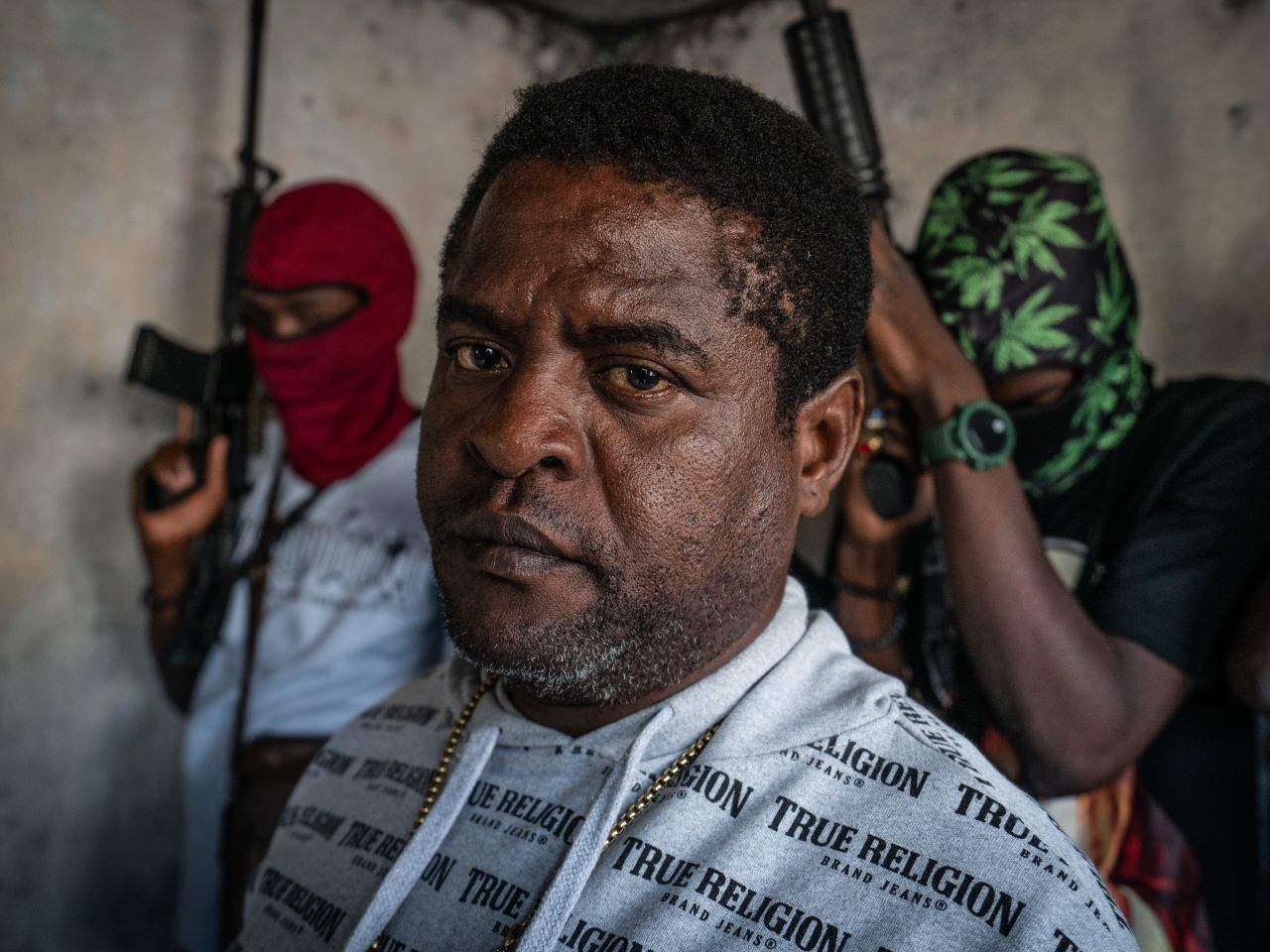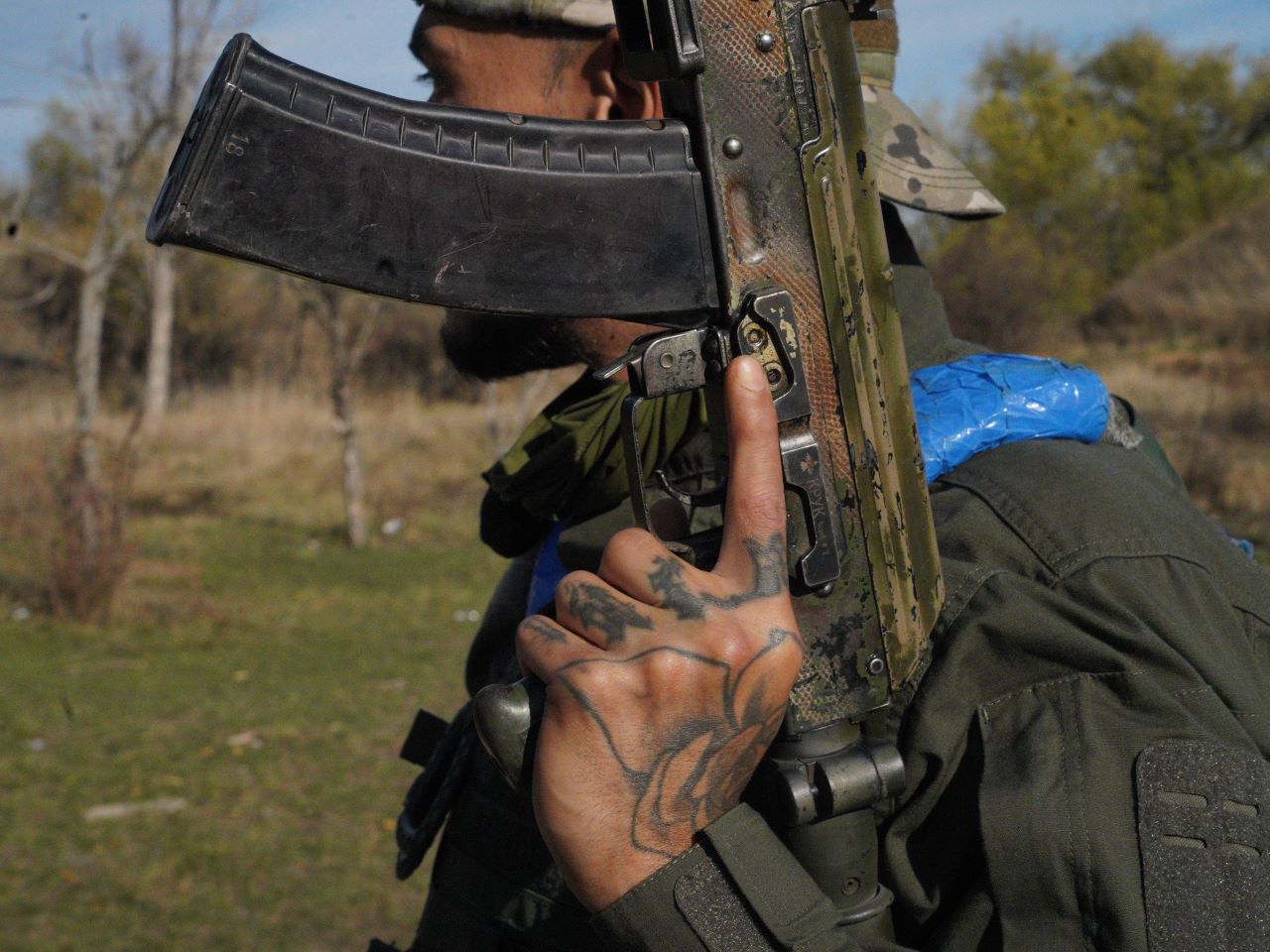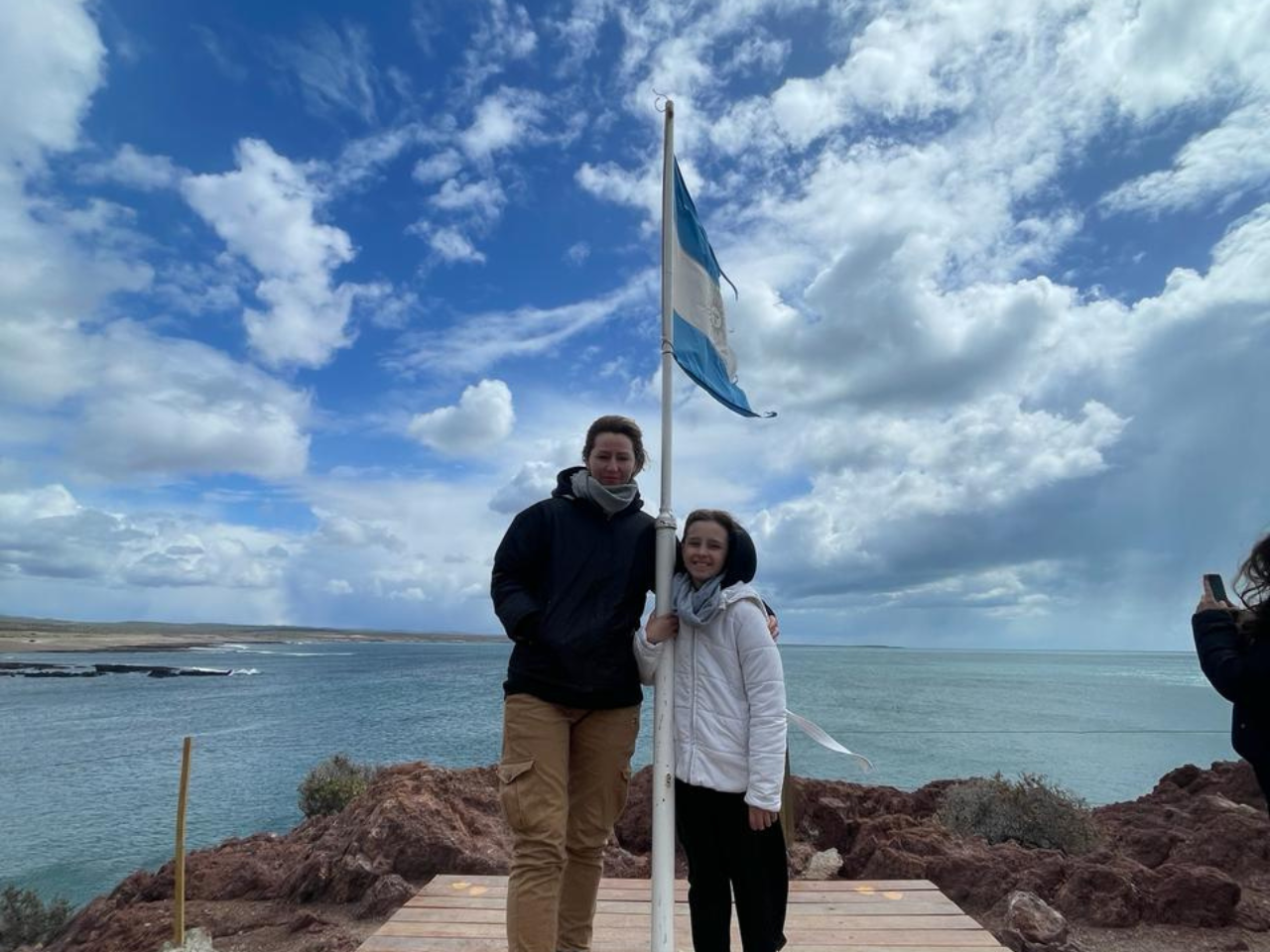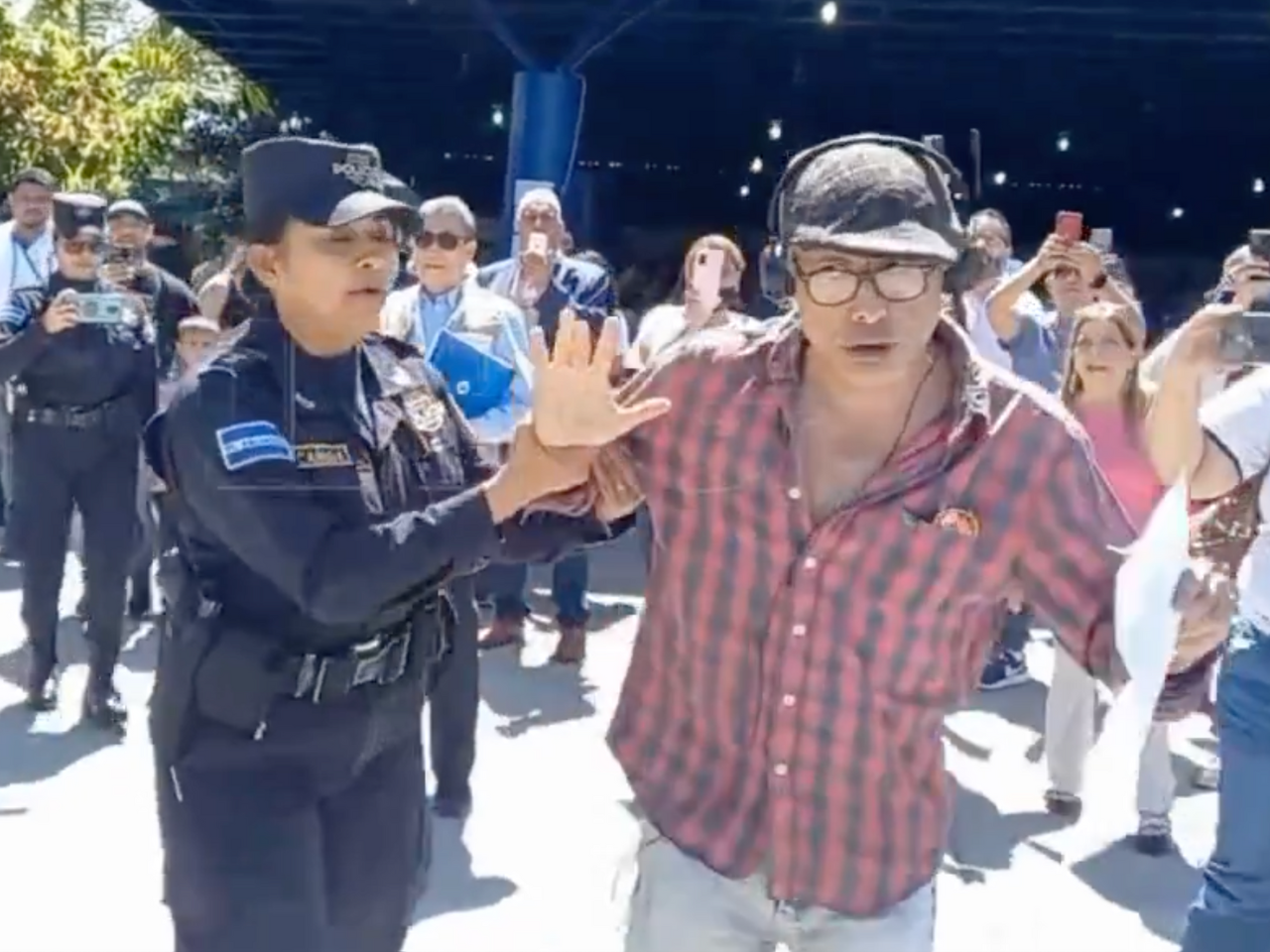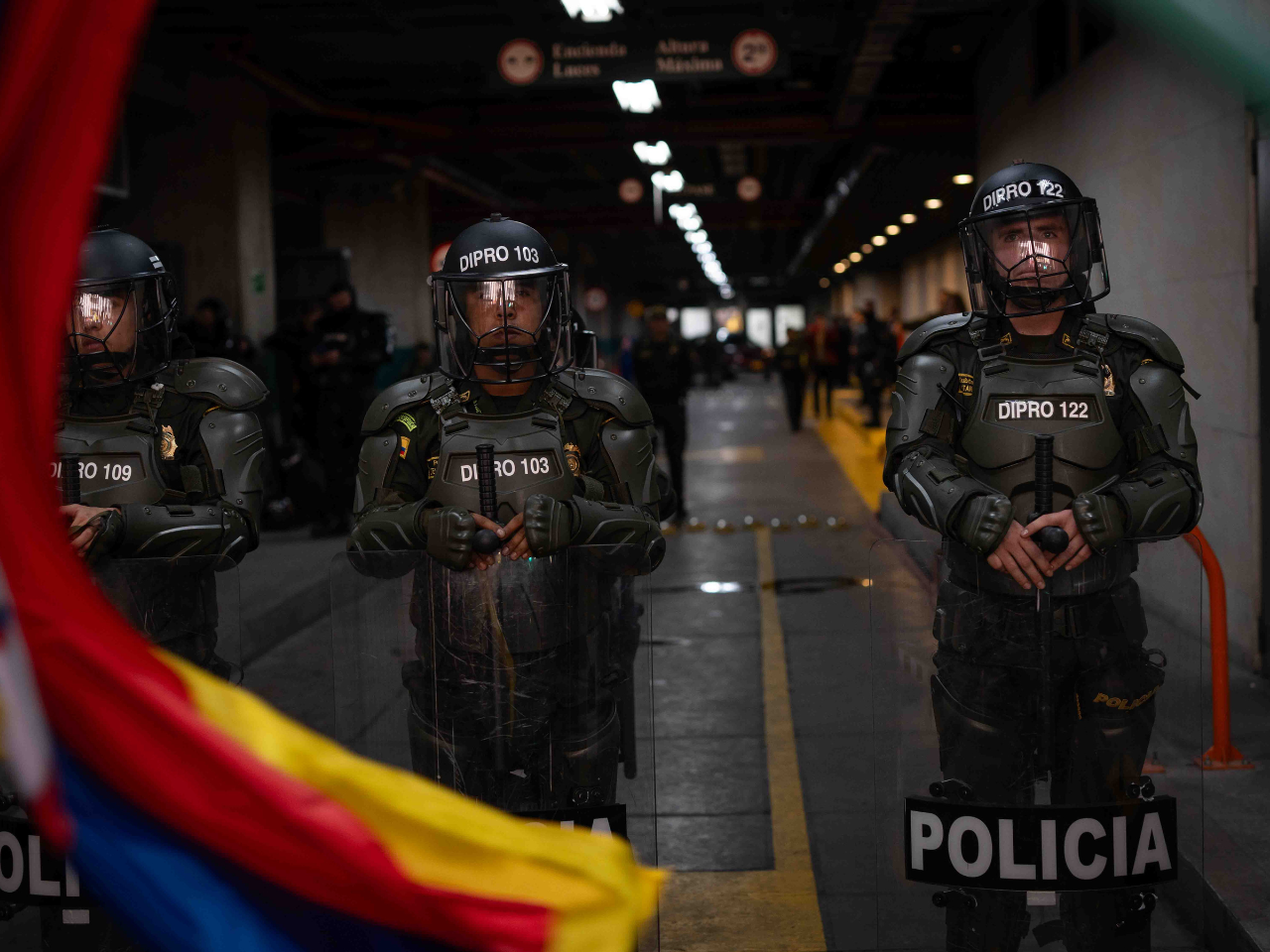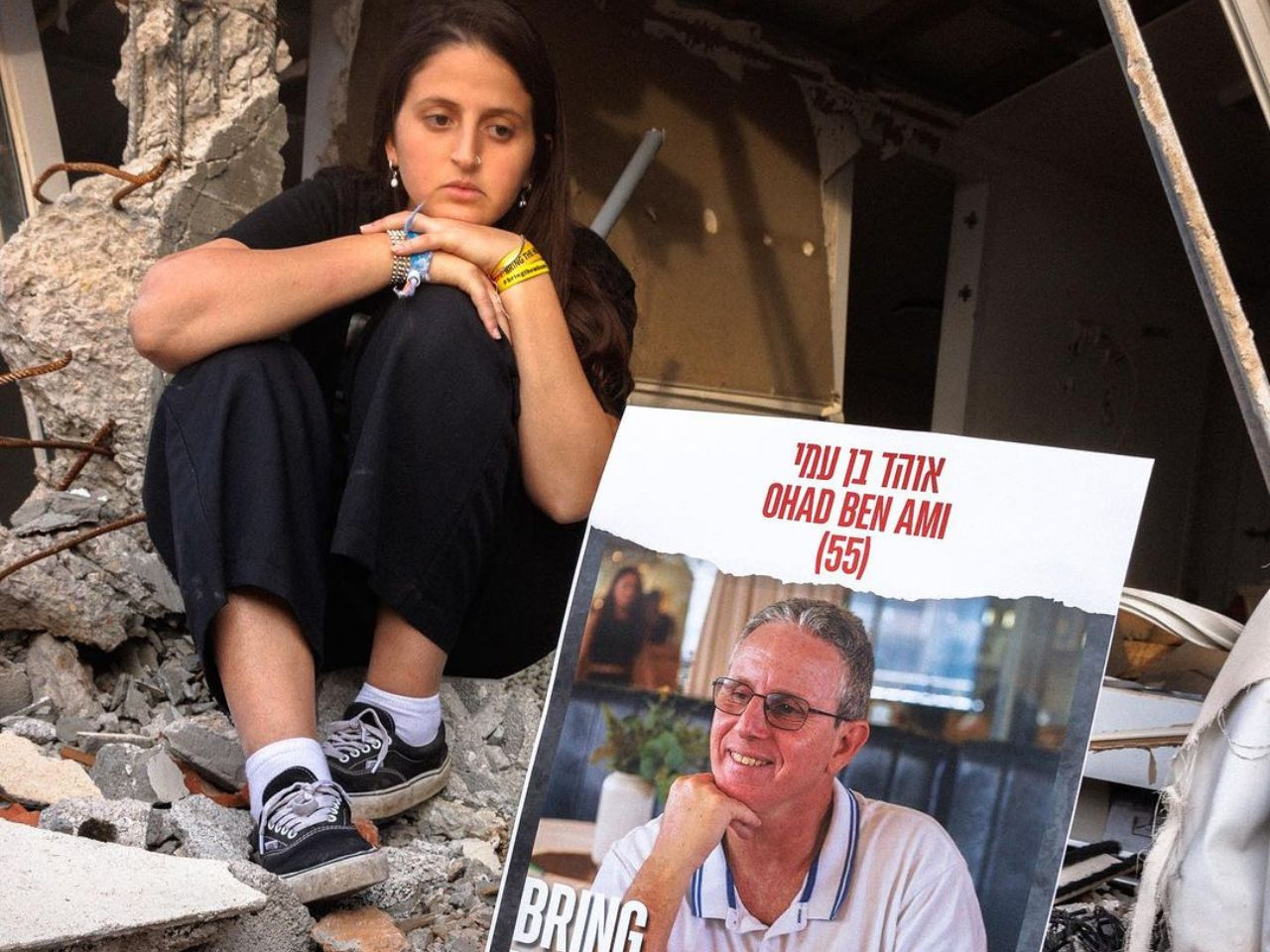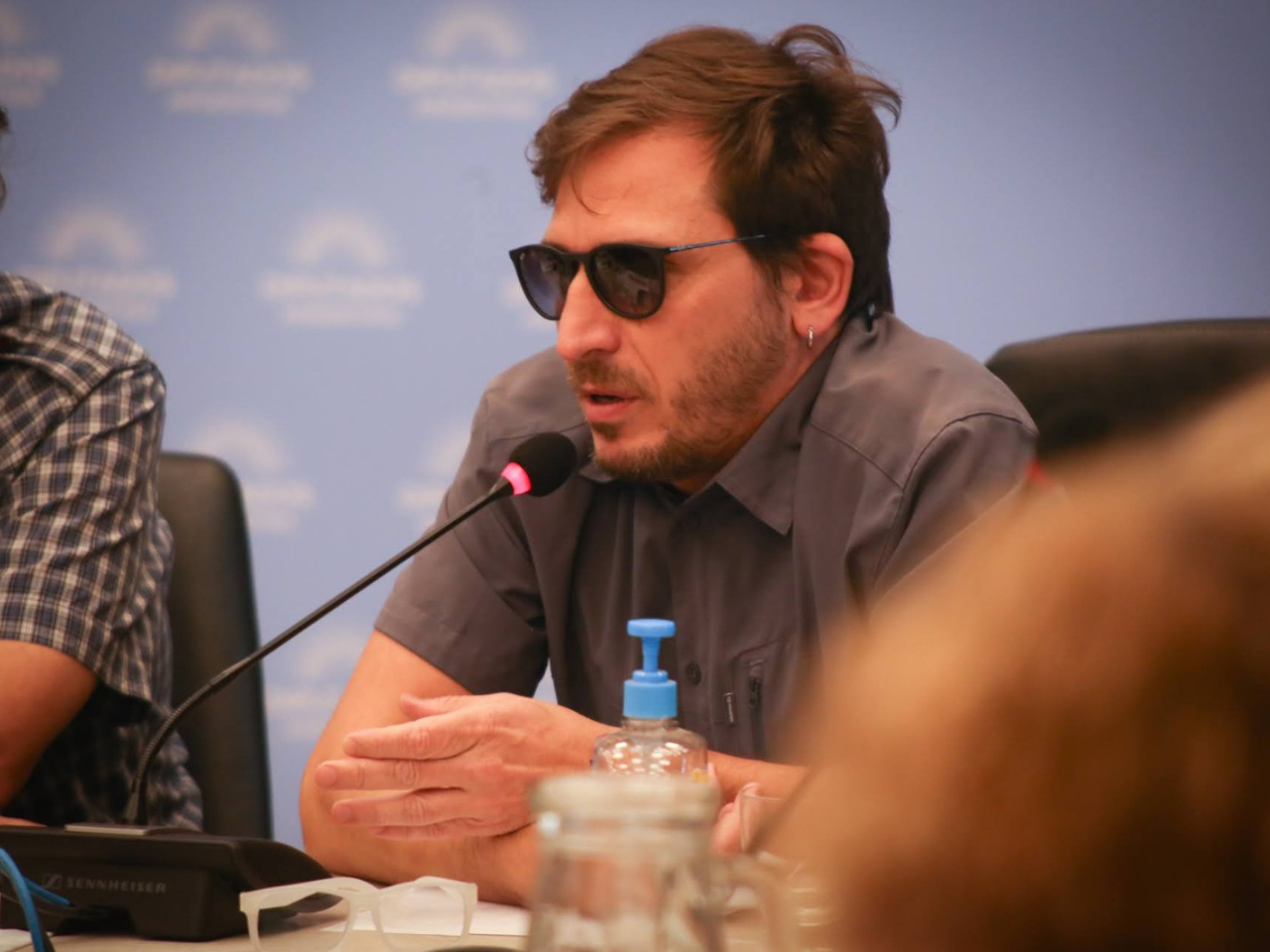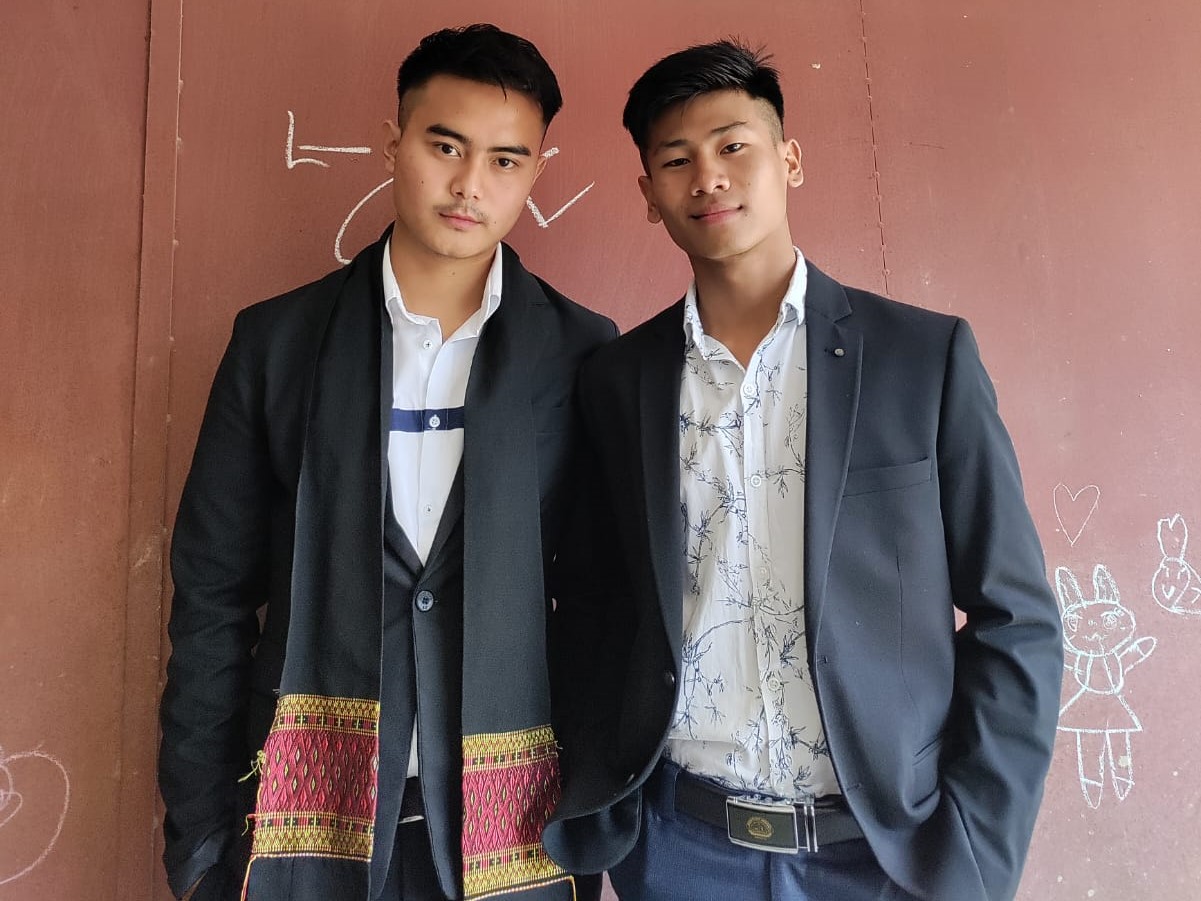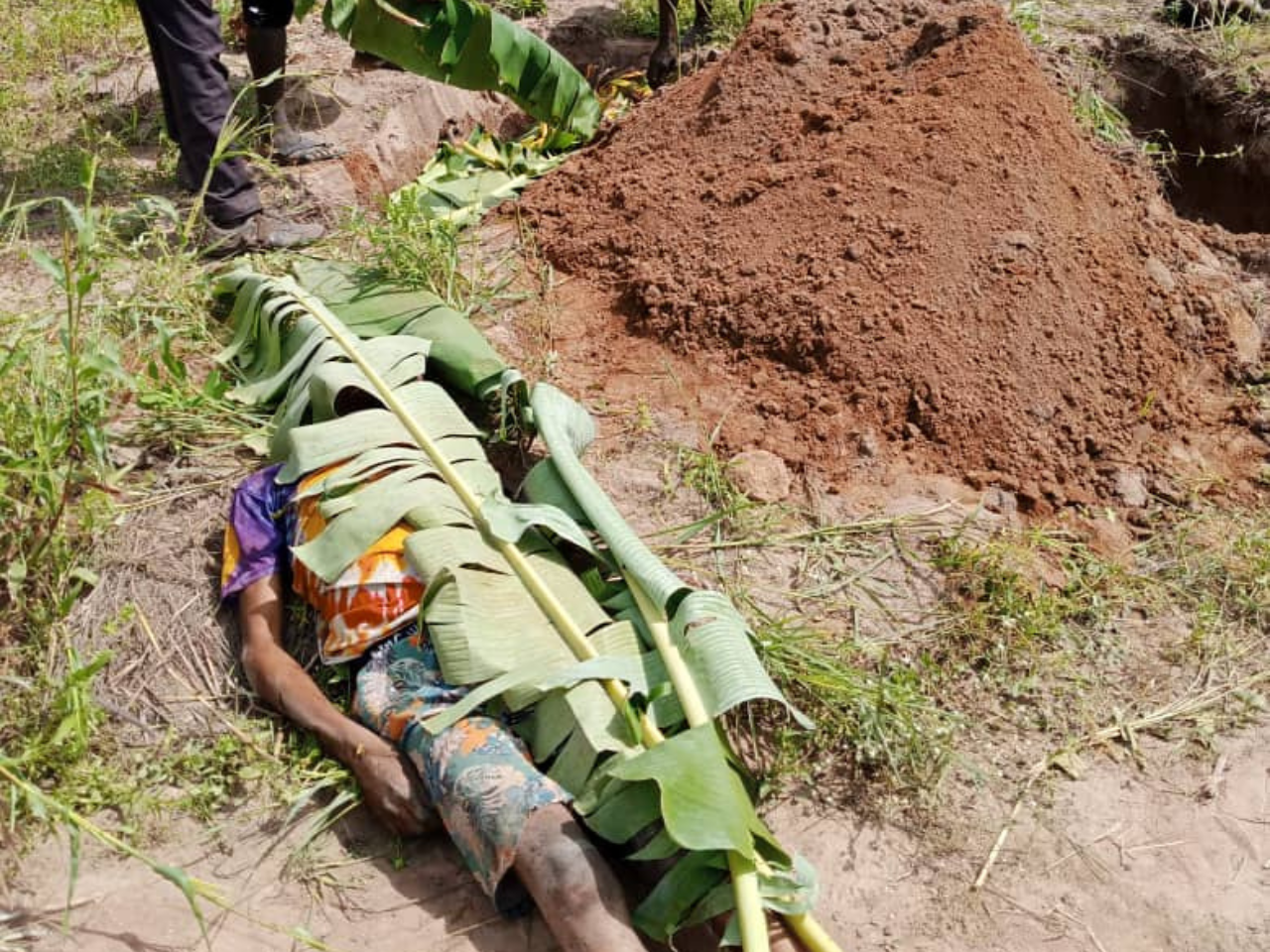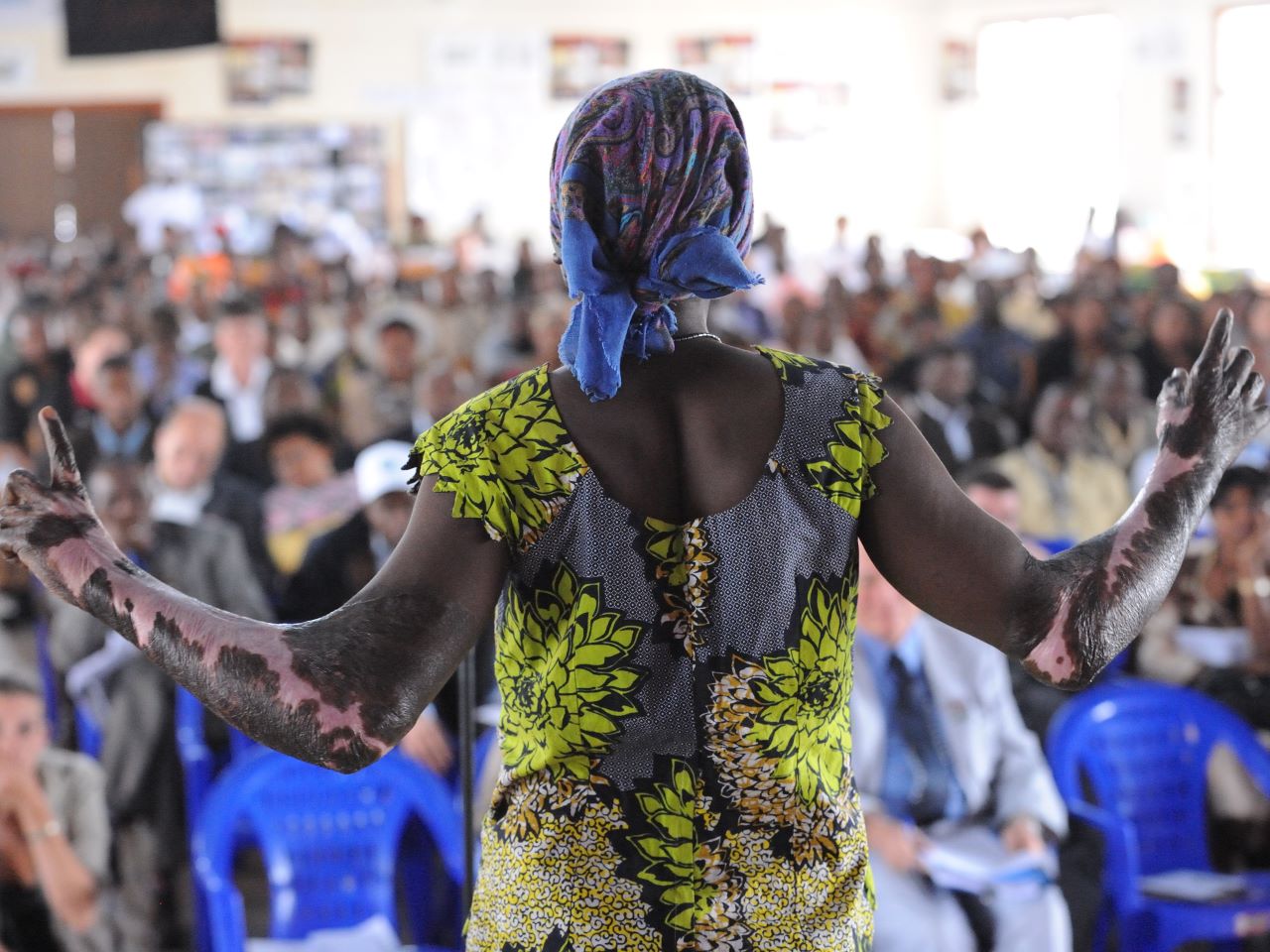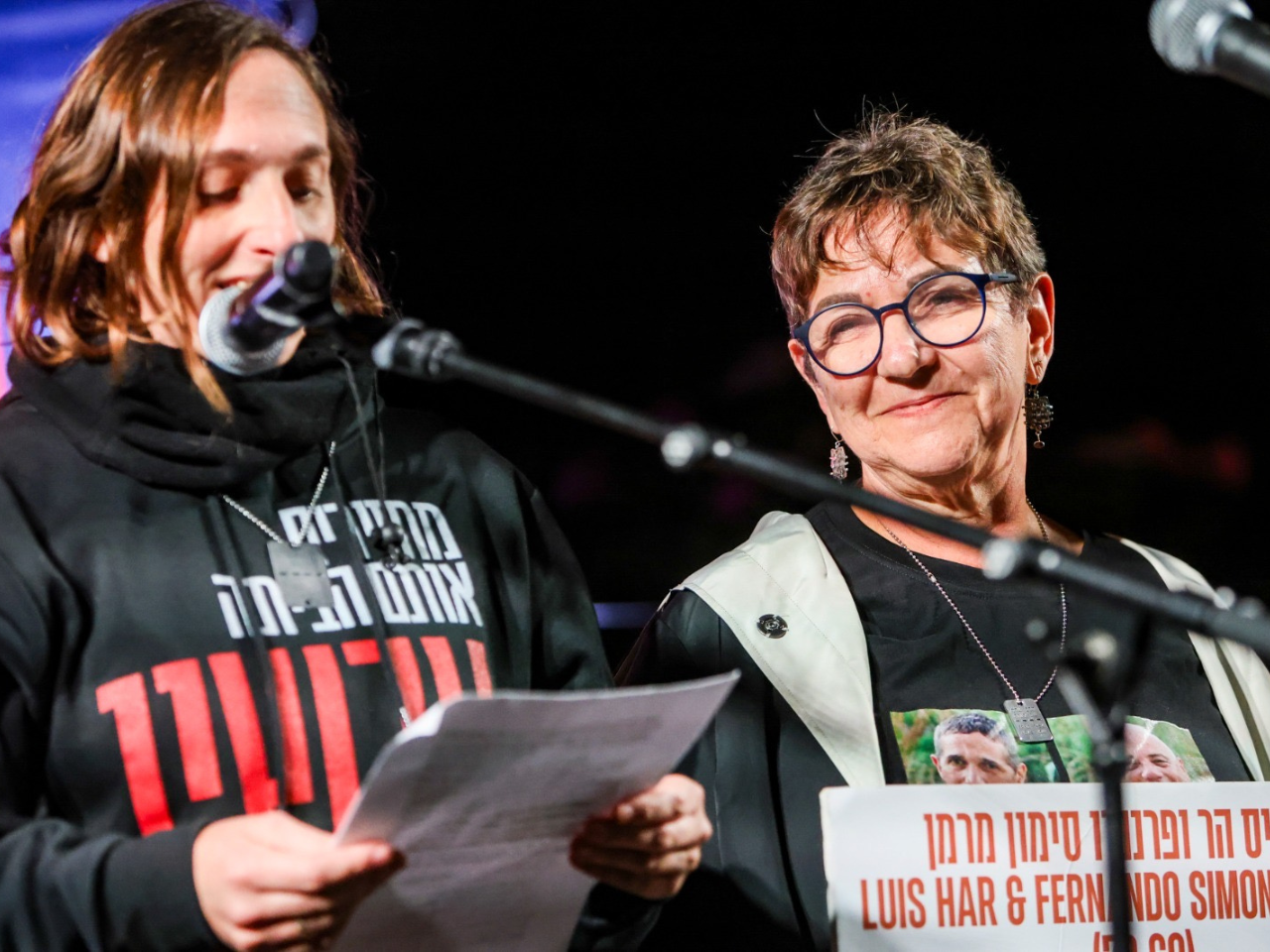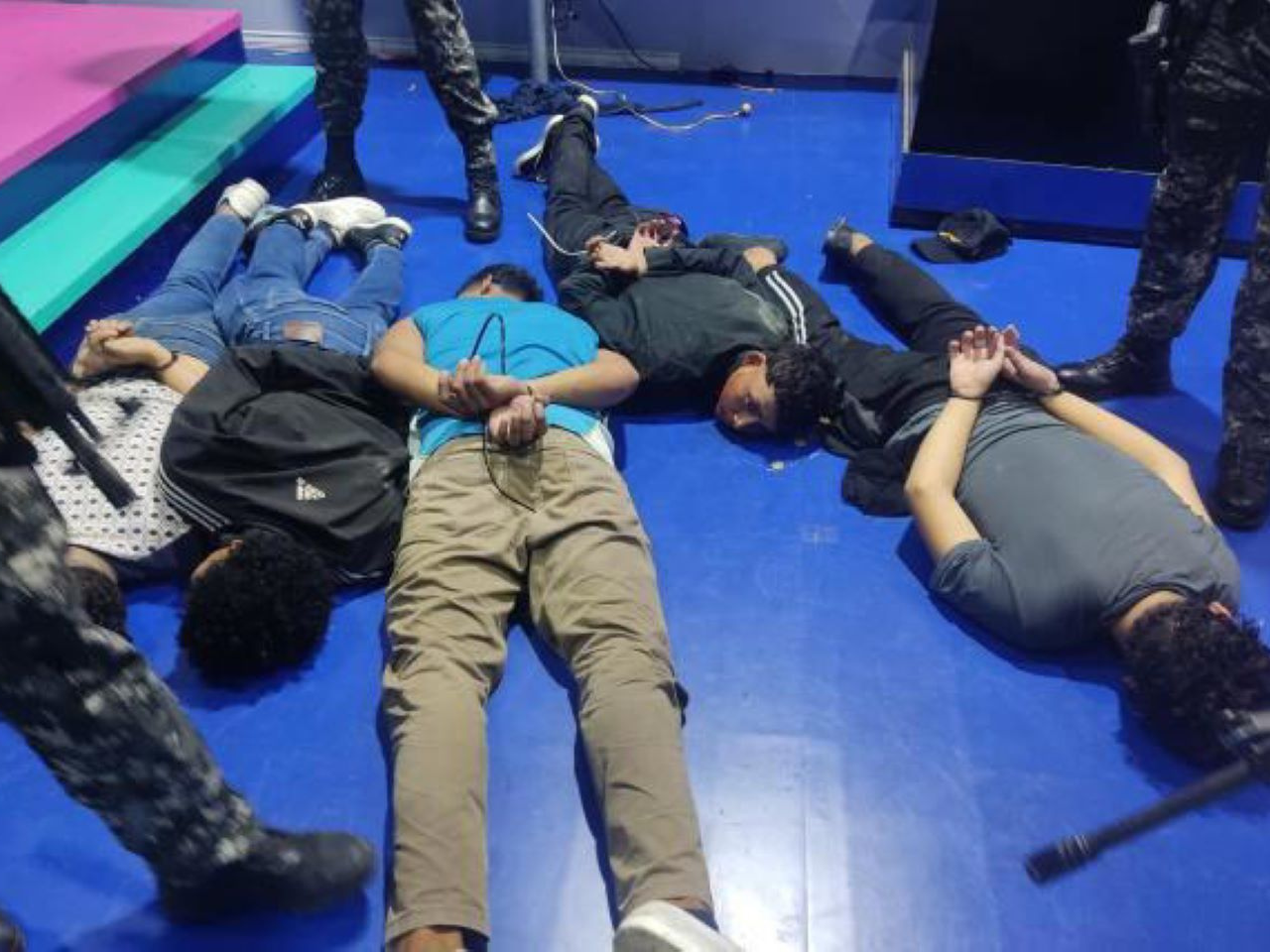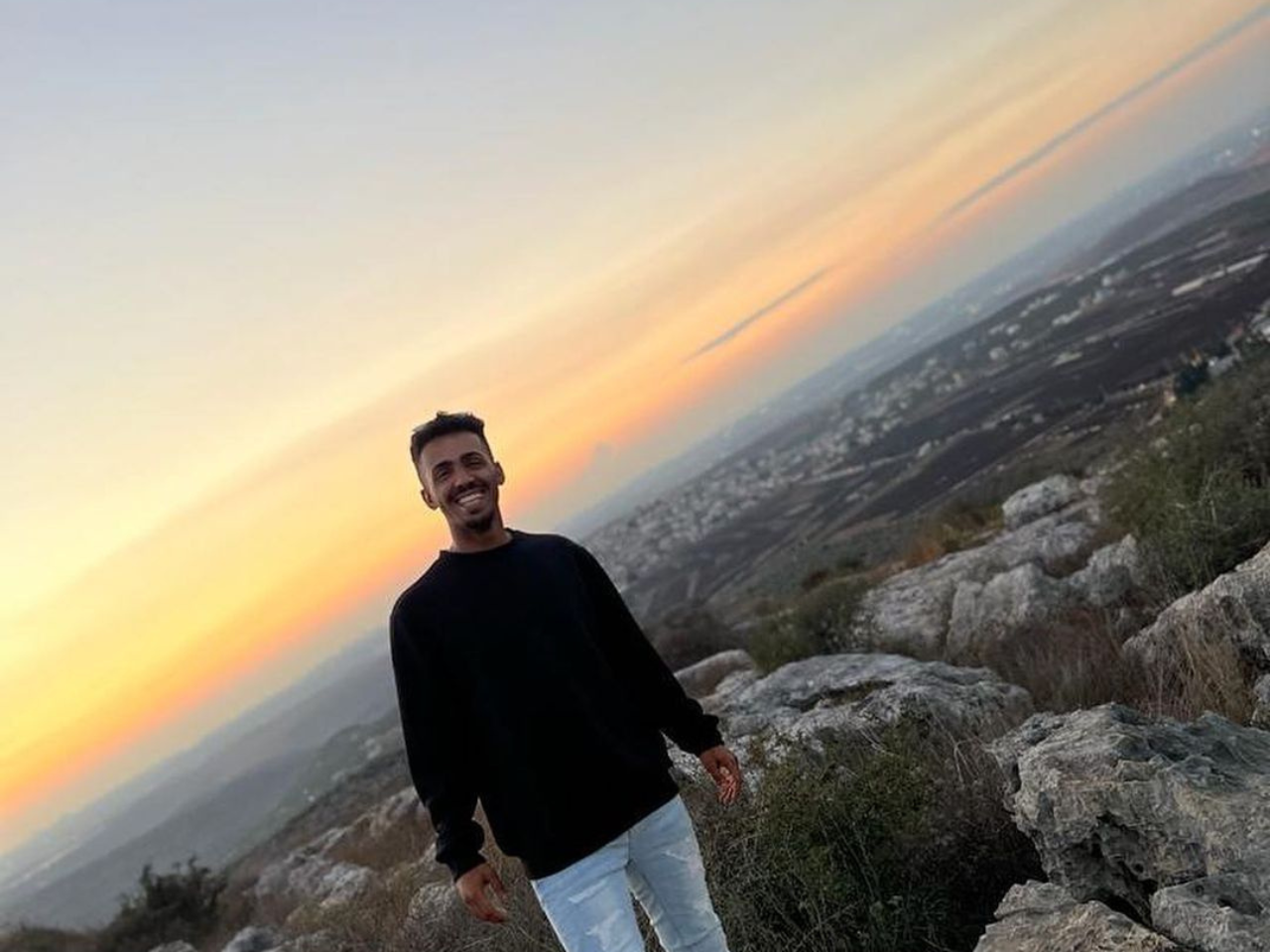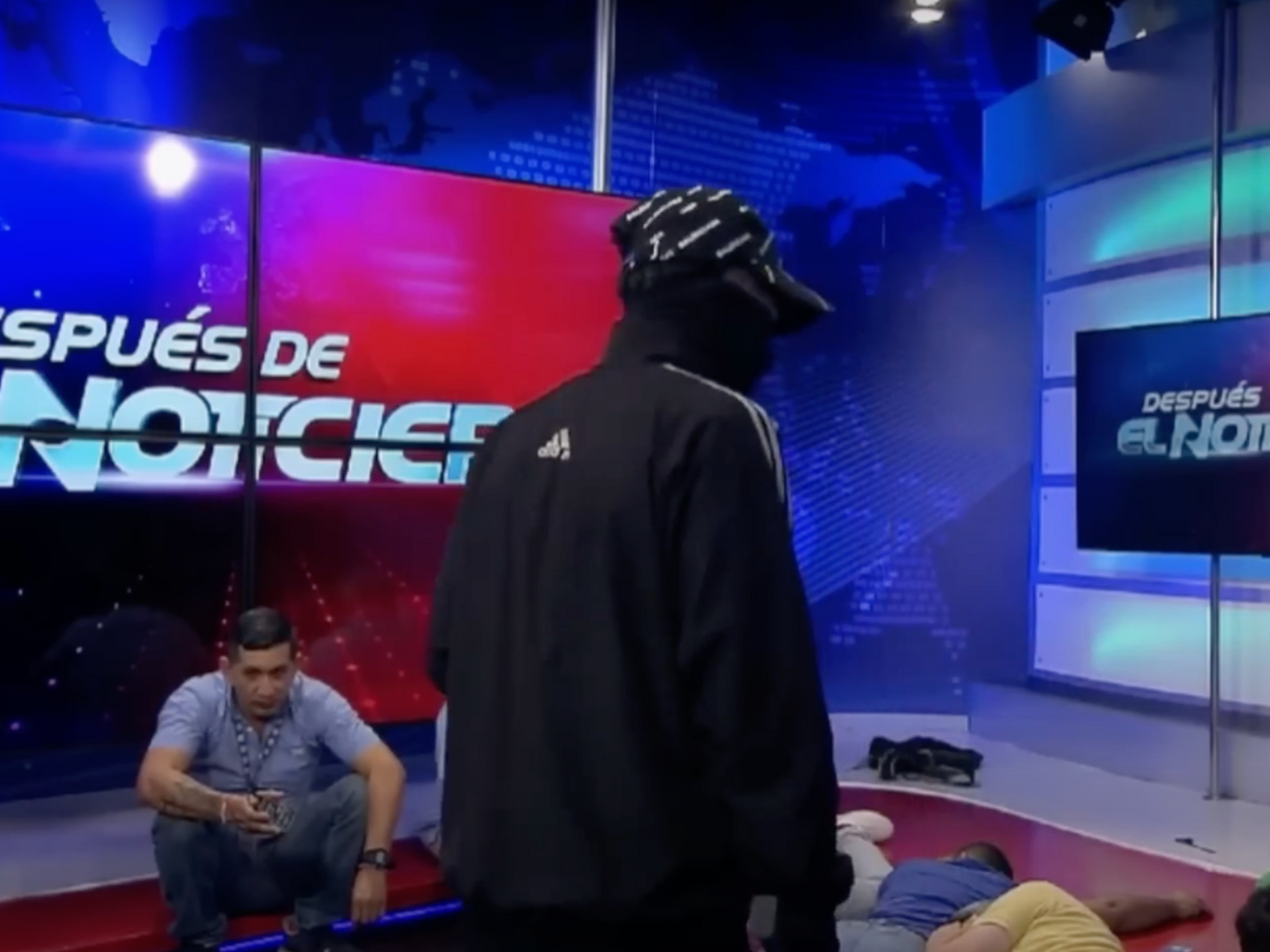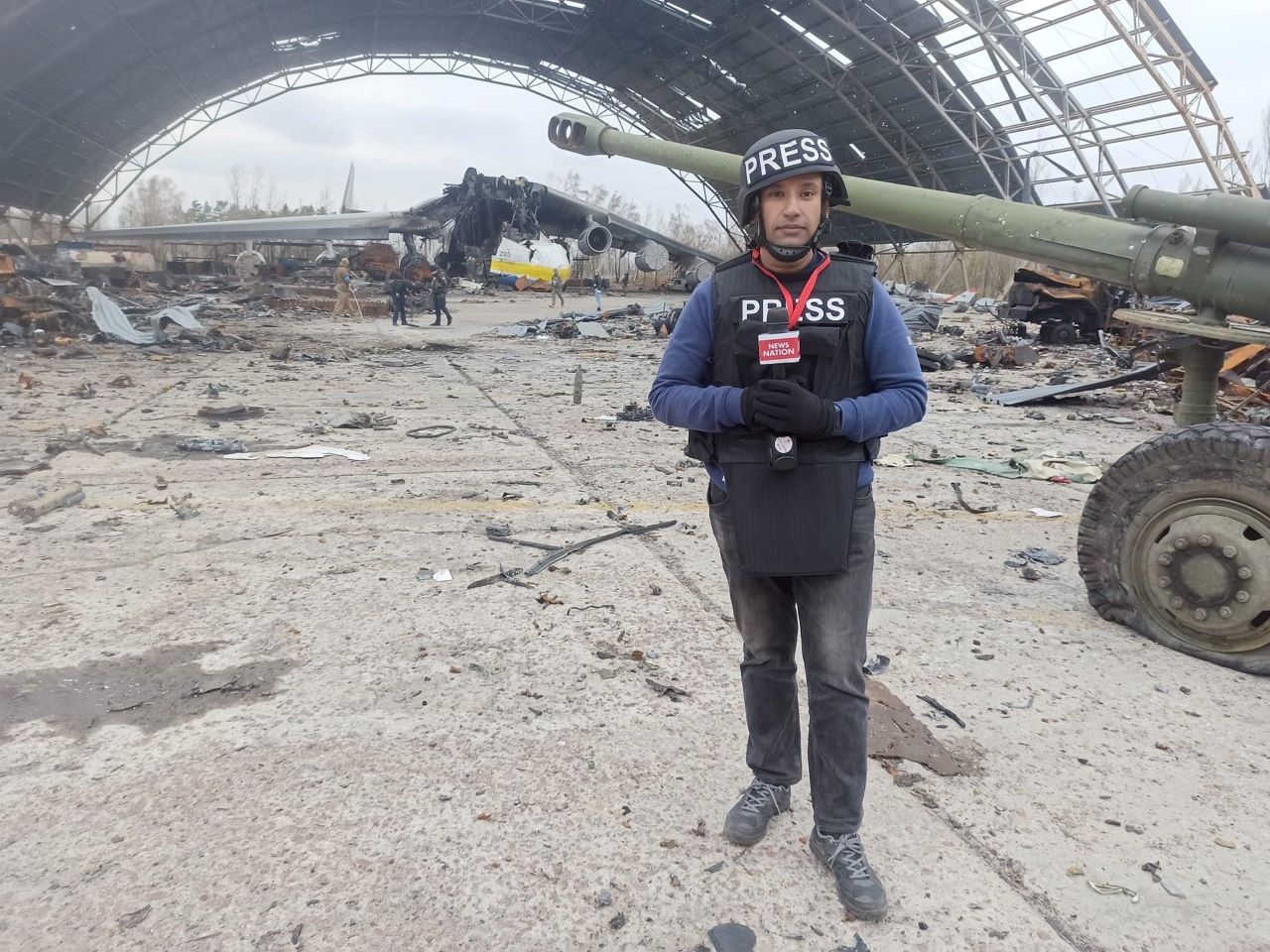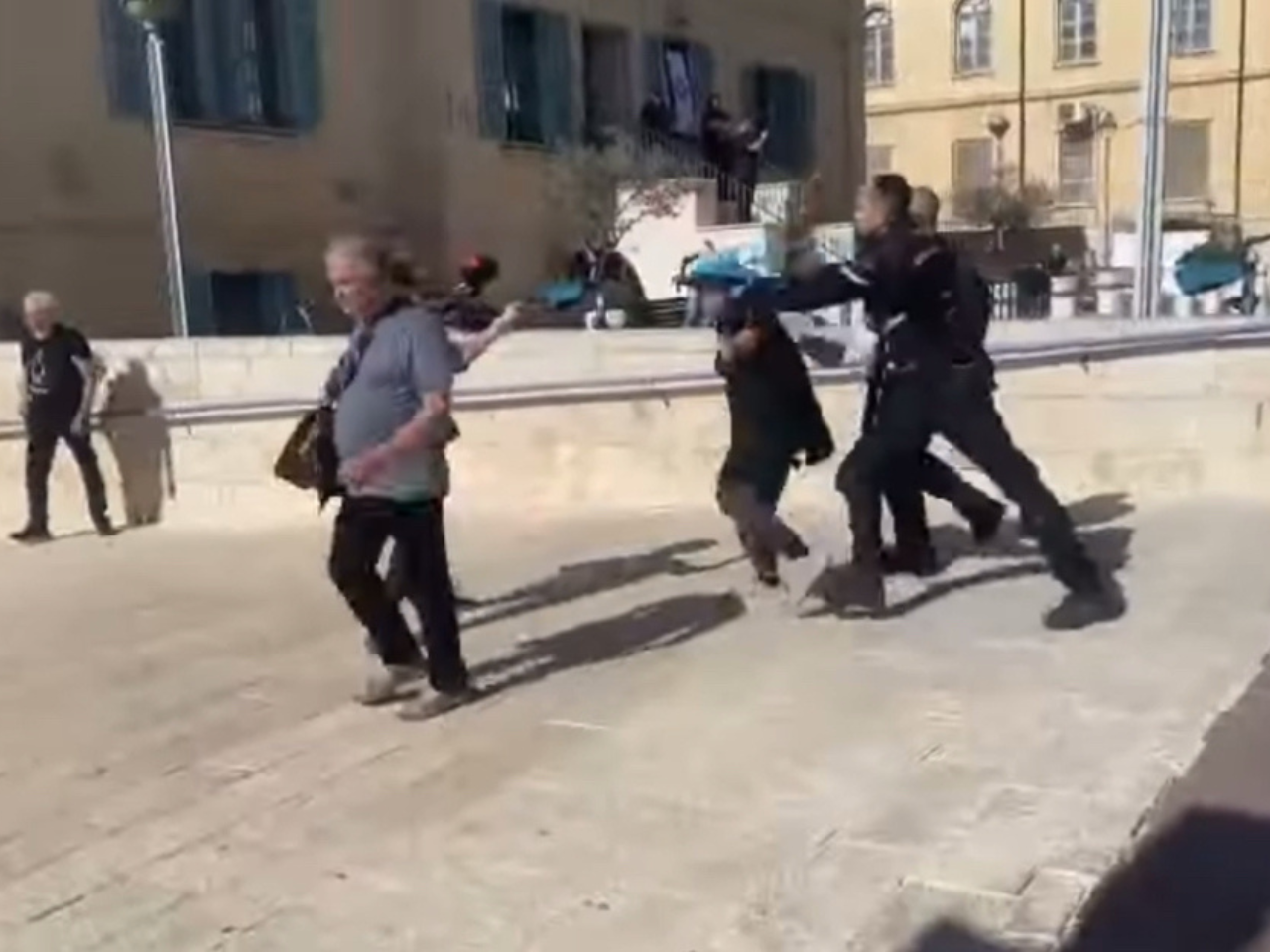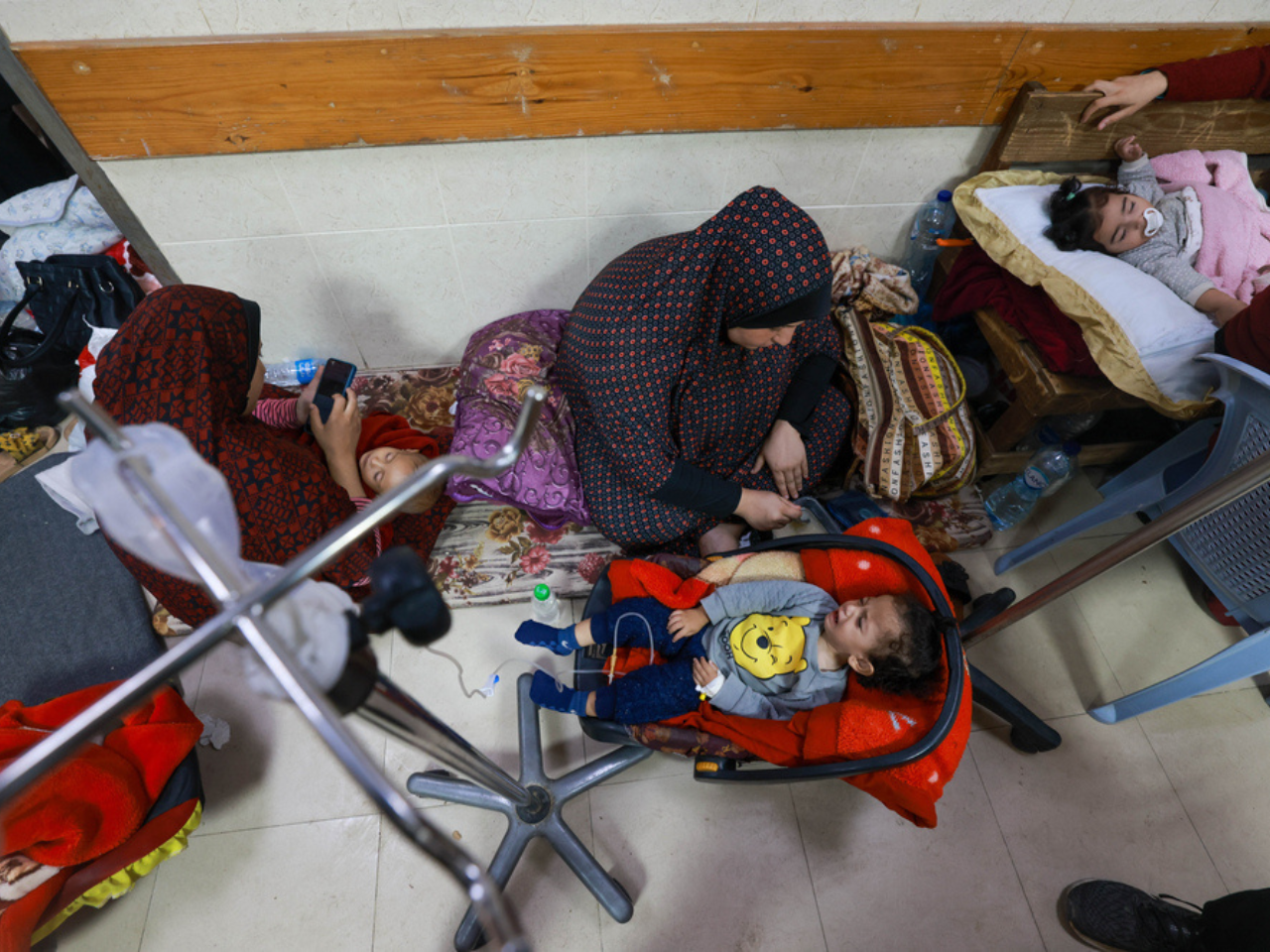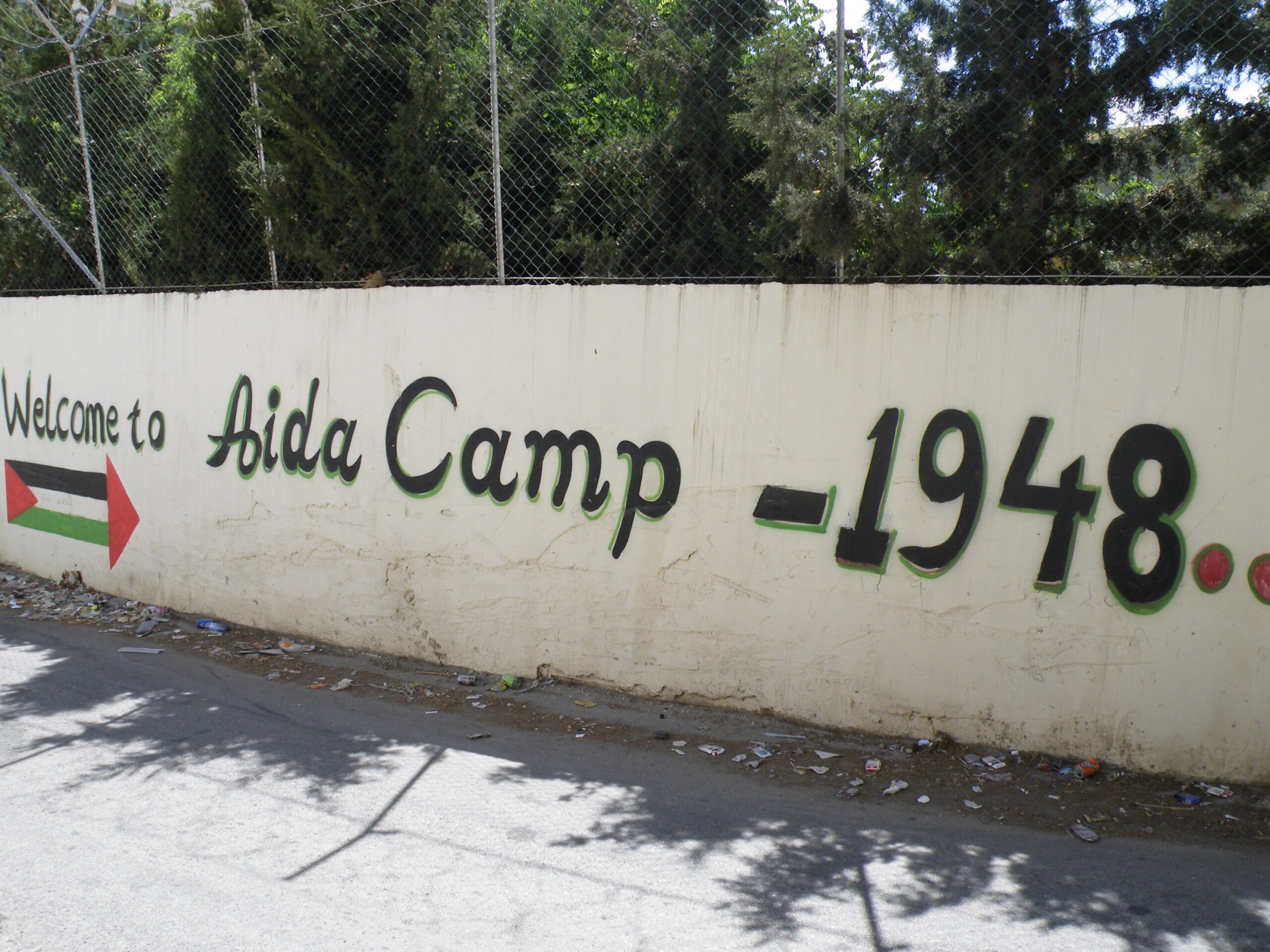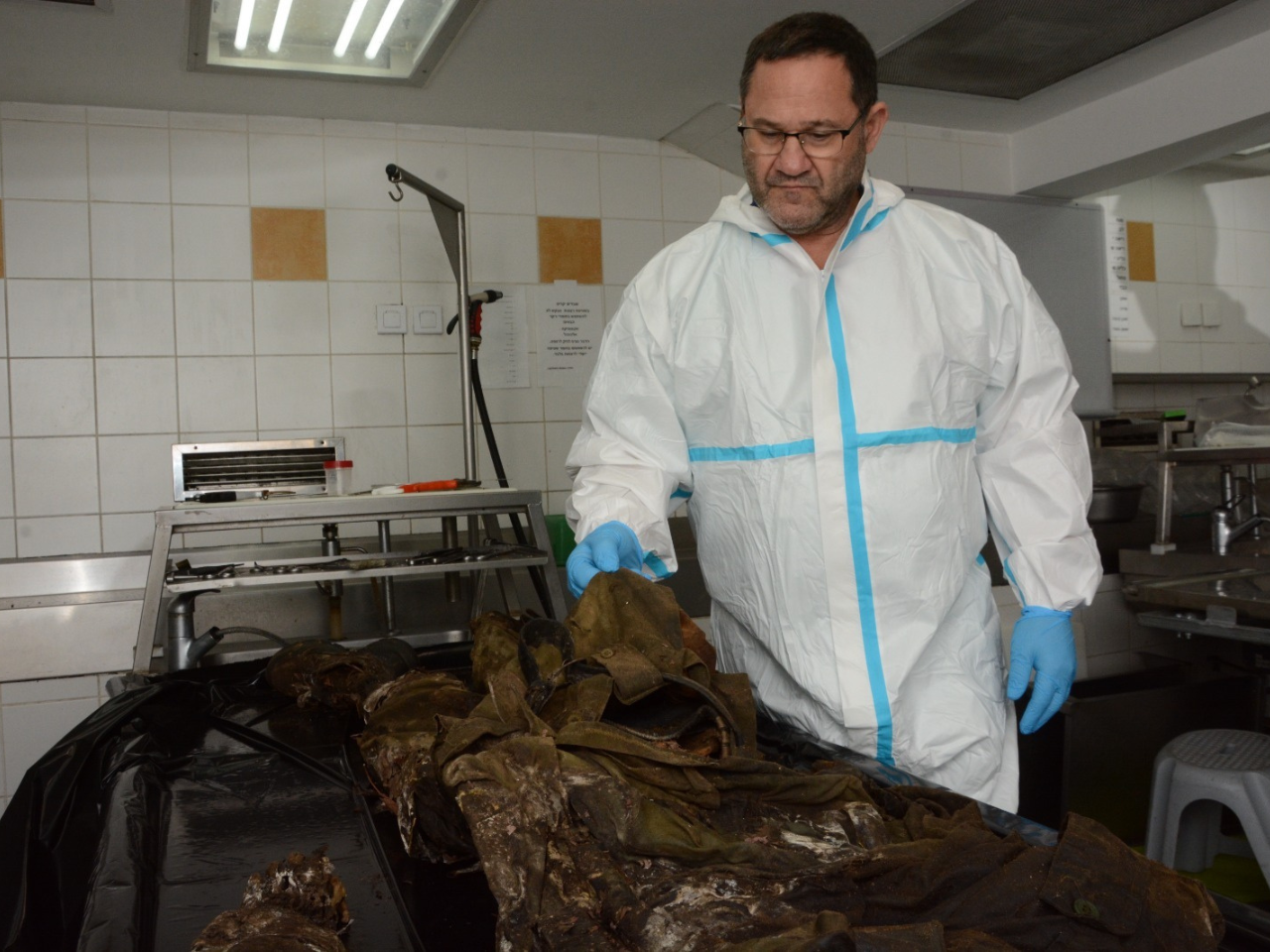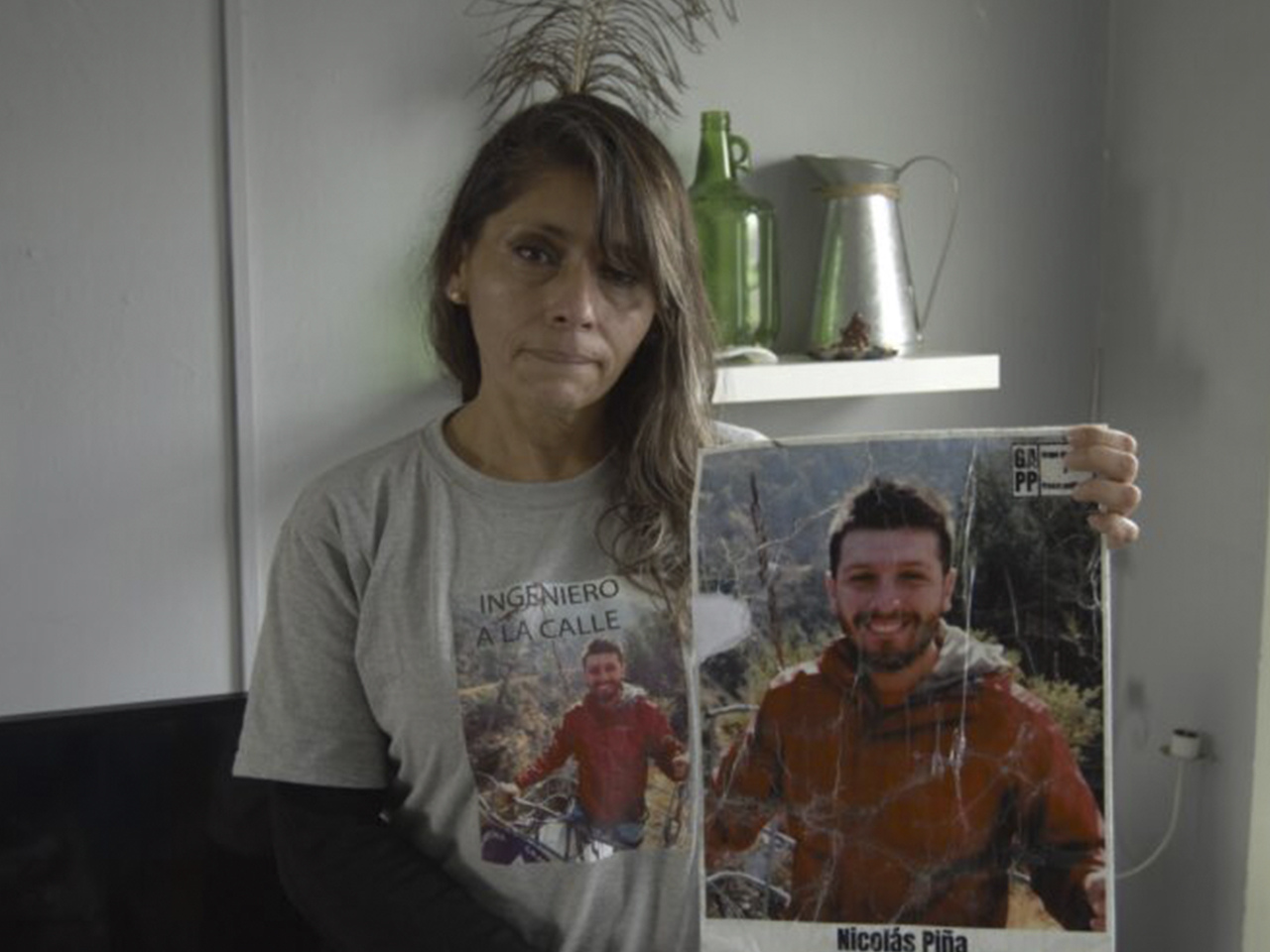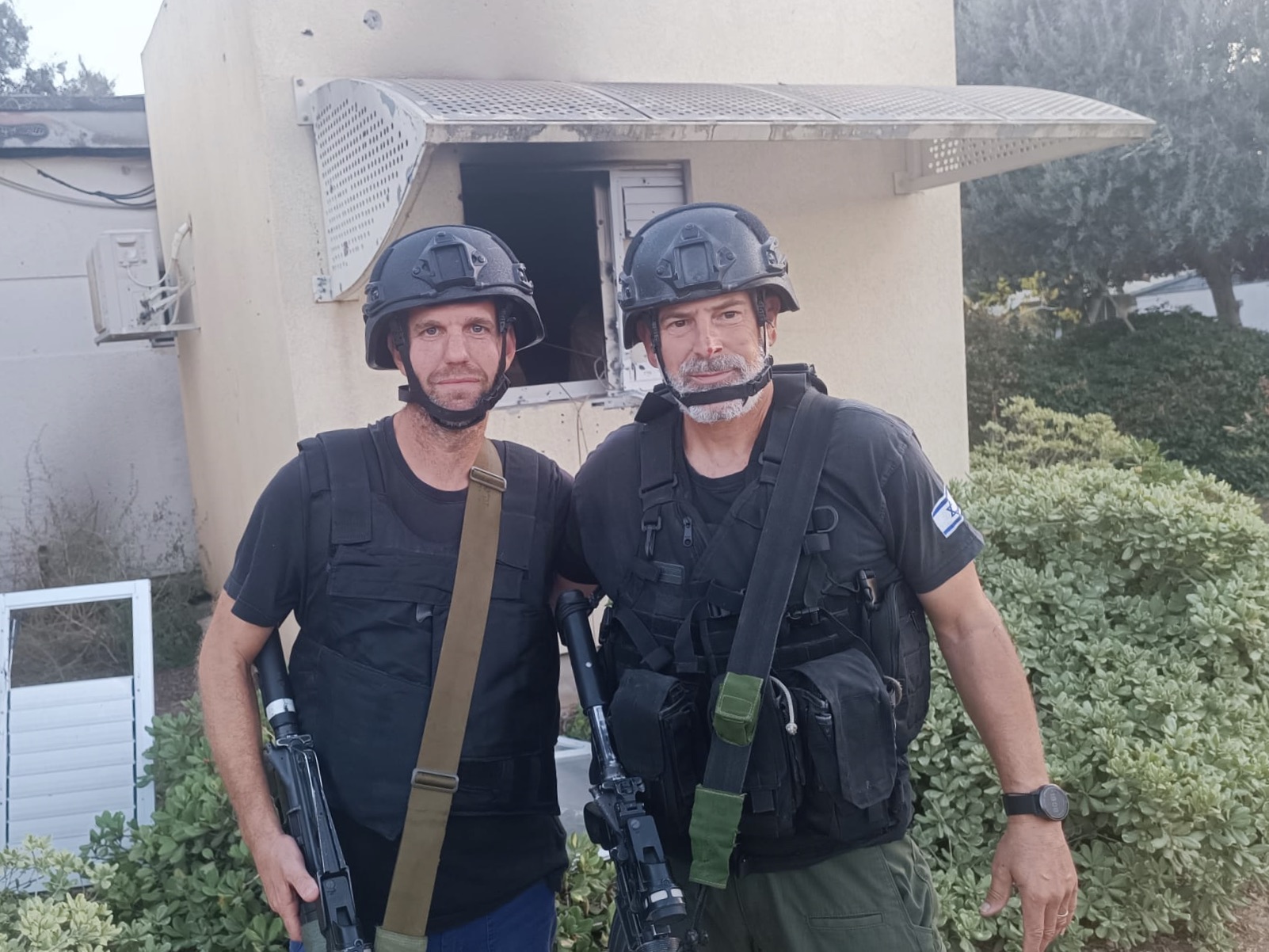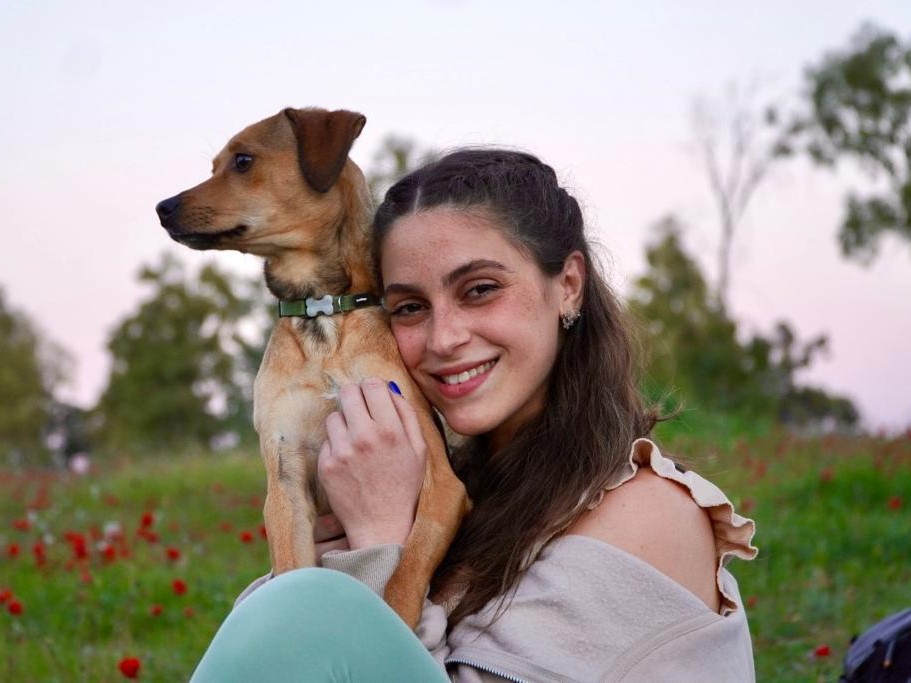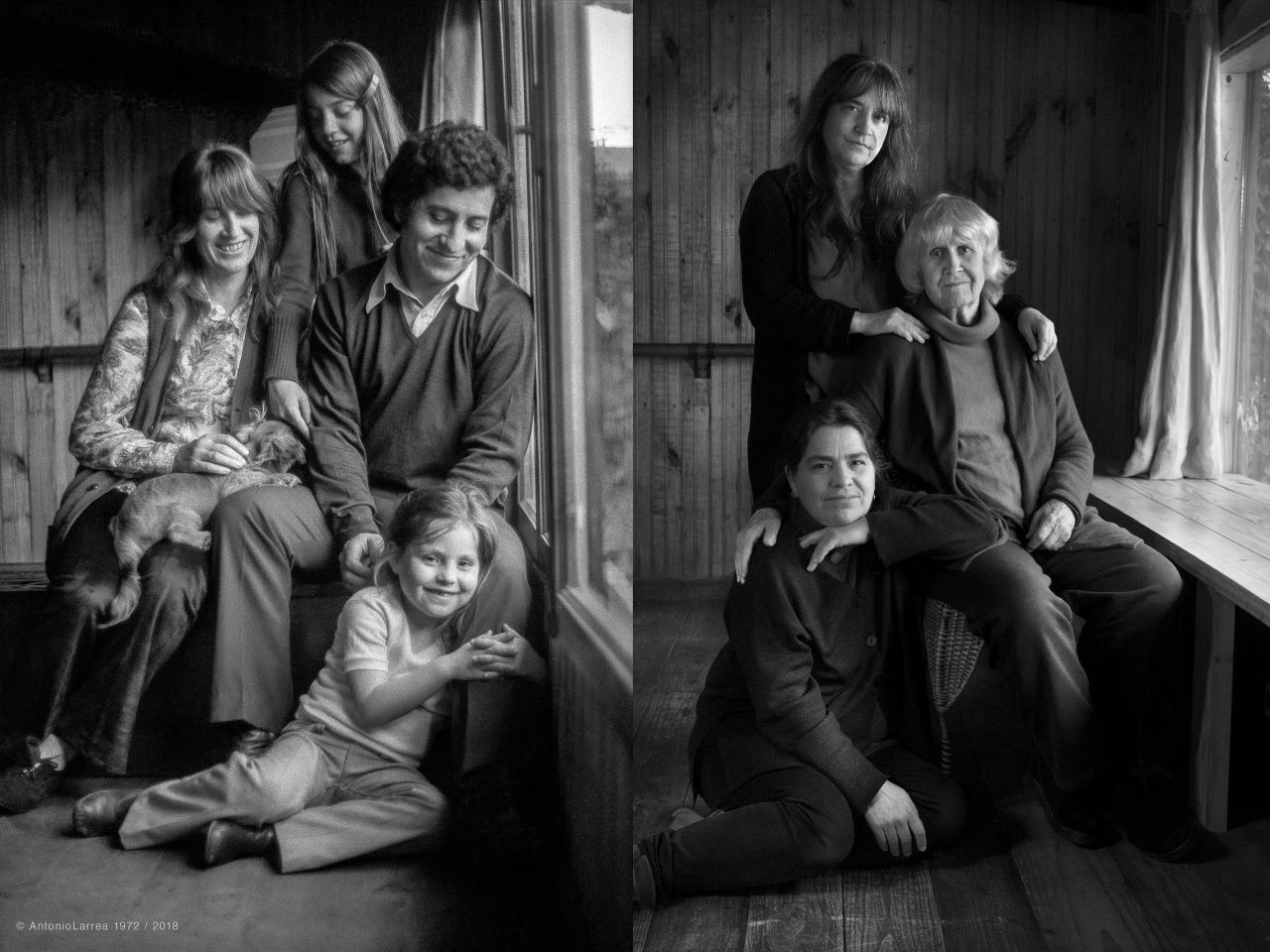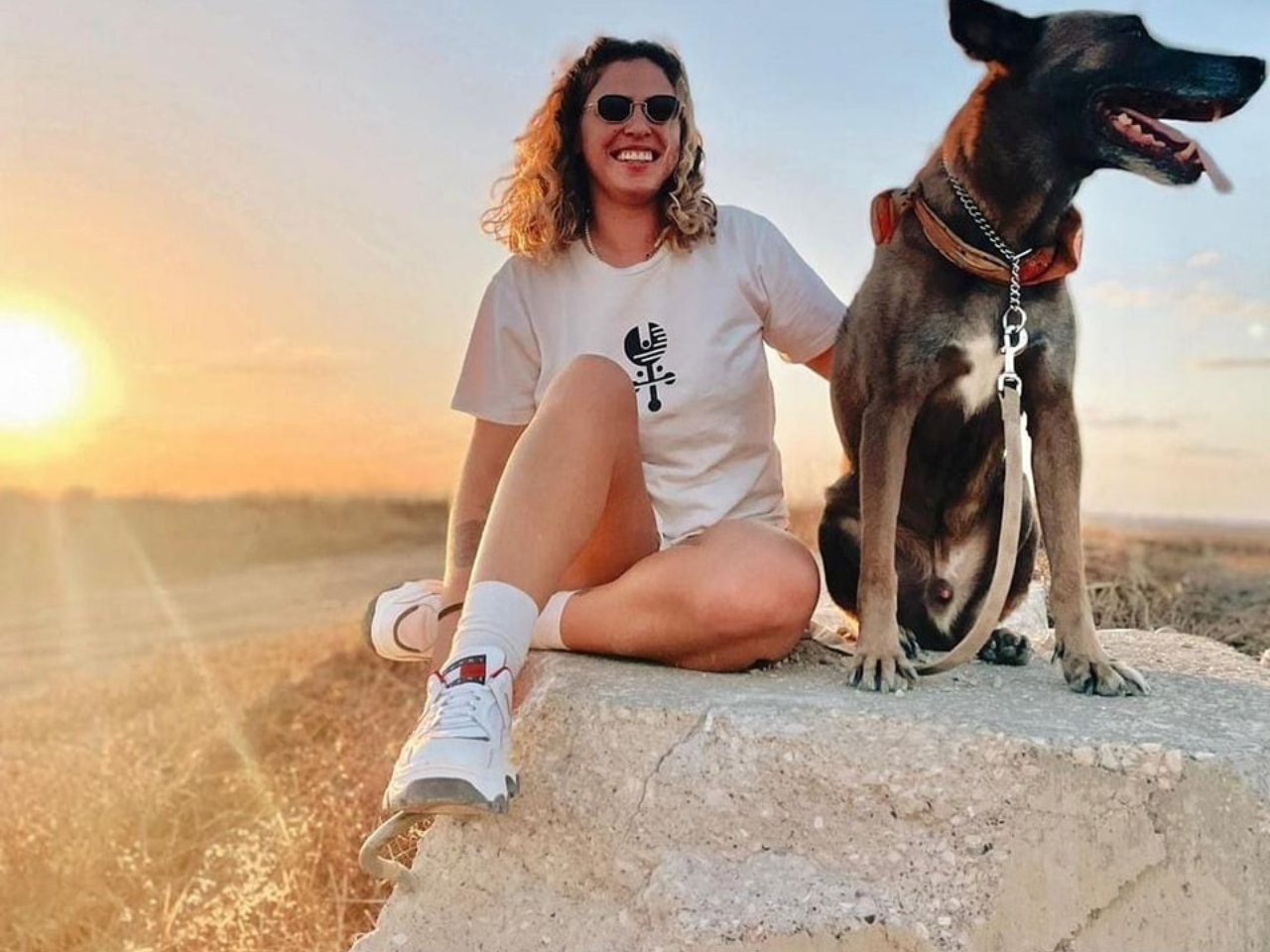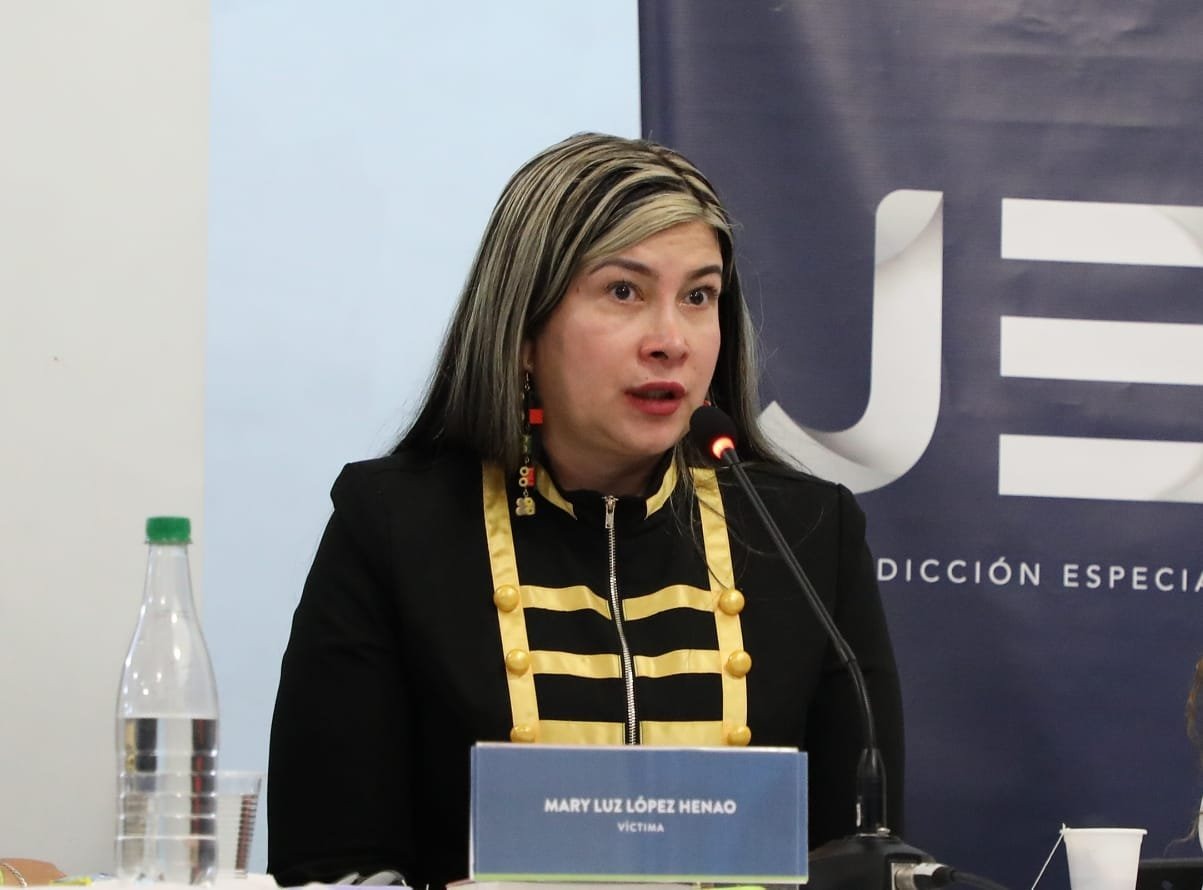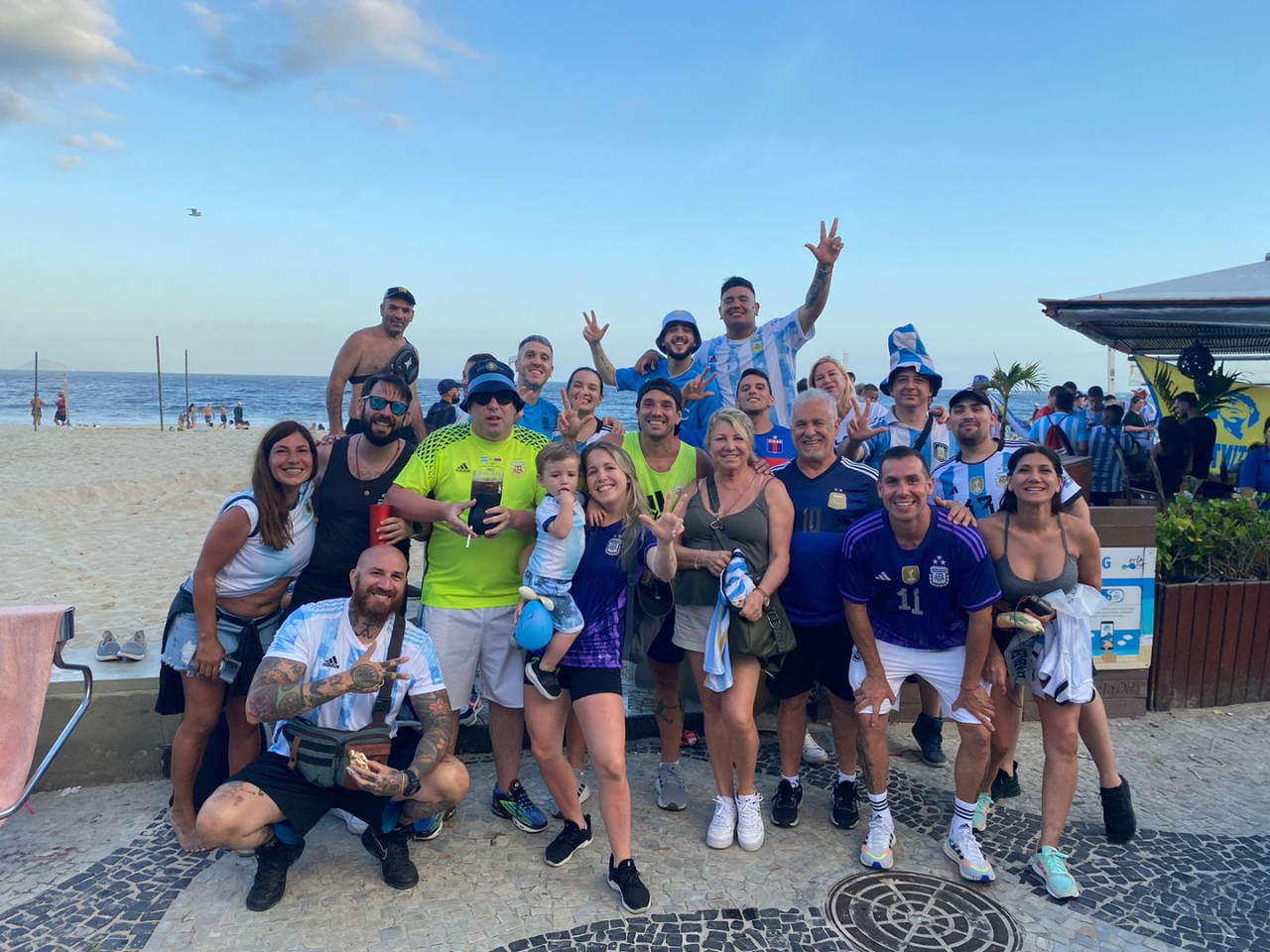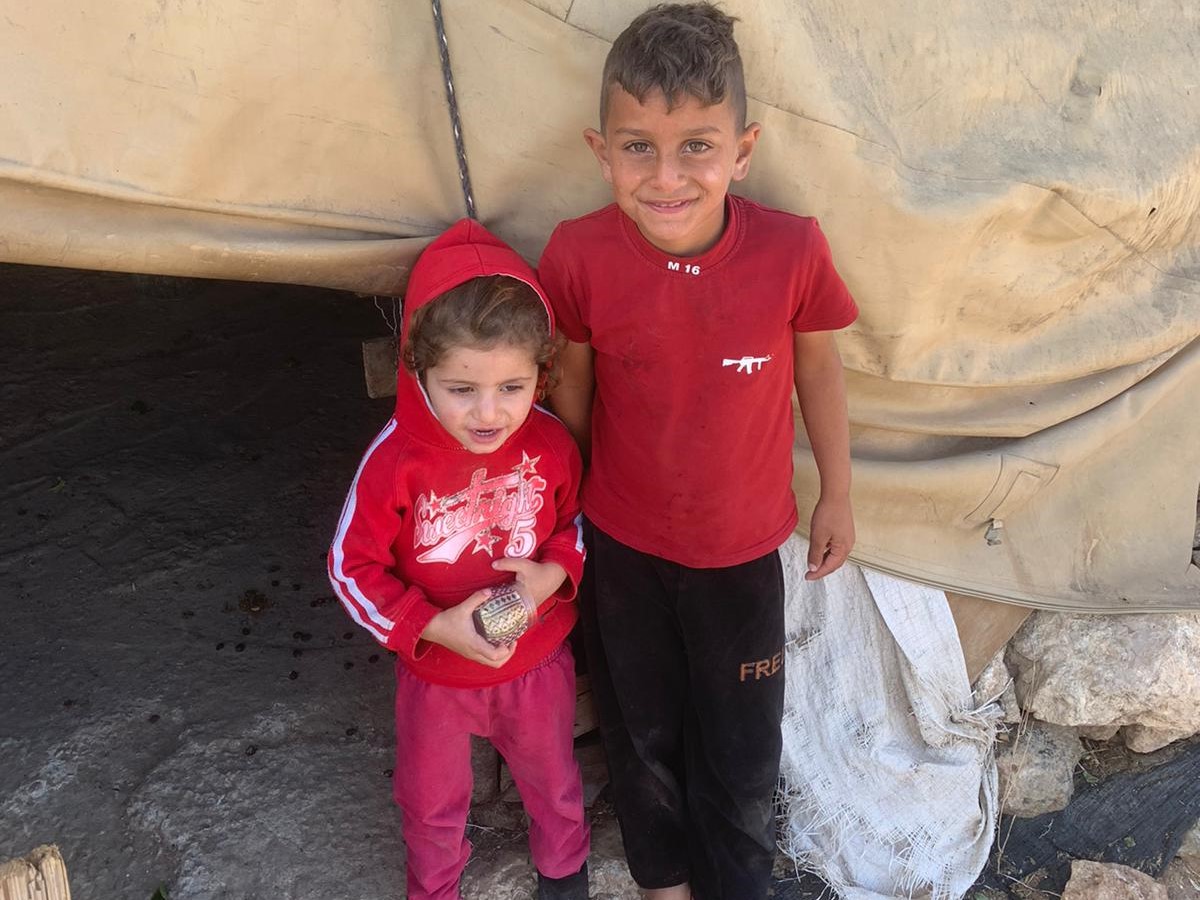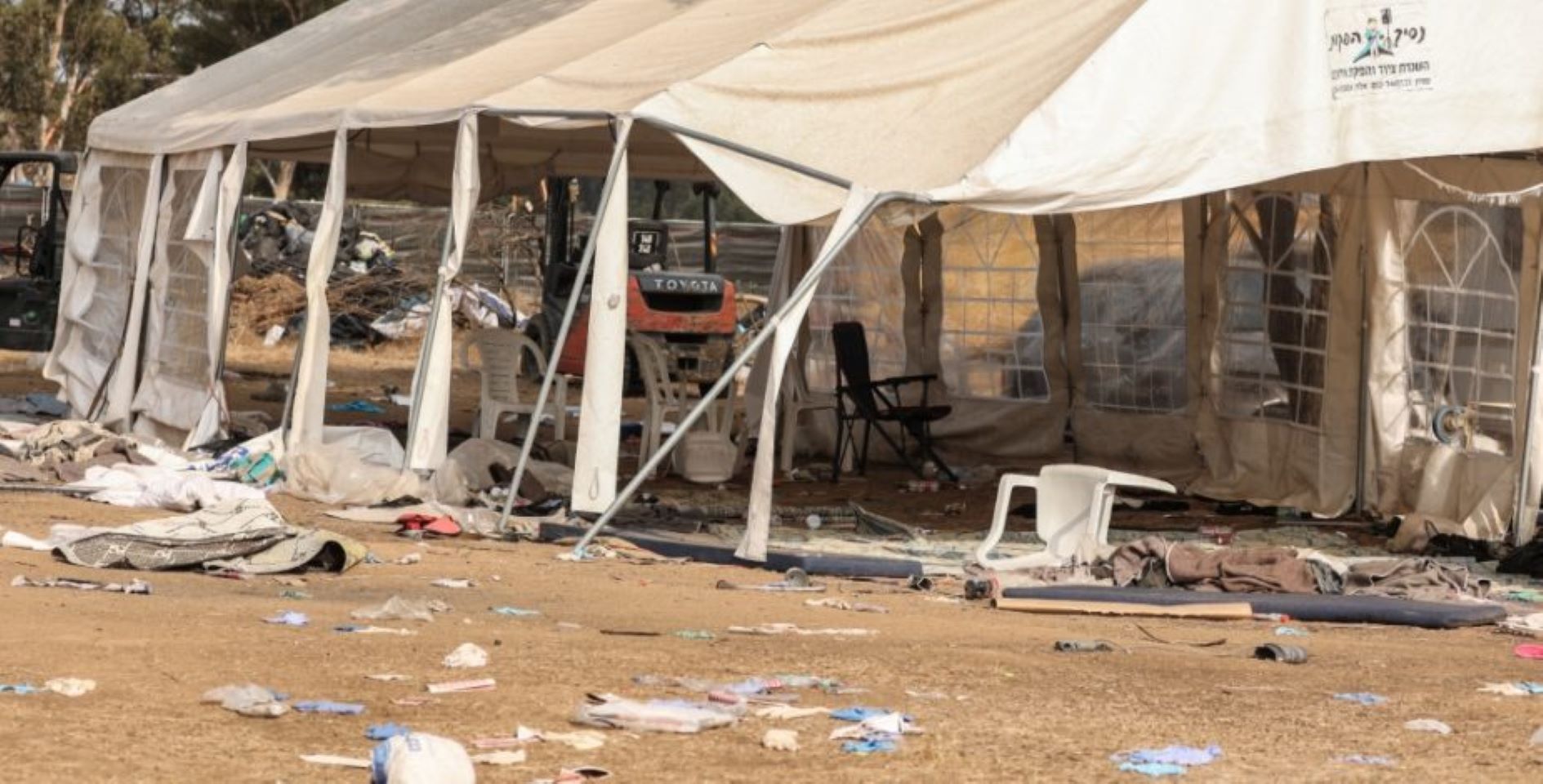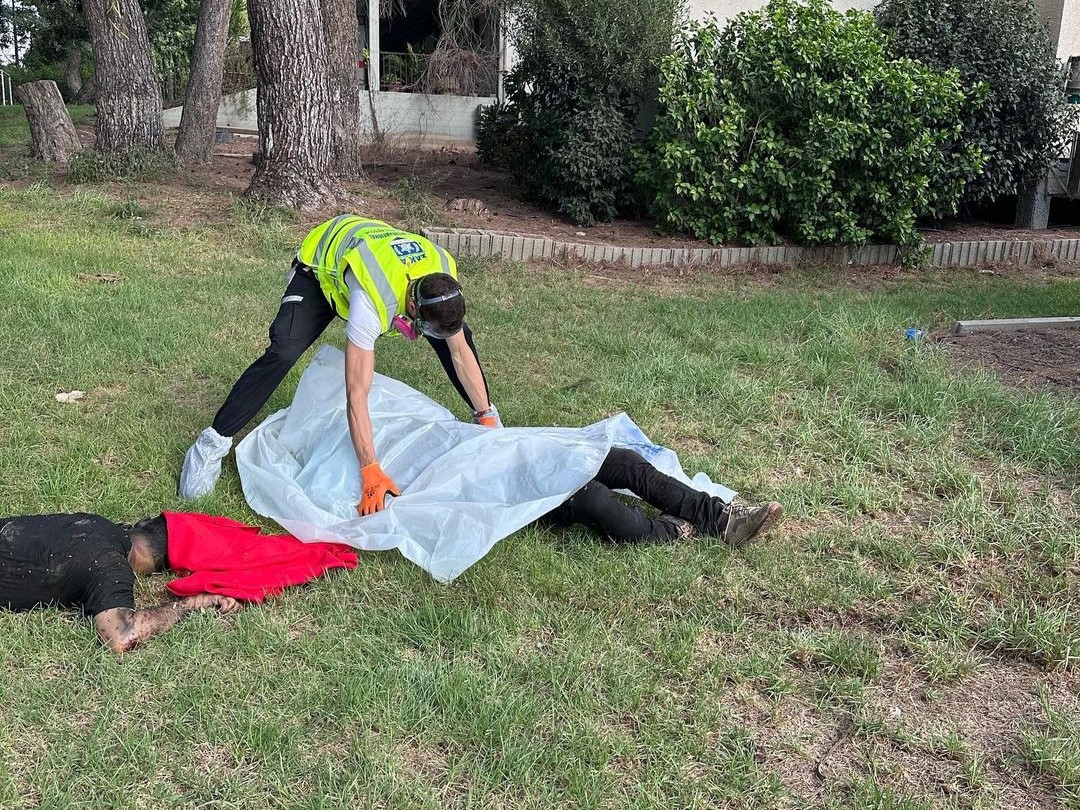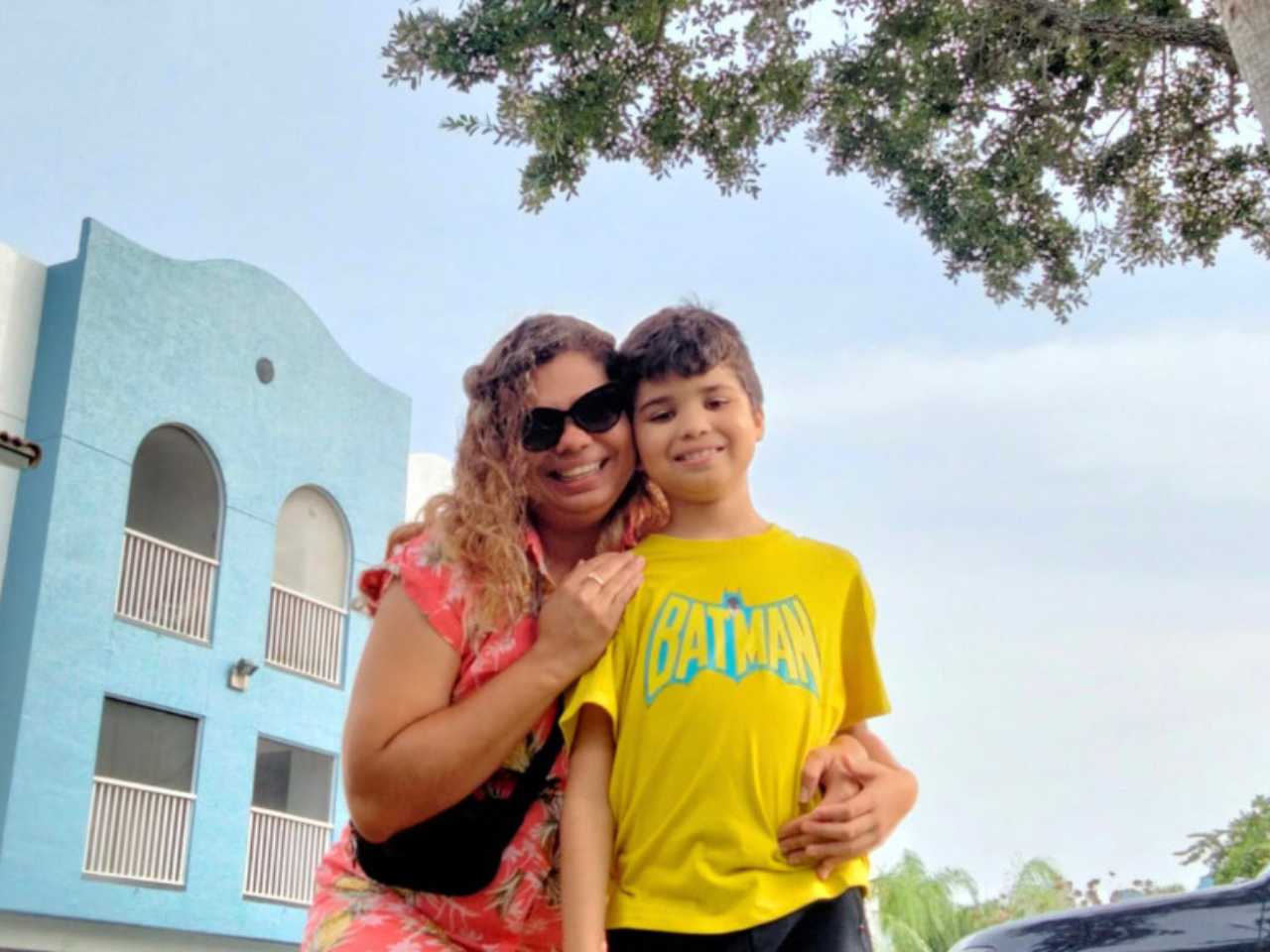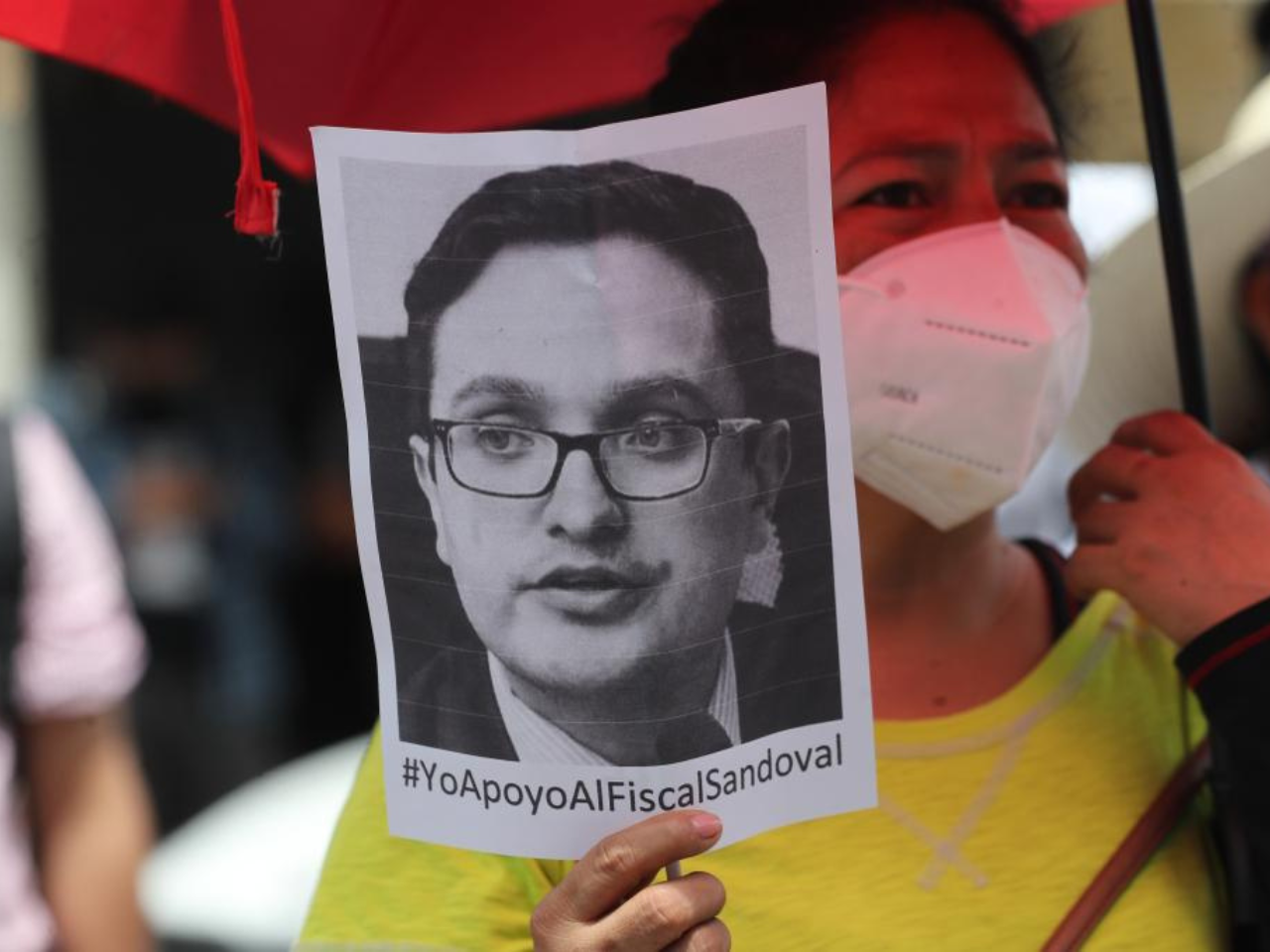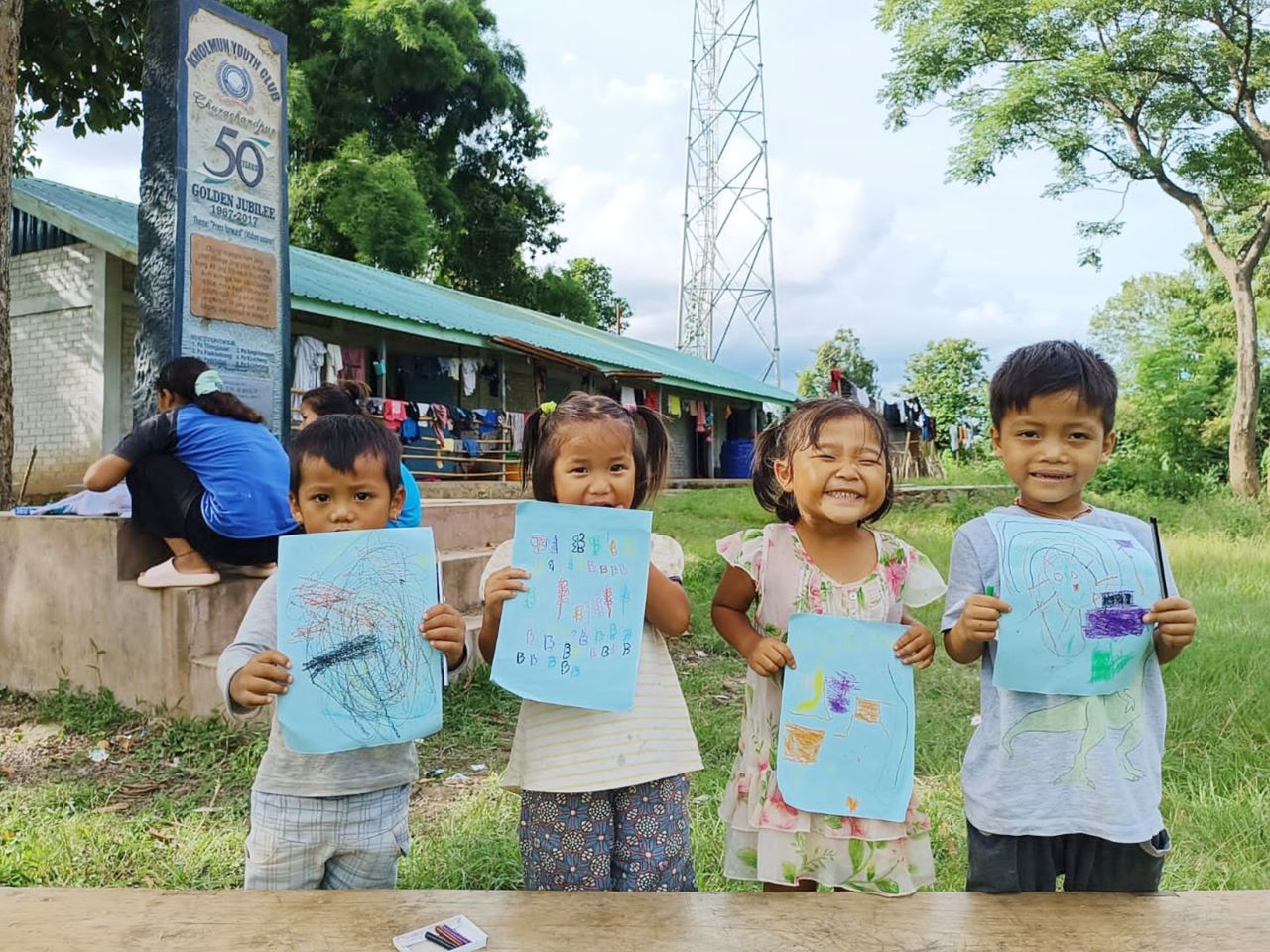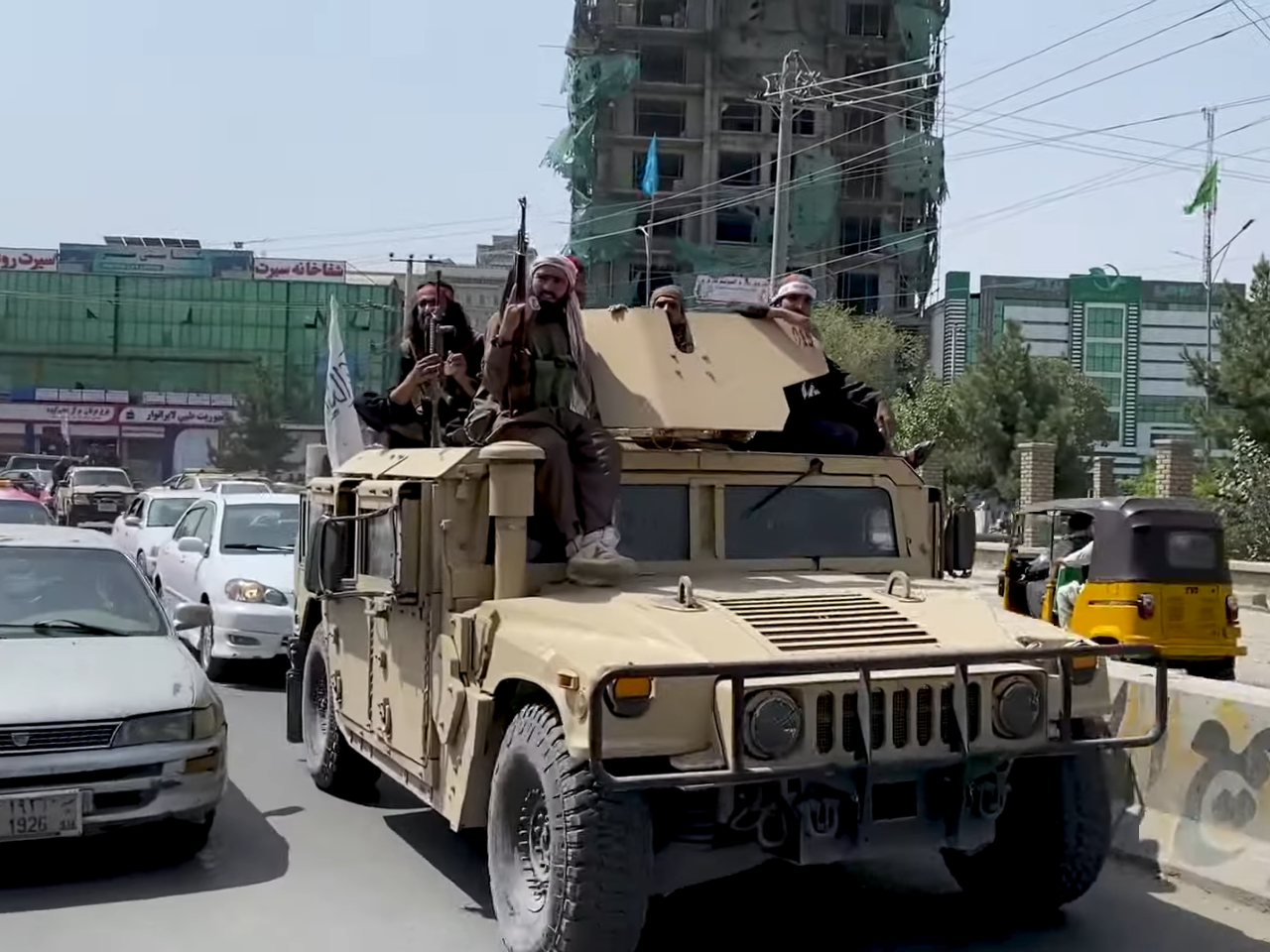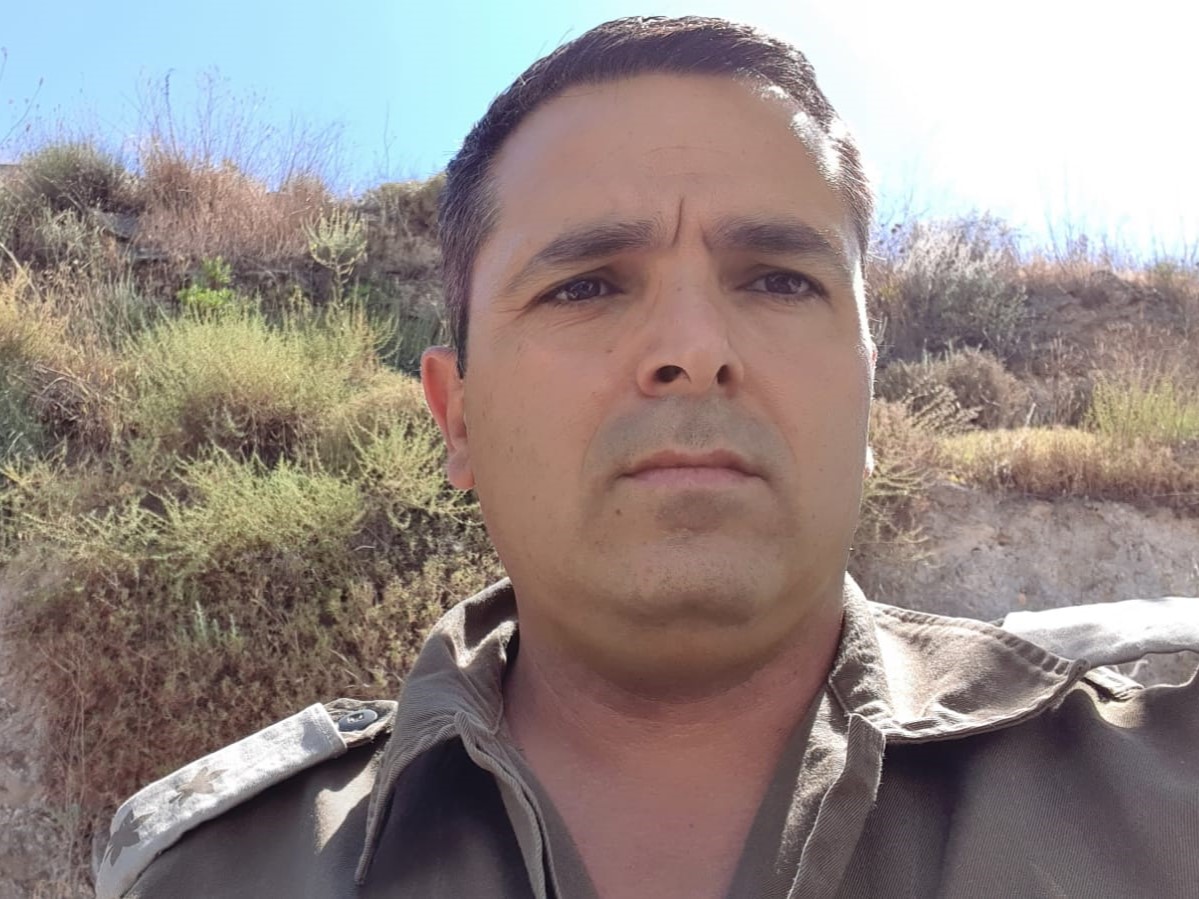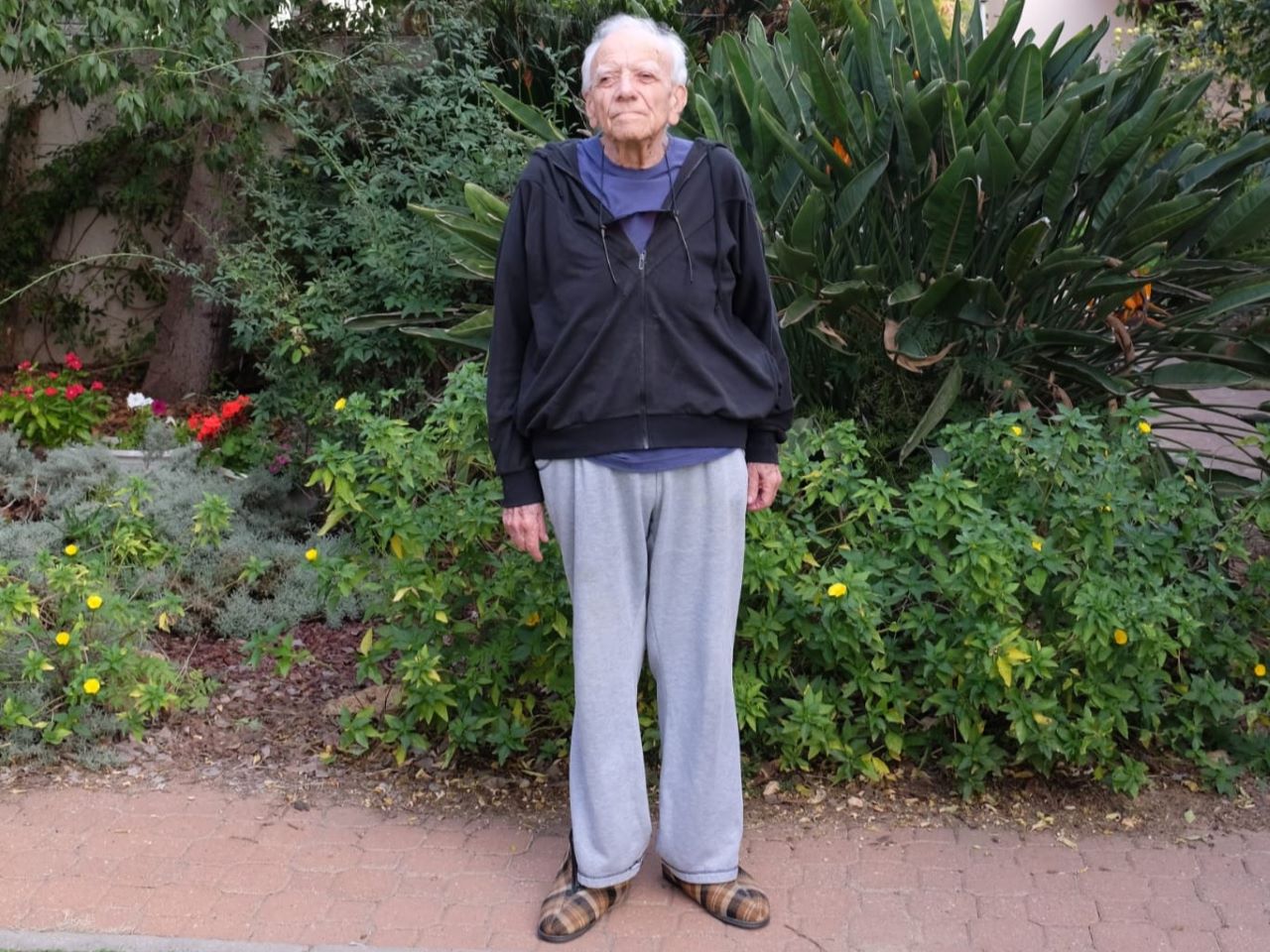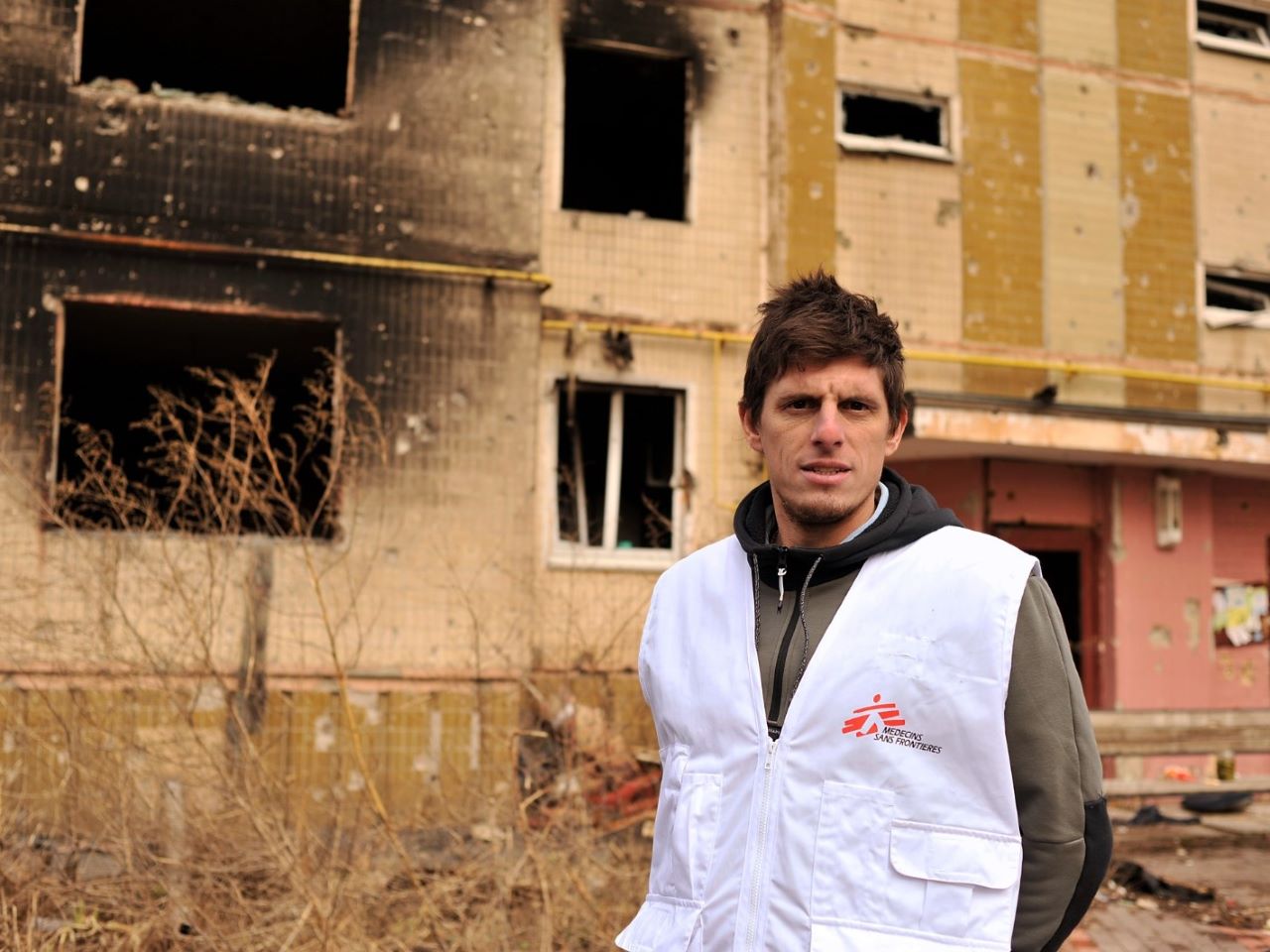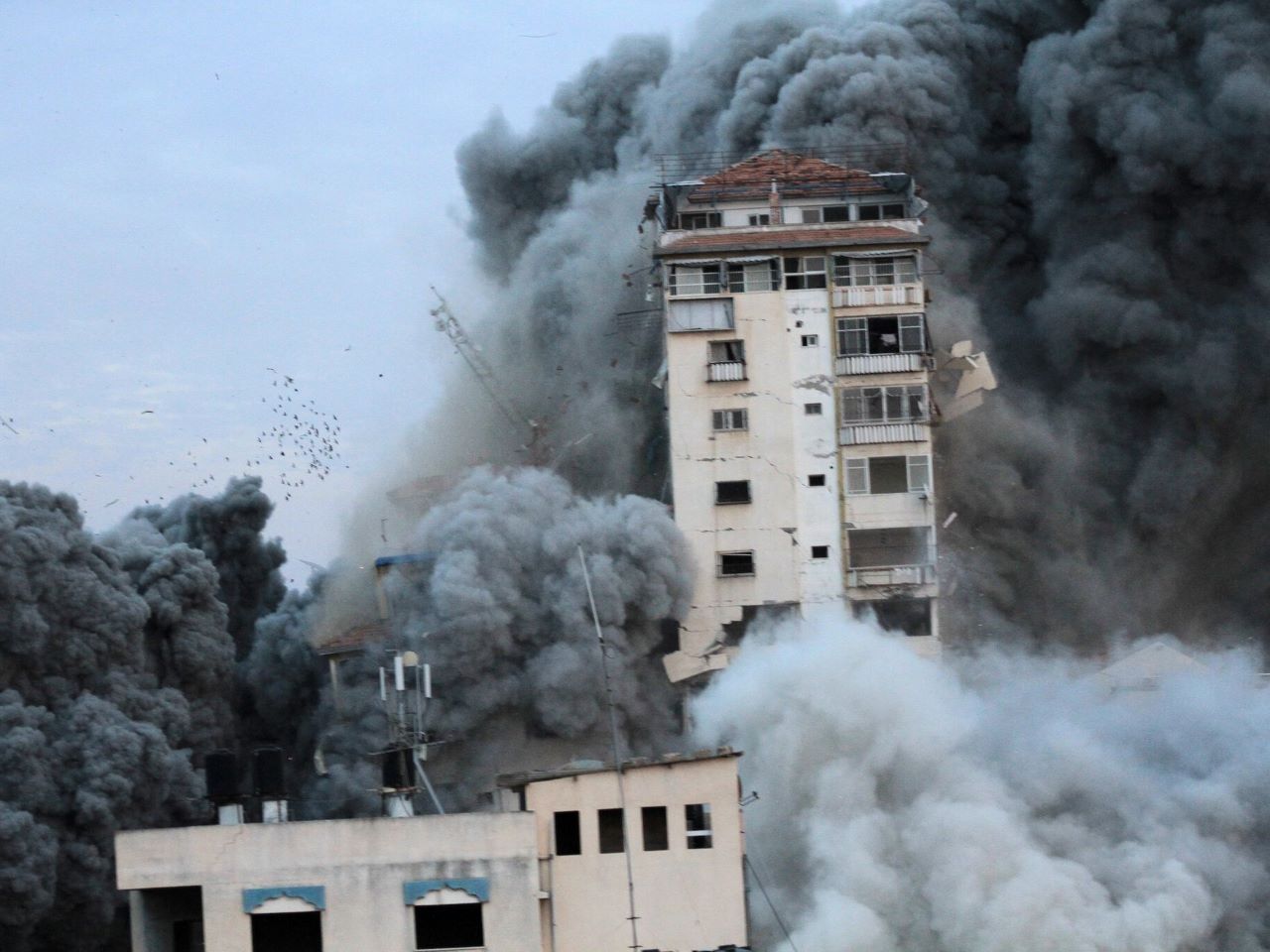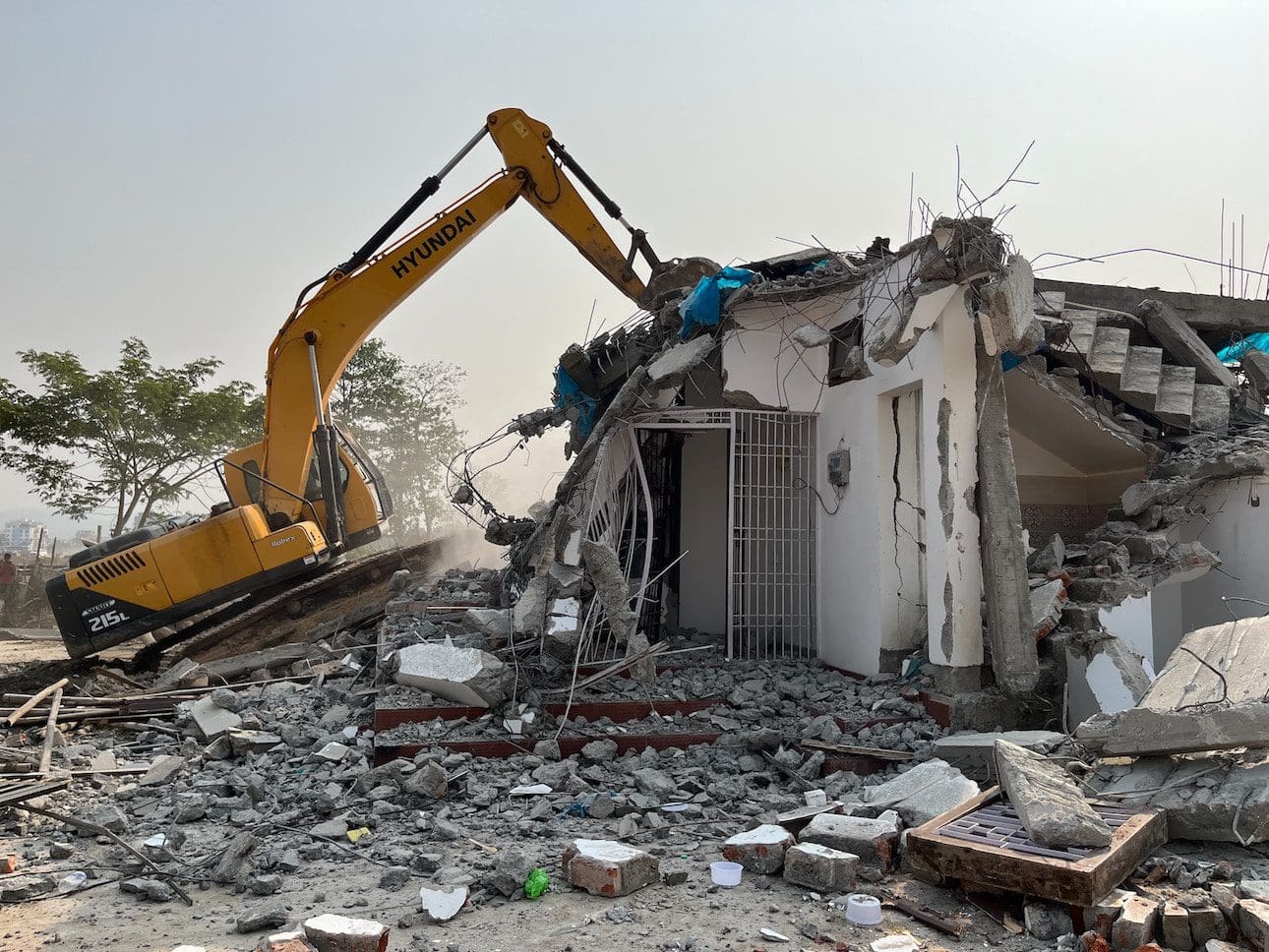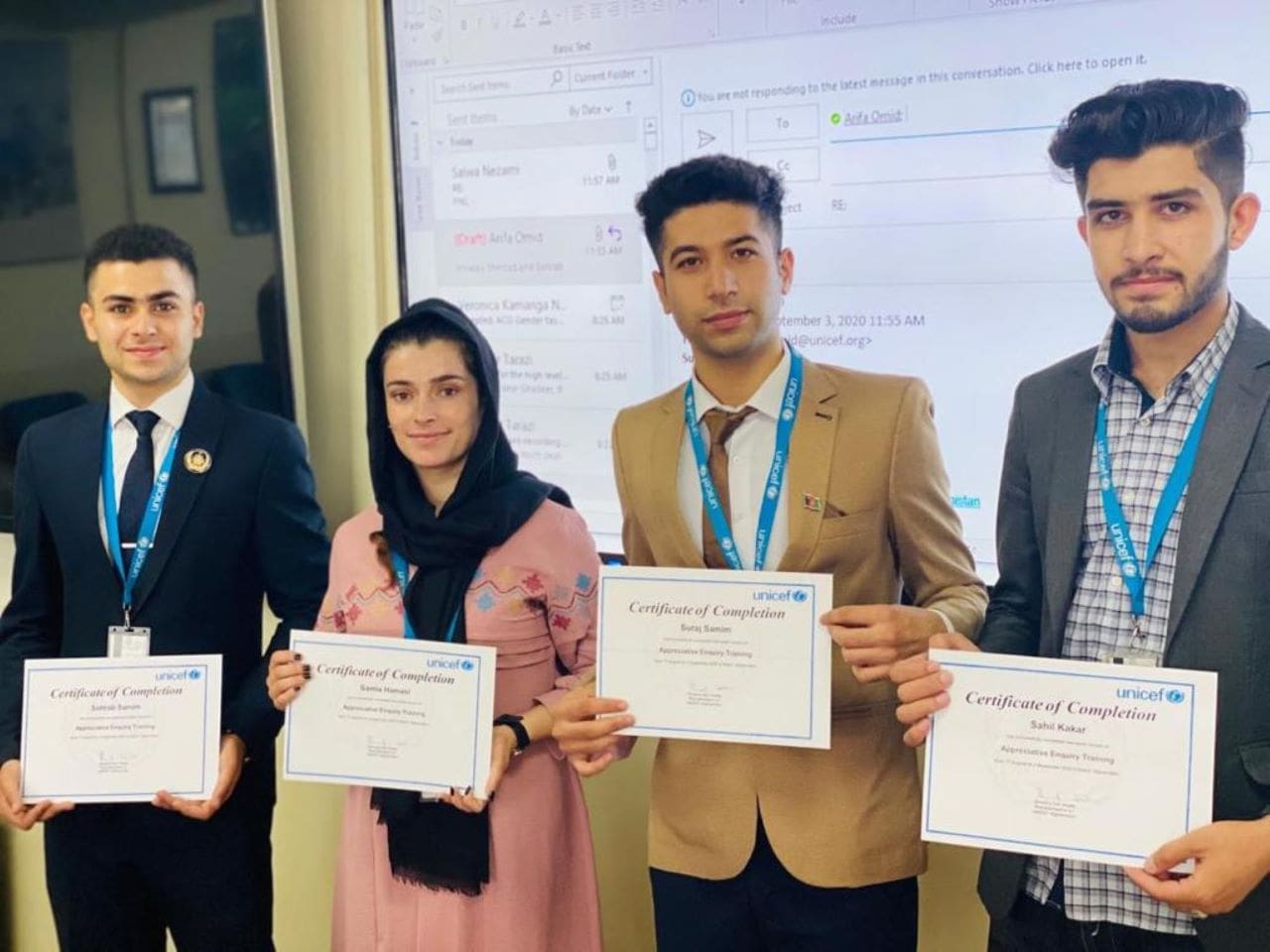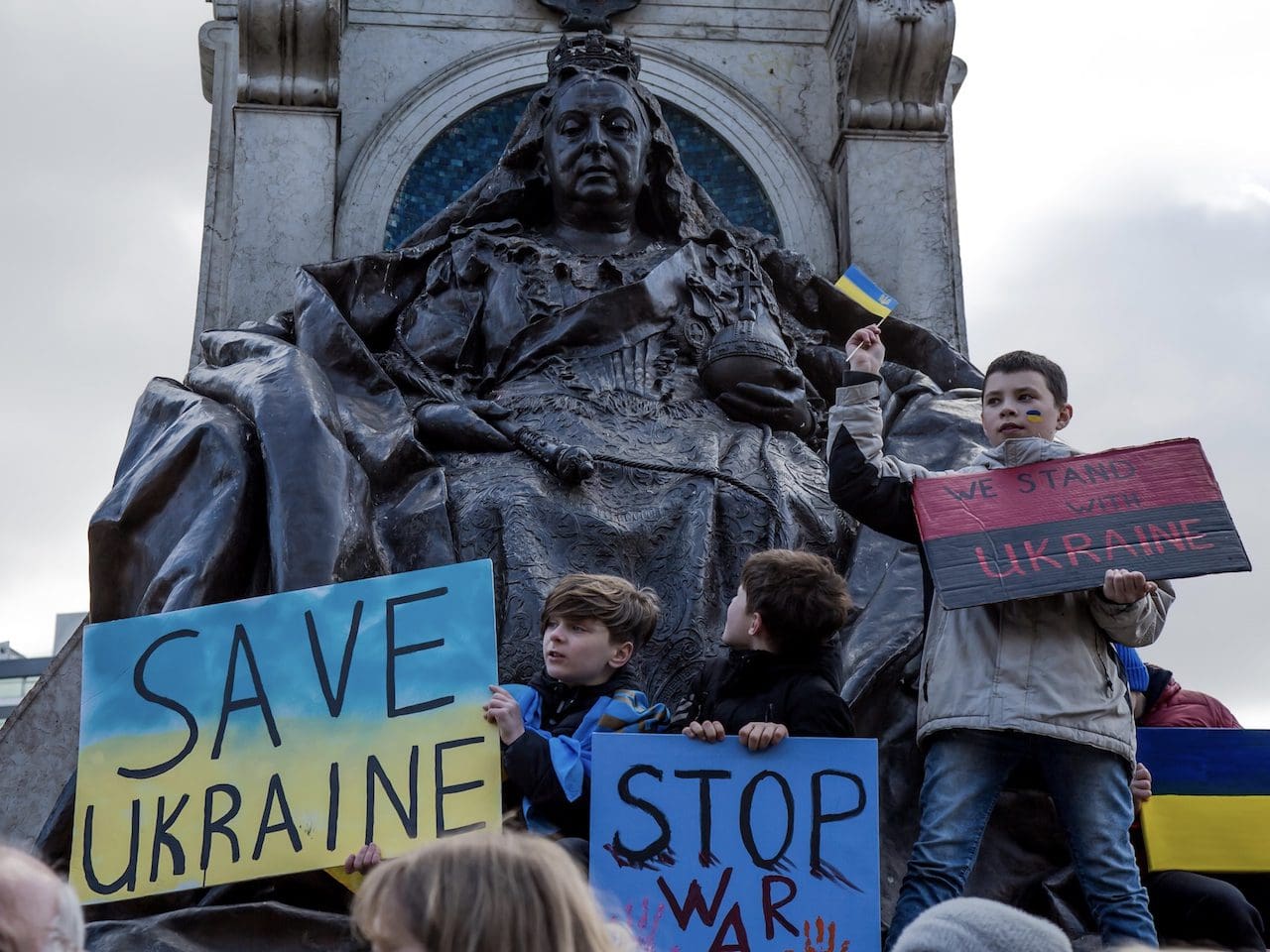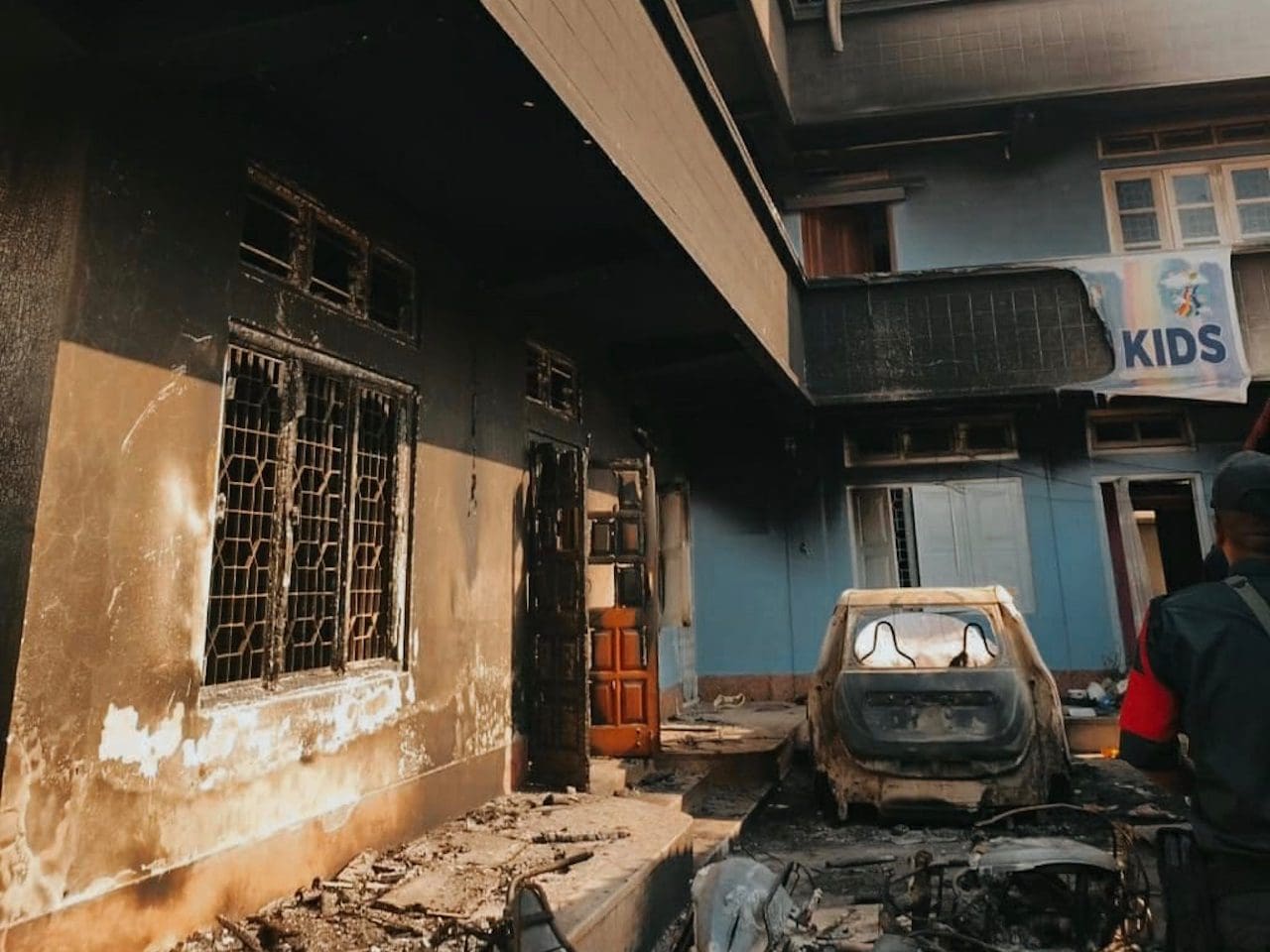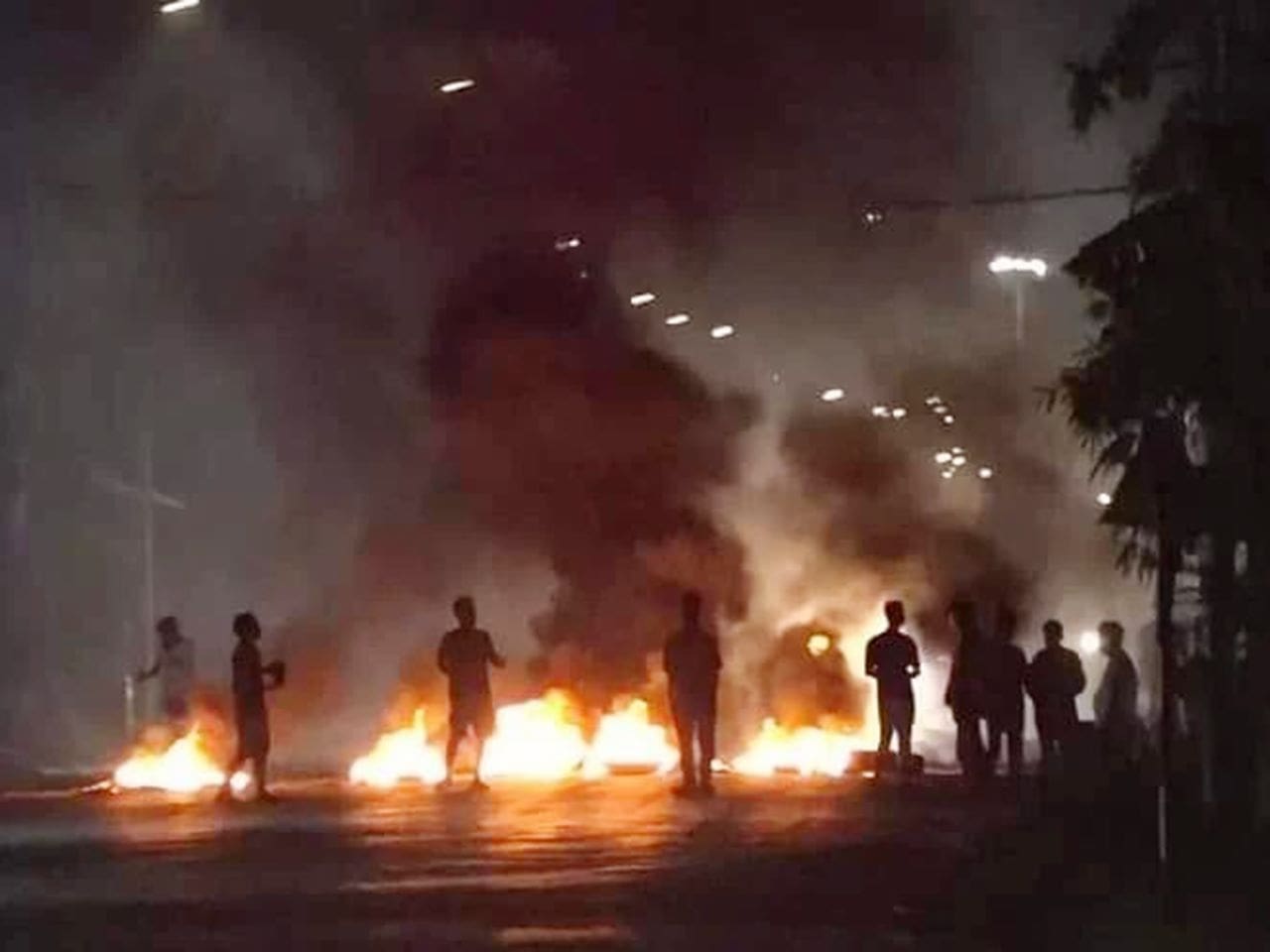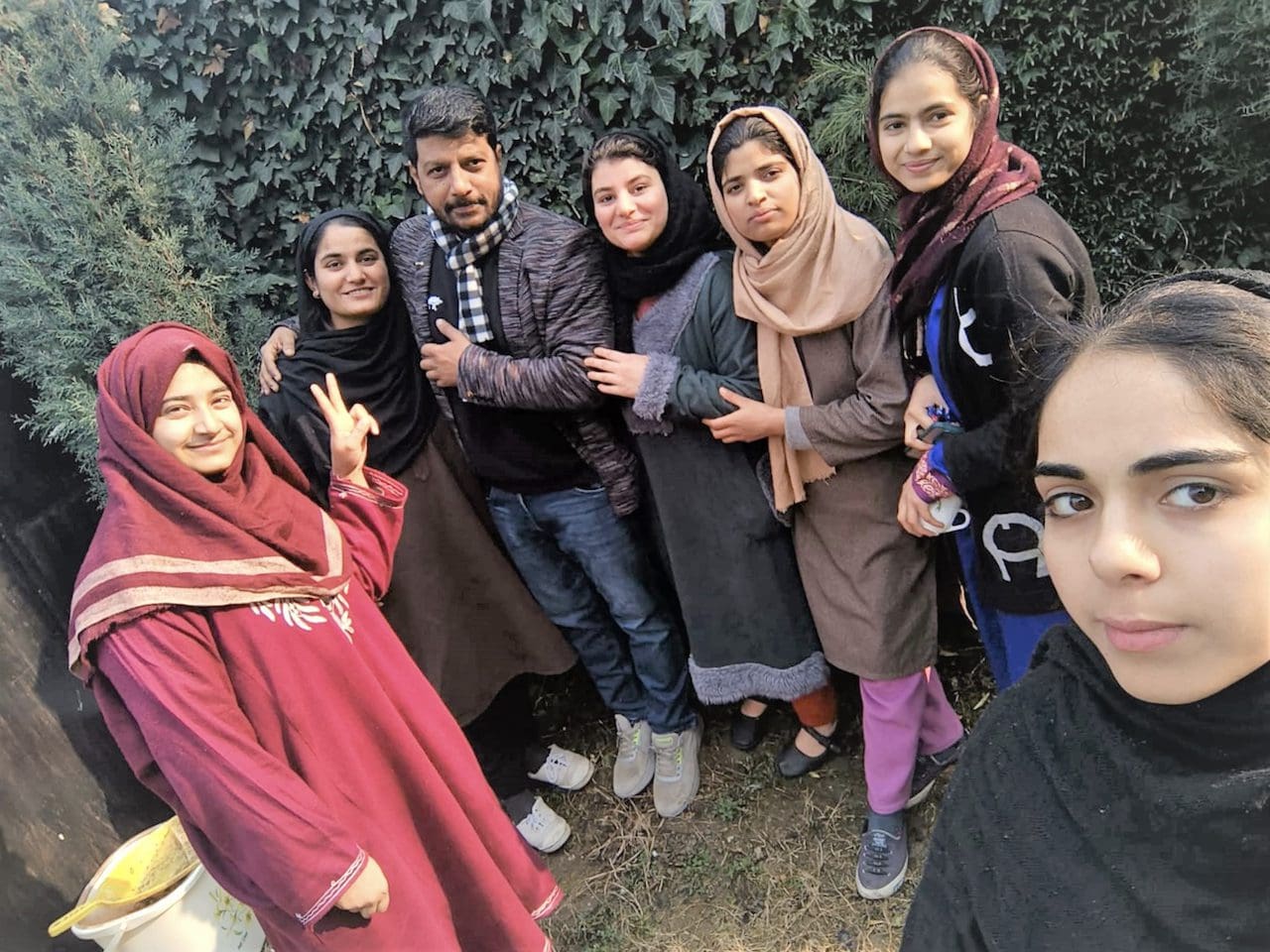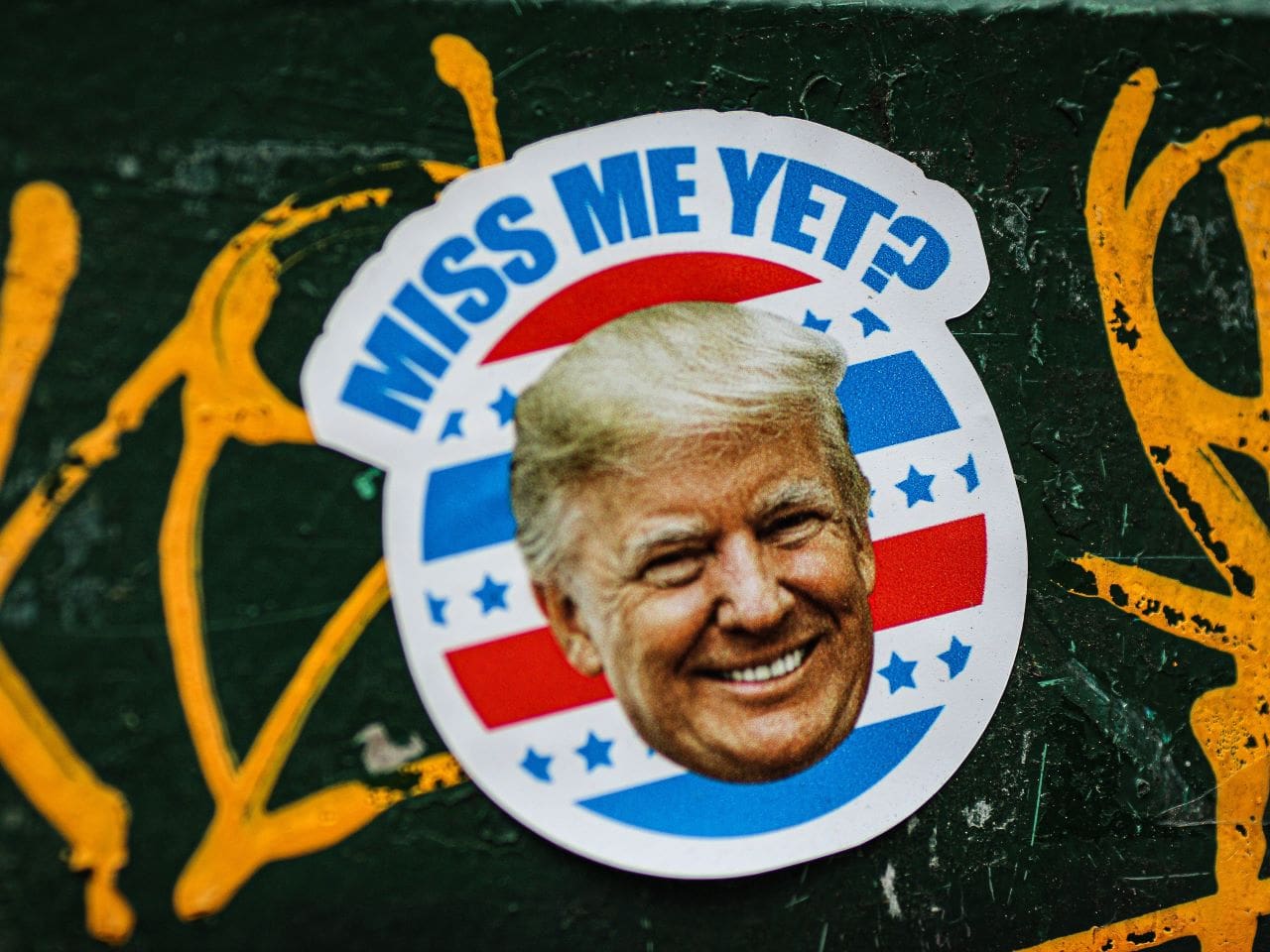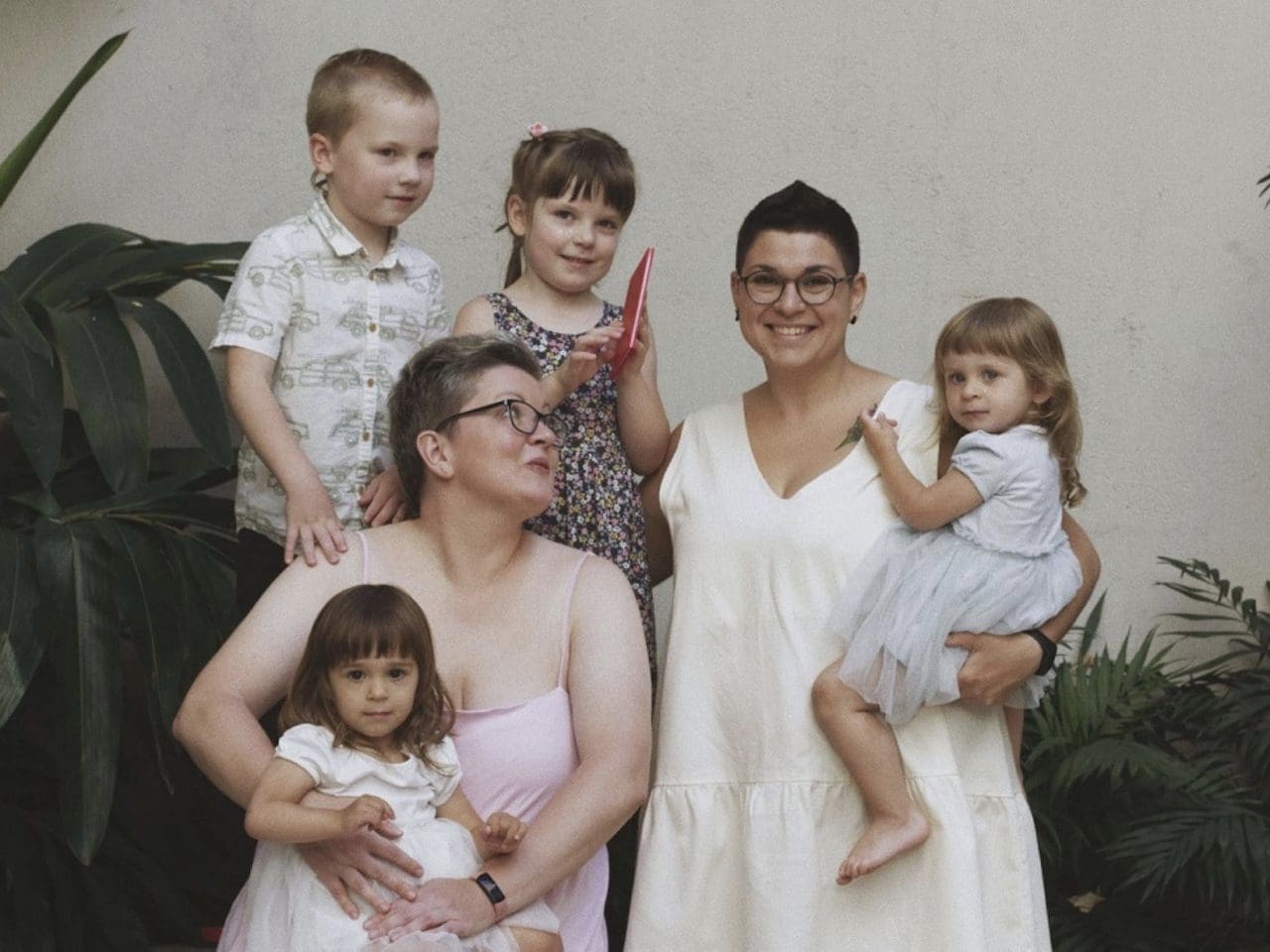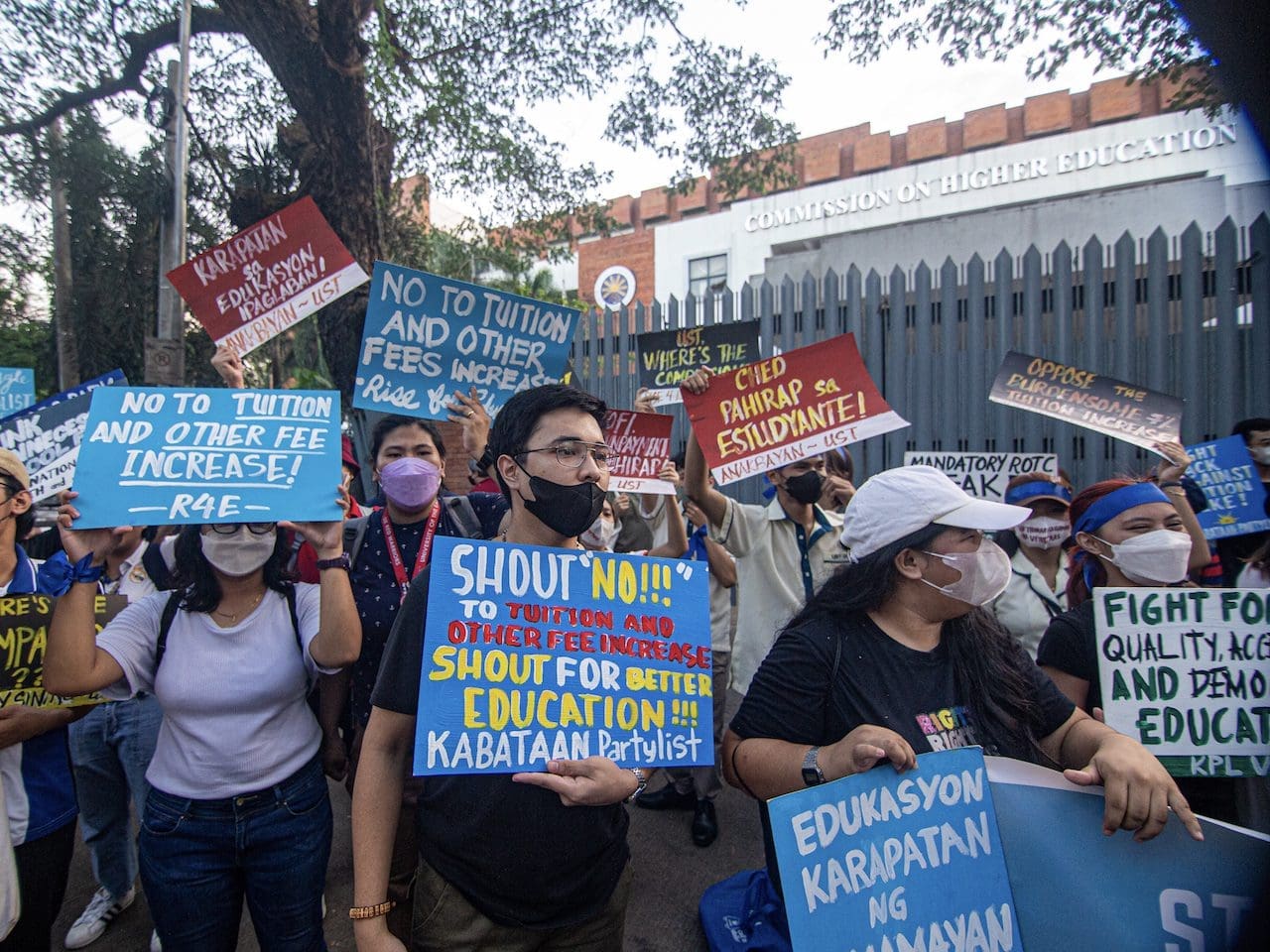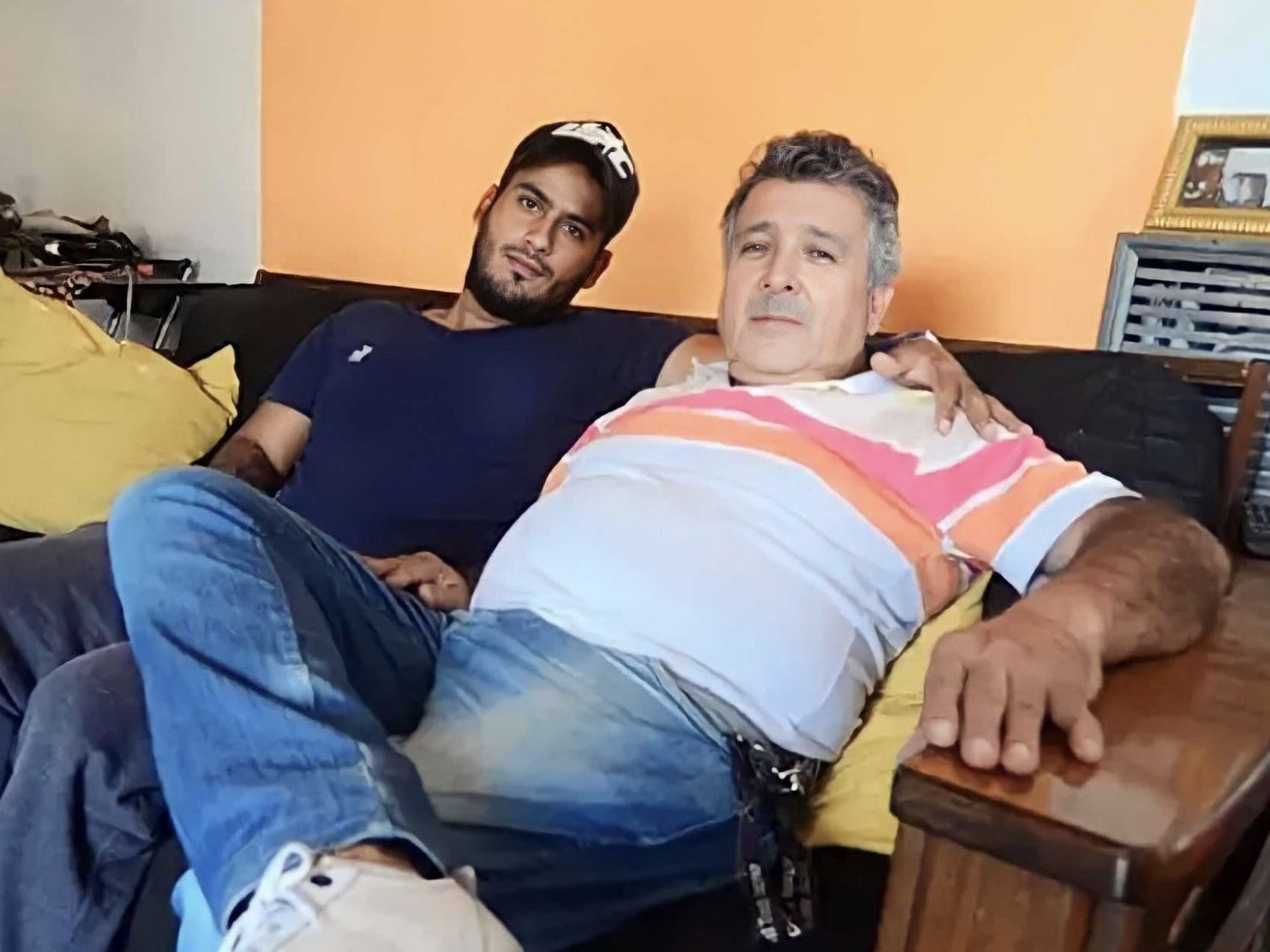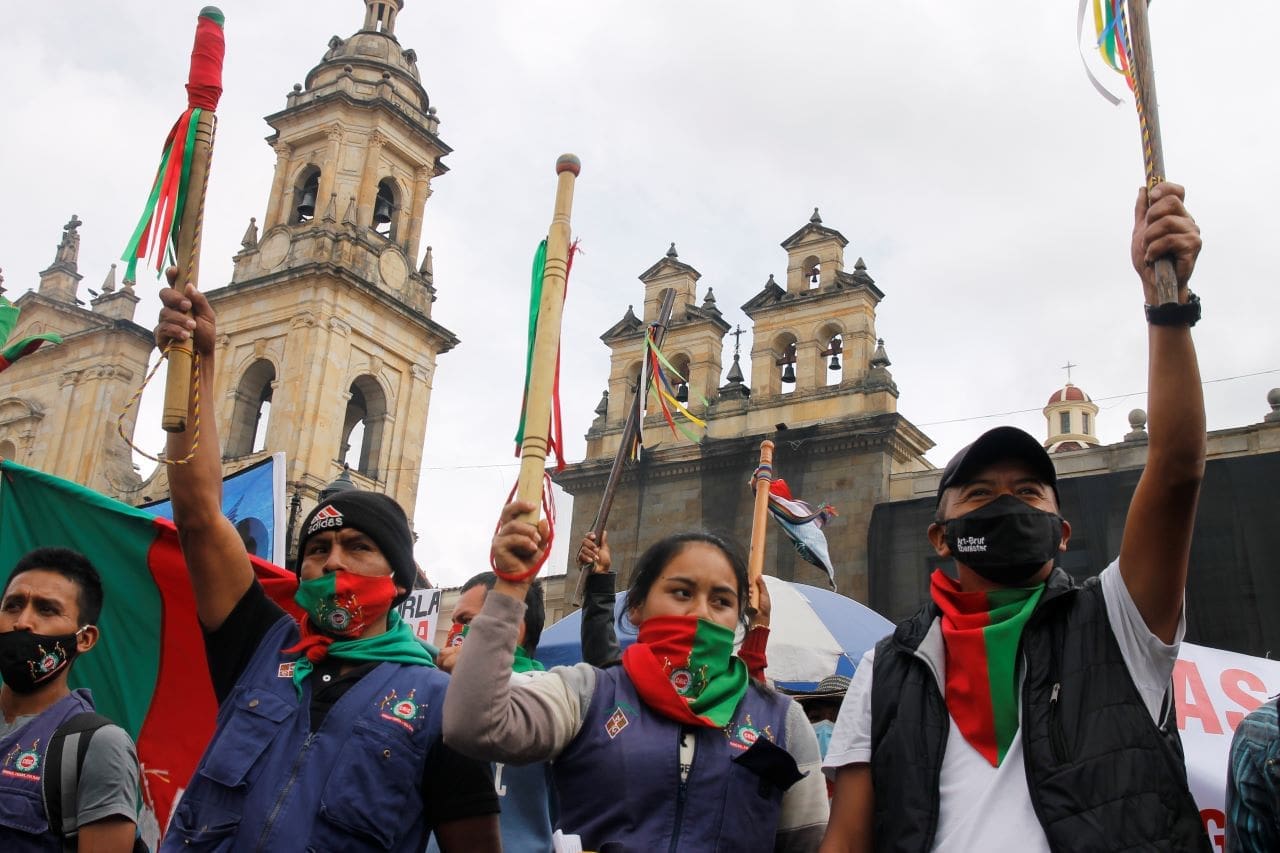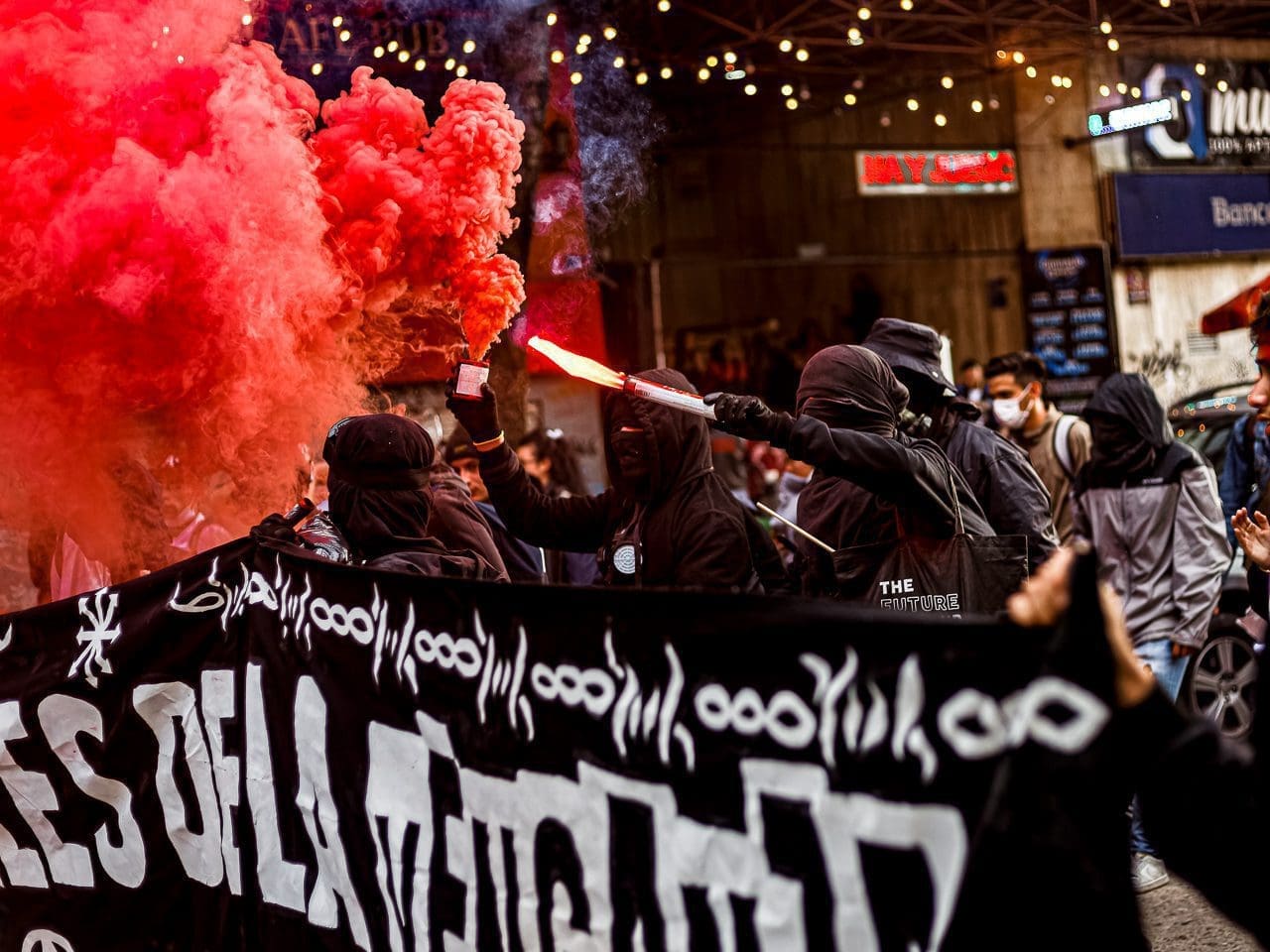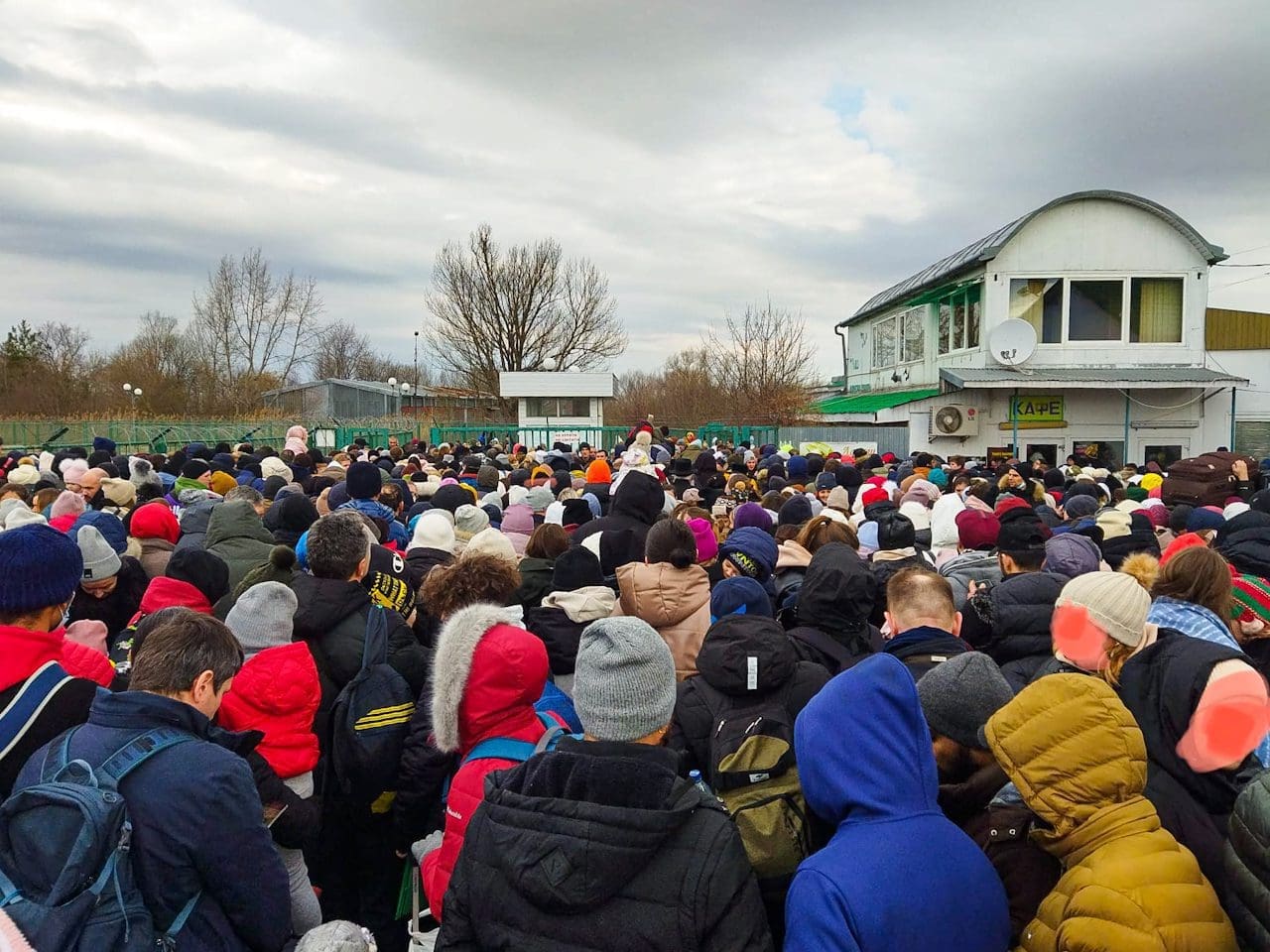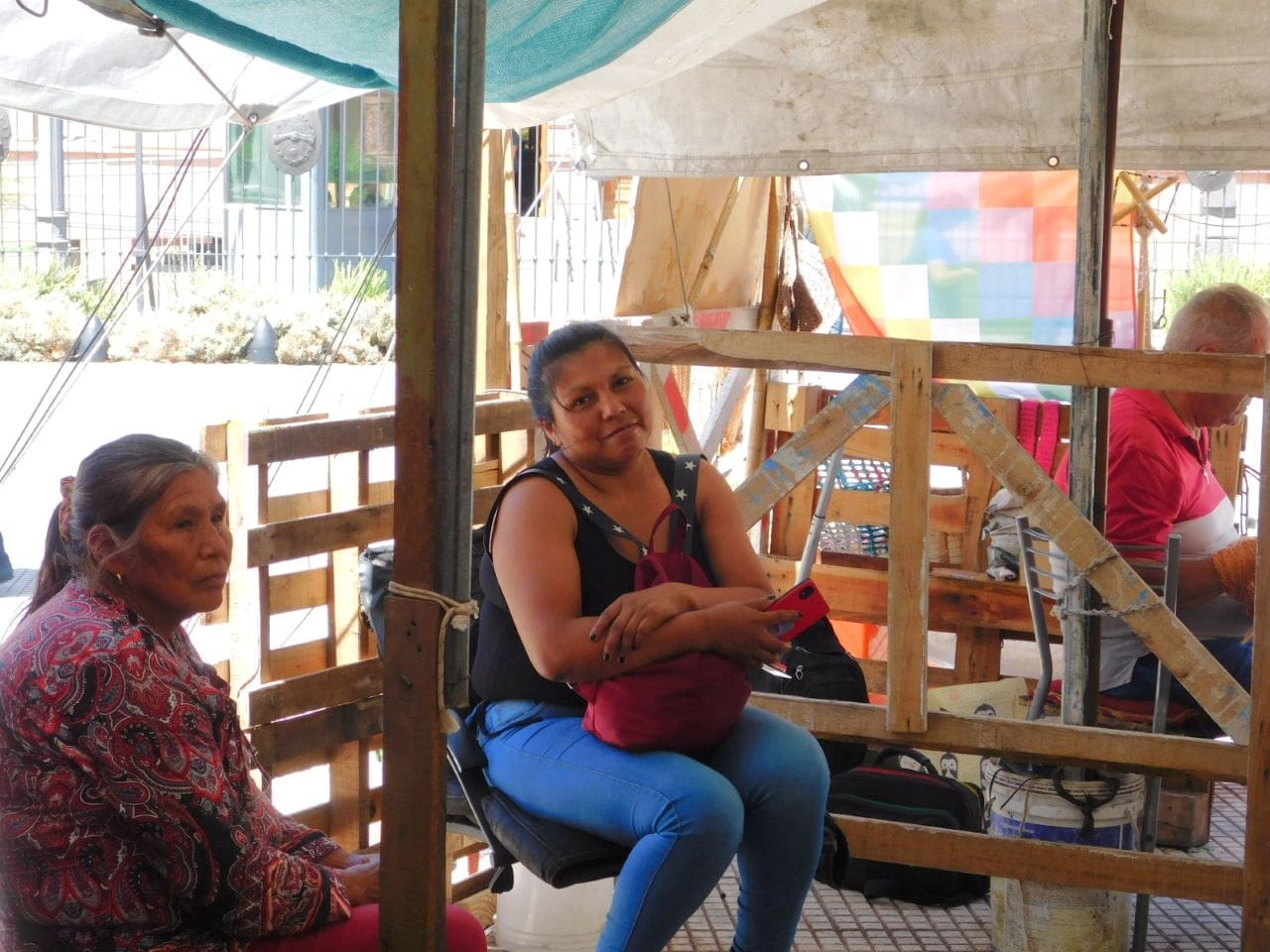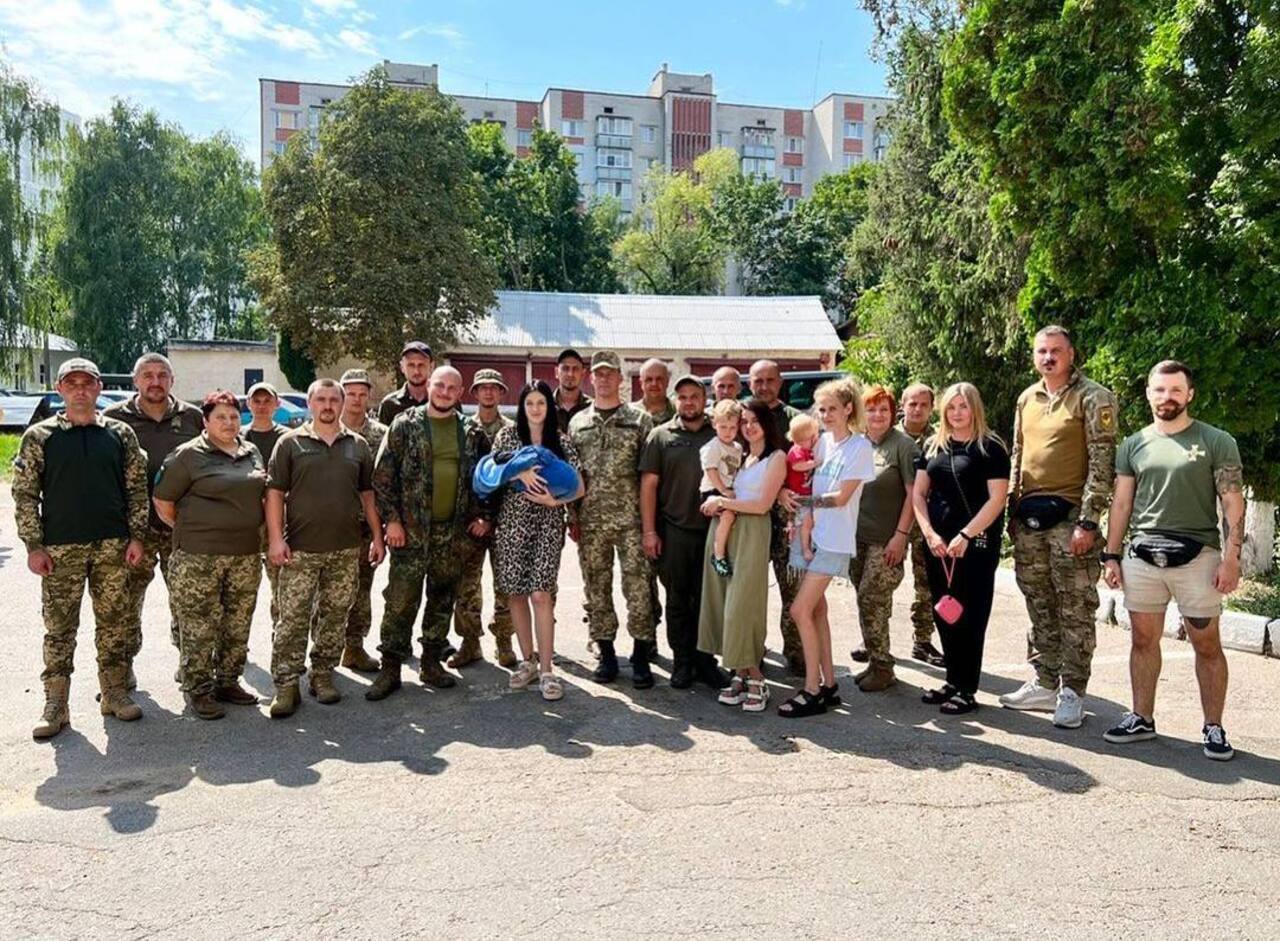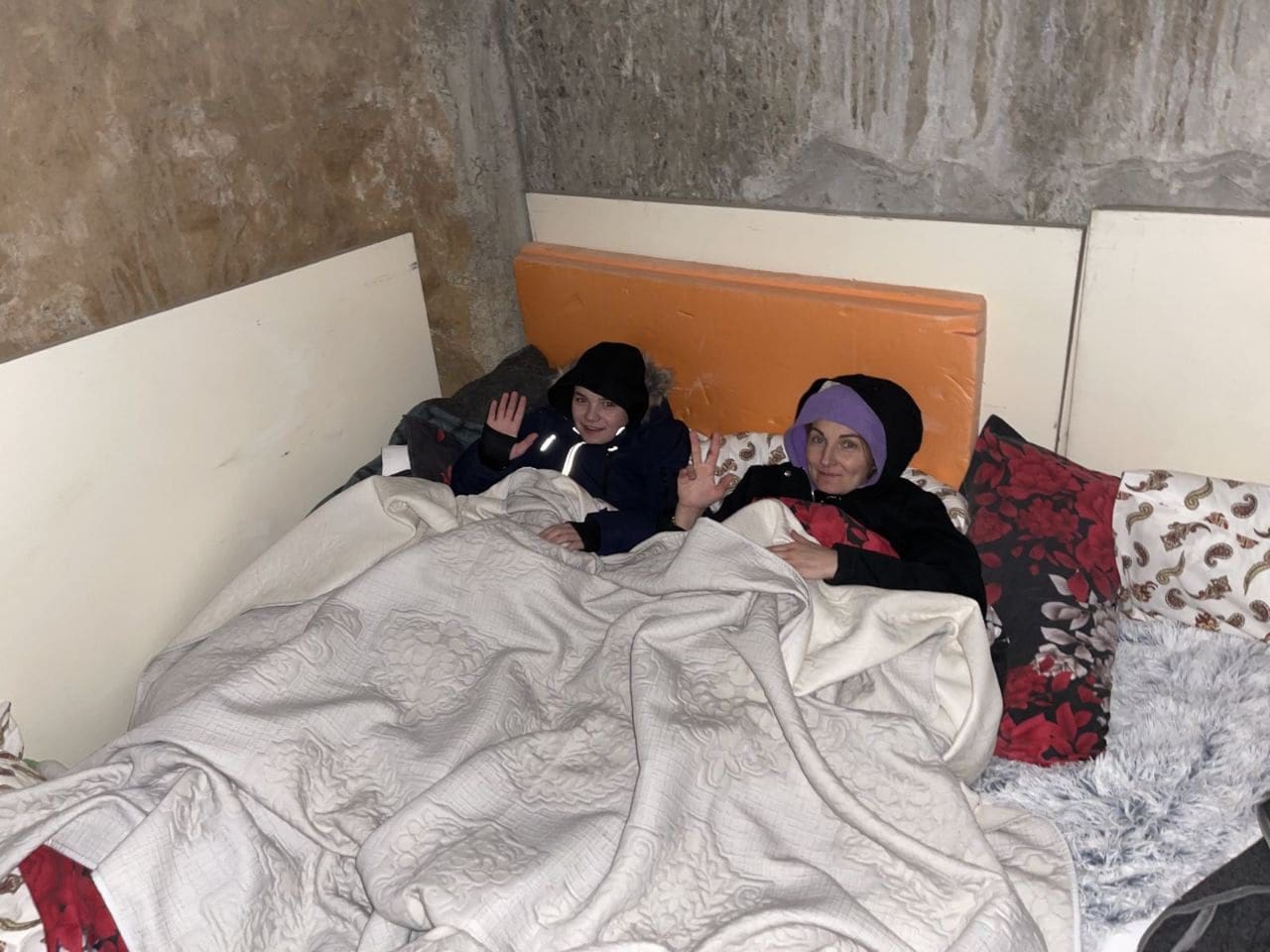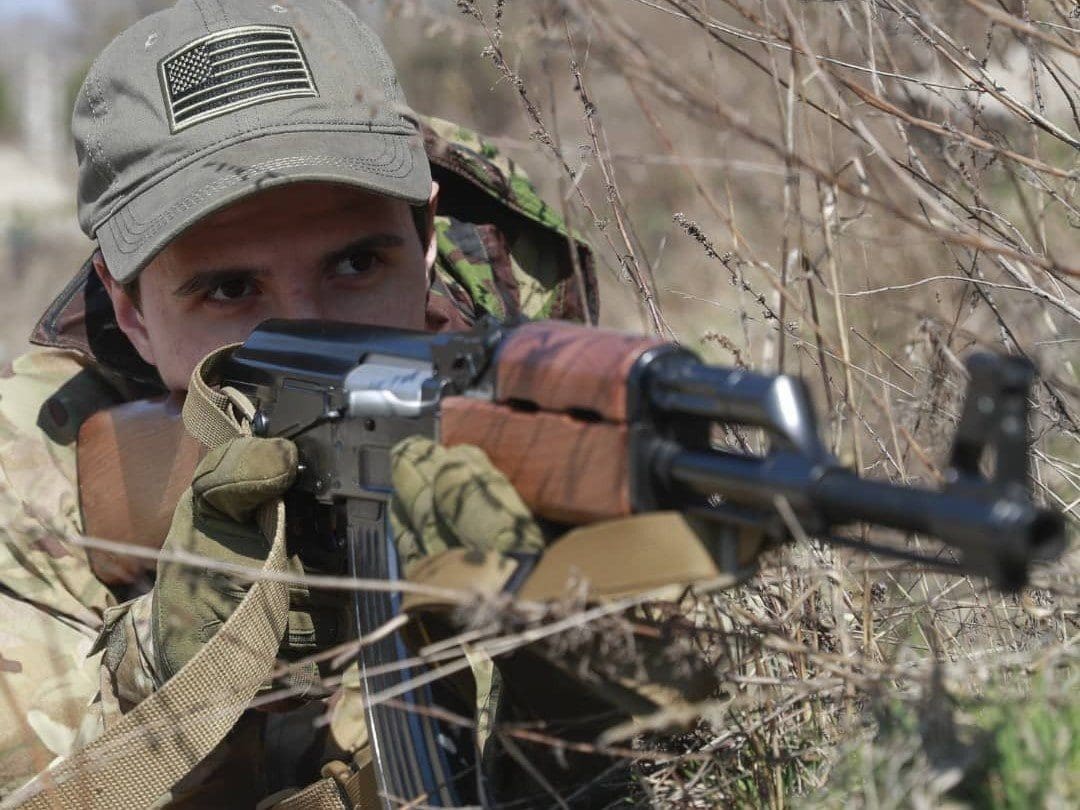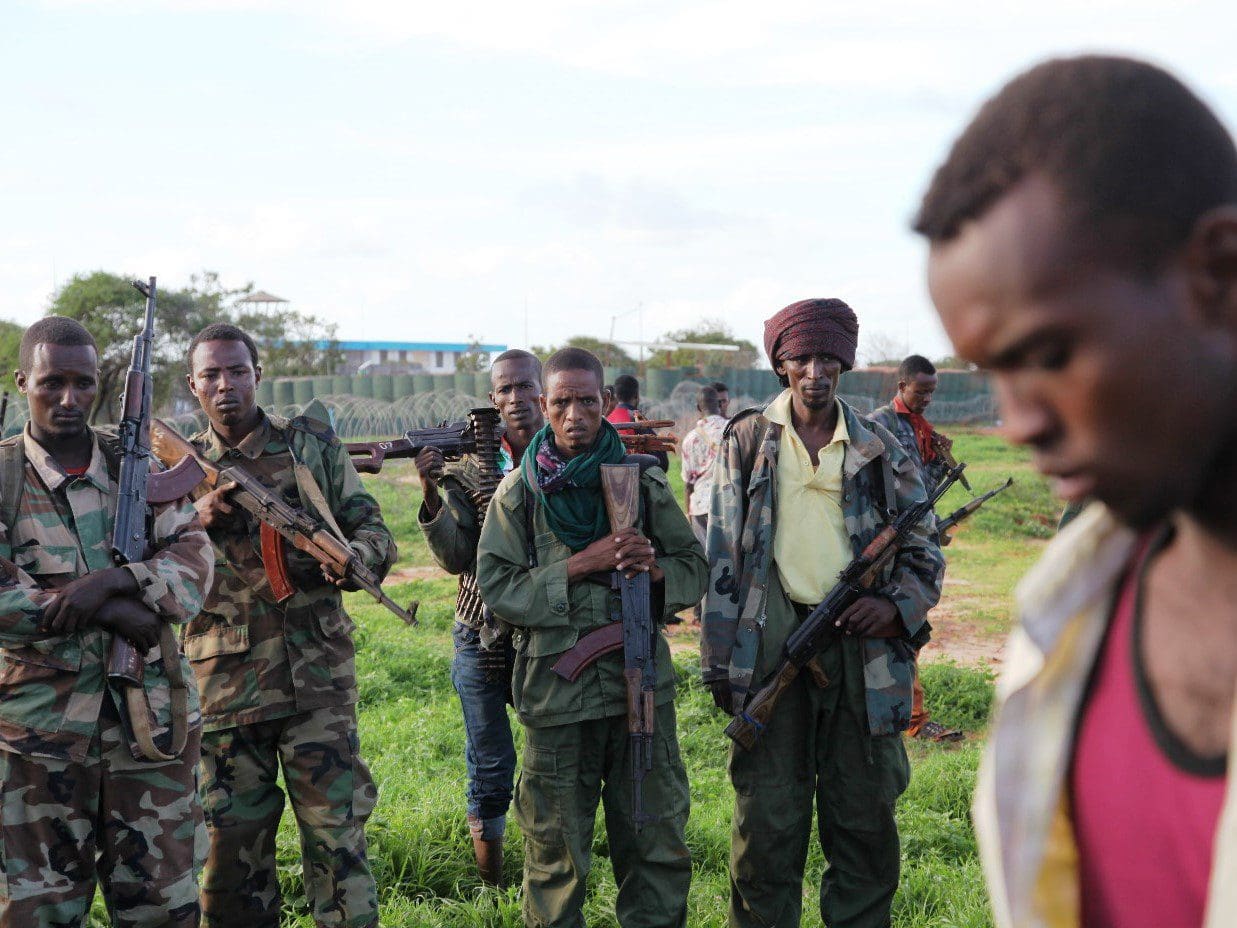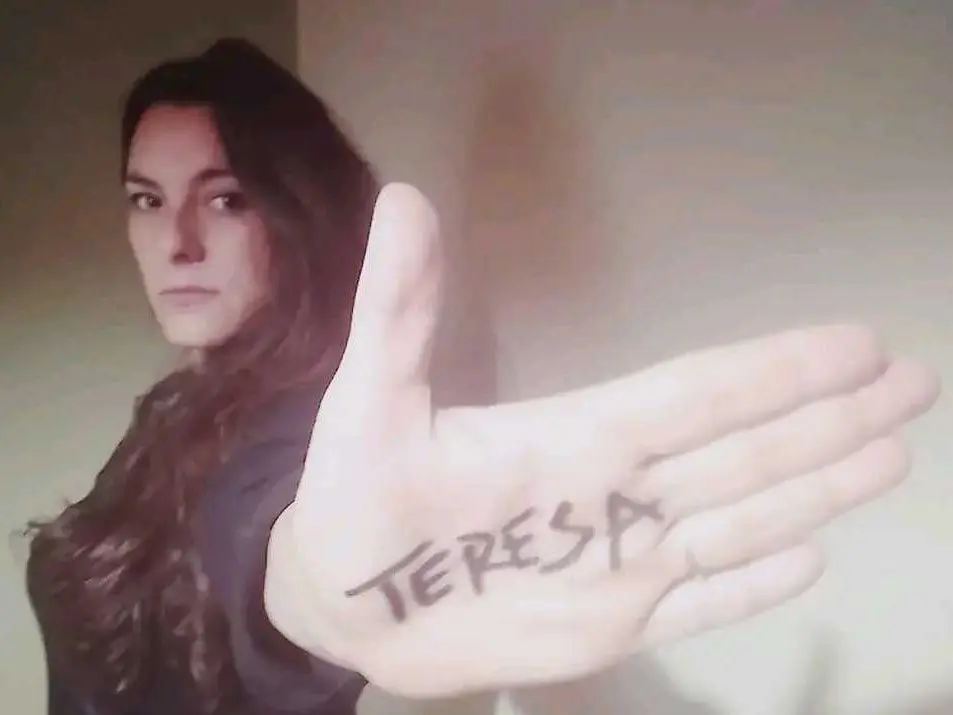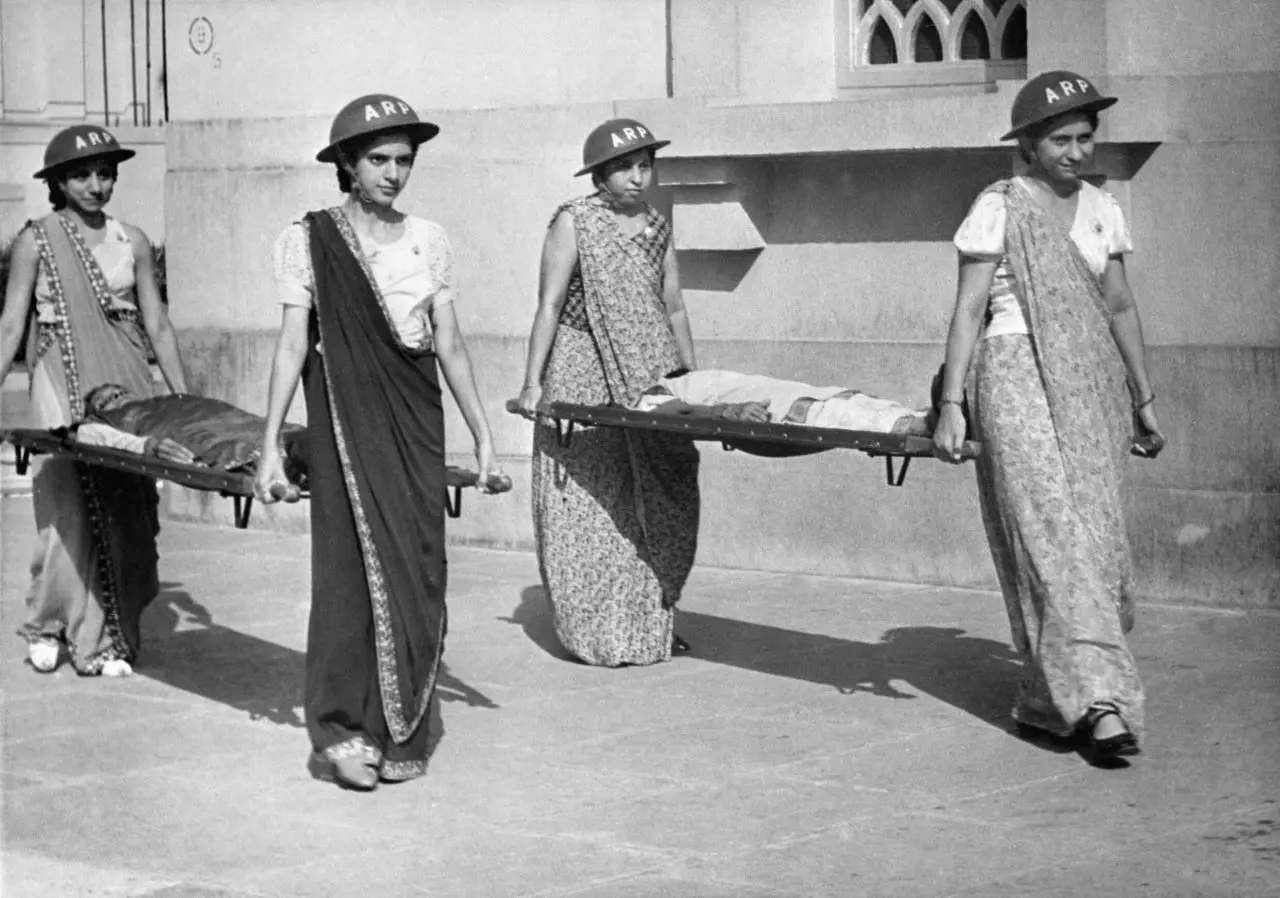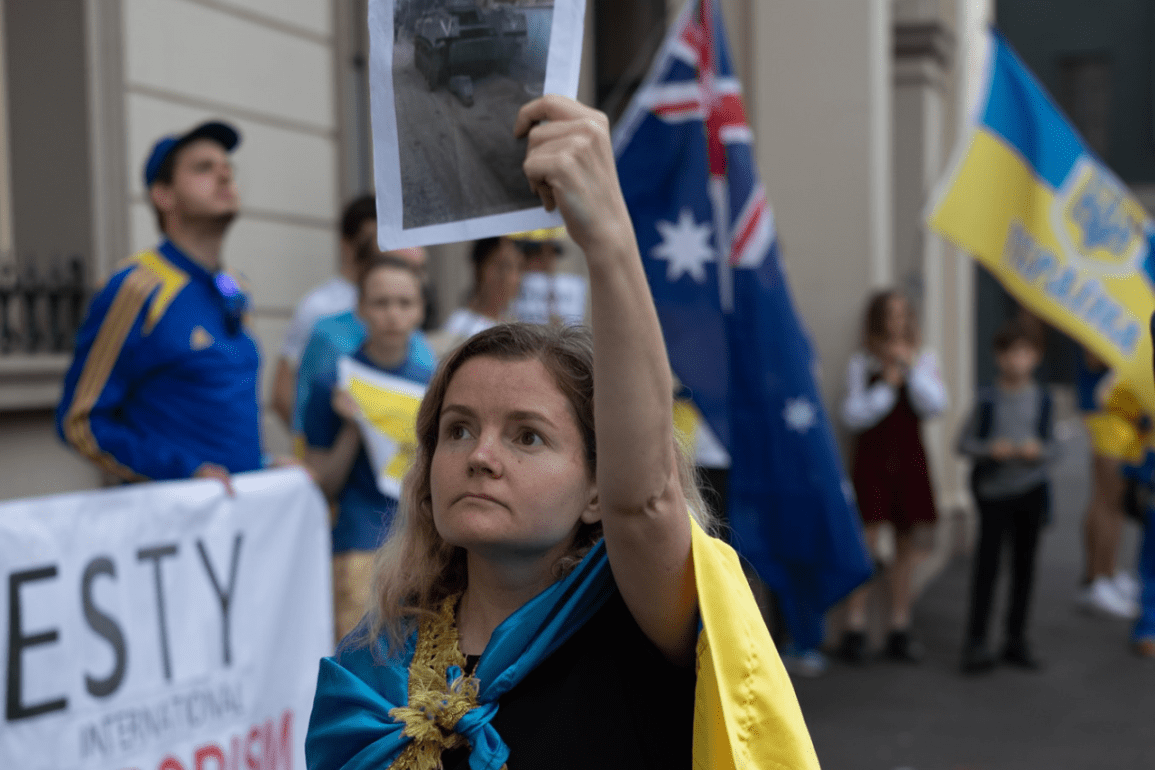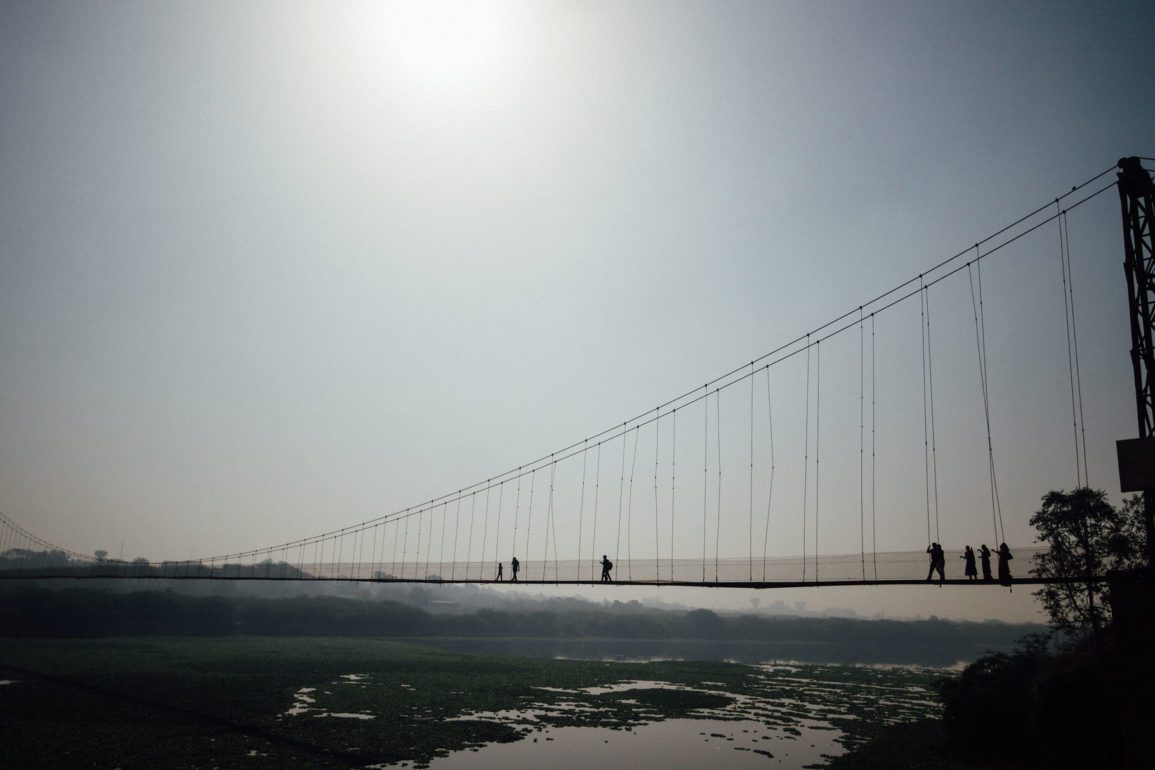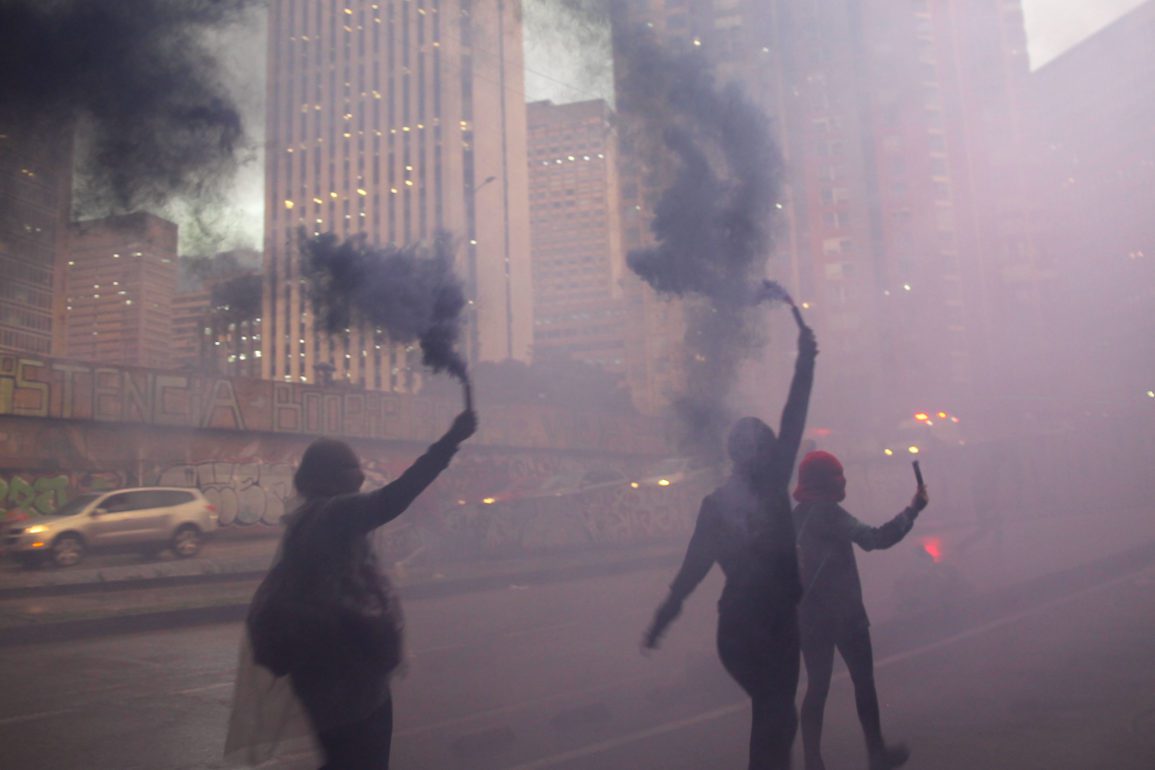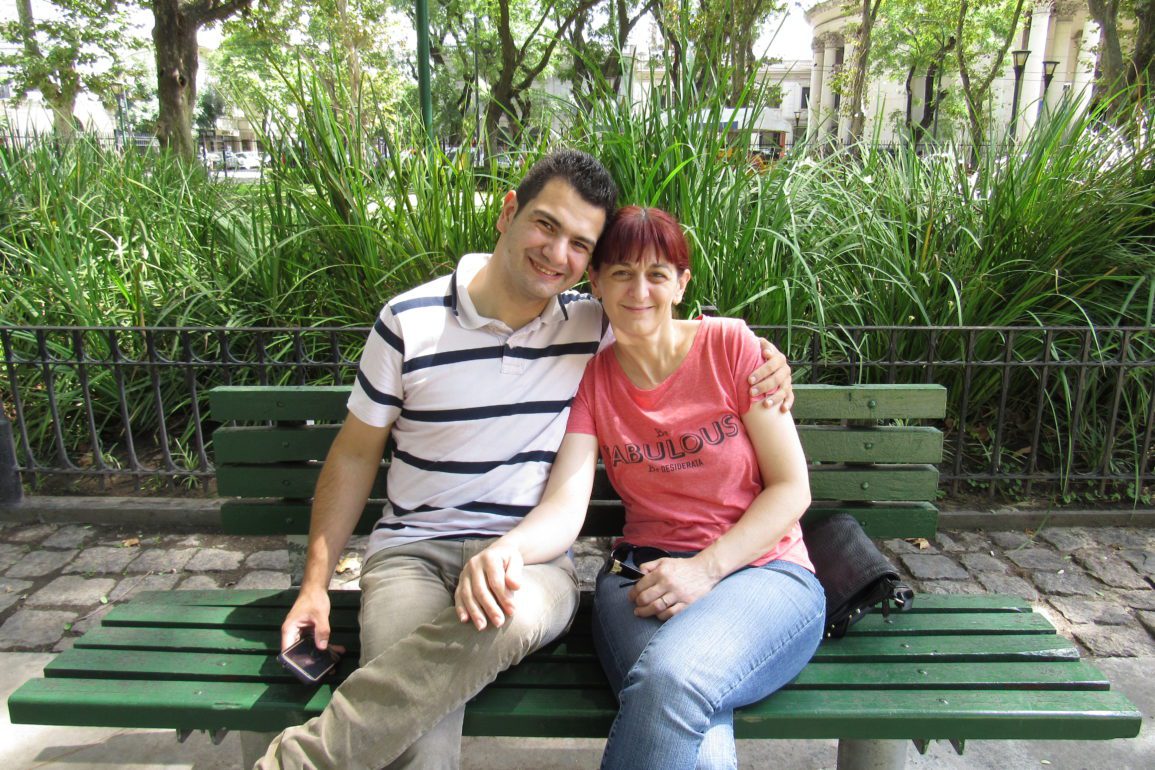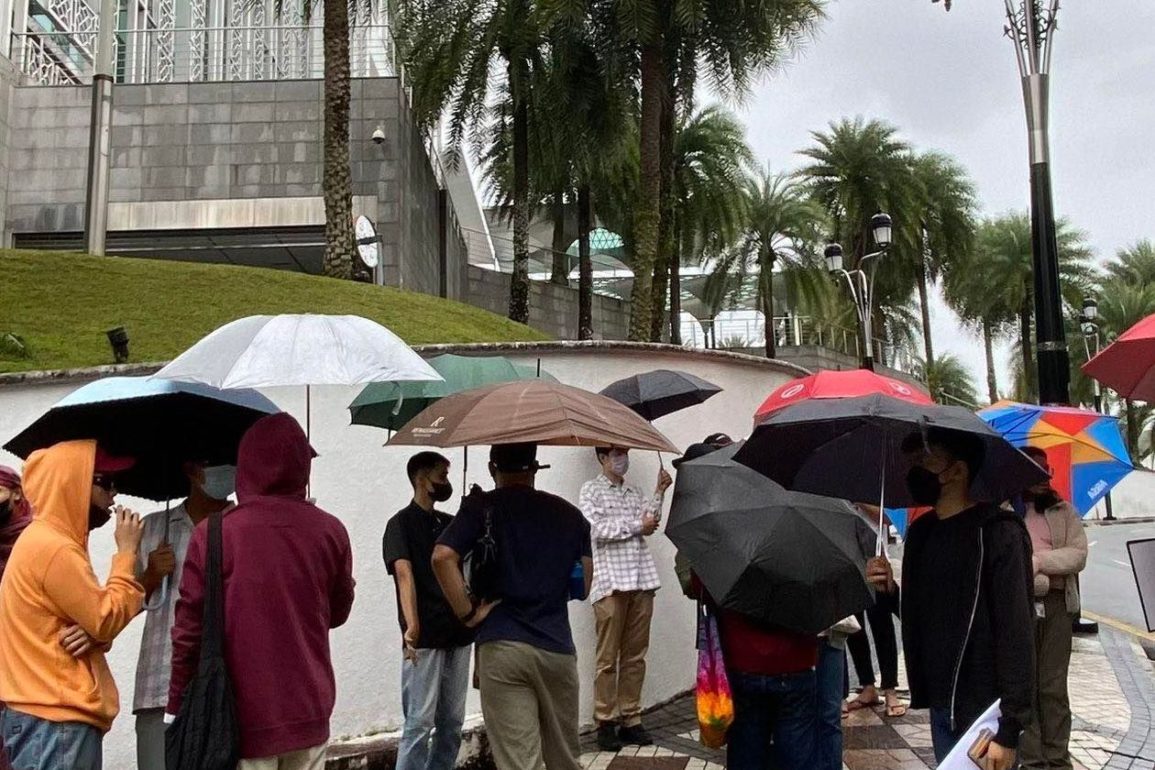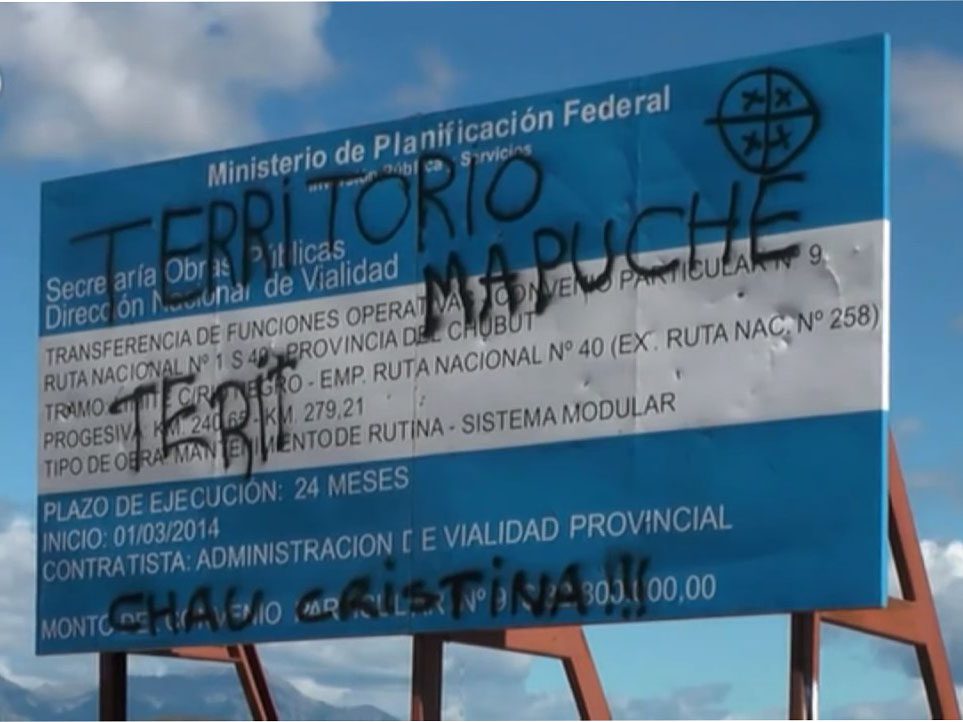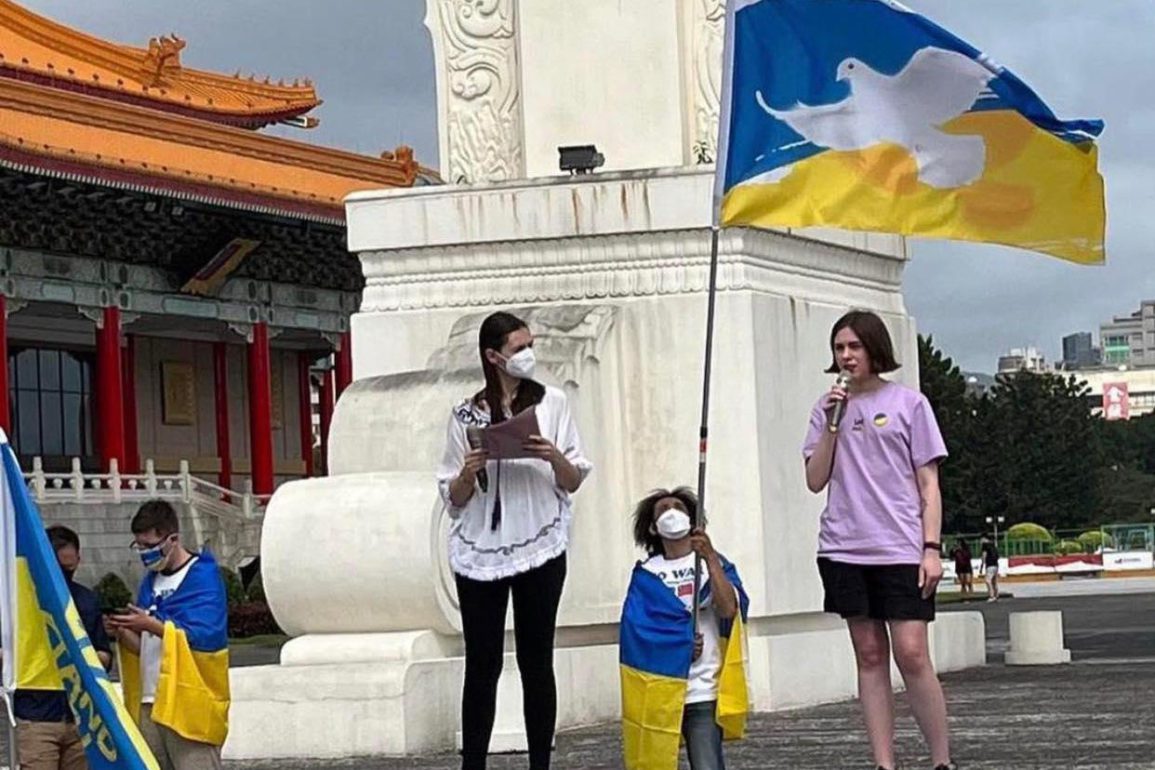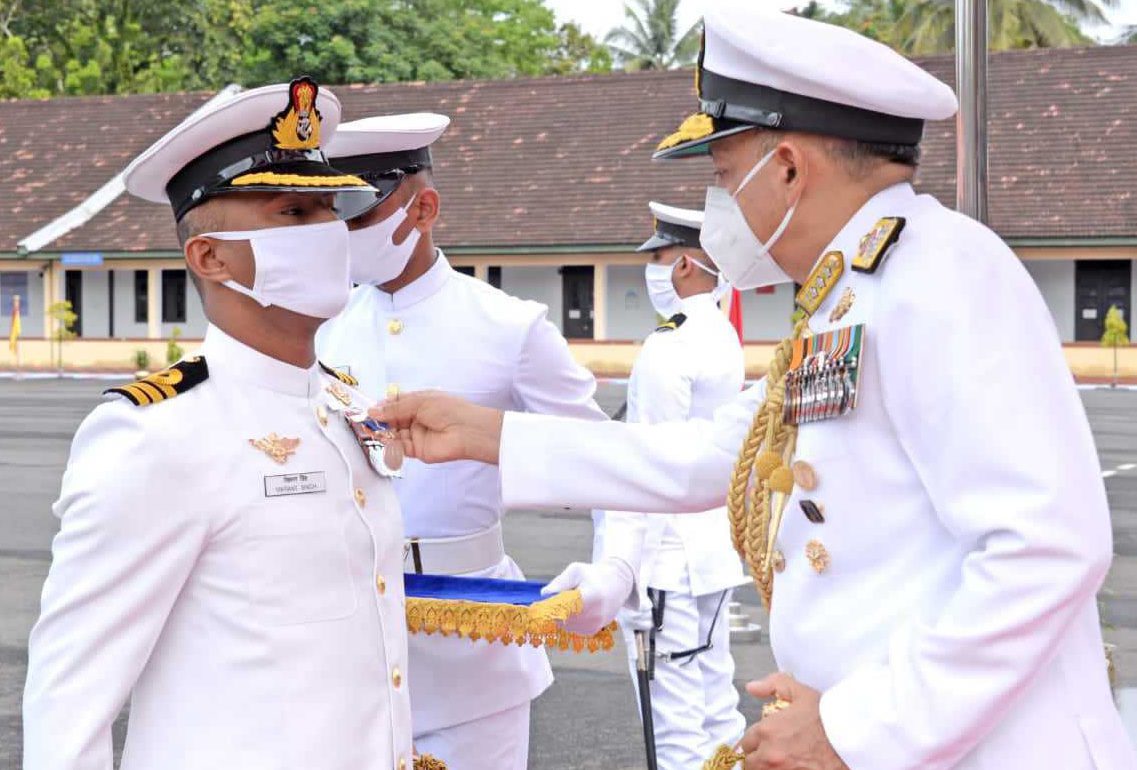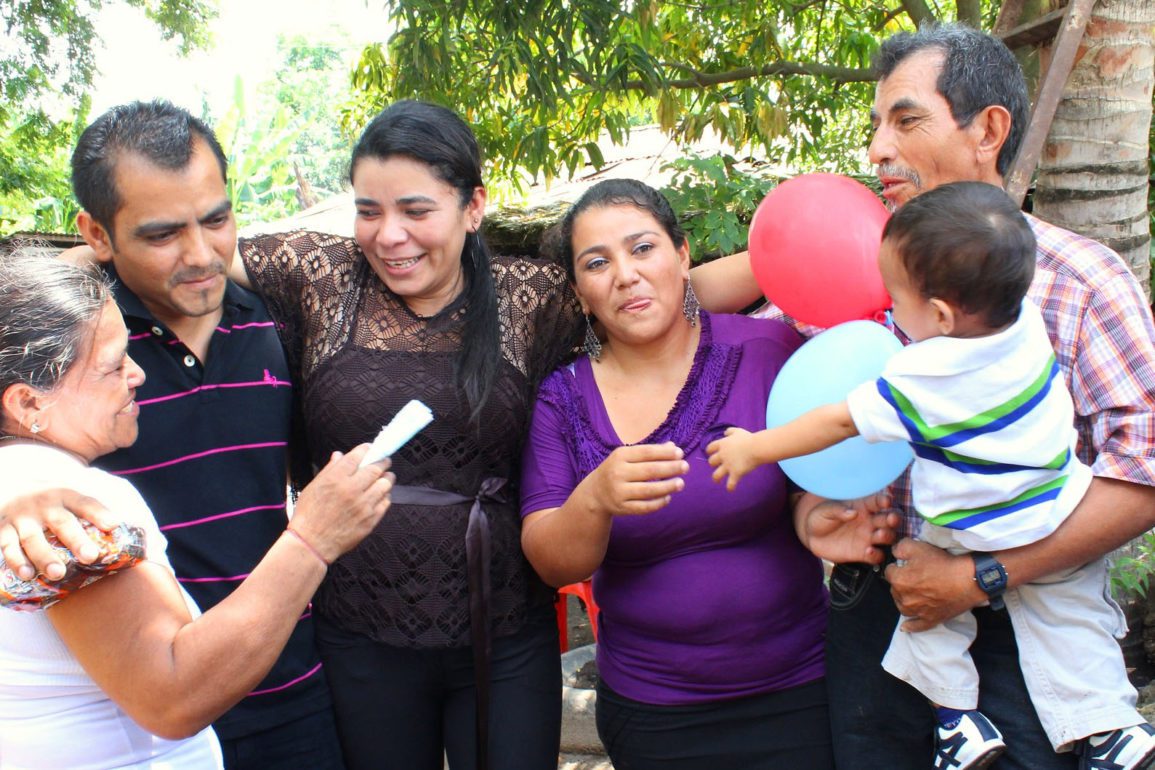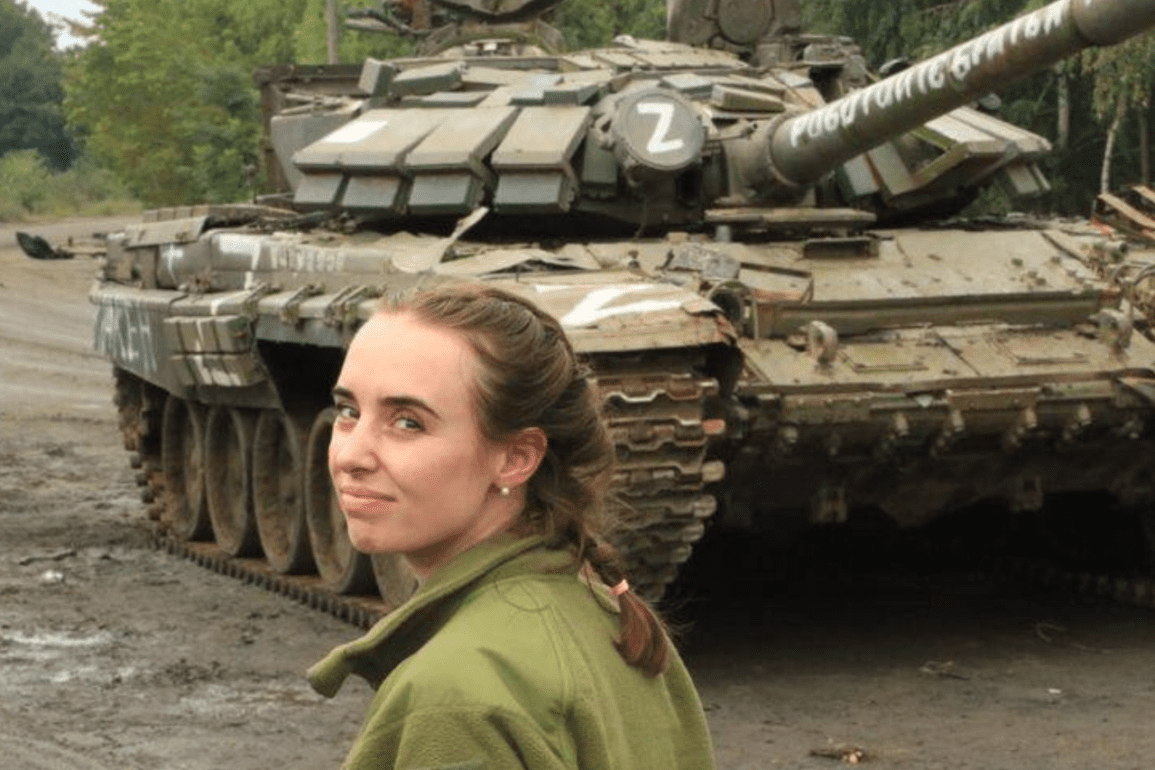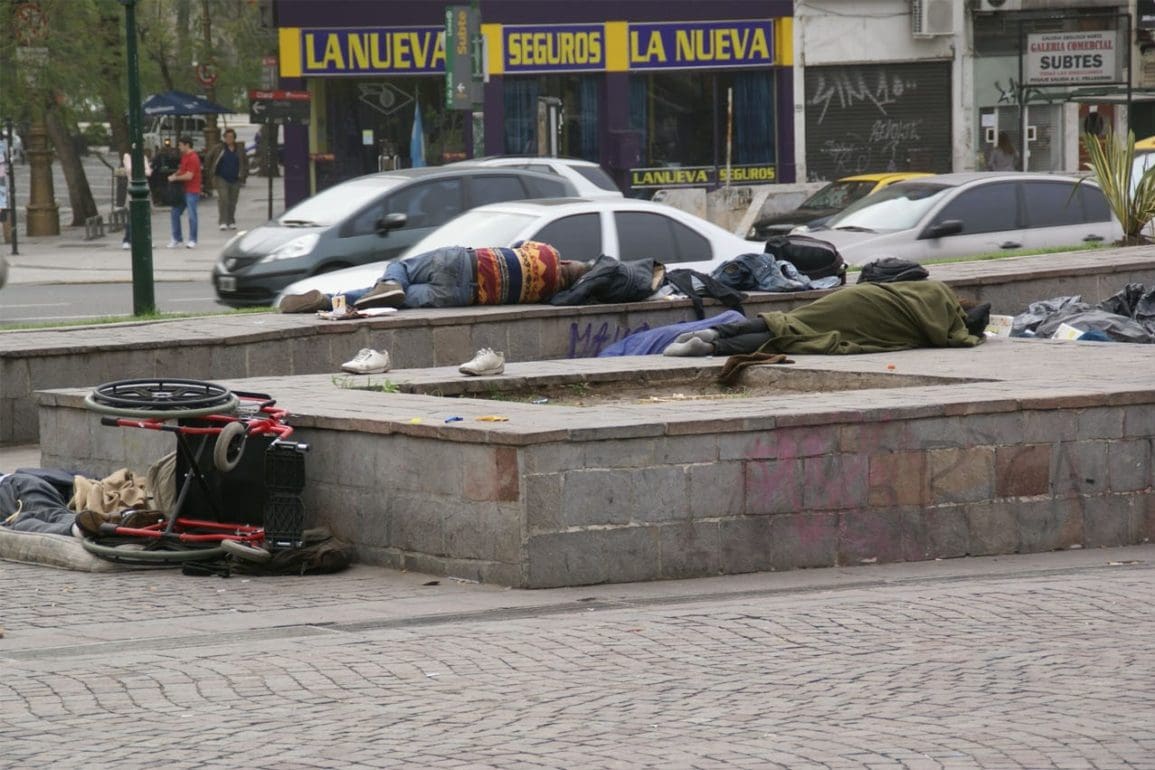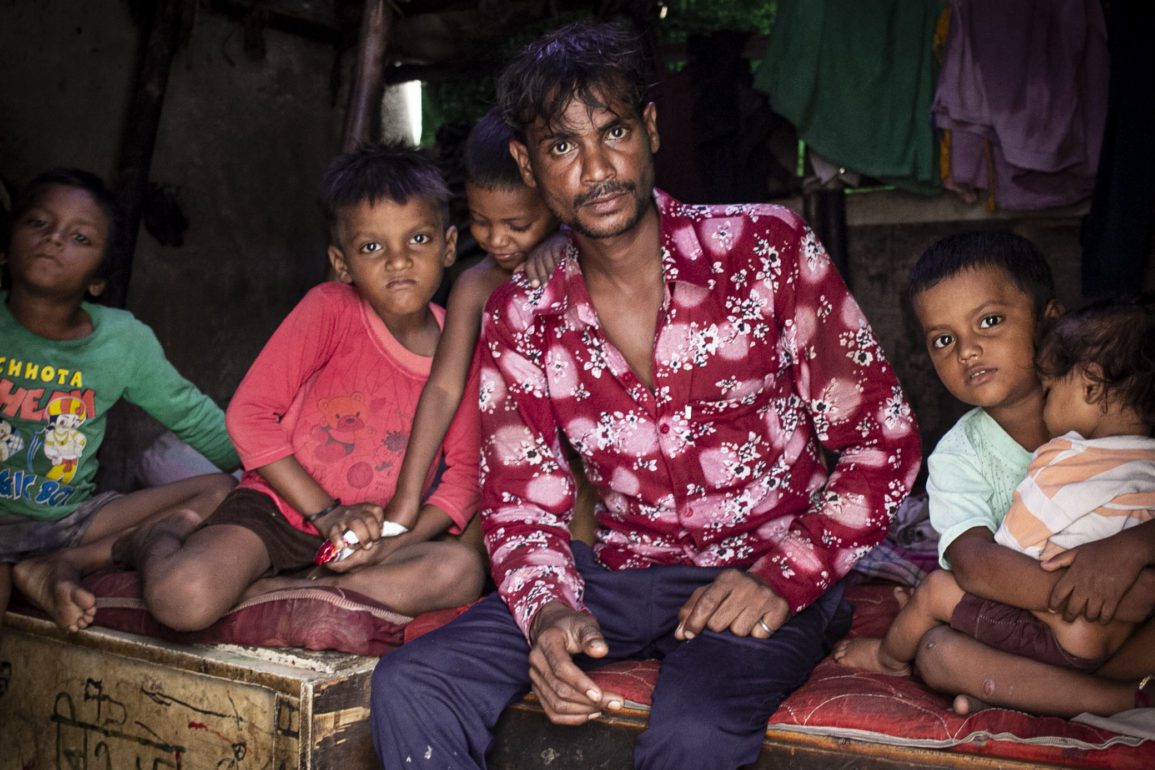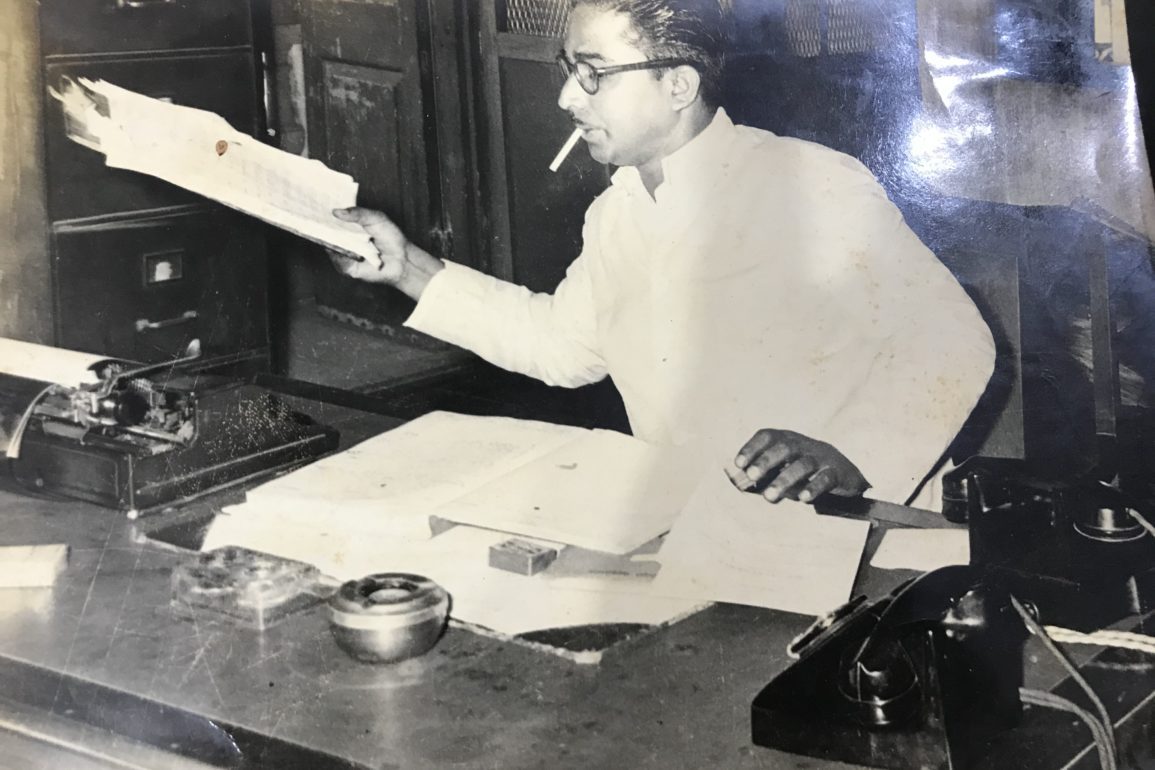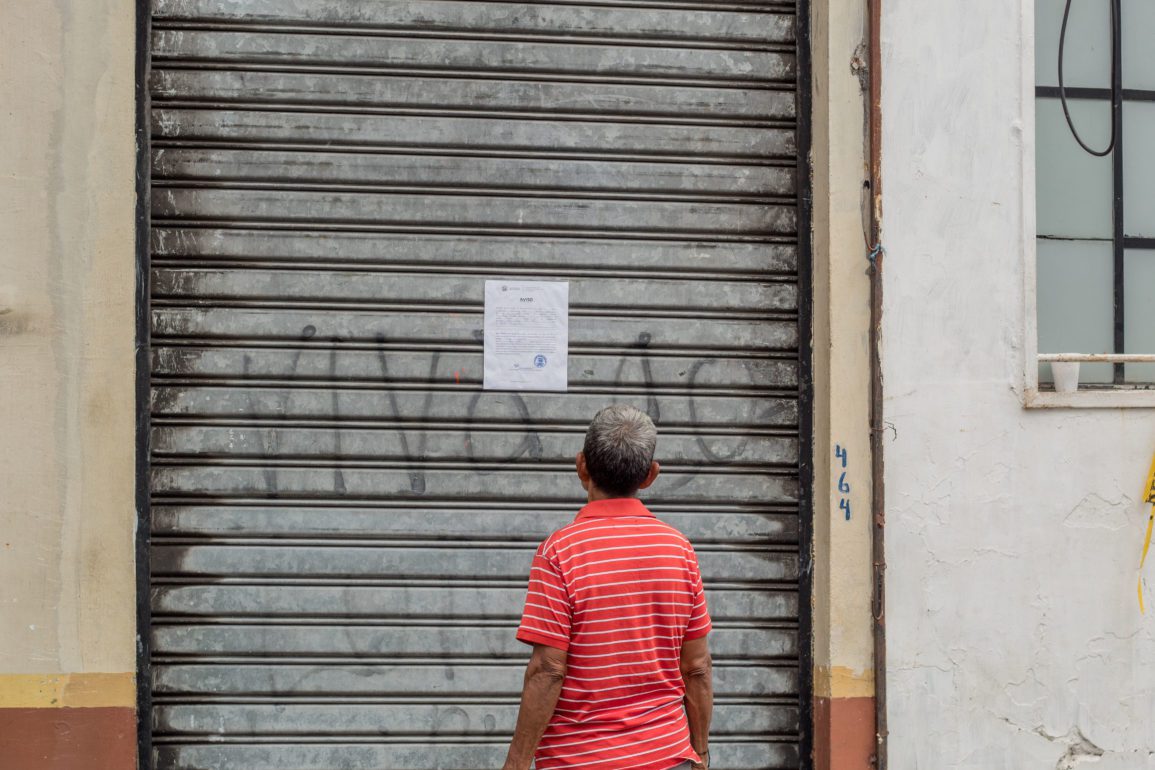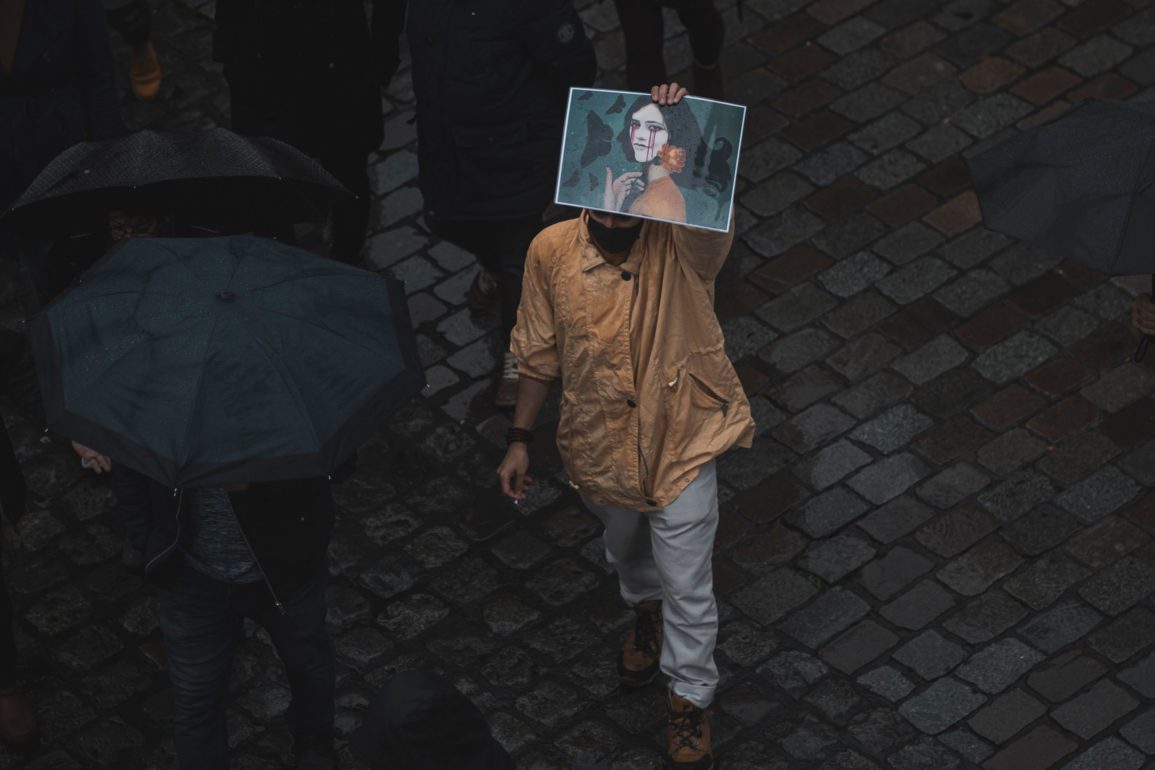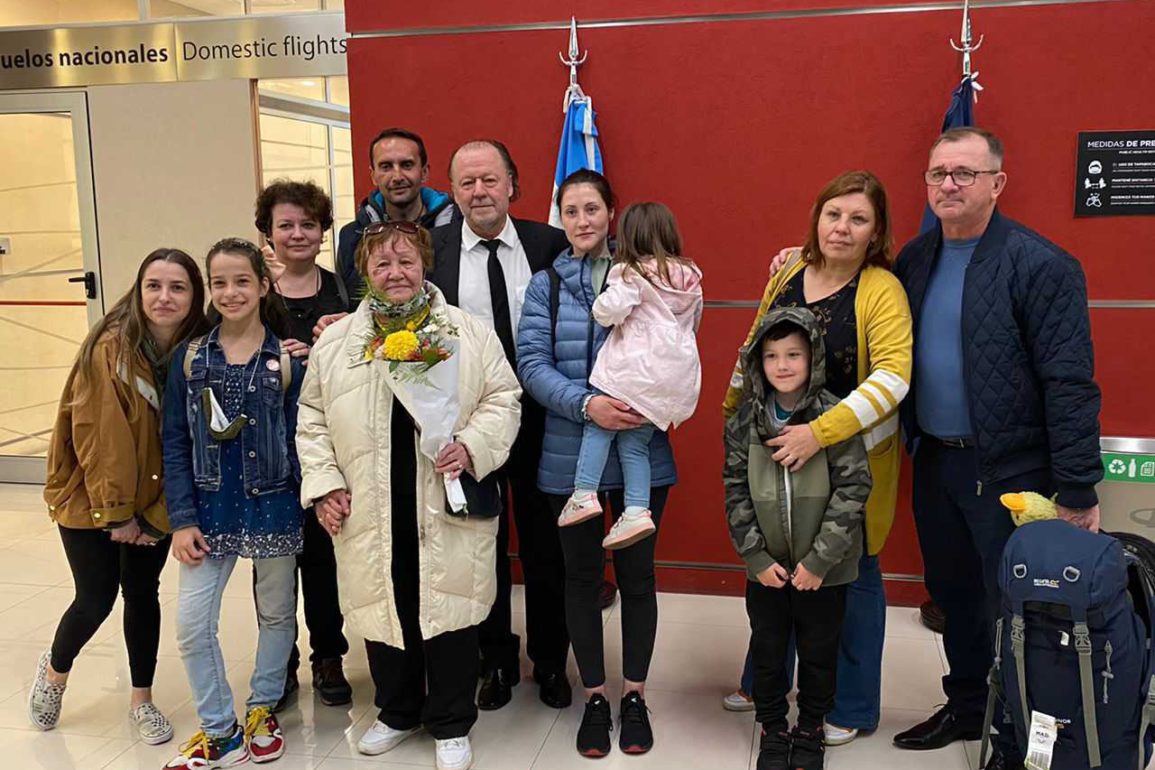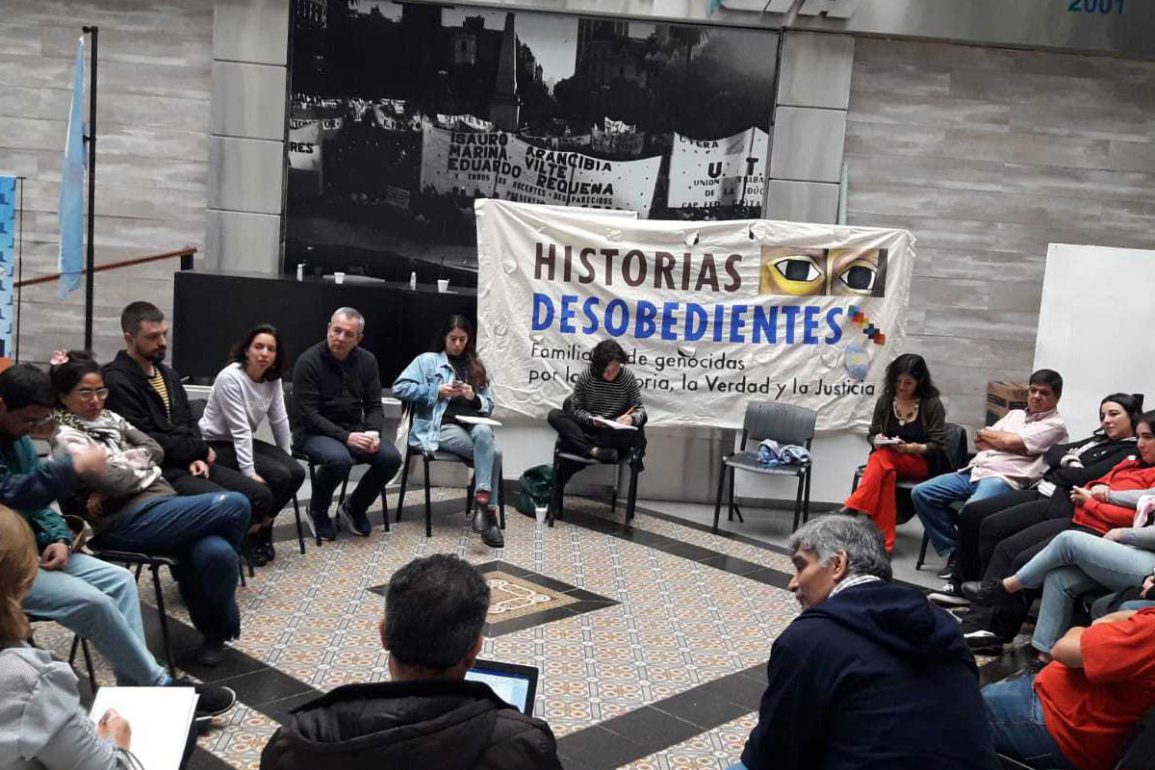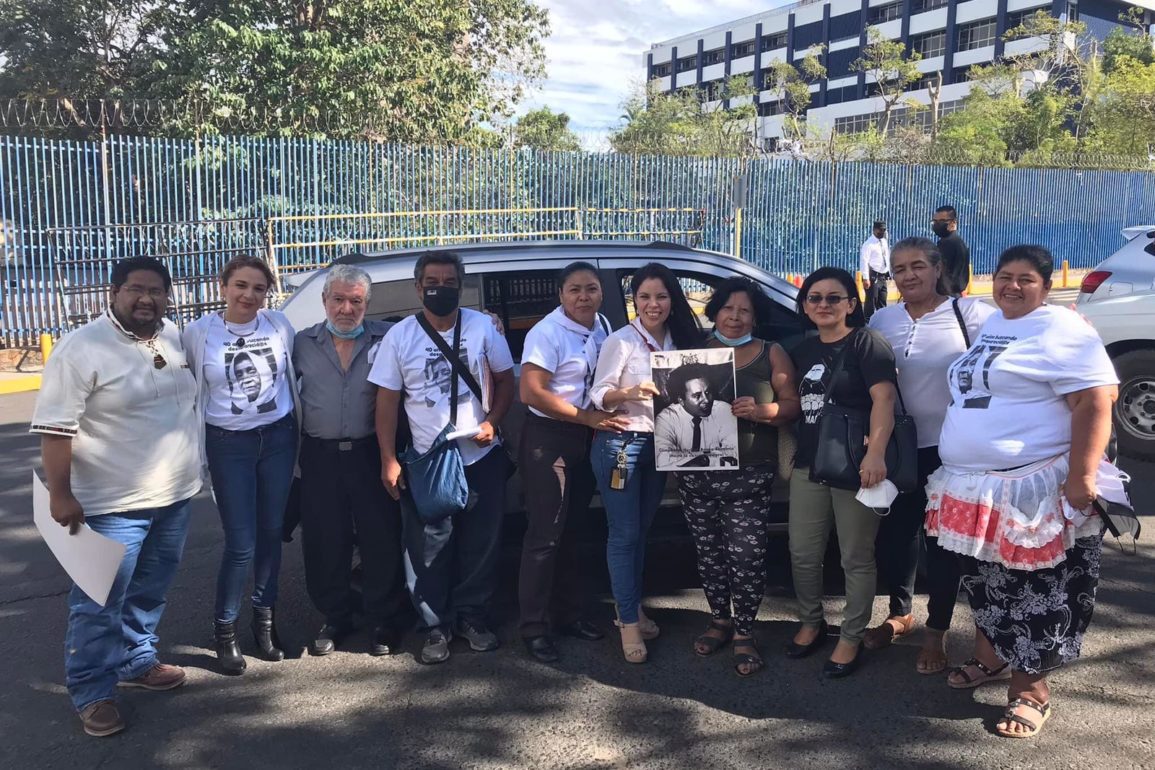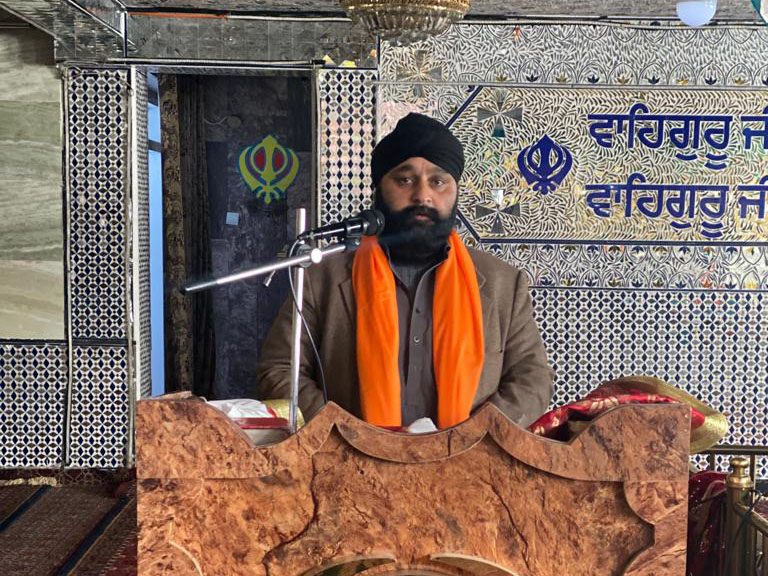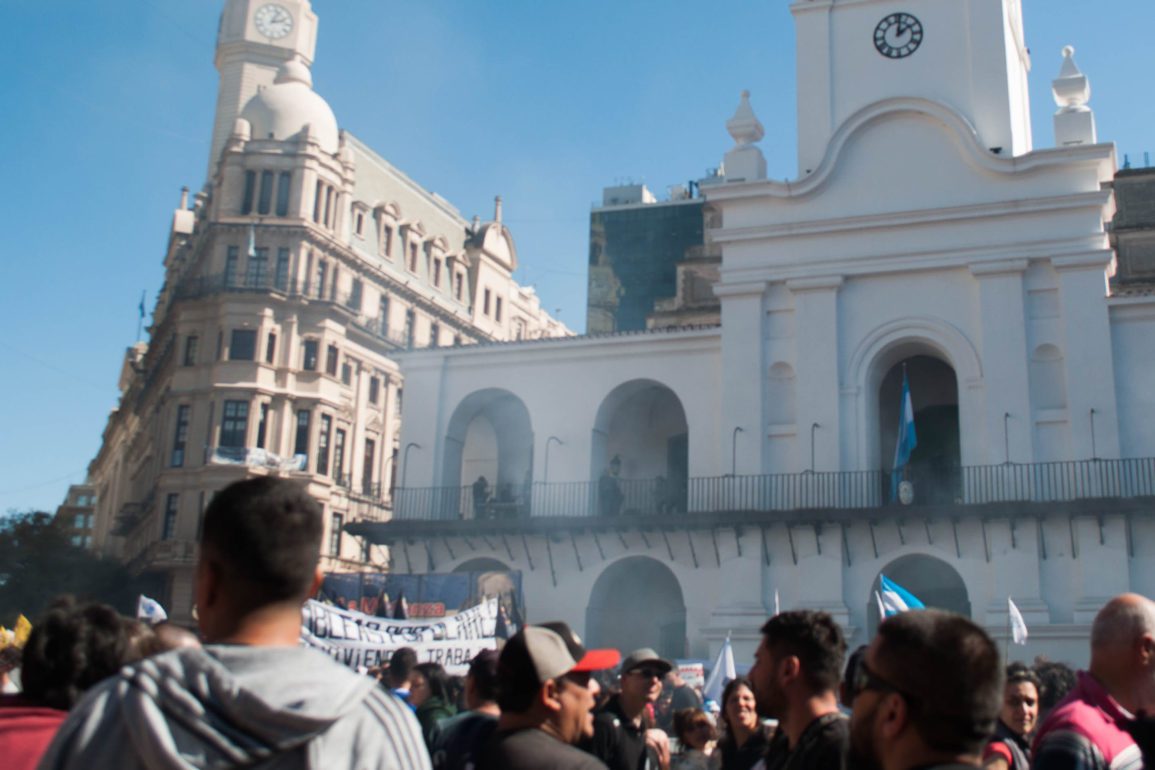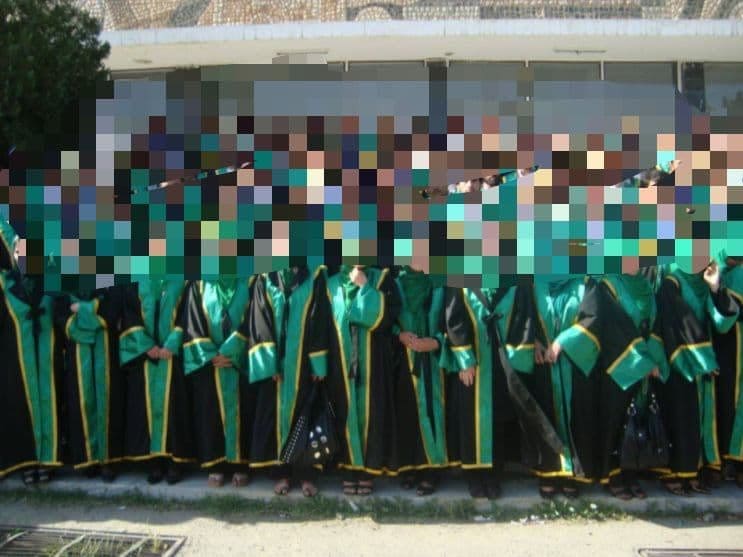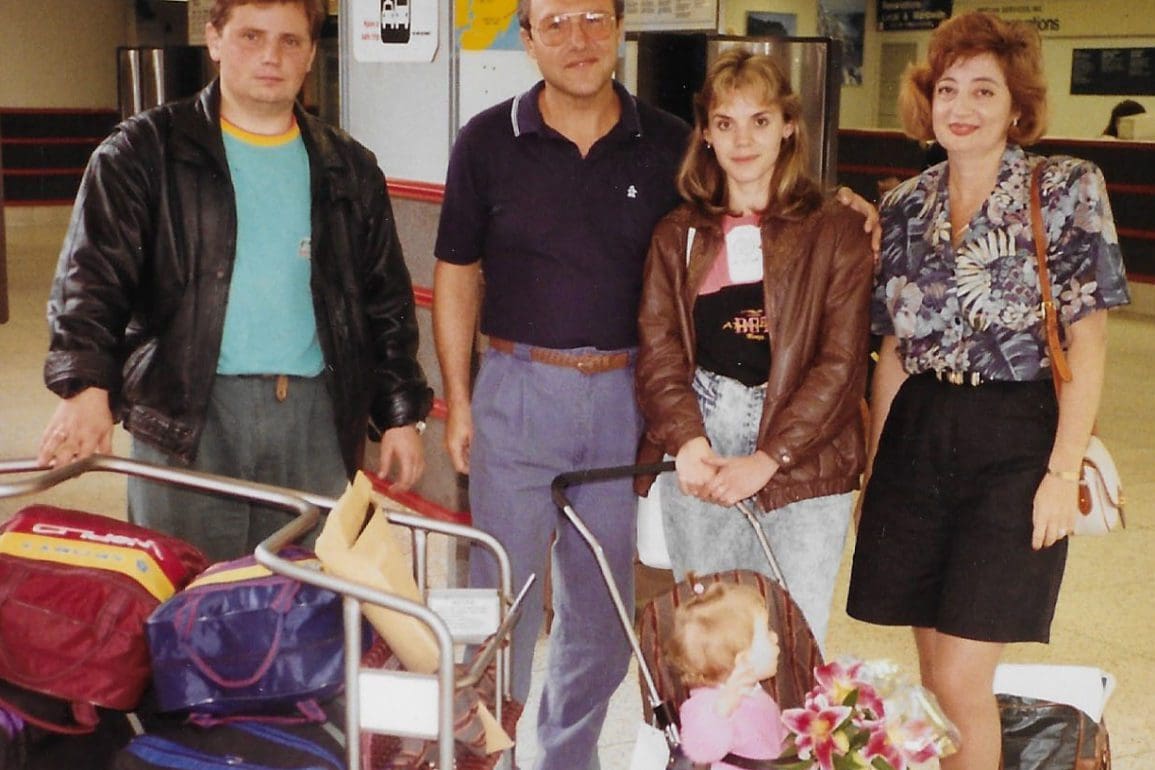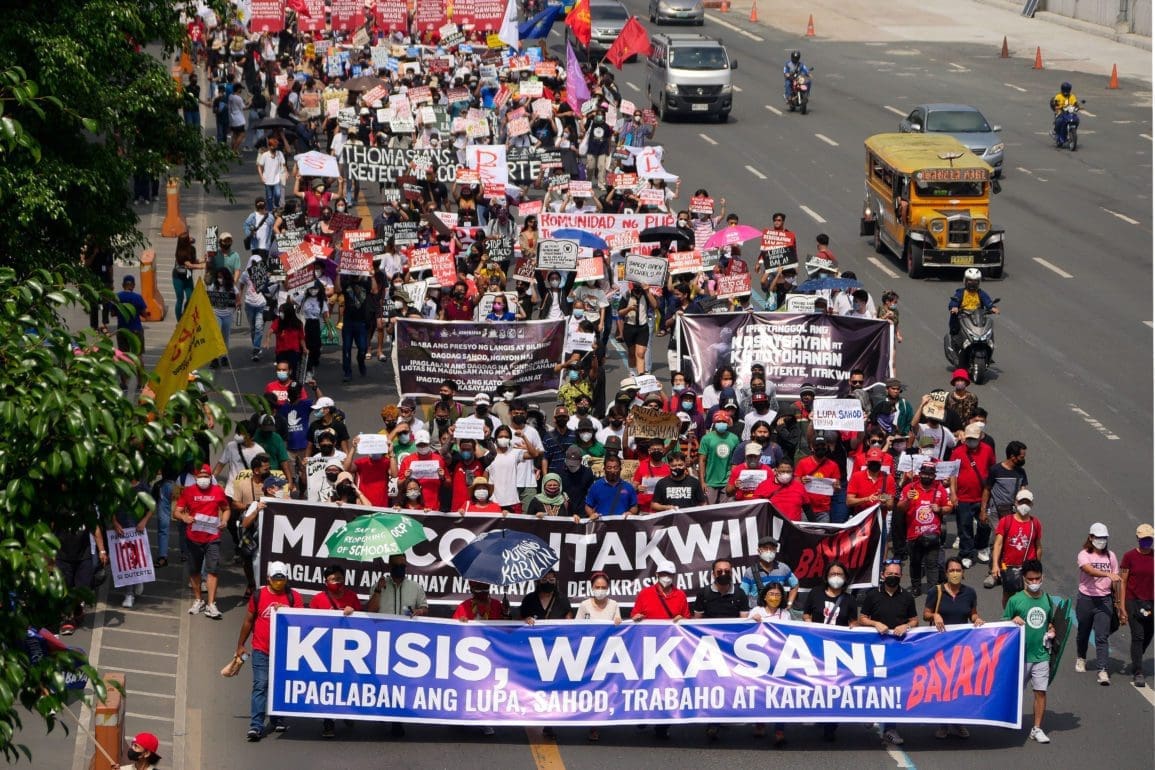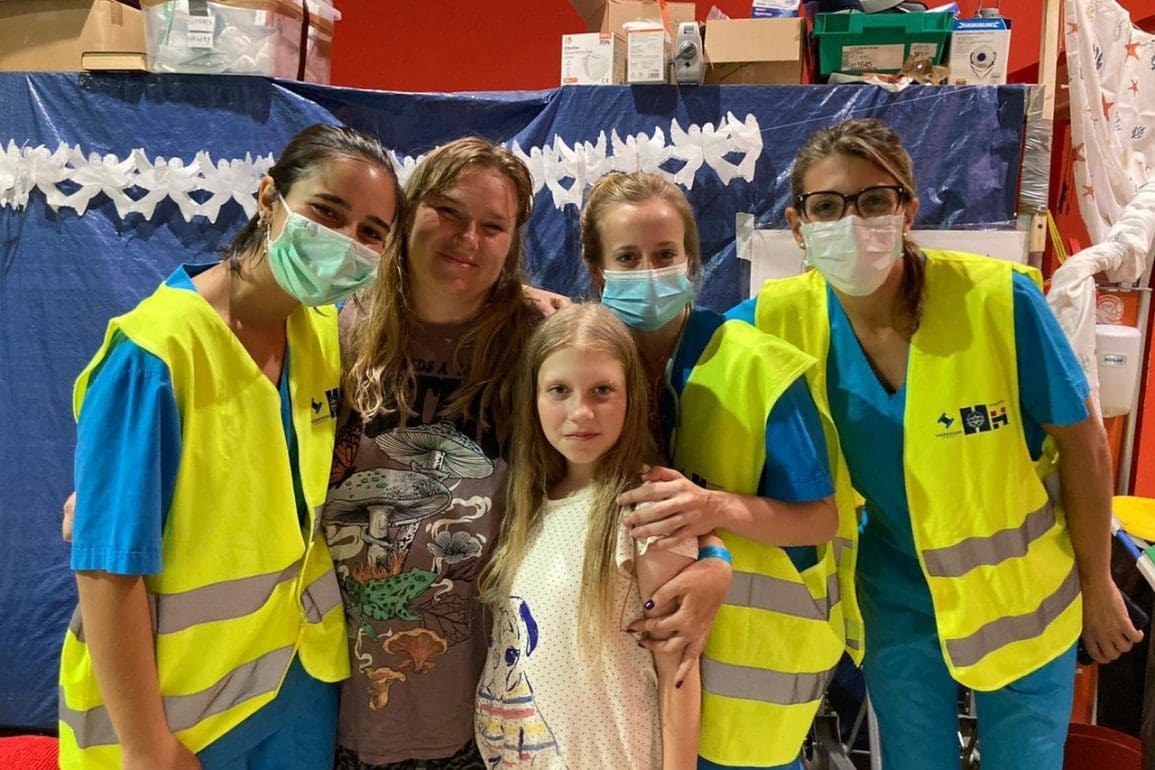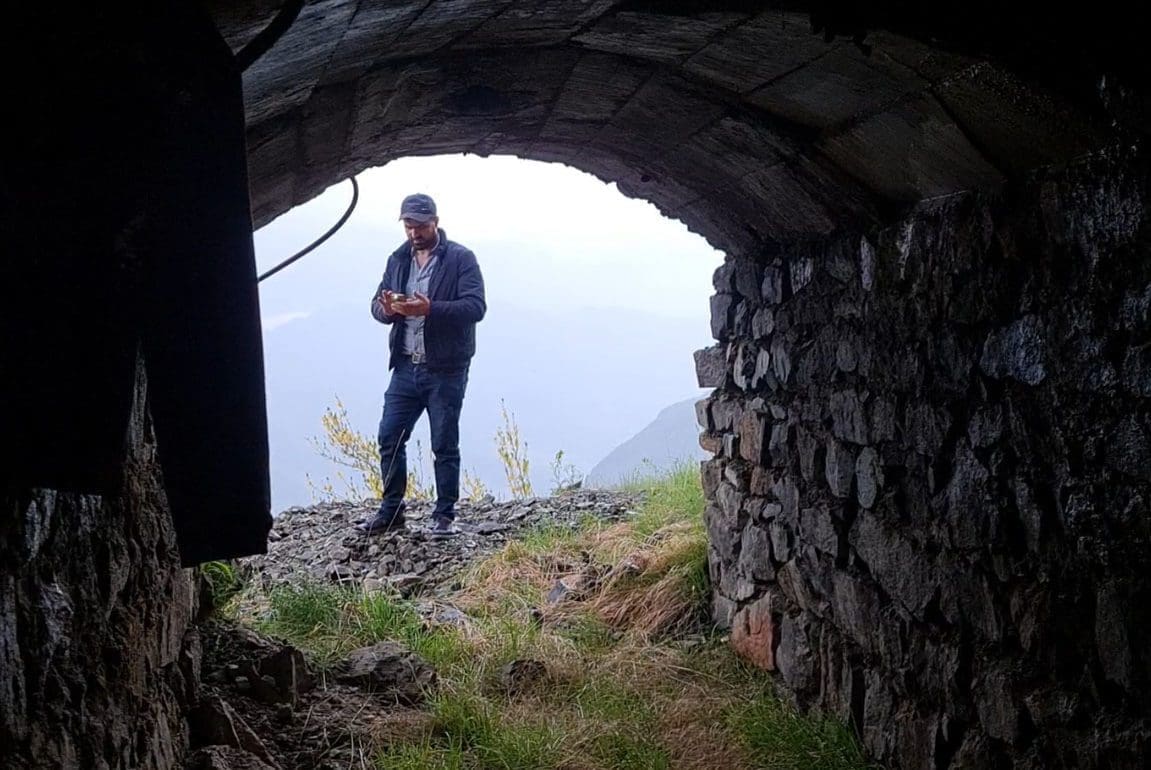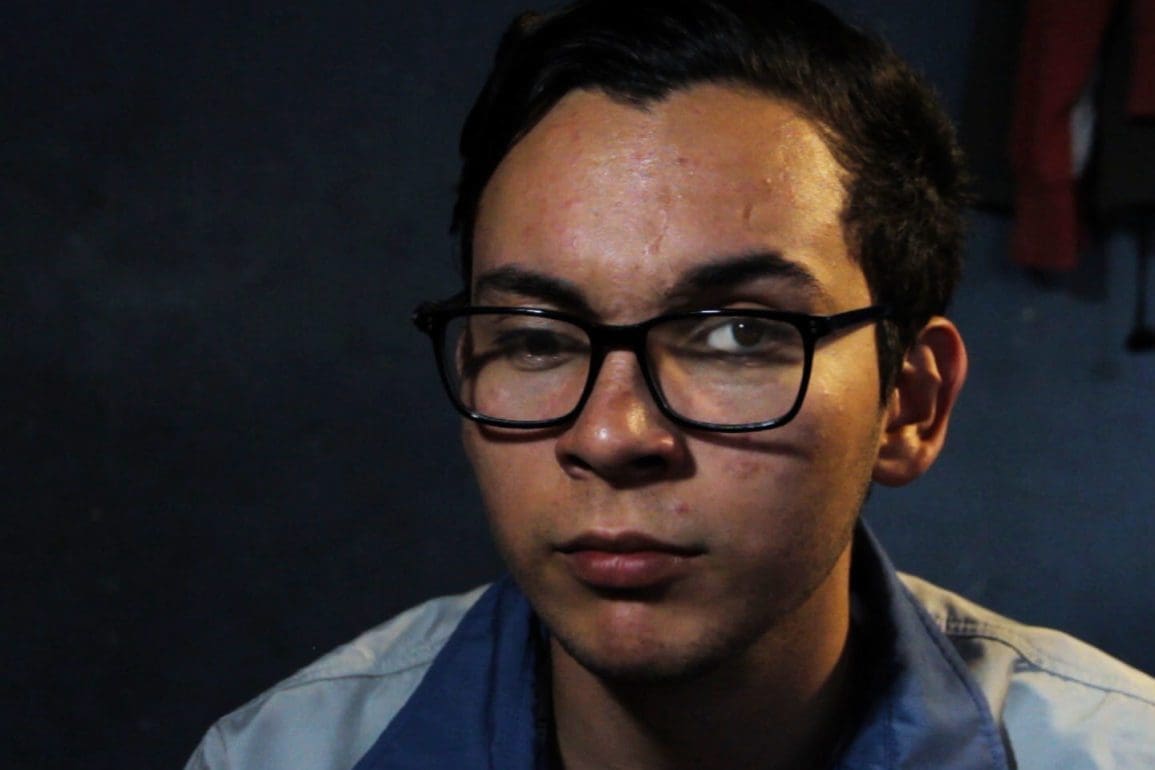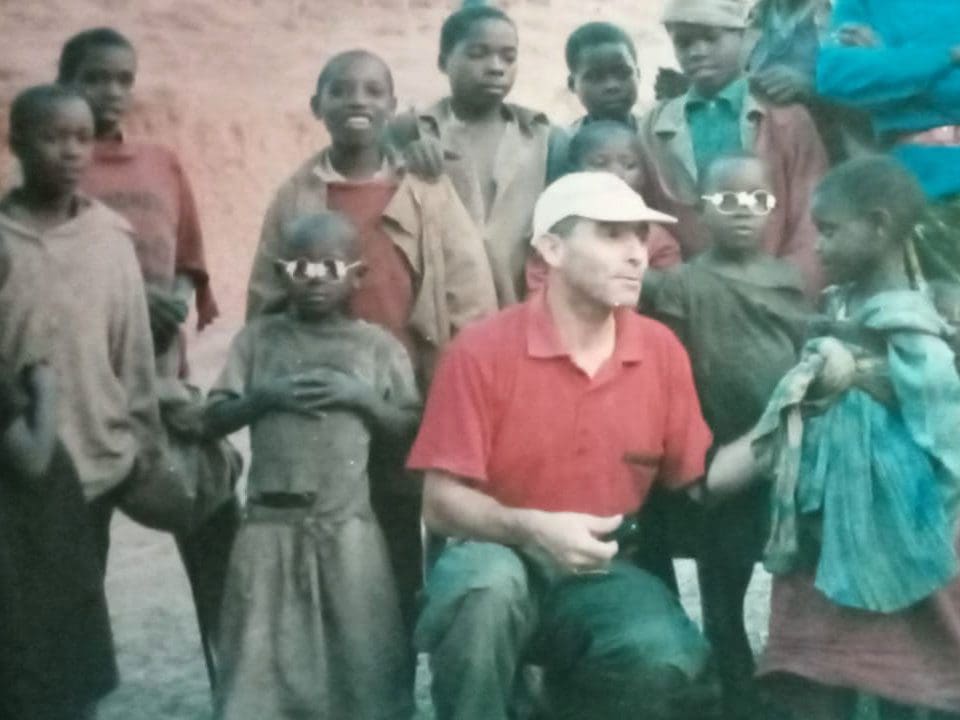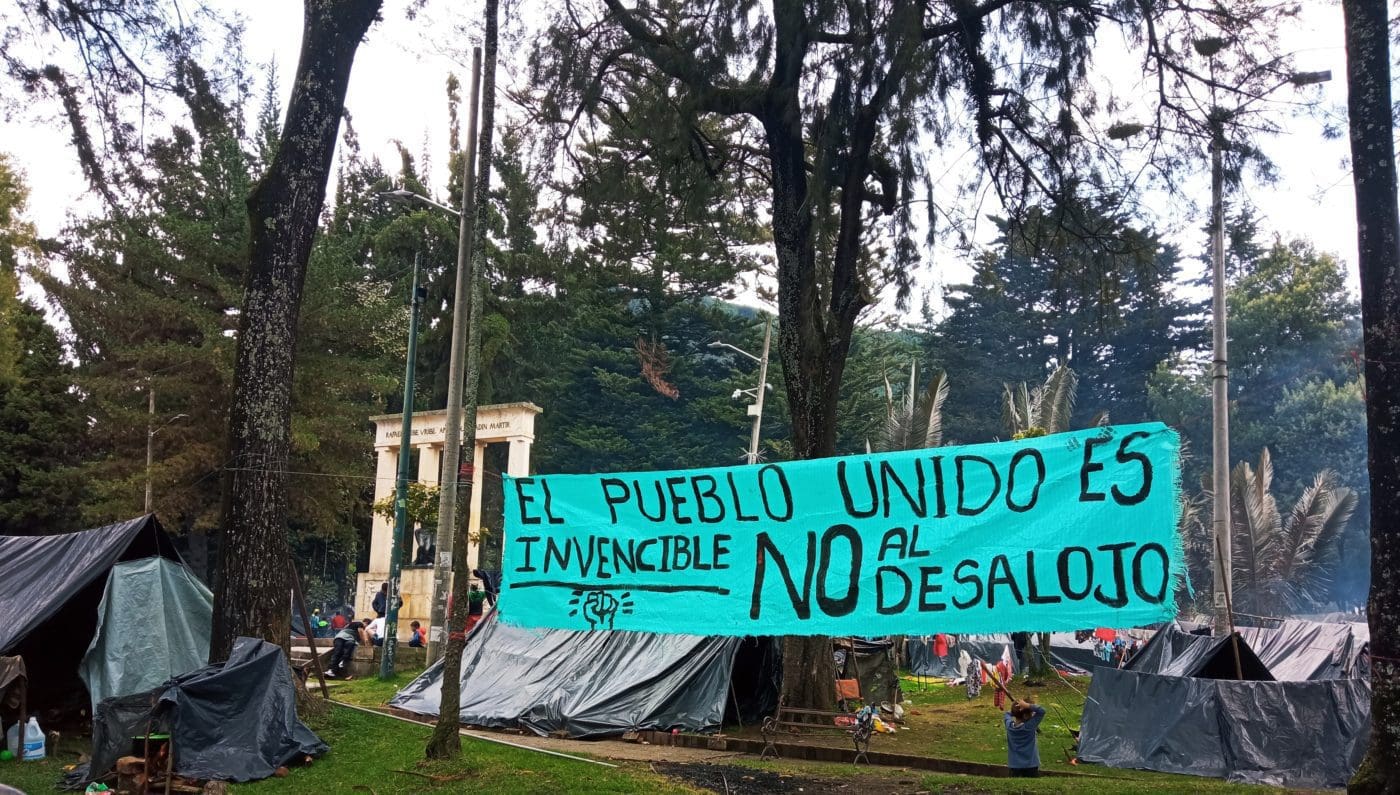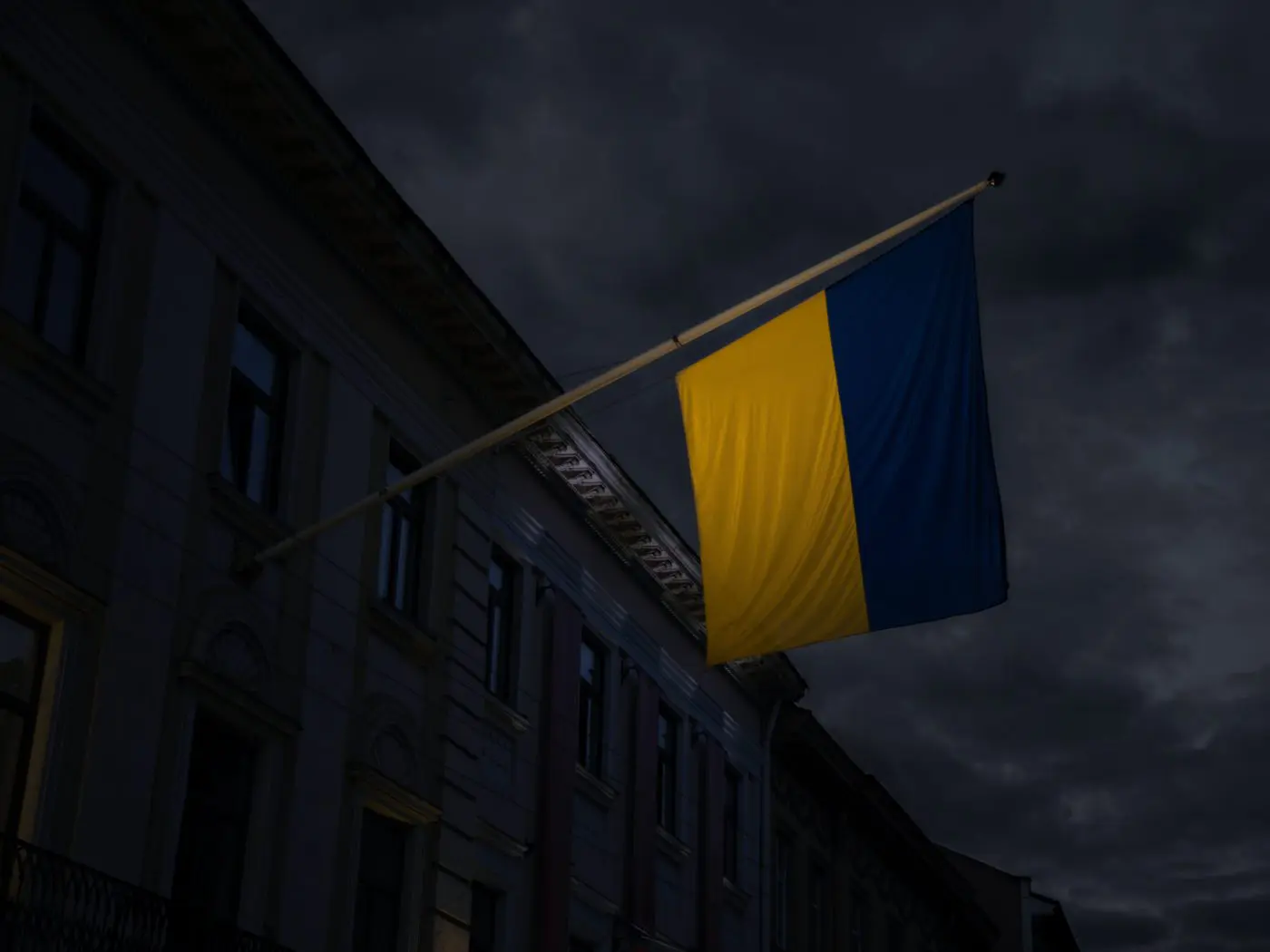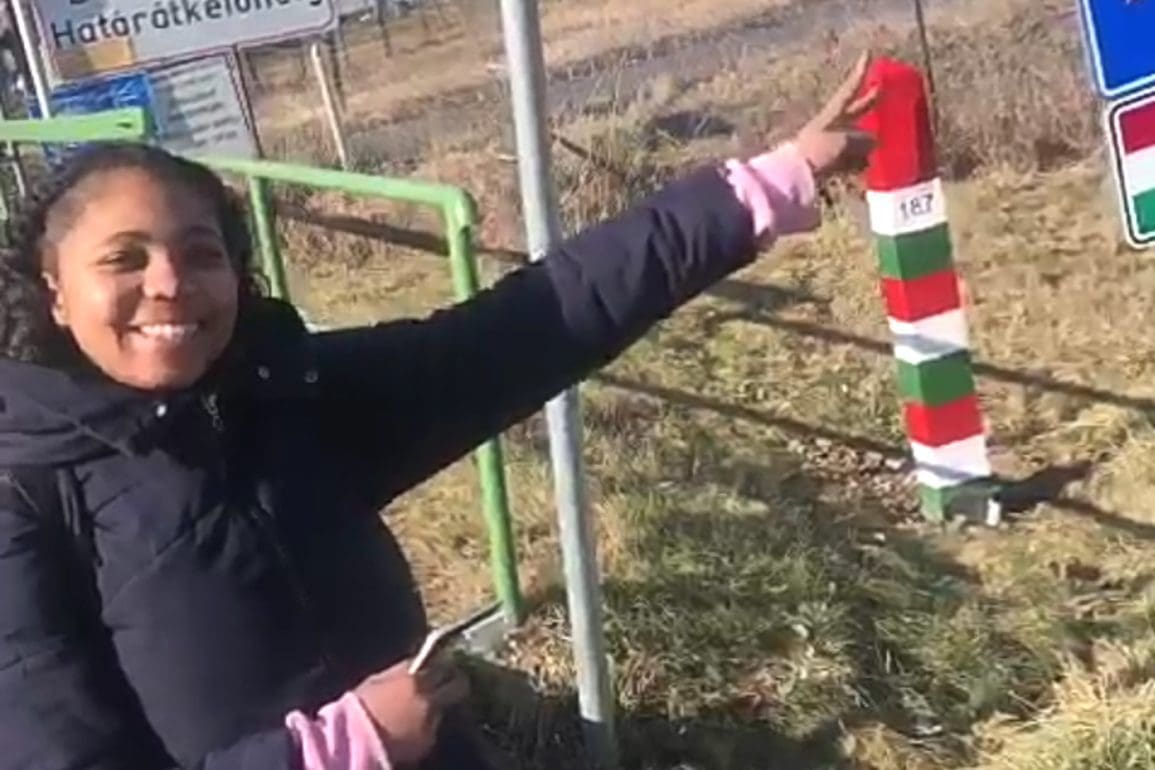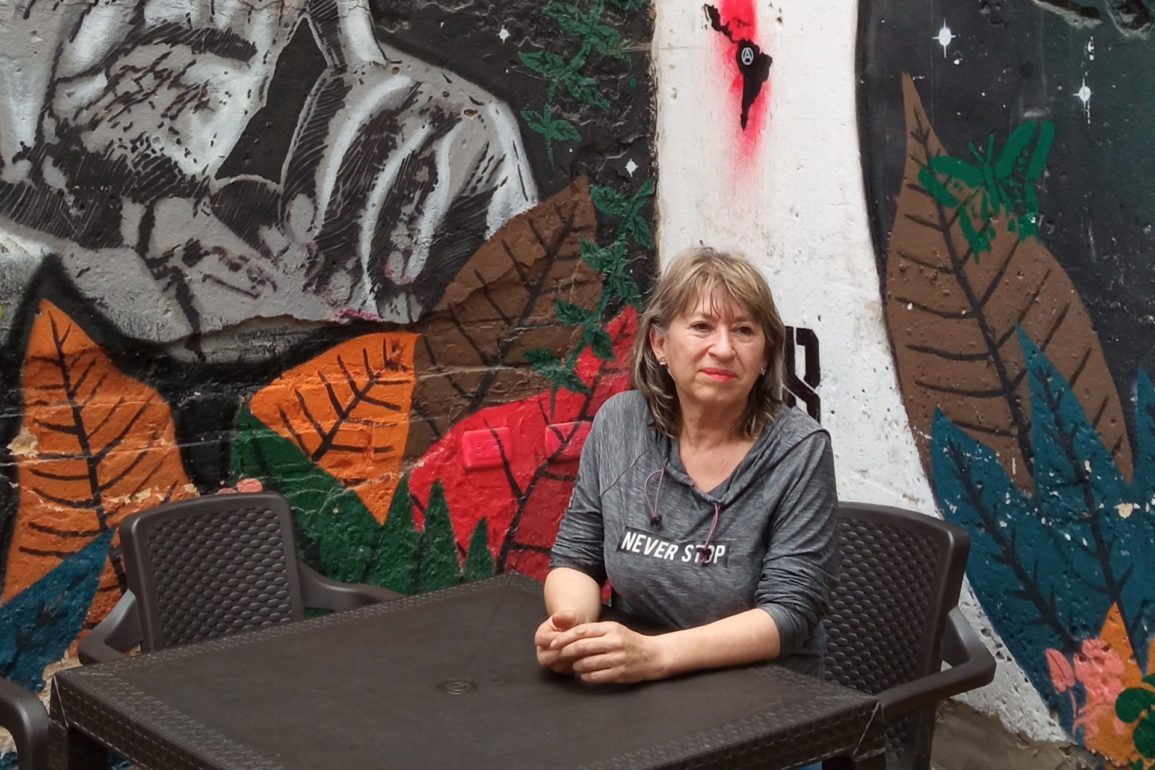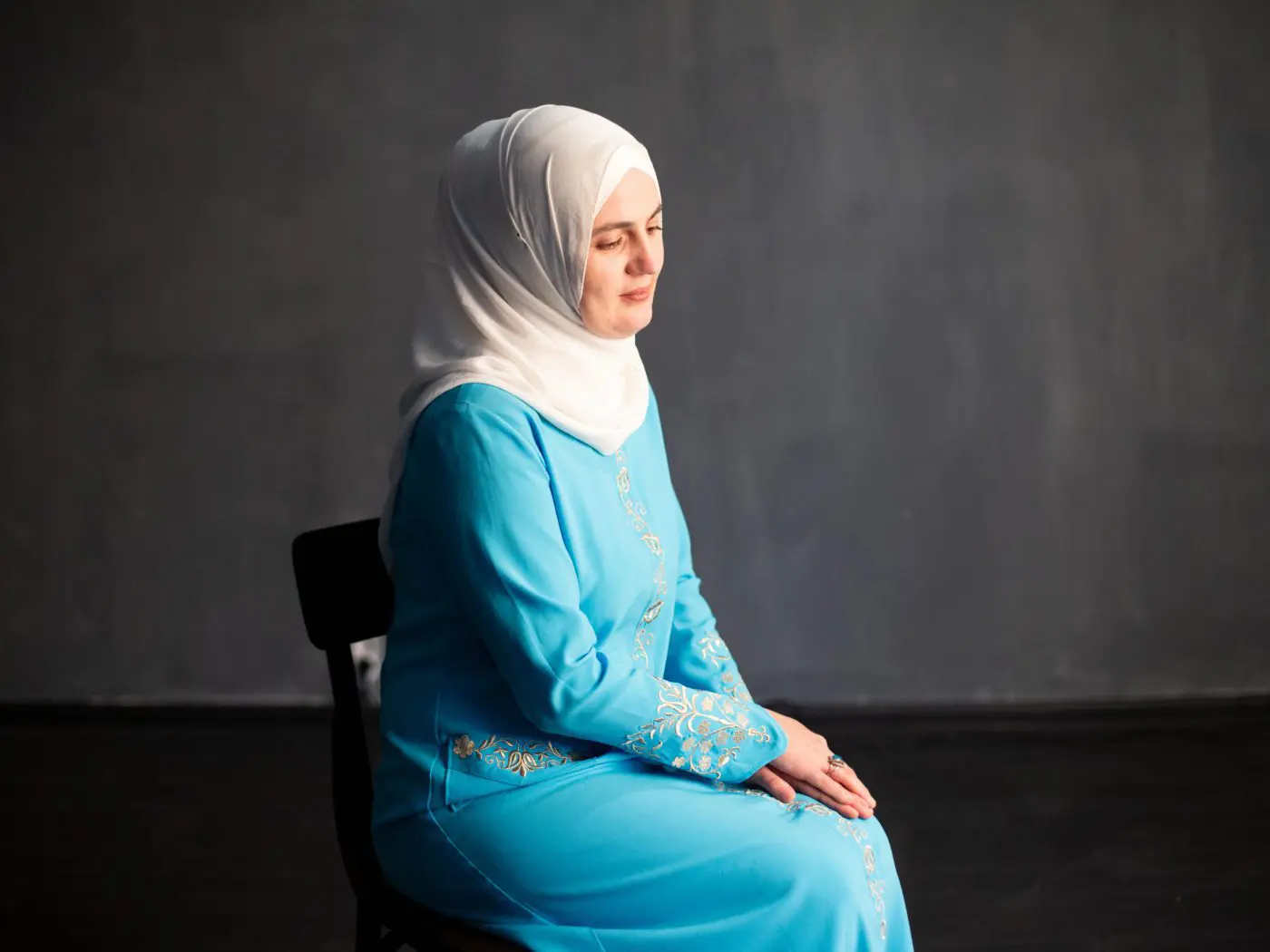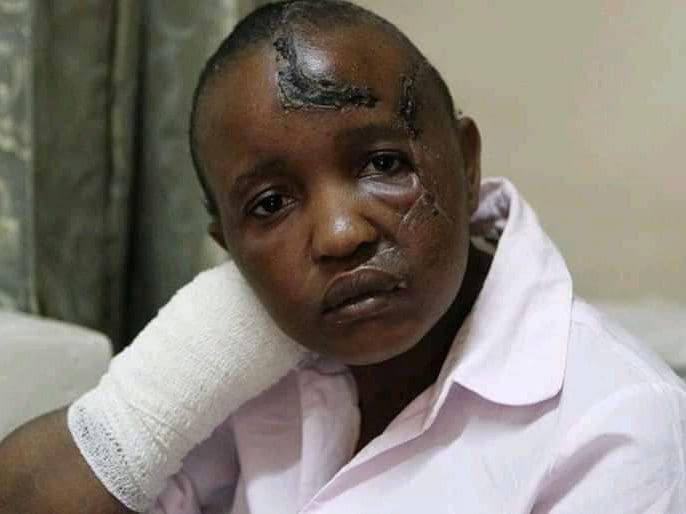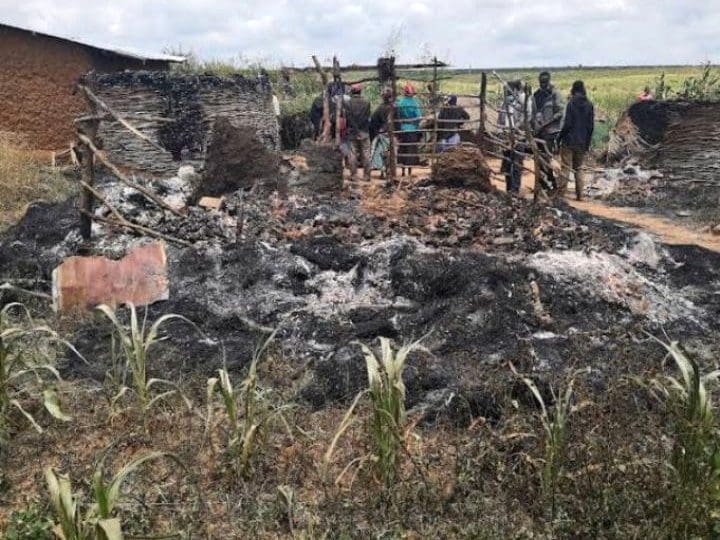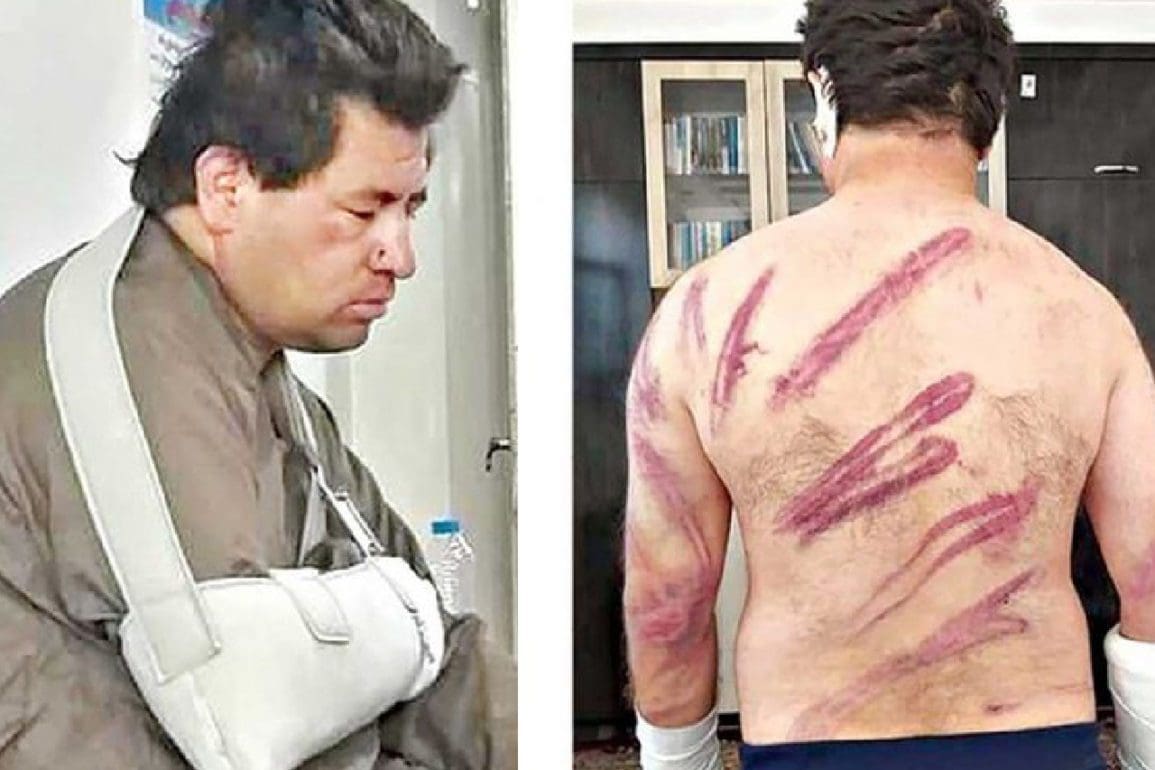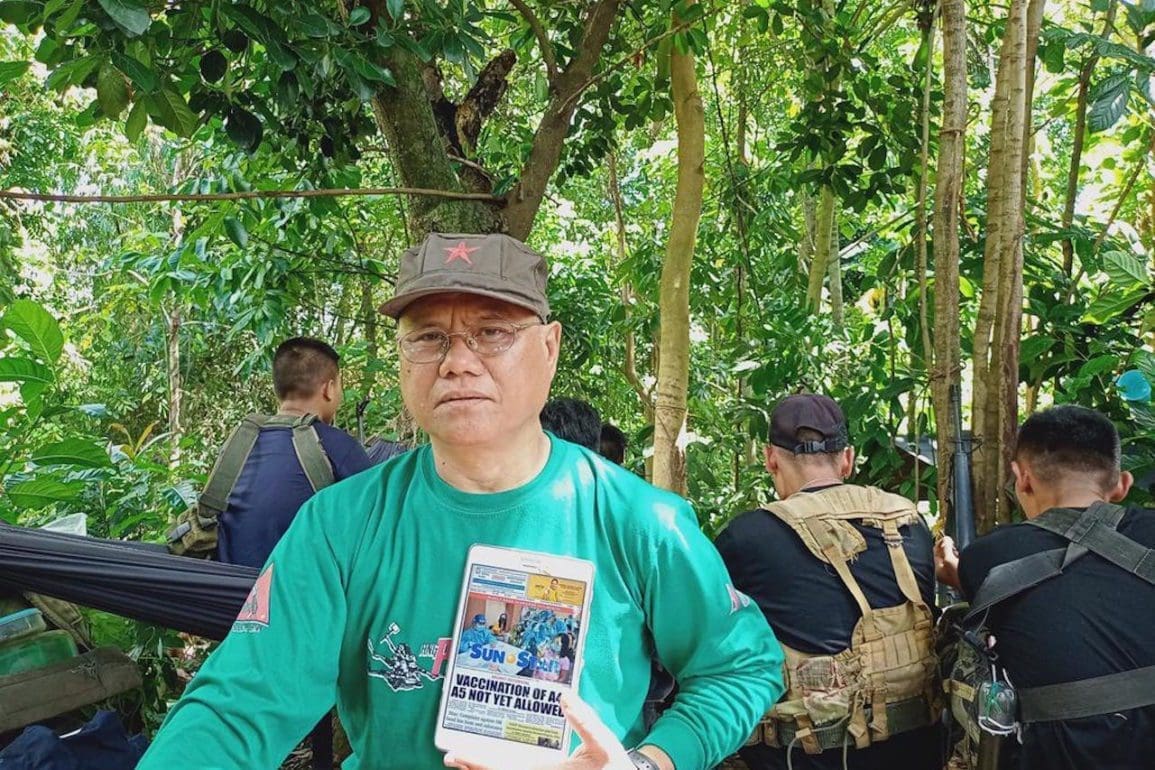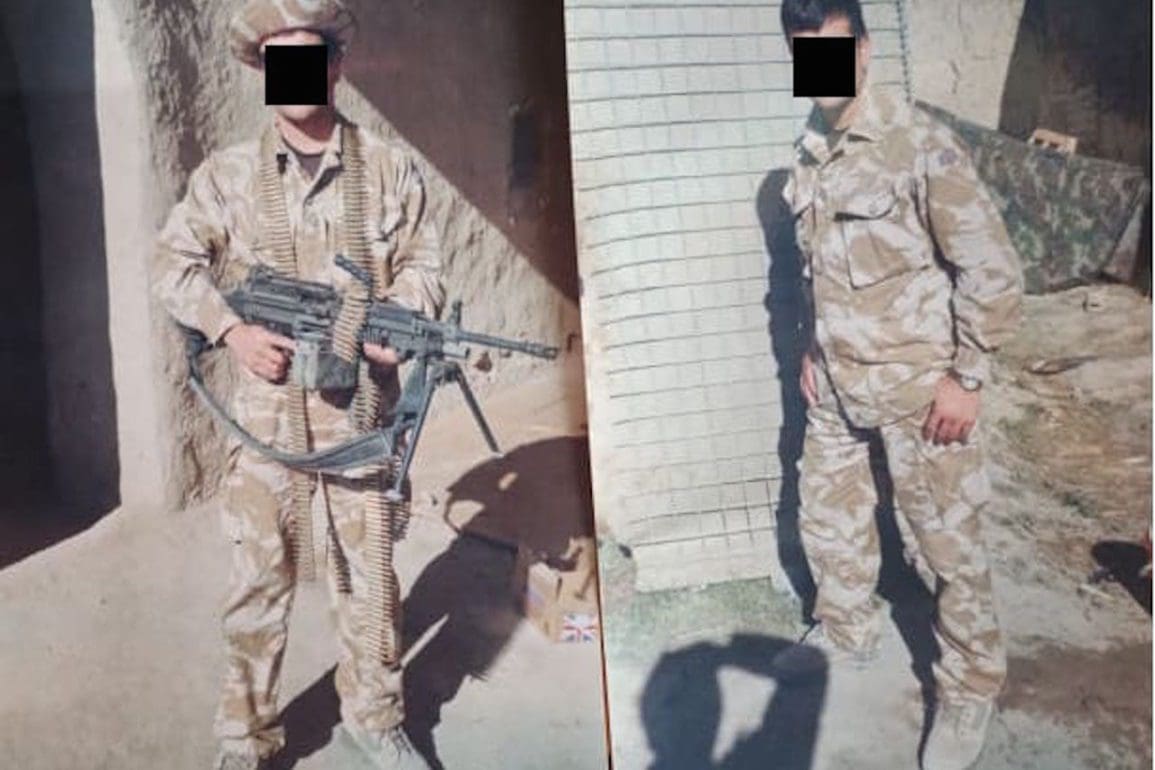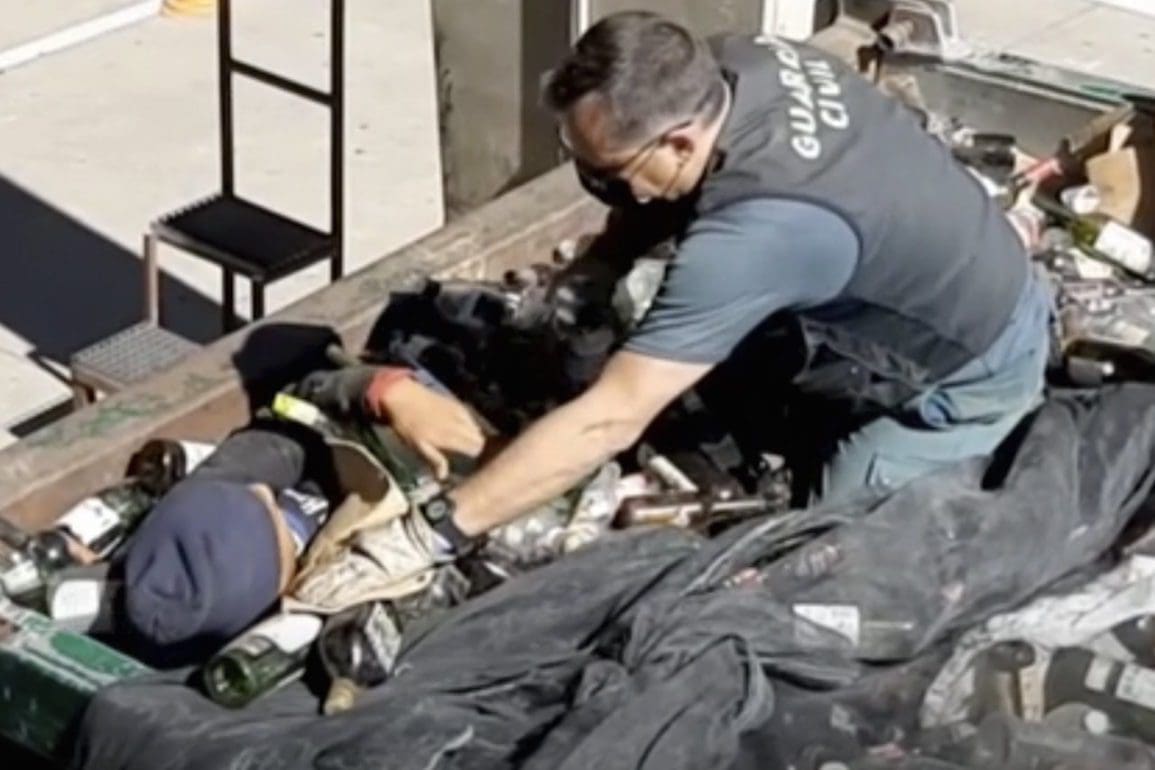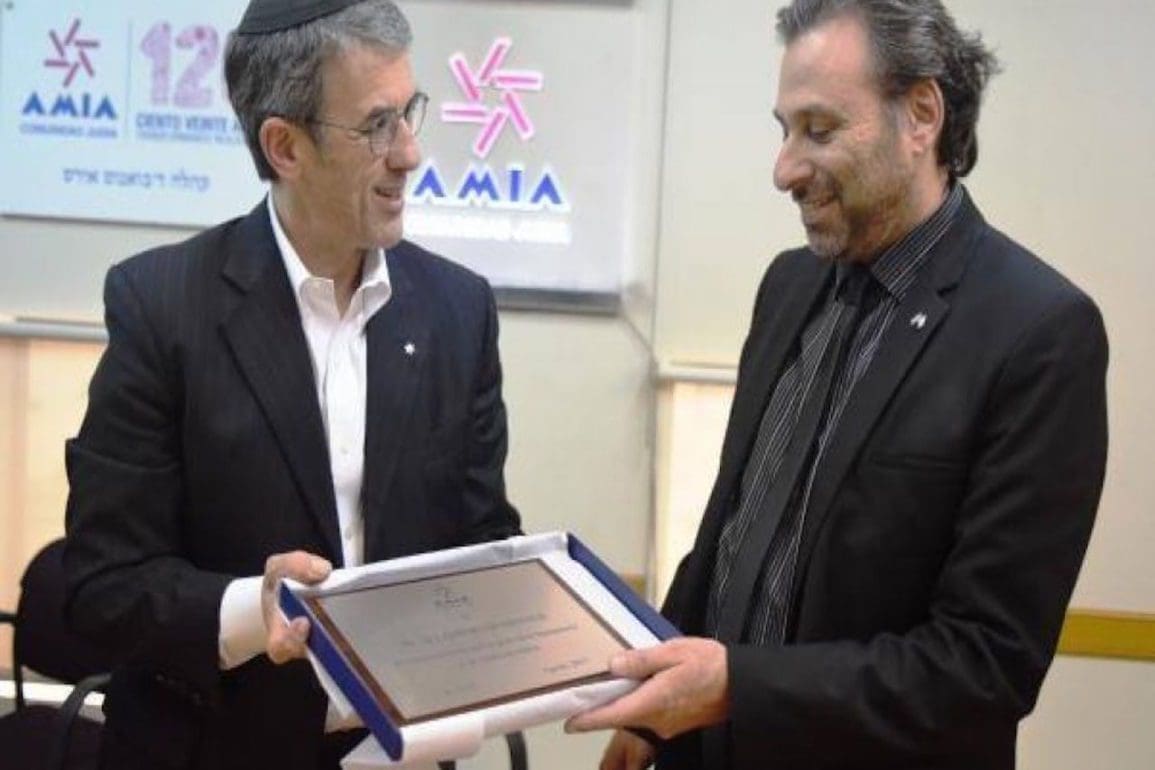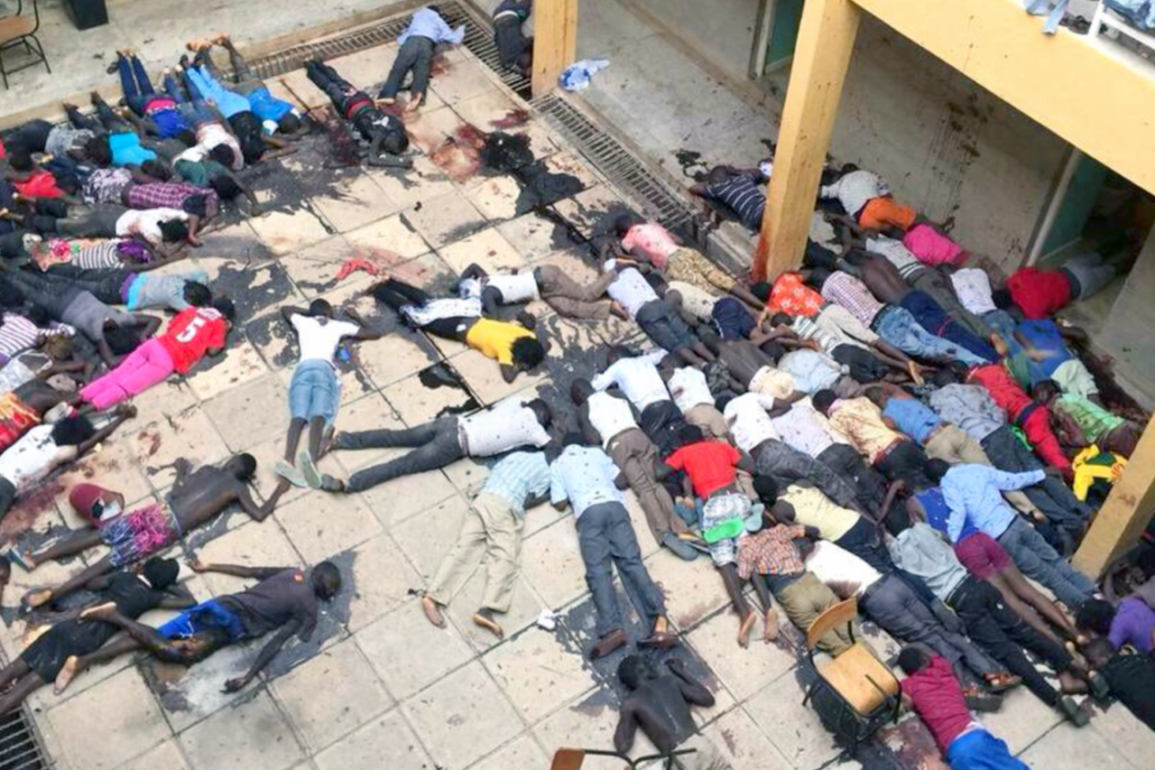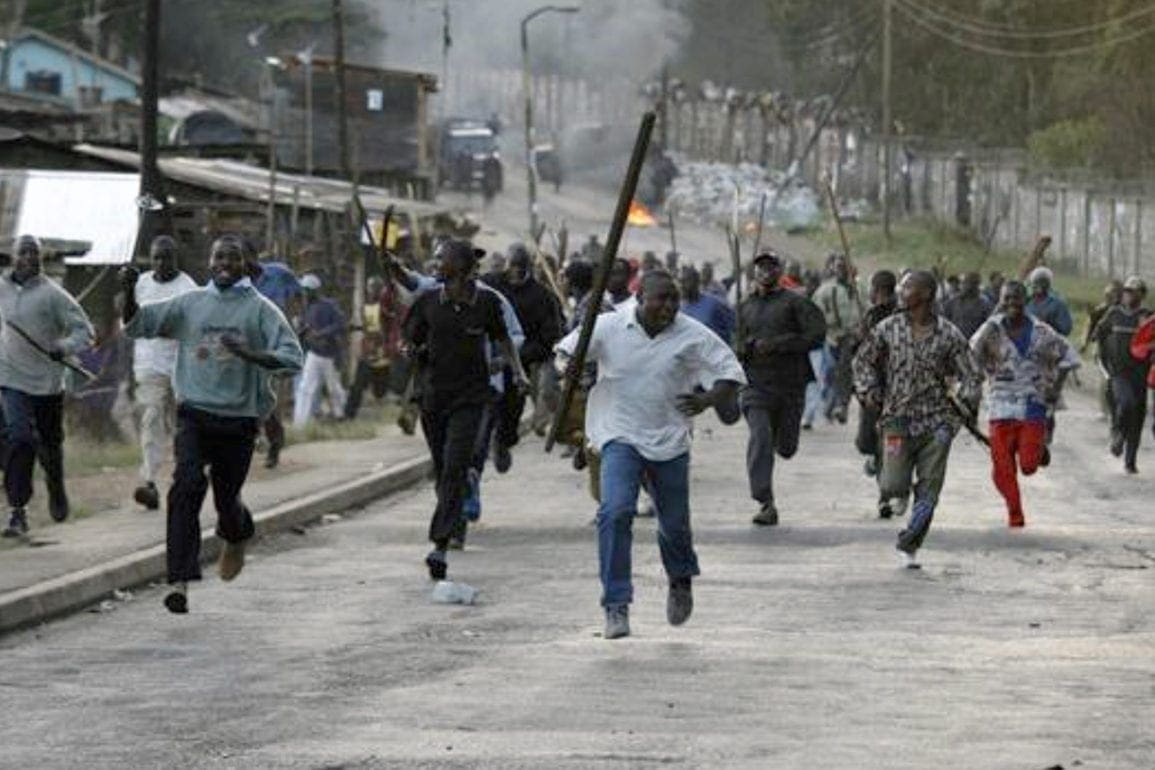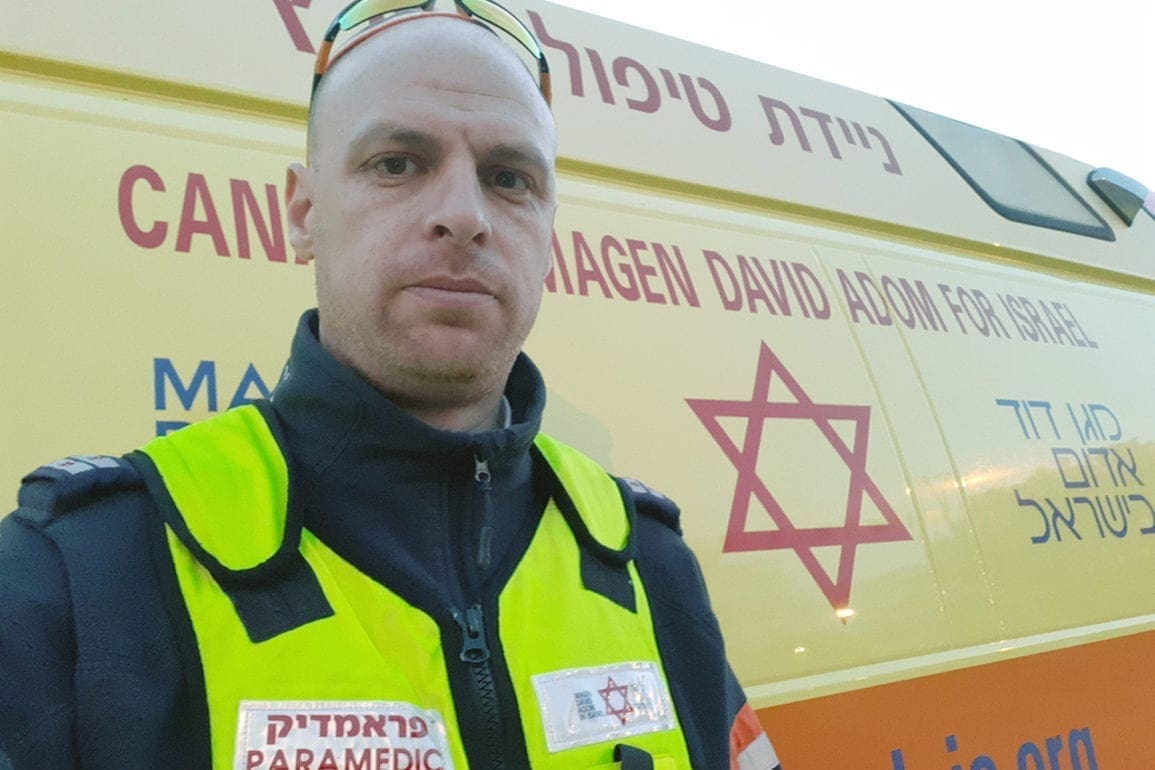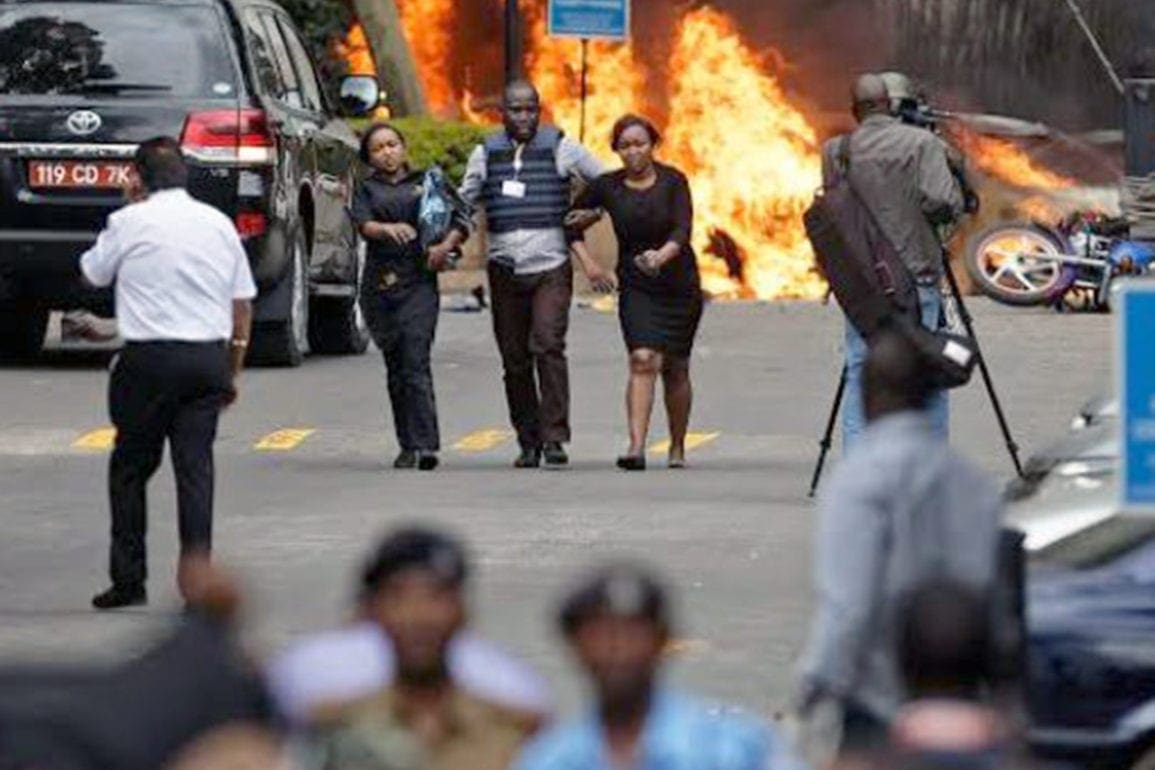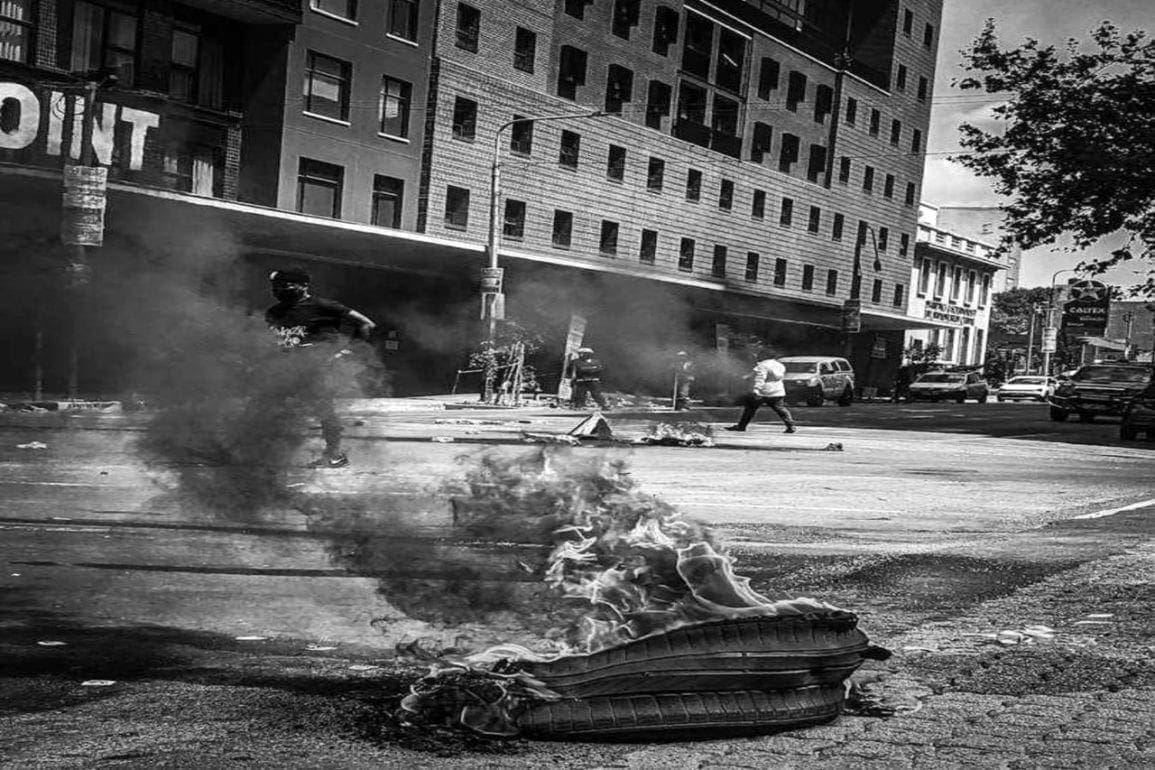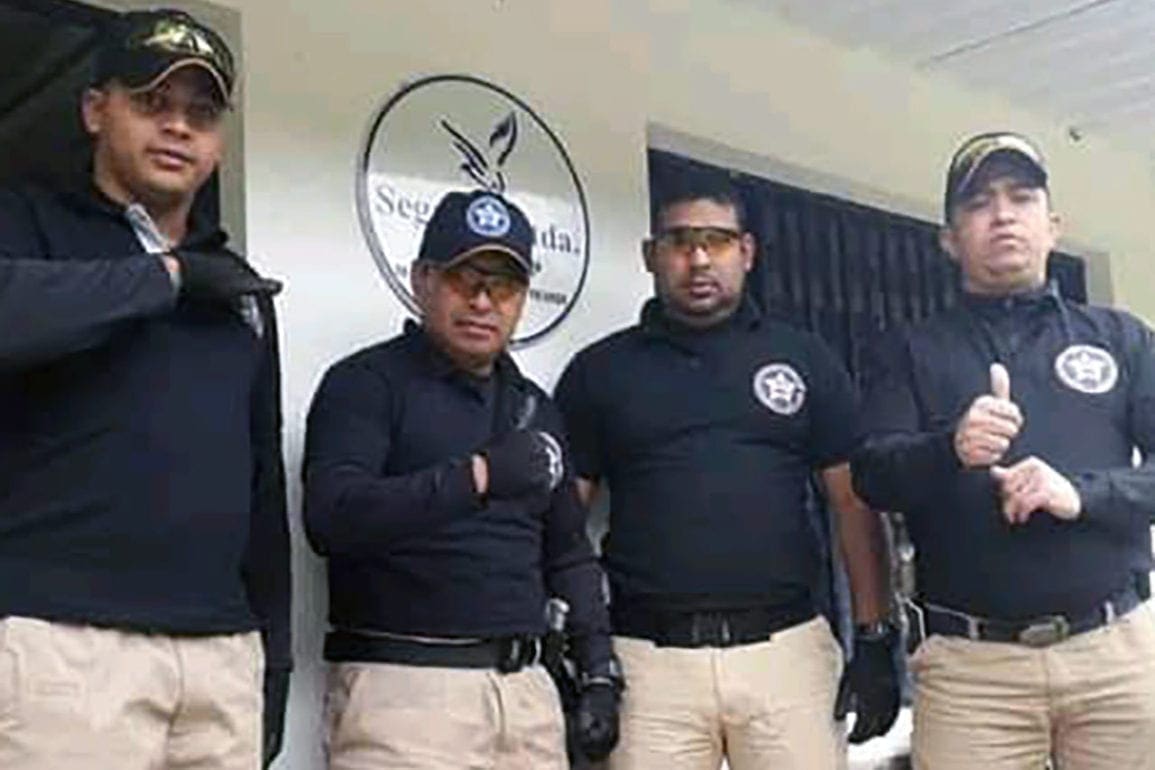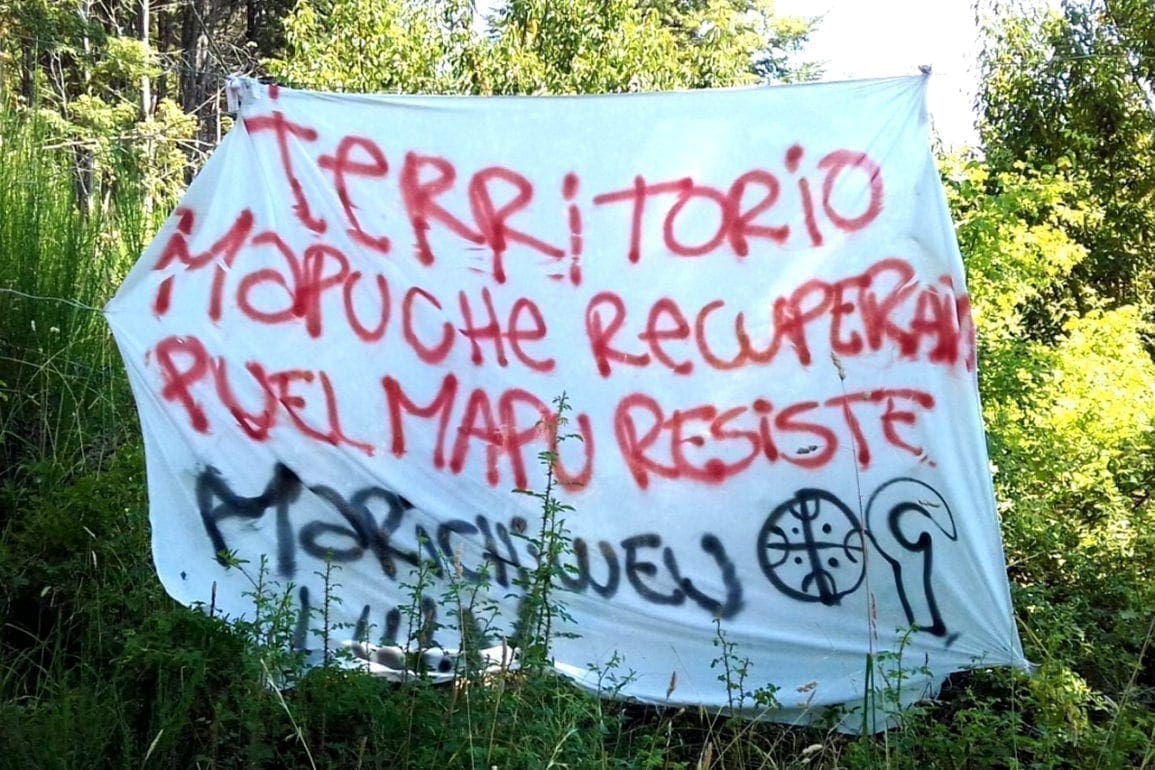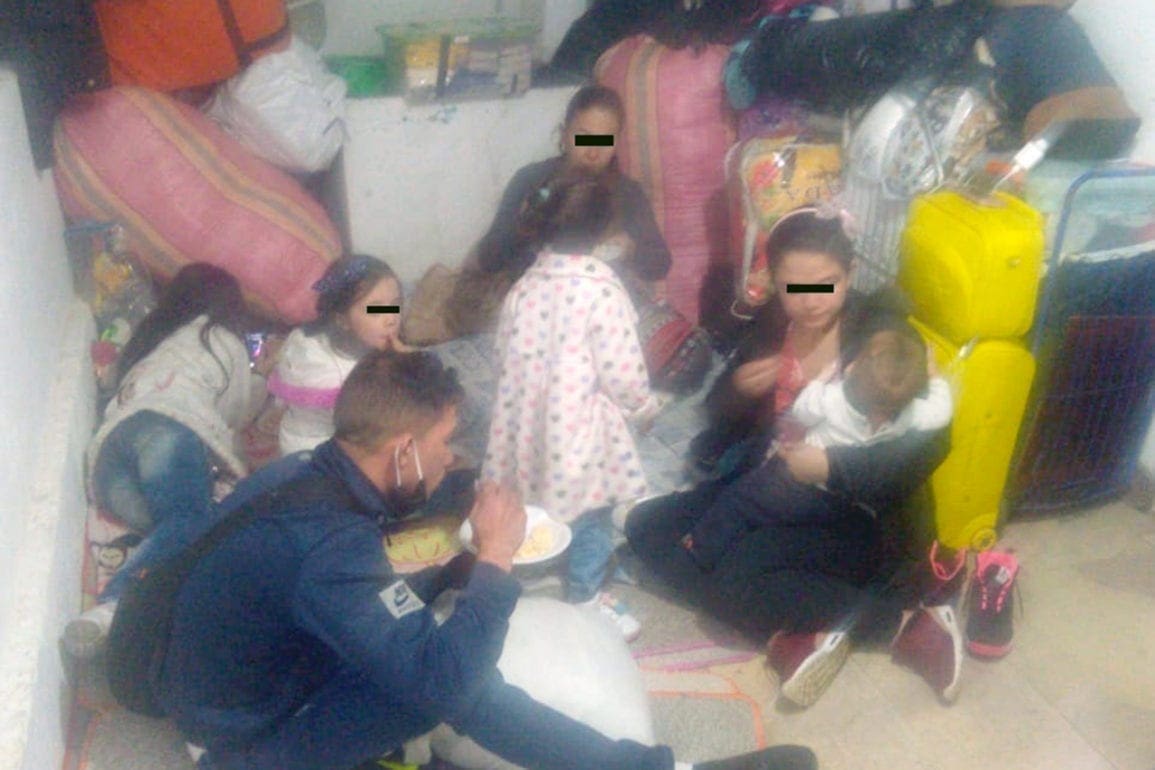India mourns the death of a national hero: “Little six-year-old Kabir saluted his father and hugged the flag-wrapped coffin”
Upon receiving intelligence on militant movements and terrorist hideouts in the forest, we changed our position. Some of the toughest men in our Army joined the joint operation, including special forces and counterterrorism specialists from the state police. We could not have predicted the Colonel’s untimely death.
- 2 years ago
December 2, 2023

JAMMU AND KASHMIR, India ꟷ A stoic six-year-old boy named Kabir Singh, dressed in army-style attire, saluted his dead father one last time. Colonel Manpreet Singh would soon be cremated in his village in Northern India. The boy’s final words, “Jai Hind Papa,” (Victory to India, Father) echoed through the air. The huge crowd that gathered sat in stunned silence as they paid tribute to their martyr.
Days before, my battalion faced a battle with terrorists in Anantnag in the Kashmir Valley. Every day, I saw my brothers fall, their deaths leaving a huge hole in my heart. Then, Colonel Manpreet Singh and three other officers were killed in a gunfight. I was selected to help organize his funeral – this accomplished officer who earned the Sena Medal for his courage and exceptional devotion to the Indian Army.
Read more stories out of India at Orato World Media.
A fierce gun battle ensued deep in the forest
When I faced the longest and deadliest anti-terror operation by the Indian Army and state police force in Garol forest, I witnessed the deaths of officers, police, soldiers, and terrorists. One day, Colonel Manpreet Singh led a team from the Rashtriya Rifles in the treacherous forest terrain. Climbing a steep slope, a rain of gunfire unloaded upon them from a concealed position.
We had already faced a brutal attack in the South of Pir Panjal at Rajouri – the upper northern region of India. The deaths of a soldier and a six-year-old female Labrador named Kent from the dog unit shook us. Multiple other security personnel sustained injuries.
Upon receiving intelligence on militant movements and terrorist hideouts in the forest, we changed our position. Some of the toughest men in our Army joined the joint operation, including special forces and counterterrorism specialists from the state police. We could not have predicted the Colonel’s untimely death.
Our security forces launched mortar shells and threw grenades toward the alpine forest and natural caves which served as suspected hideouts for militants. Drones and helicopters buzzed above, deployed by security forces to trace and hold enemy locations. When one of the drones confirmed a hideout, we destroyed the location with explosives. The security forces killed three terrorists in the seven-day-long operation, uncovering live explosives deep in their positions, which they strategically cleared.
After the death of our beloved Colonel, the forces continued searching, locating and destroying blind shells and explosives. We sealed the area to the public to avoid undue casualties.
The son of the nation died that day
In Colonel Manpreet’s native home of Bharonjian Village, his wife stood stoic, awaiting the end of the battle and her husband’s return home. She had not spoken to him the entire morning as he fought fiercely against the terrorist forces. Then, in the afternoon, the call arrived from the Army: Colonel Manpreet had been hit and succumbed to his injuries.
A steady stream of mourners filtered past his home in the village while his mother waited patiently for her son’s body, wrapped in the national flag and carried by the regiment staff. The family remained resilient but inconsolable. Hundreds of people gathered and I saw Indian mothers weeping as if they lost their own sons.
Tears flowed down the faces of grown men who viewed the Colonel as a brother. Young boys and girls stood erect in honor of the soldier whom they’d heard stories about. It felt as if the entire Sikh Li Regiment to which Colonel Manpreet belonged descended in mass upon the village; and his classmates and teachers from the National Defense Academy and Army College surrounded the family like a shield.
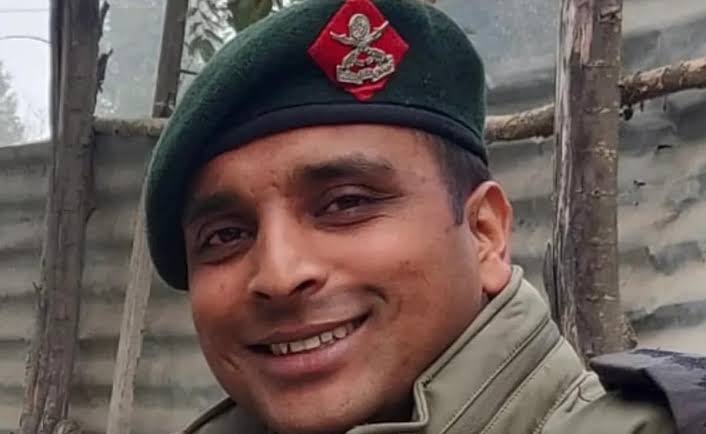
It looked as though Colonel Manpreet’s mother had many sons that day. When the Colonel’s remains finally reached the village, the coffin moved meticulously through the by-lanes as the heartbreaking wails of his mother echoed from her doorstep.
This family holds a prideful place in India’s military history, with Manpreet’s father, who died nine years before, representing the third generation of service. Colonel Manpreet himself represented a selfless commitment to India for all those gathered. Just a short while before, he declined a peace posting to serve at India’s most dangerous border with Pakistan. After 17 incredible years of service, he had just four months left to serve.
His wife offered him a silent kiss and his mother raised her hands to bless his soul
Standing there in the village witnessing this monumental and historic moment in India felt, in some ways, like the toughest job of my whole career – harder than the battles fought. I wanted more than anything to honor the Colonel’s life and his wife, two children, mother, and sister.
As the body traveled to its final resting place, I felt thankful that the rain gods held back. The solemn journey culminated in a powerful moment, when the flag was handed to his wife on behalf of a grateful nation. She touched the flag to her forehead in a sign of respect, knowing how important that would be.
“Do the children understand what they lost,” I wondered. “Do they know they will never see their father again?” A sadness invaded my being as I thought of those two beautiful children growing up alone in the world, without the hand of their father upon their head.
When little six-year-old Kabir saluted his father and hugged the flag-wrapped coffin, the moment lingered long for everyone. The crowd began to chant to the slogans “Bharat Mata ke Sapoot Ki Jai” (Hail to the son of Mother India) and “Bharat Mata Ki Jai” (Long live Mother India) as the boy bowed before his father.
Colonel Manpreet’s wife offered her husband a silent kiss and his mother raised her hands to bless his soul. Then, flames erupted to consign his body with full military honors. The death of our national hero feels heavy. We know we will experience more death in this conflict, but I believe his sacrifice is not in vain.

